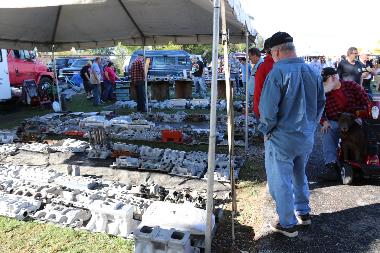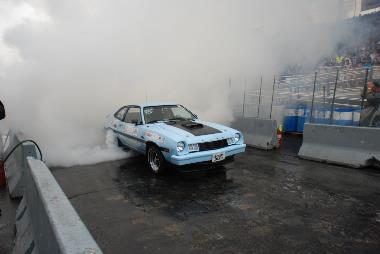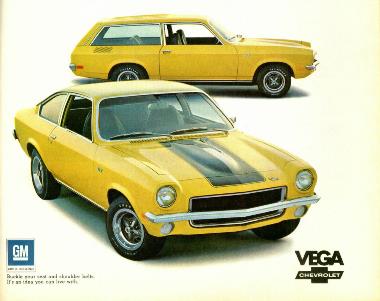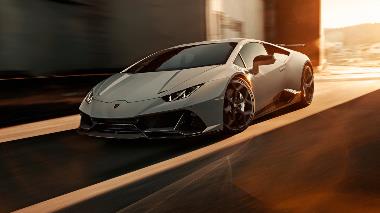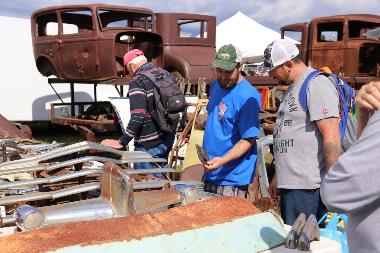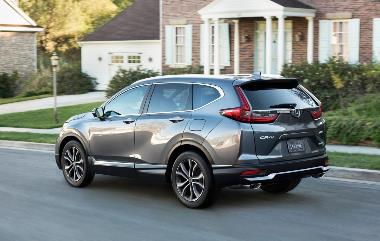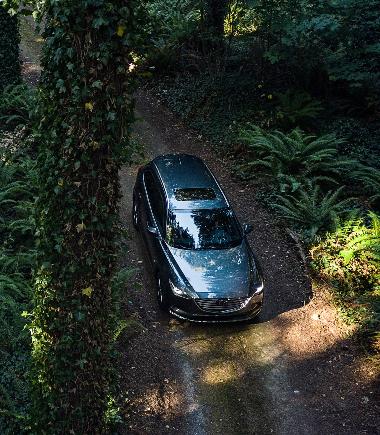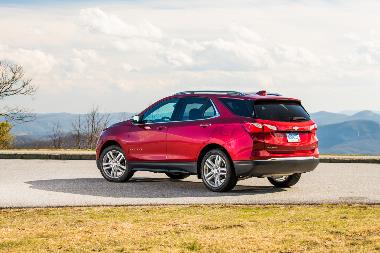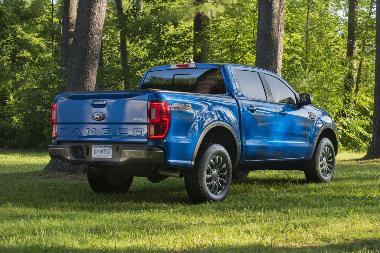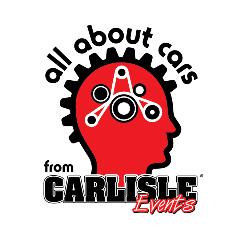
-
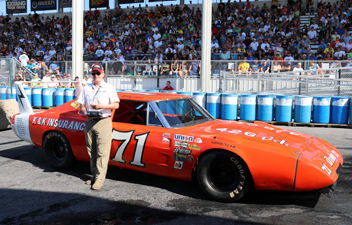
The MOPAR Culture 1971: The People … The Stars … The Cars
Tuesday, Mar 23, 2021
Celebrating its 84th birthday in 2021, MOPAR® now encompasses the portion of Stellantis brands (the parent company) that …
Show MoreCelebrating its 84th birthday in 2021, MOPAR® now encompasses the portion of Stellantis brands (the parent company) that includes, Chrysler, Dodge, Ram and Jeep – some automotive enthusiasts even envelope all 14 Stellantis badges as Mopar, but it wasn’t always that way.
The term “MoPar” was first used by Chrysler in the 1920s and was introduced as a brand starting in 1937. The name "MoPar", a derivation of “Motor Parts,” was created by marketing executives to use on cans of “Chrysler Motor Parts” antifreeze. The term has since become an inclusive word for any Chrysler-built vehicle—most any Chrysler, Dodge, Plymouth, Imperial, DeSoto or RAM, and often includes AMC, Eagle and JEEP following Chrysler's 1987 buyout of American Motors Corp.
The change may have begun in the postwar years, when the division’s involvement with racing, coupled with internal efforts to develop high-output parts for production cars, merged the Mopar name to high-performance. Mopar has gone from being spelled “MoPar”, to “Mopar,” to the current “MOPAR®” after a 2002 logo redesign.
The Culture
Car culture is often defined as “a society or way of life characterized by excessive use of or reliance on motor vehicles.” But we think “excessive” is a wrong term … we define it as a “love or devotion to motor vehicles as an integral part of car fans’ and mainstream America’s lives and personalities.”Chrysler is considered by many to be the original pioneer of the “muscle car” boom in the post-war era following the Second World War. With its 300-horsepower Hemi V-8 engine introduced in 1955 C-300 production, the concept of sky’s-the-limit horsepower may have begun the Mopar culture.
Arguably, the strongest, most exciting and fervent Mopar culture era occurred 50 years ago, in the early 1970s, when Mopar was spelled in lower case, and was led by those who were brand loyal and who championed vehicles from Chrysler, Dodge, Plymouth, DeSoto and Imperial; and to whom the phrase "Mopar or no car" was a way of life. The culture included cars as well as items that have since become nostalgic collectibles, such as posters, T-Shirts, team jackets, logo items and hard-to-find parts.
The People
The car culture of the 1970s was led by “Baby Boomers,” who craved muscle and graphics. Excitement was their daily bread. But not taking a backseat in terms of who was buying and powering-up their street rides were the groups known as the Silent Generation and the Greatest Generation, specifically WWII and Korean War vets who lived through the Depression and craved excitement, horsepower and a device to stay young … embodied in their cars.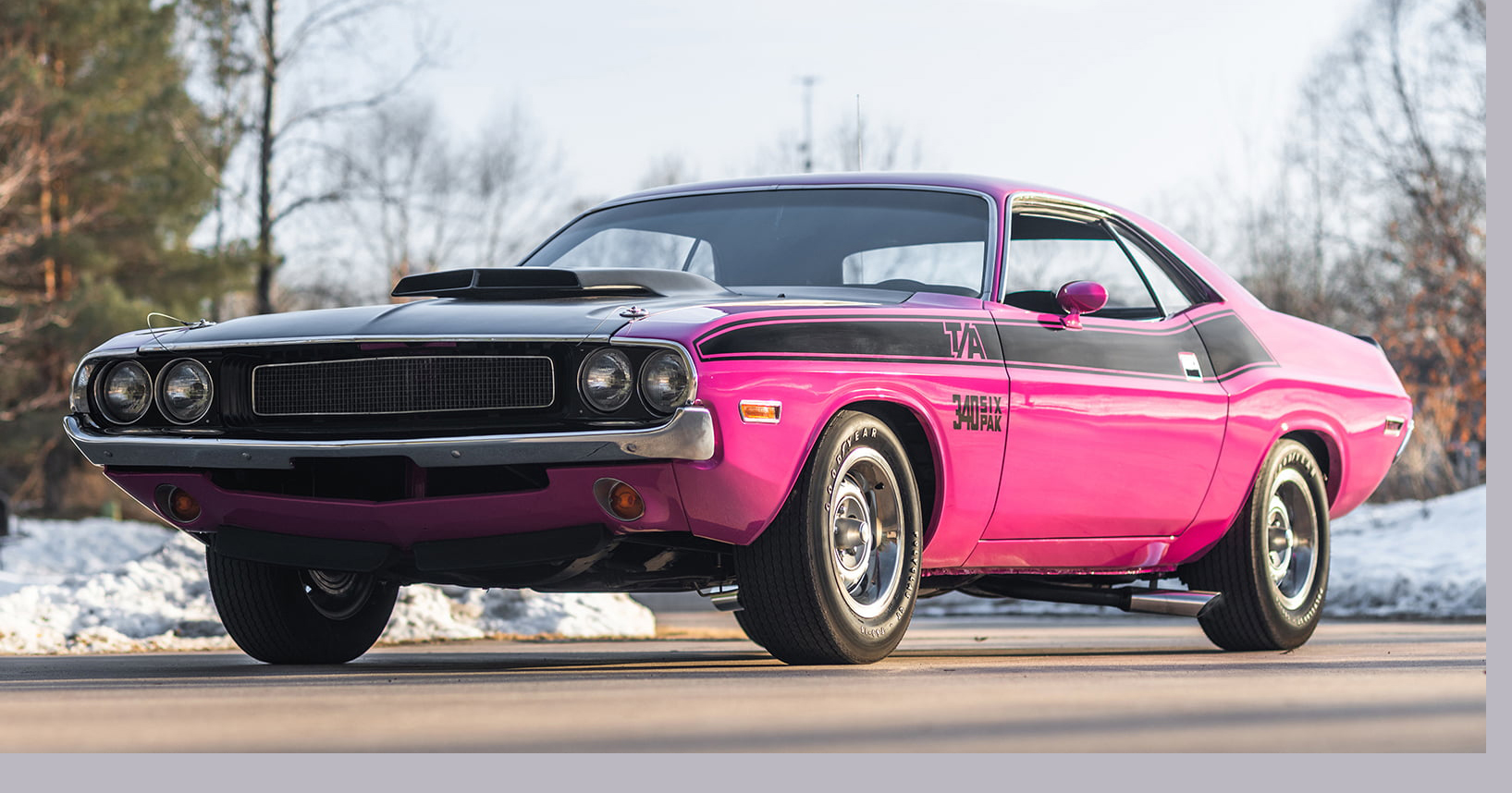 The “Mopar or no car” people … embraced horsepower and car wings, heralded Detroit’s Woodward Ave. drag racing, loved bright colors such as “Plum Crazy”, “Panther Pink,” “Go Mango”, “Sublime”, Sassy Grass” and “Top Banana”.
The “Mopar or no car” people … embraced horsepower and car wings, heralded Detroit’s Woodward Ave. drag racing, loved bright colors such as “Plum Crazy”, “Panther Pink,” “Go Mango”, “Sublime”, Sassy Grass” and “Top Banana”.The Stars
Stars can be taken several ways … the celebrities who touted Mopar, the cars themselves that appeared on the screen, and the drivers who brought Mopar power to success and visibility on the track.In the world of entertainment, Mopar culture made its presence felt. On TV, Mopar culture was represented by spokespersons Robert DeNiro for the AMC Ambassador in 1970, Don Knotts -- Dodge Tradesman “Strong Box” truck, and William Shatner -- 1971 Plymouth Fury and Satellite in 1971.
TV shows that featured Mopars included: "Adam 12” -- 1966 Plymouth Belvederes and Satellites as well as AMC Matadors; “Breaking Away” -- 1967 Coronet and 1972 Charger; “Chase” -- 1970 Plymouth Satellite; “Mannix” -- 1968 Dodge Dart GTS convertible customized by George Barris, 1970-71 Plymouth ‘Cuda convertibles; “Mission Impossible” – everything from a 1968 Dodge Charger, to Dodge Polaras, Dodge Coronets, Chrysler Imperials and New Yorkers; and “The Mod Squad” -- 1970 or 1971 Challenger R/T convertibles. For 1972, both the “Mannix” ‘Cuda convertible and the “Mod Squad” Challenger convertible from the previous season were converted to look like 1972 models because Chrysler stopped production of all convertibles after 1971. The same goes for the Barracuda from “The Brady Bunch” as well as the Challenger from “Medical Center.”
Dodge sponsored “The Beverly Hillbillies” and “Lawrence Welk”; Chrysler sponsored “NBC Adventure Theatre”, “NBC Action Playhouse”, “NBC Comedy Playhouse” and “NBC Comedy Theater”.
In movies, the big stars were the 1968 Charger in “Bullitt” with Steve McQueen, the ’69 Charger in “Dirty Mary, Crazy Larry” and the 1970 Challenger’s appearance in “Vanishing Point.” There are many others, but these are regarded as some of the most famous Mopar muscle cars to grace the silver screen.
Mopar track and street racing stars were many, and included some household names and some lesser known, but just as important, Mopar drivers.
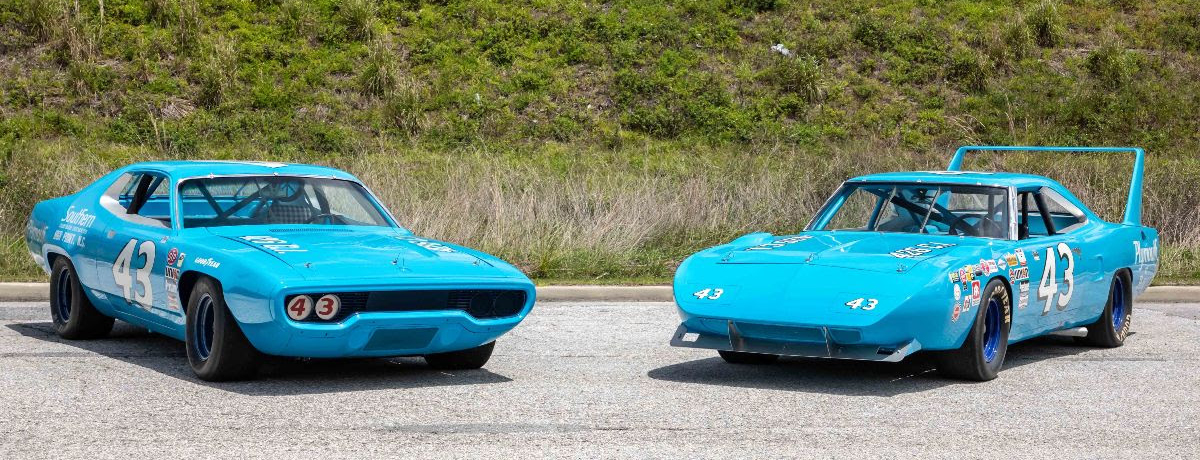 Richard Petty -- A tried-and-true Mopar fan, Petty once stated, “If you cut me, I still bleed Pentastar Blue”. “King Richard” Petty, the Hall-of-Fame face of NASCAR for many years, piloted a 426 ci. Hemi-powered 1970 Plymouth Superbird to 18 wins and 31 top finishes in the 1970 NASCAR season, and a 426-Hemi 1971 Plymouth Road Runner to the 1971 Daytona checkered flag, 21 race wins and 38 top-five finishes.
Richard Petty -- A tried-and-true Mopar fan, Petty once stated, “If you cut me, I still bleed Pentastar Blue”. “King Richard” Petty, the Hall-of-Fame face of NASCAR for many years, piloted a 426 ci. Hemi-powered 1970 Plymouth Superbird to 18 wins and 31 top finishes in the 1970 NASCAR season, and a 426-Hemi 1971 Plymouth Road Runner to the 1971 Daytona checkered flag, 21 race wins and 38 top-five finishes.Bobby Allison – Bobby Allison ran his Dodge Charger Daytona in NASCAR events and while he switched rides often, his Mario Rossi winged Dodge was iconic.
Buddy Baker – Buddy Baker became the first driver ever to exceed 200 mph on a closed course (at Talladega), and his blue Dodge Daytona rides were historic.
Don Garlits -- Drag racing’s “Big Daddy” Don Garlits introduced the Chrysler Hemi engine to the drag racing circuit. Garlits and his 1971 Hemi-powered rear-engine dragster known as Swamp Rat 14 won the 1971 Winternationals.
Don Prudhomme -- Don “The Snake” Prudhomme and his buddy Tom “The Mongoose” McEwen sold sponsorship rights of their two Mopar Funny Car drag racers to Mattel’s HOT WHEELS group. Prudhomme drove a yellow, Hemi-powered ‘Cuda and took many Top Fuel Funny Car drag events.
Buddy Arrington – NASCAR racer Buddy Arrington never won the checkered flag but ran Dodges and Chryslers competitively for 25 years. Among his race cars were Dodge Magnum, Chrysler Imperial and Dodge Mirada. Buddy Arrington was the last person to drive a Chrysler product in NASCAR’s Winston Cup Series, which he did in 1985.
Ronnie Sox -- “Mr. Four-Speed”, Ronnie Sox, made the move to Plymouth in 1965 and never looked back. The red, white and blue Plymouths of the Sox & Martin team were always a force to be reckoned with and Ronnie’s ability to shift a four-speed gave him an advantage over most of the competition. Ronnie was there for the beginning of Pro Stock in 1970 and won the championship in ’70 and ’71. The NHRA changed the rules for 1972 and the Hemi was defeated by a pencil.
Dick Landy -- “Dandy” Dick Landy’s blue, red and silver 1970 Hemi Pro Stock Dodge Challenger was his main ride and his team drove a Hurst Hemi Dart, a ’68 Charger R/T and Coronet R/T … all to the winner’s circle. Landy conducted performance clinics at Dodge dealers across the US much the same as Sox & Martin did at Plymouth stores.
Jimmy Addison – Jimmy Addison drove his 426-Hemi ‘67 Plymouth Silver Bullet GTX to become a drag racing legend on Detroit’s Woodward Ave. It was something that would never get past the suits and lawyers of today, but the Silver Bullet was actually supported by Plymouth as a way to show the brand’s dominance on the street and not just the track. It was ultimately all about sales.
Bobby Isaac – Bobby Isaac had a successful NASCAR career and is best known for driving the No. 71 Dodge. At the Bonneville Salt Flats in 1971, Bobby Isaac set a land speed record in a 1969 Dodge Charger Daytona with its nose cone, rudders, and a 426 Hemi to break an average run record of 210 mph. Isaac literally walked away from NASCAR in 1973 at Talladega when he radioed for a relief driver during the race.
The Cars
During the 1960s, America’s car culture was muscle-oriented, with an emphasis on ponies, powerful engines, wings, smoking tires, street racing, tinted Plexiglas windows, hood scoops, raised front ends with beam axles and open headers. The 1970s saw less muscle as gasoline became precious and fuel prices soared. Fuel efficiency and emission laws reduced horsepower, but Mopar held on to performance longer than most. They also continued the excitement with cosmetic mods, a broad color palette -- “Vitamin C Orange”, Moulin Rouge”, “Curious Yellow” “Tor-Red”, “Hemi-Orange”, “Butterscotch” and “Light Turquoise”, for example -- external graphics and creative architecture.The cars were the REAL stars of 1970-1971’s Mopar culture and included, but were not limited to, the following:
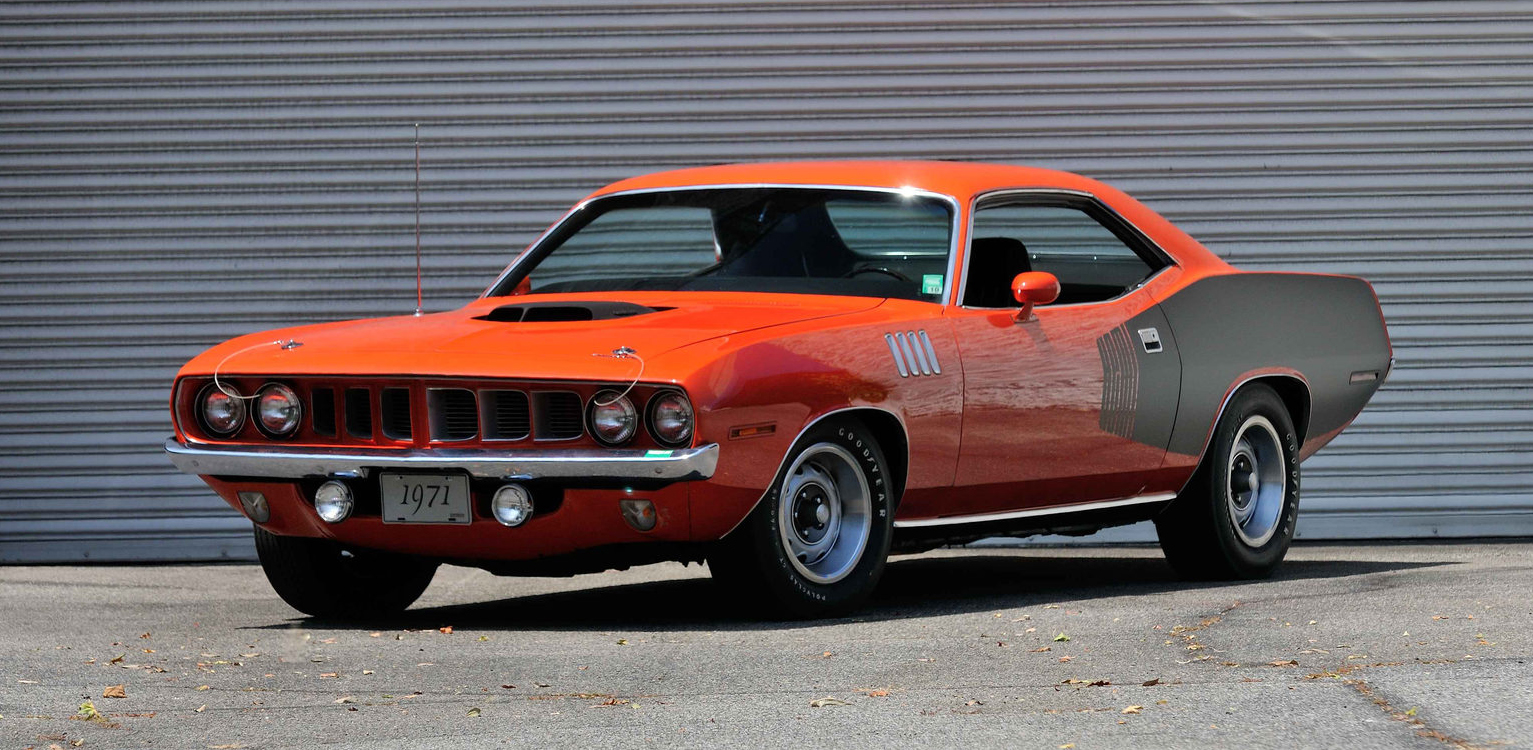 Plymouth ‘Cuda -- Considered by many to be the lynchpins of the classic days of the Chrysler muscle car culture are the Plymouth Barracuda and the 426 Hemi engine. In 1970, Plymouth presented up to 425 hp in a sleek street beast shell that came in vibrant colors and was one of the fastest, most iconic muscle cars ever. The new E-Body platform was specifically designed with a wider engine bay to accommodate the massive Hemi engine.
Plymouth ‘Cuda -- Considered by many to be the lynchpins of the classic days of the Chrysler muscle car culture are the Plymouth Barracuda and the 426 Hemi engine. In 1970, Plymouth presented up to 425 hp in a sleek street beast shell that came in vibrant colors and was one of the fastest, most iconic muscle cars ever. The new E-Body platform was specifically designed with a wider engine bay to accommodate the massive Hemi engine.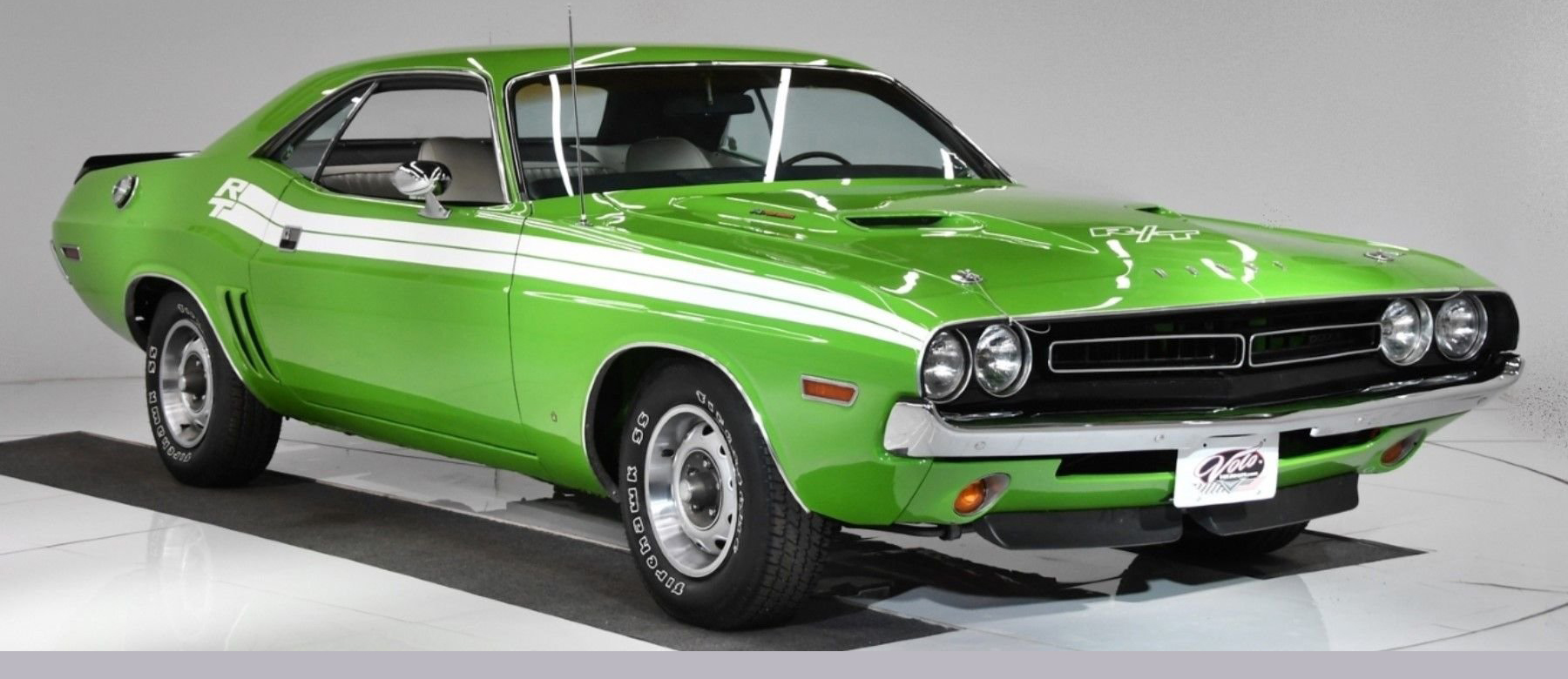 Dodge Challenger -- A sister to the ‘Cuda, with the same platforms, track widths, engines, and proportions, Challenger’s 110-inch wheelbase is two inches longer than the Plymouth’s and its overall length of 191.5 inches is three inches longer. The 1970 Dodge Challenger T/A and 1970 Plymouth AAR ’Cuda were the first American muscle cars with staggered tires—wider rubber in the back than the front …15-inch E60 white-letter Goodyears up front and wider G60s in back.
Dodge Challenger -- A sister to the ‘Cuda, with the same platforms, track widths, engines, and proportions, Challenger’s 110-inch wheelbase is two inches longer than the Plymouth’s and its overall length of 191.5 inches is three inches longer. The 1970 Dodge Challenger T/A and 1970 Plymouth AAR ’Cuda were the first American muscle cars with staggered tires—wider rubber in the back than the front …15-inch E60 white-letter Goodyears up front and wider G60s in back. 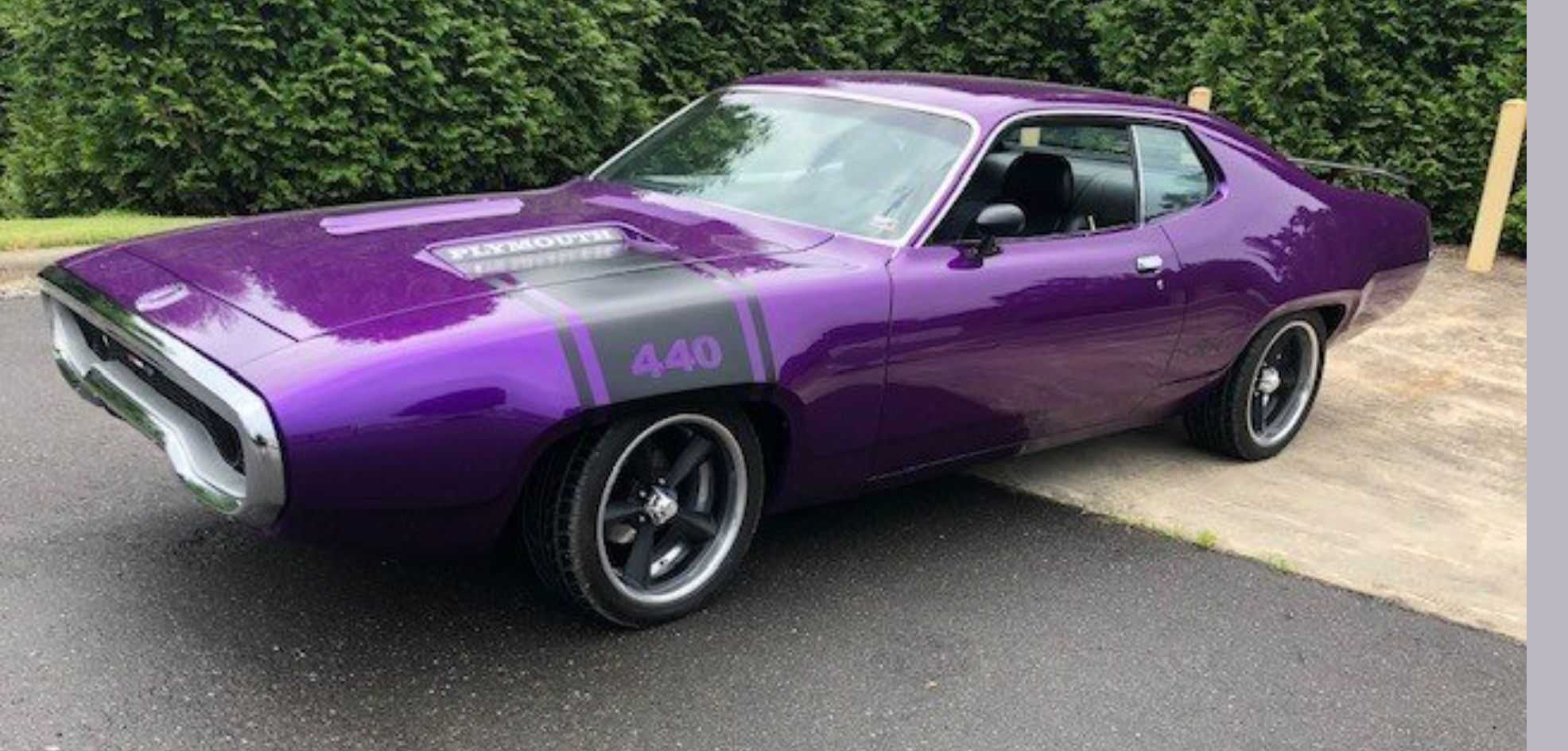 Plymouth GTX -- Plymouth introduced the GTX in 1967 as a luxury option in the Belvedere lineup to compete with the other luxury cars and was equipped with either a 440 Super Commando engine or the optional 426 Hemi.
Plymouth GTX -- Plymouth introduced the GTX in 1967 as a luxury option in the Belvedere lineup to compete with the other luxury cars and was equipped with either a 440 Super Commando engine or the optional 426 Hemi. 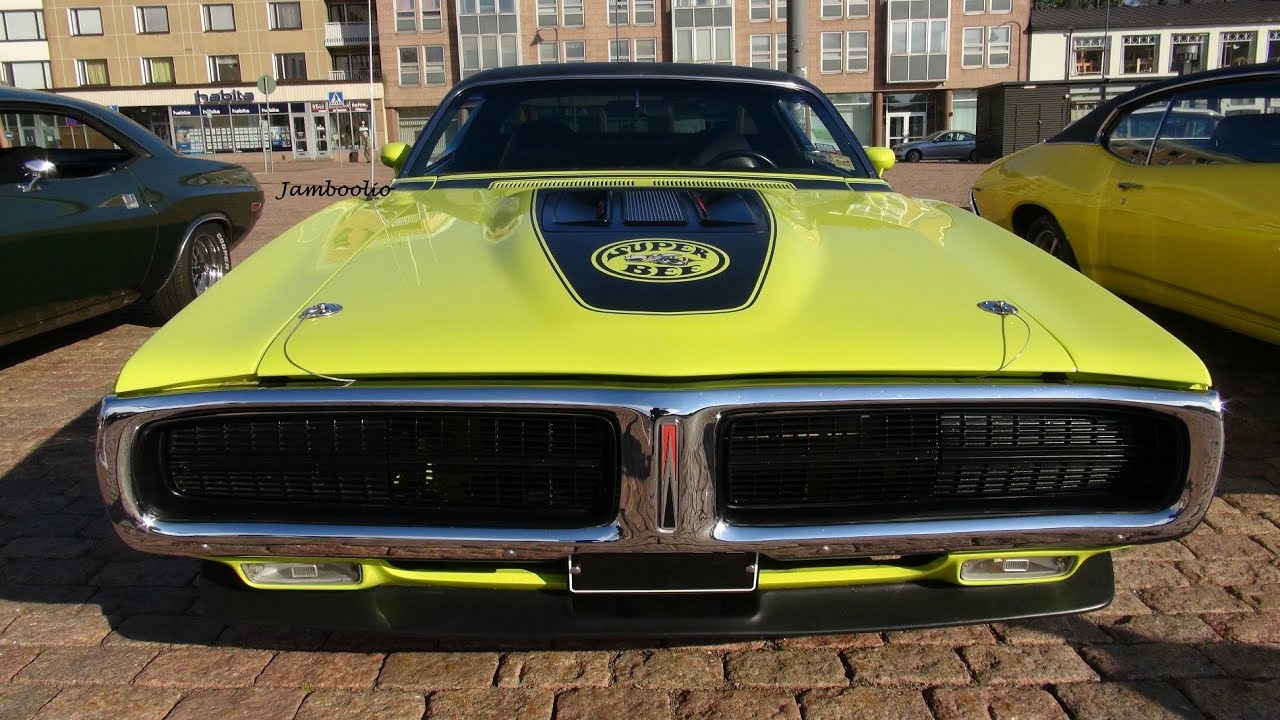 Dodge Coronet Super Bee -- The Coronet was an intermediate sedan in the Dodge lineup in the late ’60s, but the Coronet got a powerful engine, so it could be turned into a fast street fighter. Dodge presented the Super Bee model in 1968 as their answer to the Plymouth Road Runner and was outfitted with either a standard 383 or the 426 Hemi engine. The new 440 Six Pack engine, with three two-barrel Holley carburetors, became an option starting in mid-1969. The 440 four barrel was an option in 1971 only, the final year for the Super Bee.
Dodge Coronet Super Bee -- The Coronet was an intermediate sedan in the Dodge lineup in the late ’60s, but the Coronet got a powerful engine, so it could be turned into a fast street fighter. Dodge presented the Super Bee model in 1968 as their answer to the Plymouth Road Runner and was outfitted with either a standard 383 or the 426 Hemi engine. The new 440 Six Pack engine, with three two-barrel Holley carburetors, became an option starting in mid-1969. The 440 four barrel was an option in 1971 only, the final year for the Super Bee.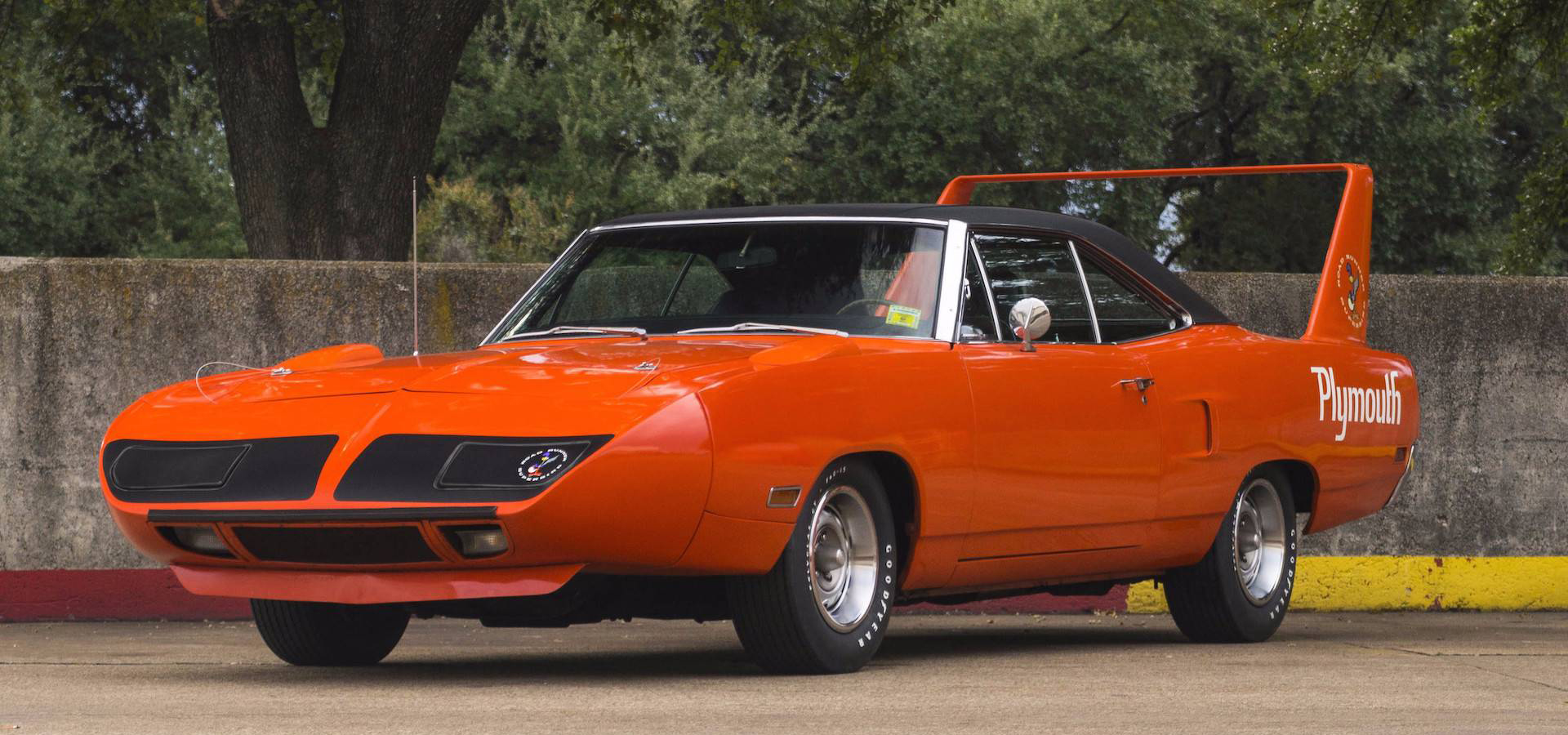 Plymouth Superbird – A unique muscle car built with aerodynamics in mind, and a nose cone, hideaway headlights and huge back spoiler. The rear glass deviated from the standard concave shape with a wind-tunnel-tested flush design. The Superbird was built in 1970 only and was Plymouth’s way to lure Richard Petty back to the brand after he switched to Ford for ’69. Much like the Hemi in Pro Stock in 1972, the Superbird was defeated by a pencil as NASCAR changed the rules to make the “wing cars” less competitive.
Plymouth Superbird – A unique muscle car built with aerodynamics in mind, and a nose cone, hideaway headlights and huge back spoiler. The rear glass deviated from the standard concave shape with a wind-tunnel-tested flush design. The Superbird was built in 1970 only and was Plymouth’s way to lure Richard Petty back to the brand after he switched to Ford for ’69. Much like the Hemi in Pro Stock in 1972, the Superbird was defeated by a pencil as NASCAR changed the rules to make the “wing cars” less competitive. 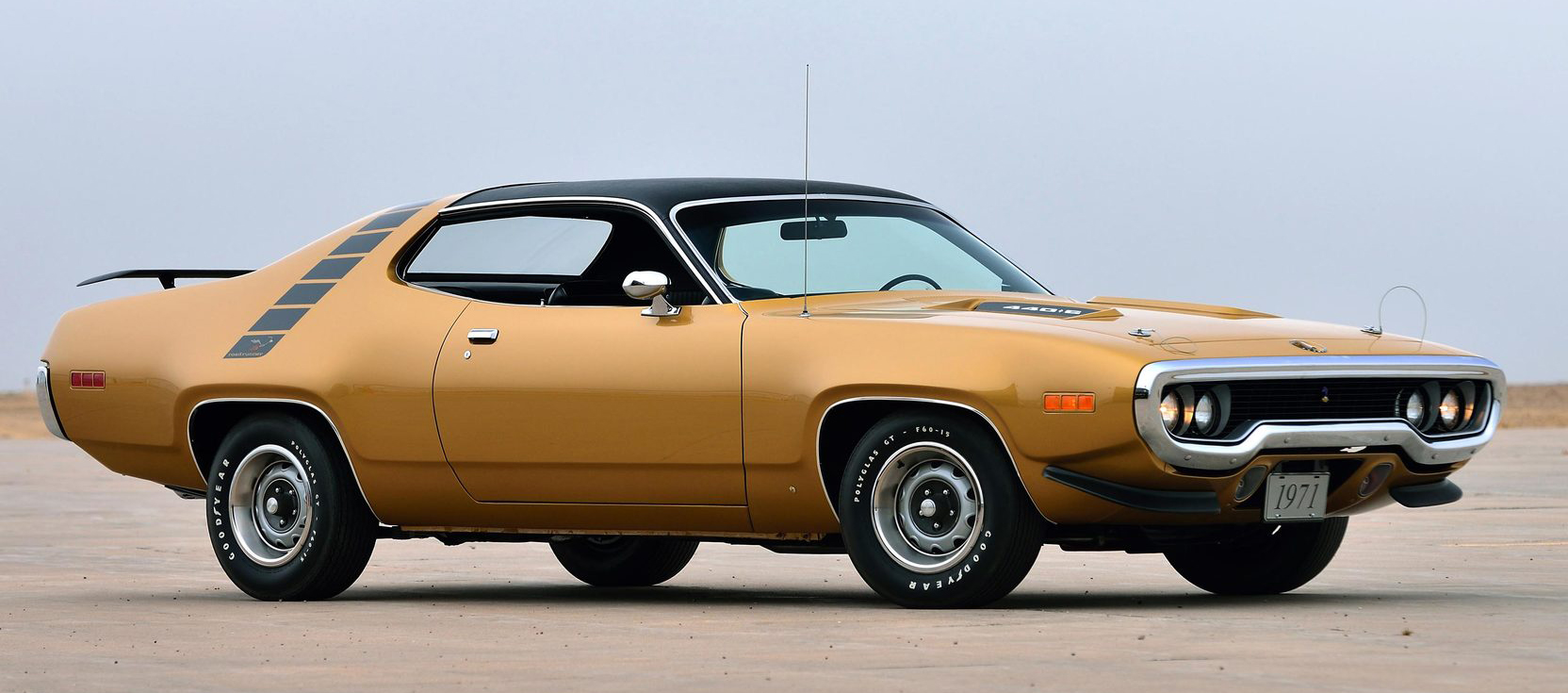 Plymouth Road Runner -- Road Runner models featured the animated bird character from Warner Bros. Road Runner was a low priced, creatively designed people pleaser with muscle. Road Runner started the trend as the first muscle car with creative graphics. The Road Runner had a bench seat, no luxury options, and manual steering, but was powered by a 383 V8 as the base engine, or Hemi 426. Just like Dodge’s Super Bee, the Road Runner received the 440 Six Barrel as an optional engine choice beginning in 1969 (Six Barrel is Plymouth’s name for an engine with three Holley two-barrel carbs).
Plymouth Road Runner -- Road Runner models featured the animated bird character from Warner Bros. Road Runner was a low priced, creatively designed people pleaser with muscle. Road Runner started the trend as the first muscle car with creative graphics. The Road Runner had a bench seat, no luxury options, and manual steering, but was powered by a 383 V8 as the base engine, or Hemi 426. Just like Dodge’s Super Bee, the Road Runner received the 440 Six Barrel as an optional engine choice beginning in 1969 (Six Barrel is Plymouth’s name for an engine with three Holley two-barrel carbs).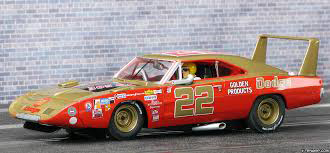
Dodge Charger Daytona – The Daytona was even faster at Daytona and Talladega NASCAR tracks than the Superbird. The Charger Daytona was one of the first cars developed in a wind tunnel using new materials in construction. The standard engine was a 440 V8 and had a 426 Hemi option.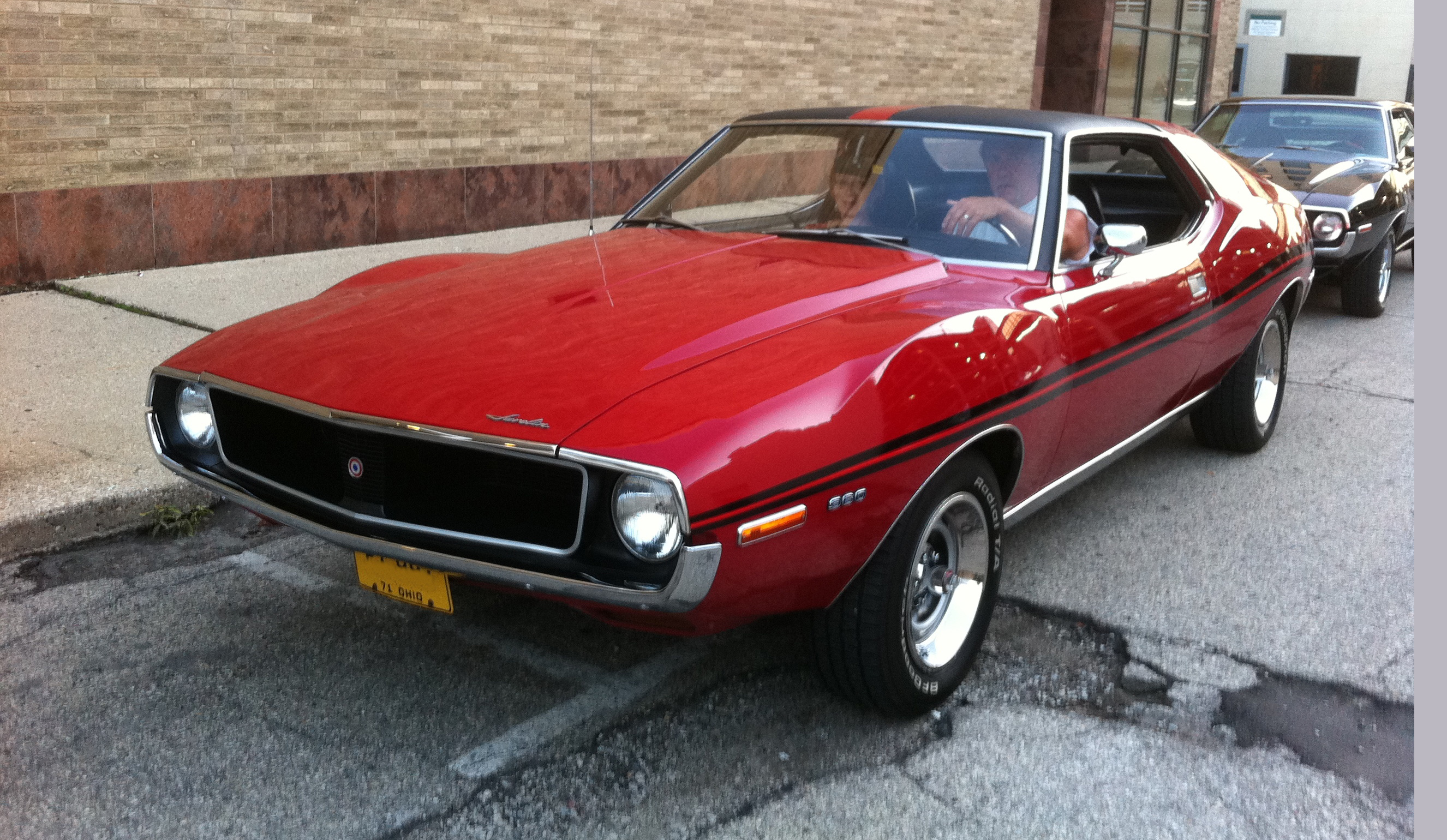 AMC Javelin -- American Motors hit the muscle scene from 1968-1970 with AMX and Javelin models. Tricked out with hip styling, AMX was a shortened Javelin with only two seats.
AMC Javelin -- American Motors hit the muscle scene from 1968-1970 with AMX and Javelin models. Tricked out with hip styling, AMX was a shortened Javelin with only two seats. 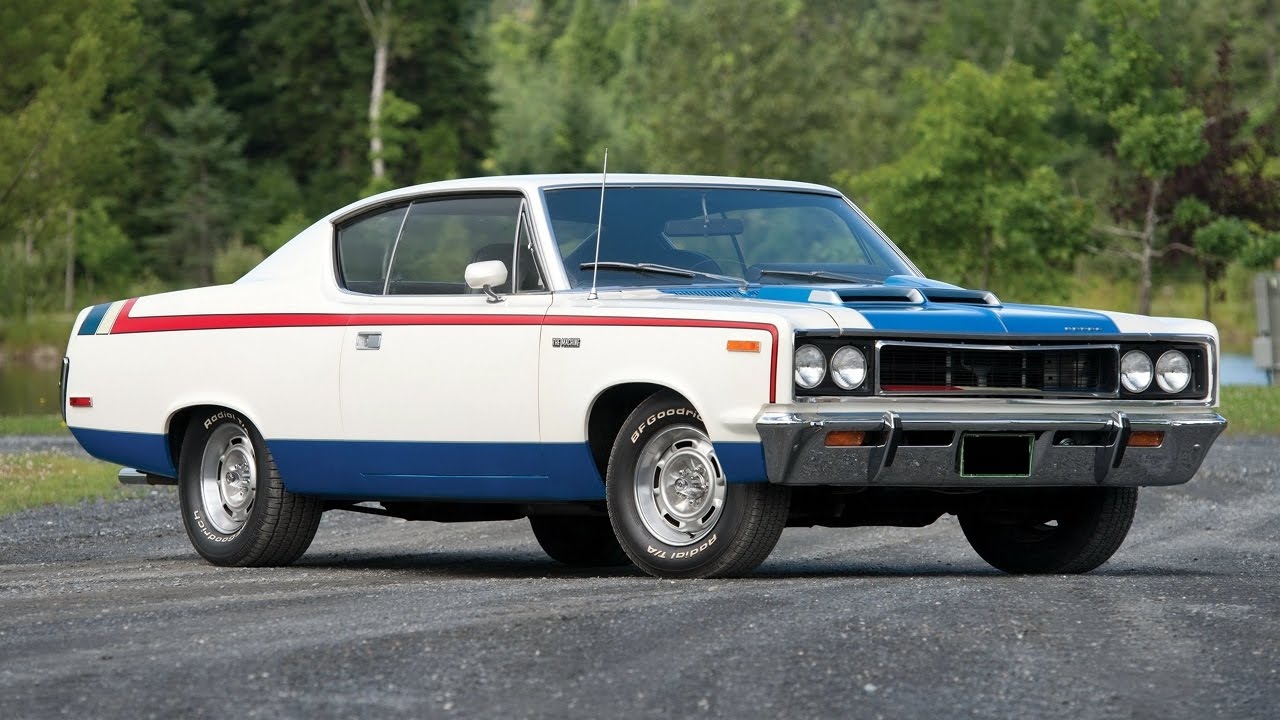 AMC Rebel – Once known as the Rambler Rebel, and replaced by the AMC Matador in 1971, Rebel’s top power model, “The Machine” was outfitted with a 340-hp 390 ci. V8.
AMC Rebel – Once known as the Rambler Rebel, and replaced by the AMC Matador in 1971, Rebel’s top power model, “The Machine” was outfitted with a 340-hp 390 ci. V8.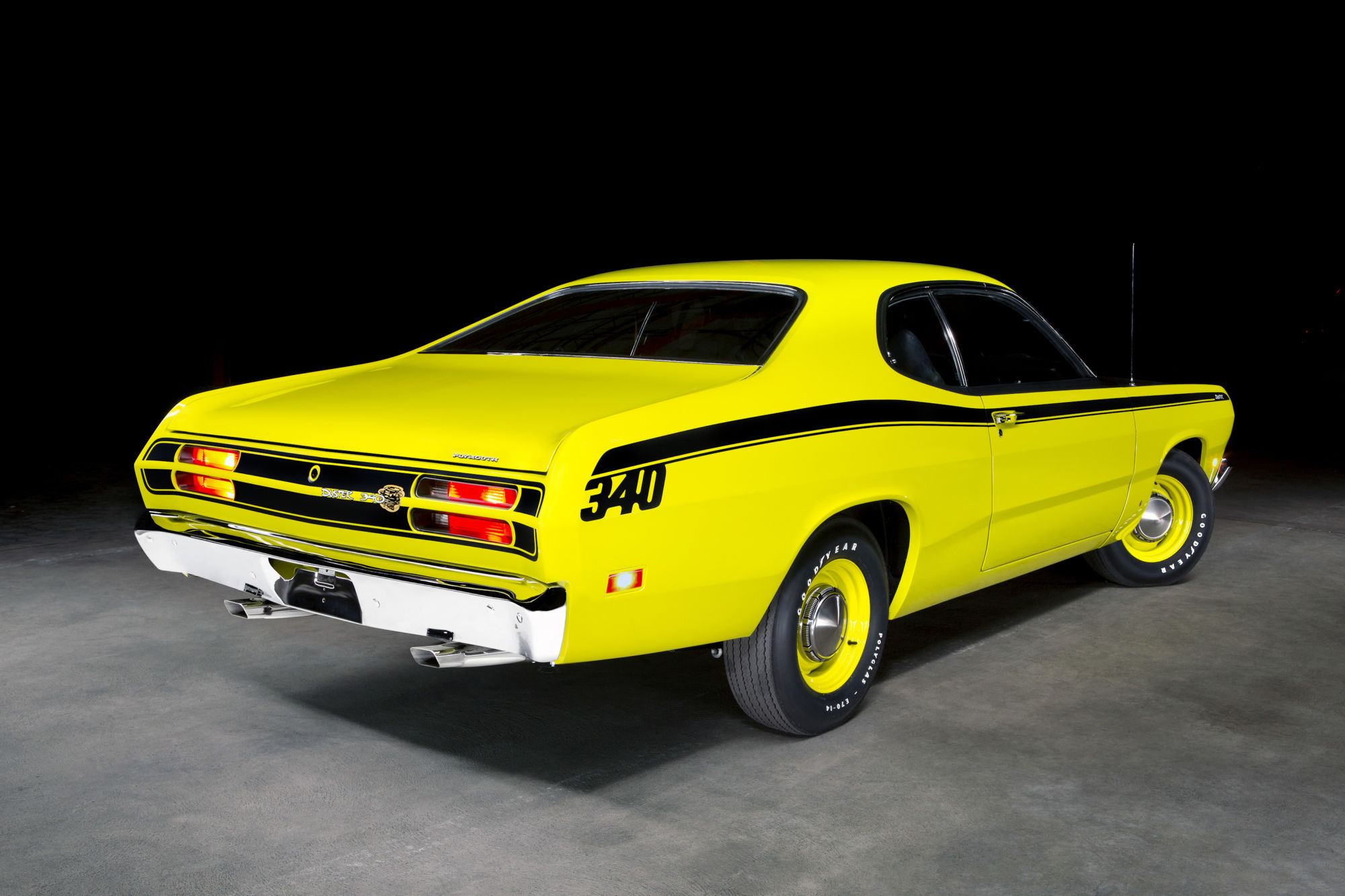 Plymouth Duster 340 – The Duster had all new sheet metal when it debuted in 1970 with its fastback styling, but underneath it was still a Valiant. In fact, in 1970, it was actually badged as a Valiant Duster. The largest available engine (1970-1973) was the 340. While never available with a big block, it’s no secret that a 340 Duster (or its Dodge sibling, the Swinger 340) when equipped with a 3.91 Sure Grip rear and a 4-speed transmission, could beat up on many big block intermediate cars.
Plymouth Duster 340 – The Duster had all new sheet metal when it debuted in 1970 with its fastback styling, but underneath it was still a Valiant. In fact, in 1970, it was actually badged as a Valiant Duster. The largest available engine (1970-1973) was the 340. While never available with a big block, it’s no secret that a 340 Duster (or its Dodge sibling, the Swinger 340) when equipped with a 3.91 Sure Grip rear and a 4-speed transmission, could beat up on many big block intermediate cars.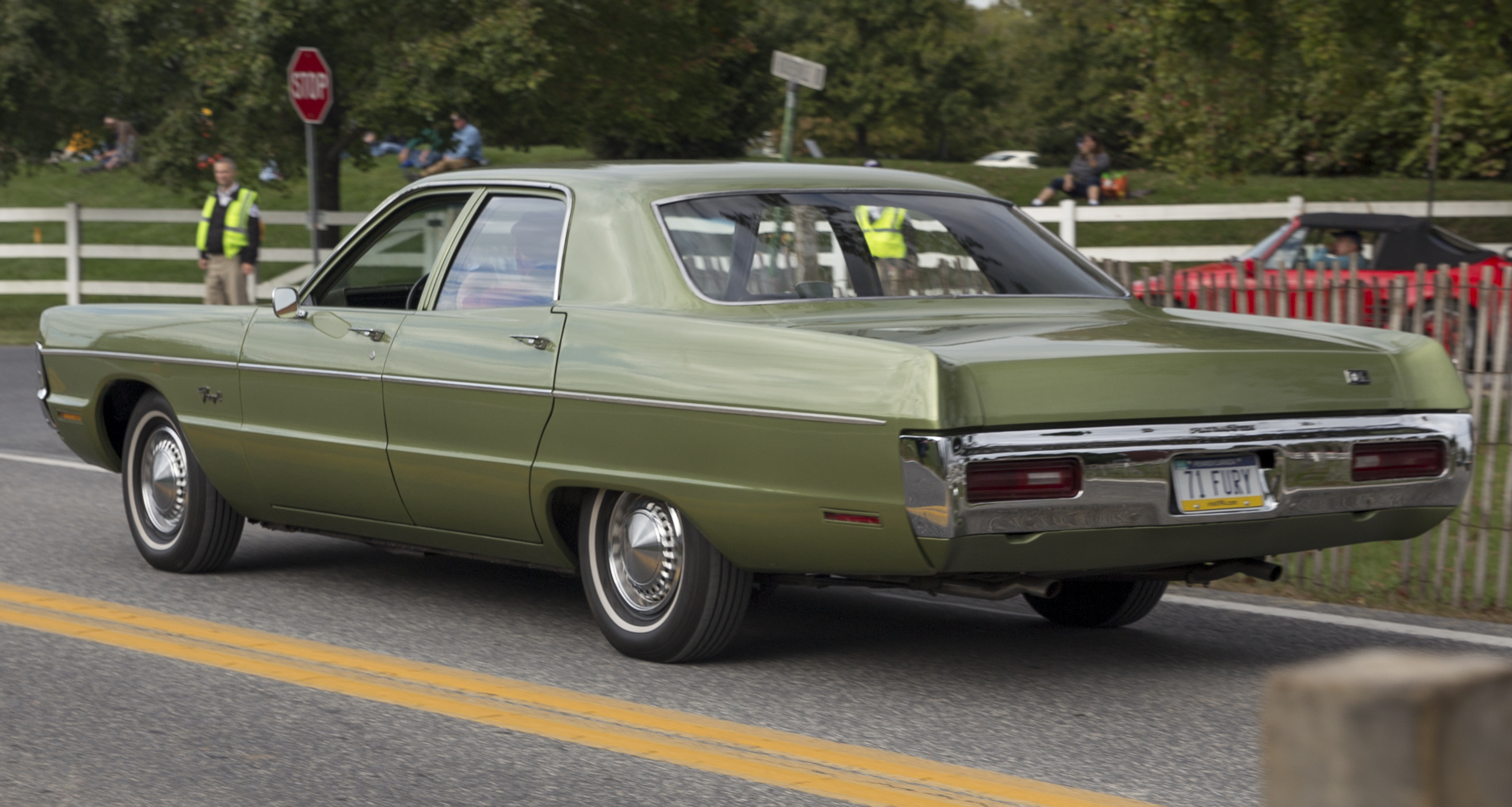 Plymouth Fury GT -- A two-door coupe version of the Fury sedan, it had full-on power with a 440 V8, 375 horses. The Sport Fury GT was full-size muscle at its finest. In 1970, a handful of Sport Fury GTs were built with the 390 hp 440 Six Barrel.
Plymouth Fury GT -- A two-door coupe version of the Fury sedan, it had full-on power with a 440 V8, 375 horses. The Sport Fury GT was full-size muscle at its finest. In 1970, a handful of Sport Fury GTs were built with the 390 hp 440 Six Barrel.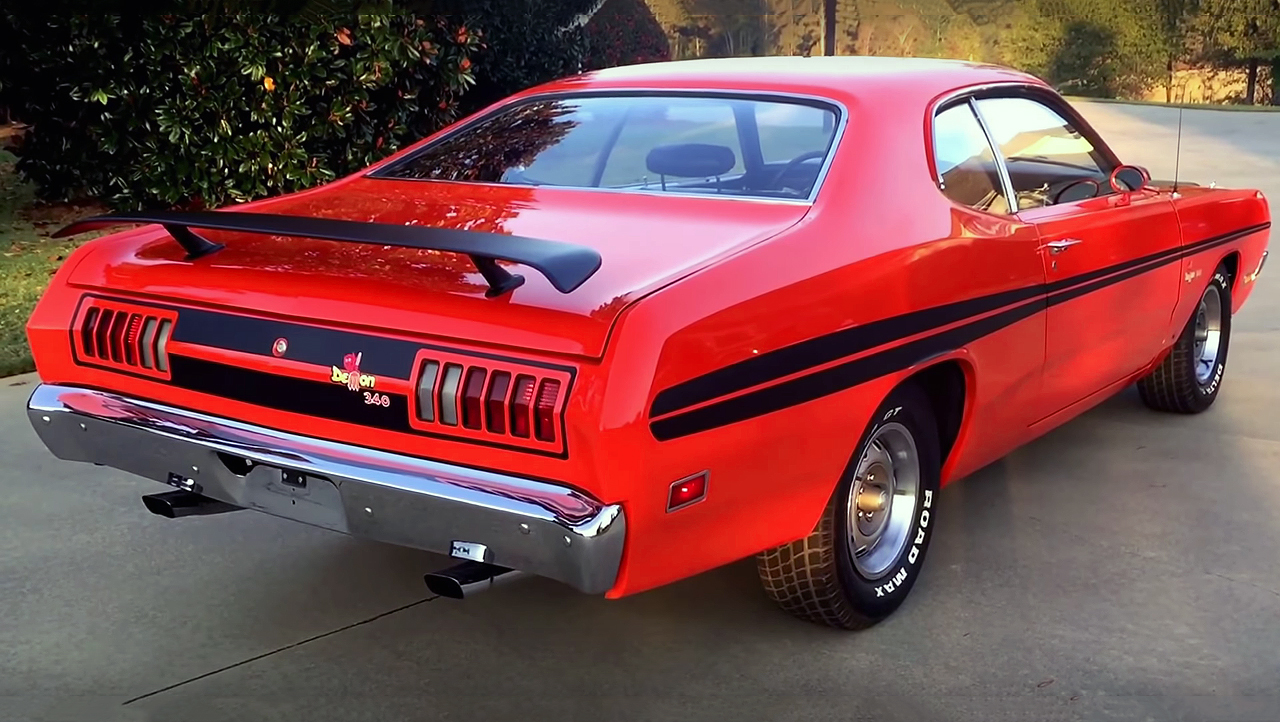 Dodge Demon -- The Demon was a new nameplate for 1971. The A-body Dodge Dart Demon for 1971 was offered with a 198- or 225-ci. Slant Six or the 318 V-8 engine, but it soon earned a reputation as a low-buck supercar in Demon 340 trim. The Demon started life as a Plymouth Duster shell, save for the Demon-only taillight panel, with Dodge Dart front sheet metal. Even the side marker lights and the wheel lips didn’t match from front to back because of the blending of the two different brands. But that never stopped the Demon from becoming a favorite among the Mopar faithful.
Dodge Demon -- The Demon was a new nameplate for 1971. The A-body Dodge Dart Demon for 1971 was offered with a 198- or 225-ci. Slant Six or the 318 V-8 engine, but it soon earned a reputation as a low-buck supercar in Demon 340 trim. The Demon started life as a Plymouth Duster shell, save for the Demon-only taillight panel, with Dodge Dart front sheet metal. Even the side marker lights and the wheel lips didn’t match from front to back because of the blending of the two different brands. But that never stopped the Demon from becoming a favorite among the Mopar faithful.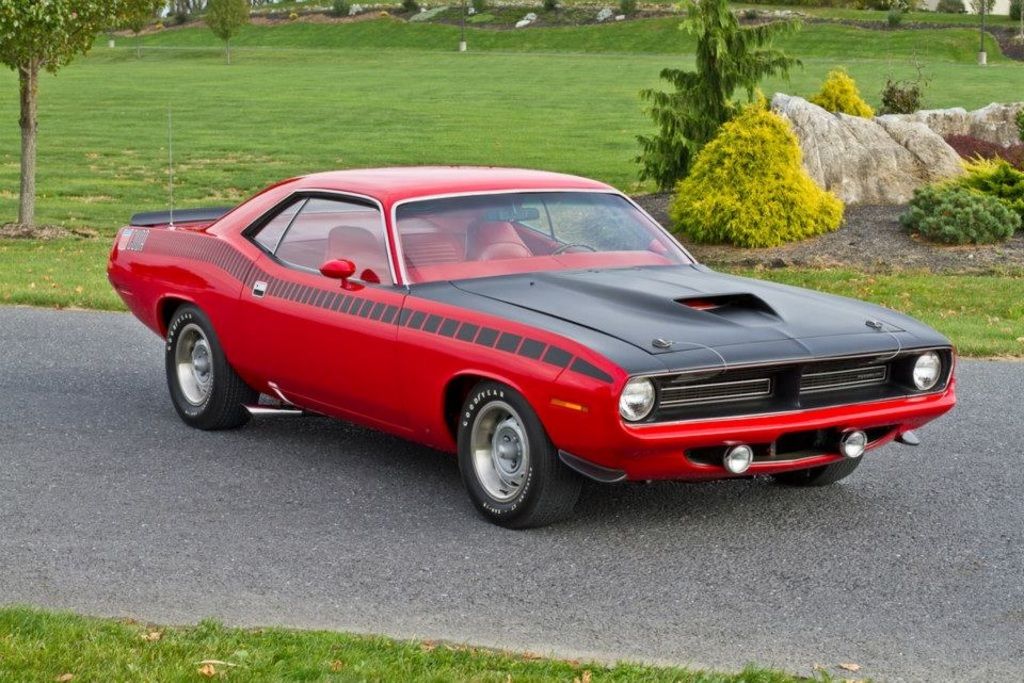 More ’Cudas – The Plymouth Barracuda 440 V8 was a monster pony car, with 375 horses and a tight build. The AAR ‘Cuda was a limited-production model to commemorate Dan Gurney’s All American Racing team, which used ‘Cudas in the Trans Am championship. It came with a 340 V8 small block, with three two-barrel Holley carburetors, a rear spoiler and unique side graphics that included the big AAR logo.
More ’Cudas – The Plymouth Barracuda 440 V8 was a monster pony car, with 375 horses and a tight build. The AAR ‘Cuda was a limited-production model to commemorate Dan Gurney’s All American Racing team, which used ‘Cudas in the Trans Am championship. It came with a 340 V8 small block, with three two-barrel Holley carburetors, a rear spoiler and unique side graphics that included the big AAR logo. That’s a quick look and you can see all variations of Mopar culture as a showcase of 1971 Mopar muscle at the Carlisle Chrysler Nationals at Carlisle, PA Fairgrounds, July 9-11.
> Visit www.CarlisleEvents.com for more on the automotive hobby.
Mike Blake, former editor of KIT CAR magazine, joined Carlisle Events as senior automotive journalist in 2004. He's been a "car guy" since the 1960s and has been writing professionally for about 30 years.
-
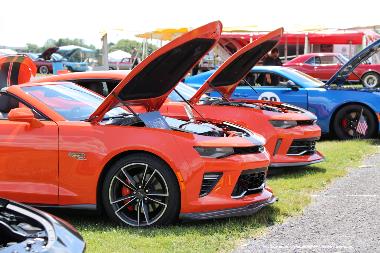
Chevrolet Camaro: Six Generations of Sportiness and Speed
Tuesday, Mar 16, 2021
Americans clamored for a muscular, powerful, sporty car for the street and for tire-smoking bragging rights in the early 1960s, and Ford answered t …
Show MoreAmericans clamored for a muscular, powerful, sporty car for the street and for tire-smoking bragging rights in the early 1960s, and Ford answered the bell with Mustang in 1964, launching the Pony Car Wars. Chevrolet’s stable of competing vehicles at that time was limited to the rear-engine Corvair and the Chevy II Nova, with “Super Nova” on engineers’ drawing boards. GM answered the call, attacked the genre, and in two years, put out a vehicle to compete for the 1967 model year … the Camaro.
Camaro began as Project XP-836, code-named “Panther”, but the vehicle was always intended, by Chevy leaders to have a “C” letter name to perpetuate the legacy begun by Corvair, Chevelle, Chevy II and Corvette. Legend dictates that when marketing leaders discovered a slang French word meaning “pal, friend or comrade,” Camaro was born (though “Camaro” is not recognized in the French language). When Chevrolet product managers were asked what “Camaro” means, they responded with “a small, vicious animal that eats Mustangs.” And The Pony Wars of American muscle was born.
Down the boulevards, across the highways and on the track, Camaro enjoyed a stellar reputation for being sexy, fast and reliable. Camaro was one of the prominent vehicles in the SCCA-sanctioned Trans-Am Series, as Chevrolet contracted with Roger Penske to operate their "unofficial" factory-backed Trans-Am team. The team won the title in 1968 and 1969 with Mark Donohue behind the wheel, and Jim Hall’s Chaparral team replaced Penske for the 1970 season. Beginning in 1975, Camaro was the official car of, and used in the International Race of Champions until 1989, making it the first American car of the series. Camaro has been an Indianapolis 500 Pace car eight times, and a NASCAR Xfiniti Series, stock car since 2017.
Through six generations, 5.5 million Camaros have been sold, with its first four generations produced from 1967 through 2002, and its most recent two generations built from 2010 through the present. From its inception, Camaro has been fast, exciting, popular with the public and a frequent star of the Silver Screen, from appearing in “The Gumball Rally” in 1976 to “2 Fast 2 Furious” in 2003 to “Transformers” as “Bumblebee” in 2007, and dozens more featured roles.
Each of Camaro's generations has had its own Camaroesque personality and its own following.
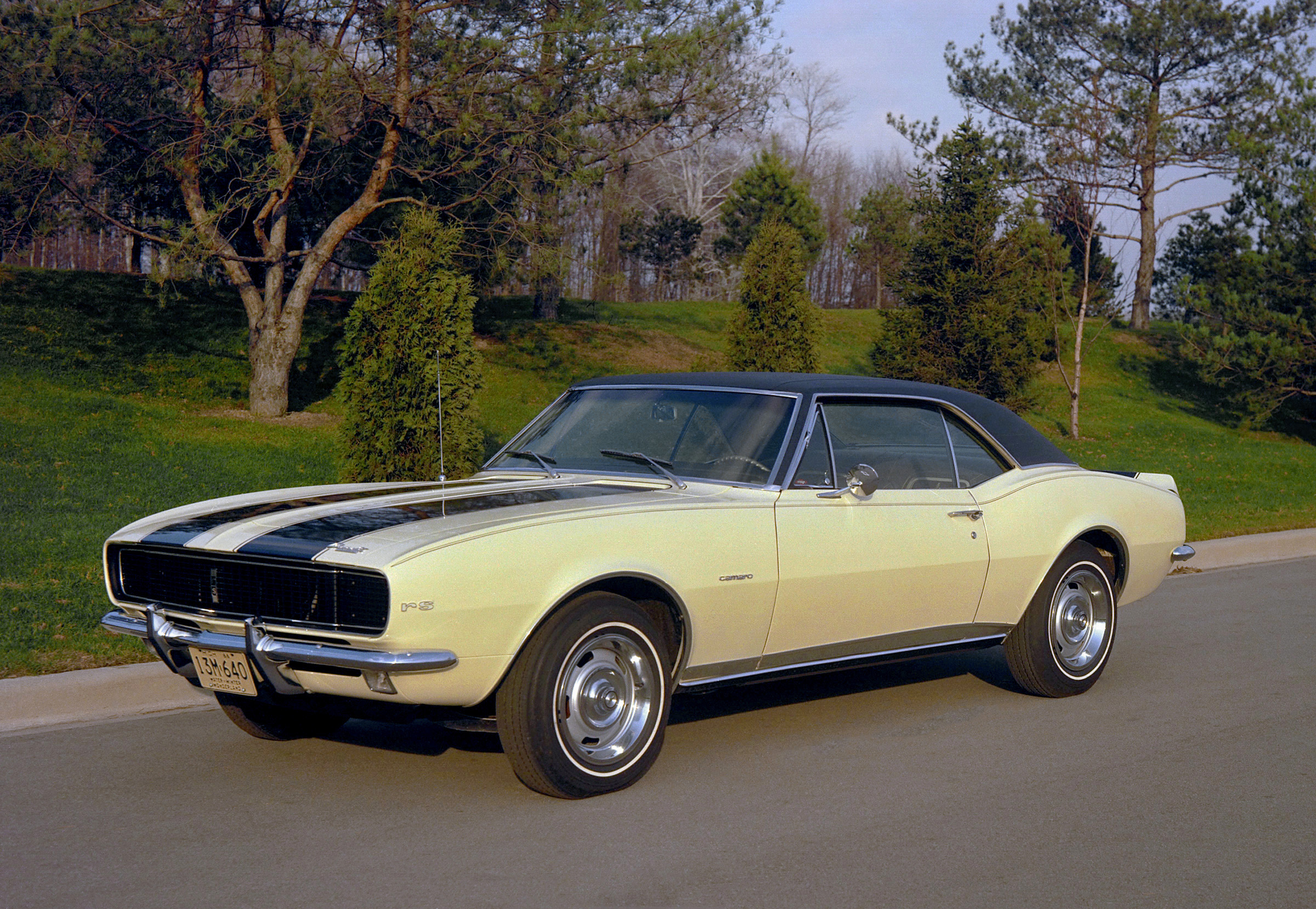 1967-1969
1967-1969
Hitting the streets in two-door coupé or convertible with 2+2 seating, and a choice of 230 ci., 250 ci. inline-6, or 302 ci., 307 ci., 327ci, 350 ci., and 396 ci. V-8s, on a new rear-wheel drive GM-F body that was eventually shared with the Pontiac Firebird. The First-Generation offered standard, Super Sport, and Rally Sport editions. Power during Gen-One ranged from 140hp for the 230 ci. Six-cylinder, to 425hp for a 427. The 427 could do a quarter-mile in 13 seconds, and the popular 327 was a 10.7 zero-to-60 mph car with an 18.2-second quarter-mile.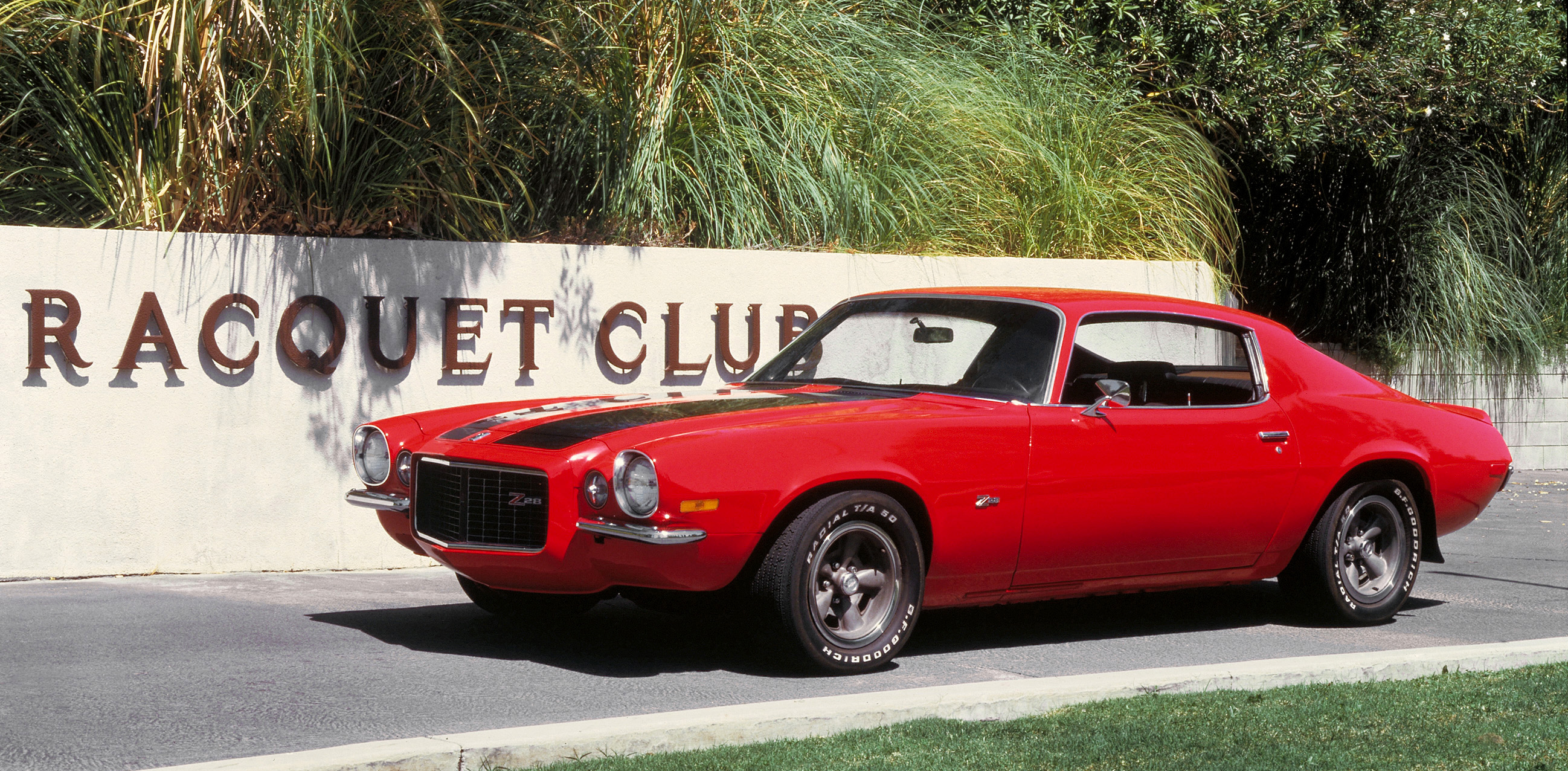 1970-1981
1970-1981
Restyled larger and wider for Gen-Two, the new Camaro had a similar frame, subframe and suspension, but later in the run in 1980 and ’81, Z28 models included an air induction hood scoop with an intake door that opened under full throttle. Engine size went from a 5.7-liter, 360-hp LT-1 engine to an emission-requirement drop in 1975 to only 155 horsepower. Track times were often disappointing at 11.0 seconds for a zero-to-60 run and a 17.4-second quarter mile. However, the Z28 could blast a 5.8-second sprint and a 14.2-second quarter.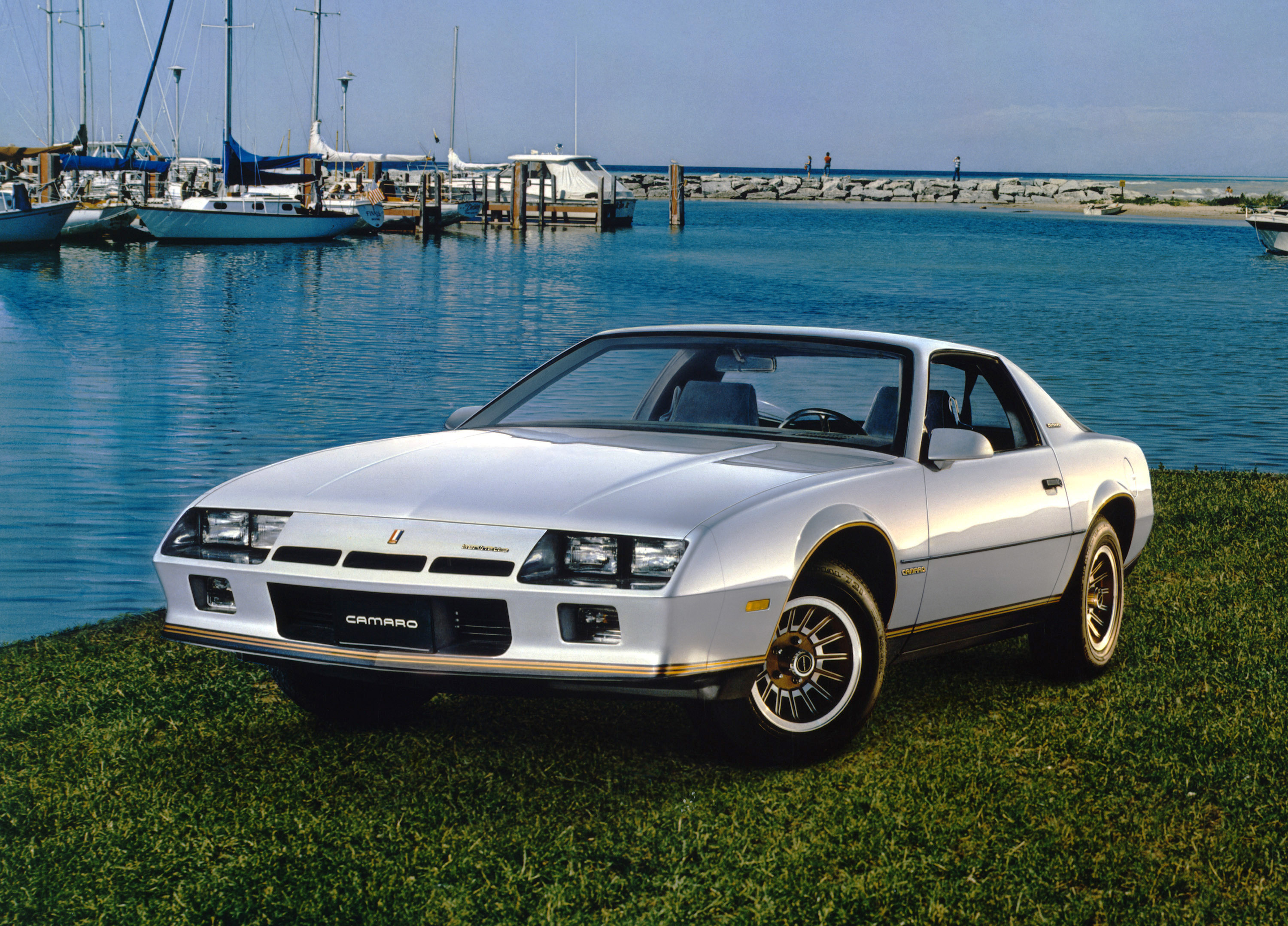 1982-1992
1982-1992
Gen-Three was the first Camaro with modern fuel injection, four-speed automatics or five-speed sticks, 14-,15- or 16-inch wheels, and hatchback models. The cars were nearly 500 pounds lighter than the Second-Generation model.Convertibles, discontinued in 1969, returned in 1987 and all base models were outfitted with a 2.8 L V6 (OHV). In 1985, the direct-injection 305 ci. small block V8 was available and in 1987, the L98 350 ci. V8 engine became a regular option on the IROC-Z. Top power models could track run at 8.6 seconds for the sprint and 16.4 for the quarter.
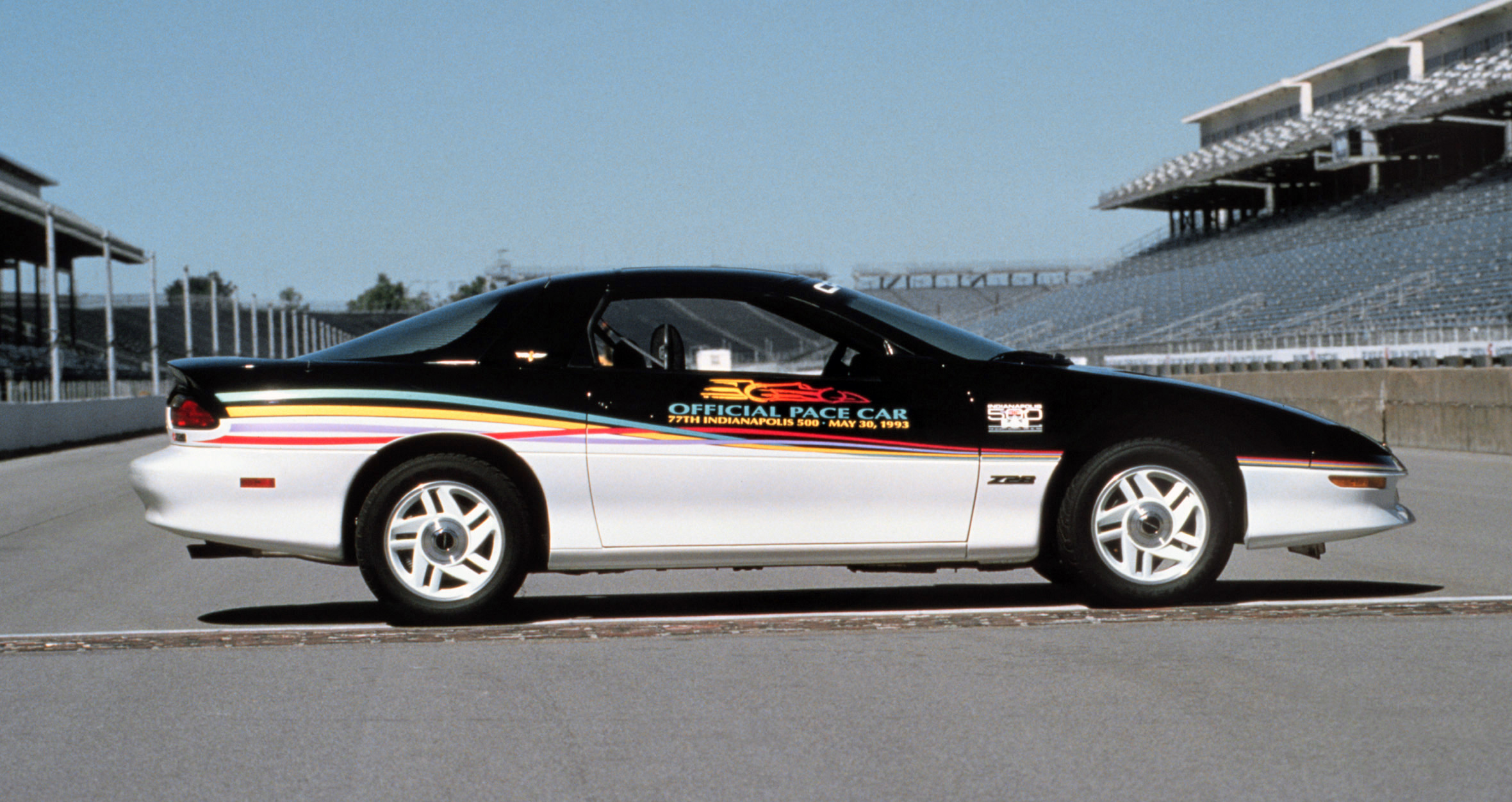 1993-2002
1993-2002
Gen-Four saw an updated F-Body platform and returned to 1967’s coupé body style with 2+2 seating (with an optional T-Top roof) or convertible (reintroduced in 1994). The standard powerplant from 1993 to 1995 was a 3.4 L V6, and a 3.8 L V6 was introduced in 1995. The Z28 trim utilized Corvette’s LT1 275-hp 350 ci. small-block V-8 engine and in 1996-’97, a limited number of Camaro SS models came with the 330-hp LT4 small block from the Corvette, although most were equipped with the 275 hp LT1. Again, Z28s were speed performers with track times as quick as a 5.4 sprint and 14.0 seconds for the quarter-mile.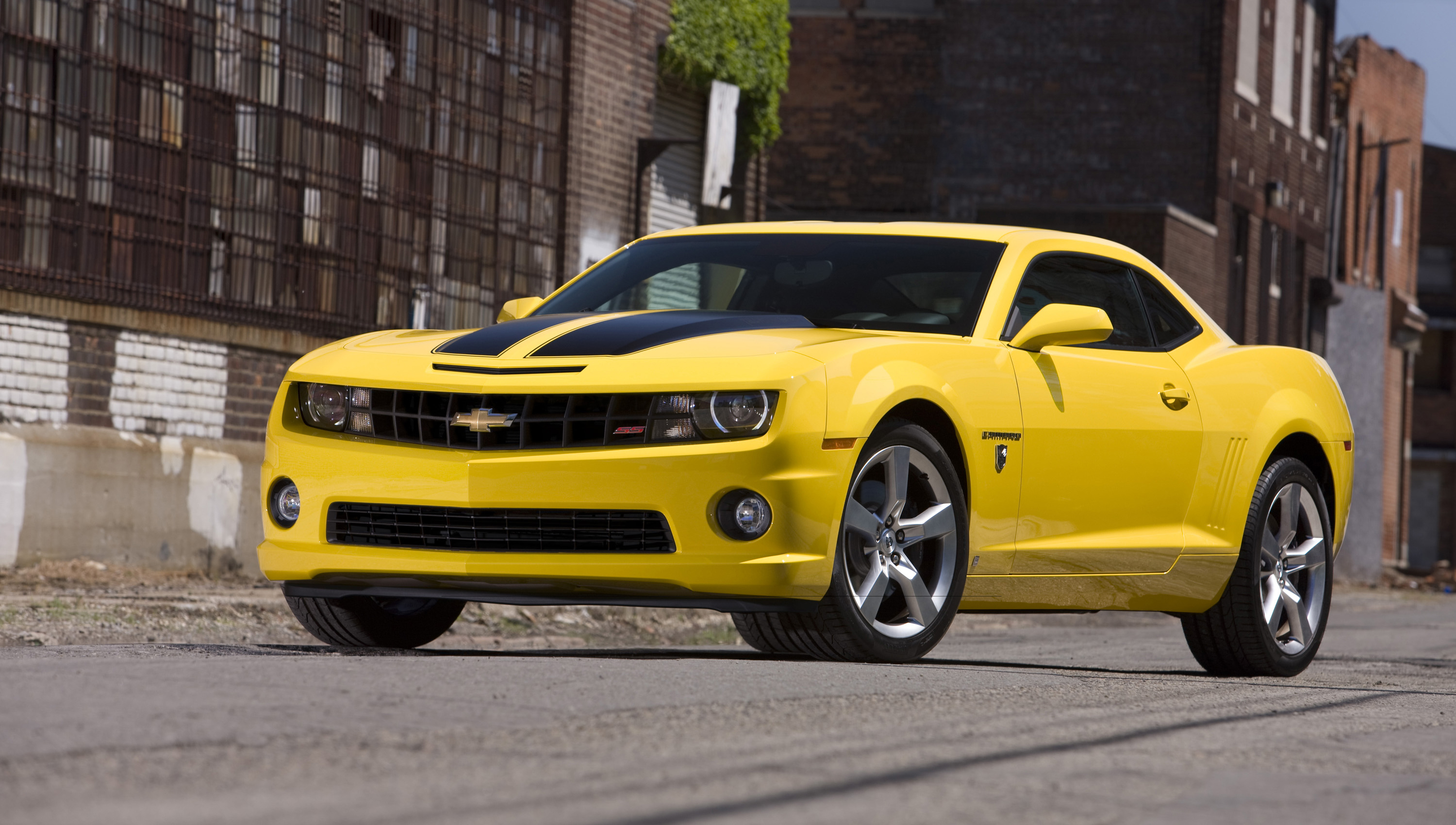 2010-2015
2010-2015
Bumblebee was the “Transformers” star and Camaro came back after an eight-year hiatus with a complete redesign. Gen-Five saw LS and LT models powered by a 3.6 L V6 producing 312 hp mated to either a 6-speed manual or a 6-speed automatic with manual shift. The SS had the 6.2 L LS3 V8 and 426 hp. Top stock Camaros could finish off a dash in 6.1 seconds and a quarter-mile in 14.5.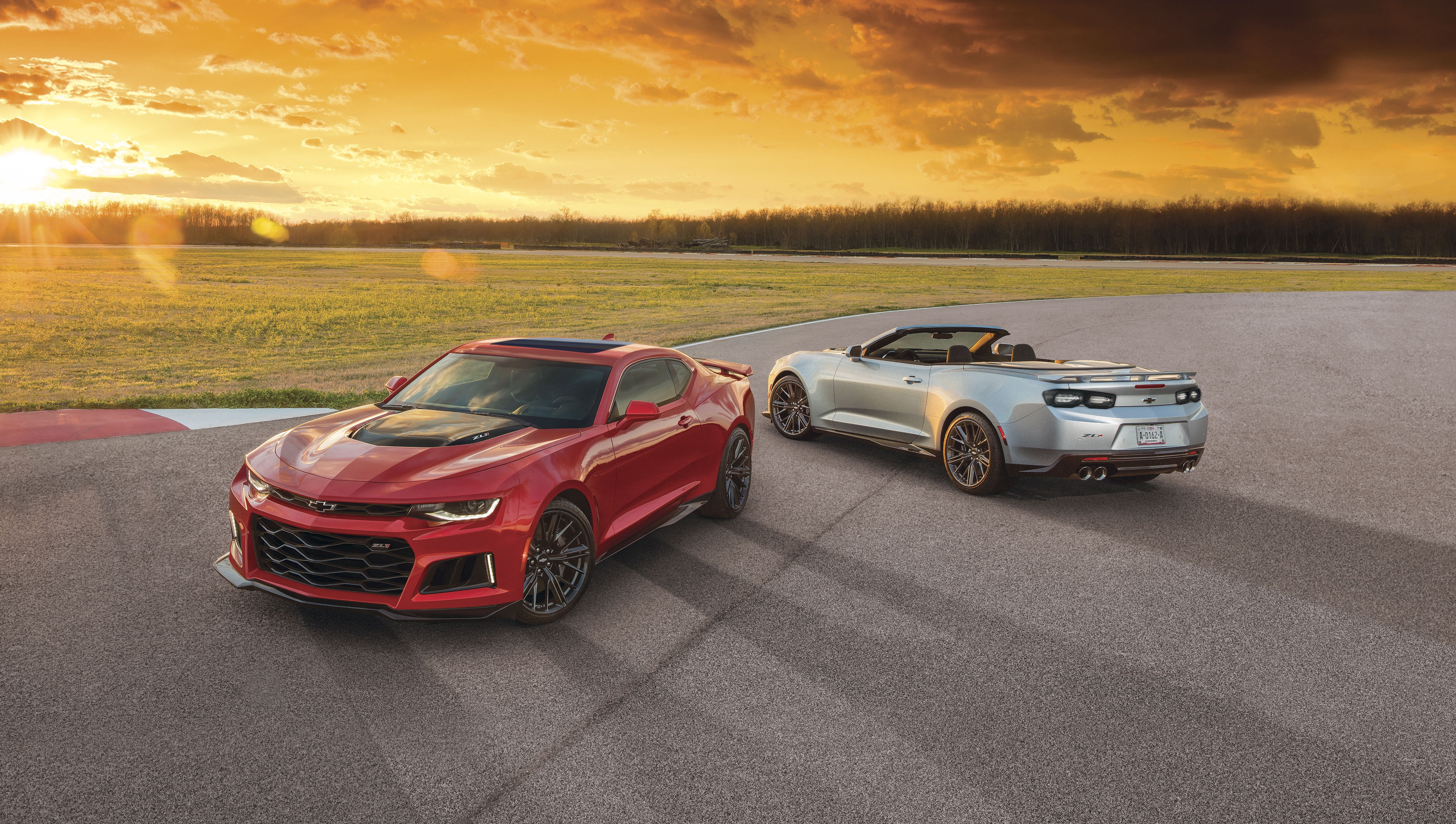 2016—present
2016—present
The Sixth-Gen Camaro, built on the GM Alpha platform, comes with such engine choices as a 275-hp 2.0 L turbo-charged inline-four; a new 335-hp 3.6 L V6 and for the SS trim, a 455-hp 6.2 L LT1 V8. The super-powered ZL1 has a supercharged 650-hp LT4 based on the Corvette Z06. For 2021, the ZL1 can blaze a 3.5-second zero-to-60mph run and a 12.2-second quarter-mile, and outfitted for today’s high-tech capability, they come with a rear camera, navigation, 8-inch diagonal color screen and all the connectivity demanded by today’s drivers.You can see all six generations of Camaro, as well as more than 1,000 GM cars that cross more than 100 years of GM history, at the Carlisle AGM Nationals, at the Carlisle, PA Fairgrounds, June 25-26.
> Visit www.CarlisleEvents.com for more on the automotive hobby.
Mike Blake, former editor of KIT CAR magazine, joined Carlisle Events as senior automotive journalist in 2004. He's been a "car guy" since the 1960s and has been writing professionally for about 30 years. </I>
-
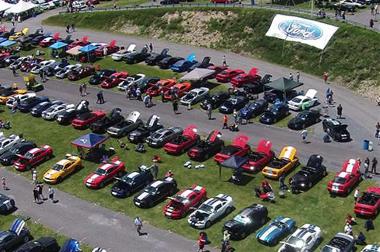
The Ford Club Scene: Going Full Throttle at "The Superbowl of Ford Events"
Tuesday, Mar 9, 2021
Car clubs have been organized and filled with enthusiasts since the early days of the automobile. Many point to the Paris-based, Automobile Club de …
Show MoreCar clubs have been organized and filled with enthusiasts since the early days of the automobile. Many point to the Paris-based, Automobile Club de France, in 1895, as the first car club, expanding to England in 1898, and Austria, Germany and Switzerland by 1900. The concept came to America by 1902 with the American Automobile Association, and by the 1930s, the first of what we would now consider current-concept car clubs were being formed.
The movement took off in America, in the 1950s and 1960s, and by the time the first Carlisle All-Ford Nationals was held at the Carlisle, PA Fairgrounds in 1995, car clubs were eager to gather at large events to come together, and show off their cars and their clubs.
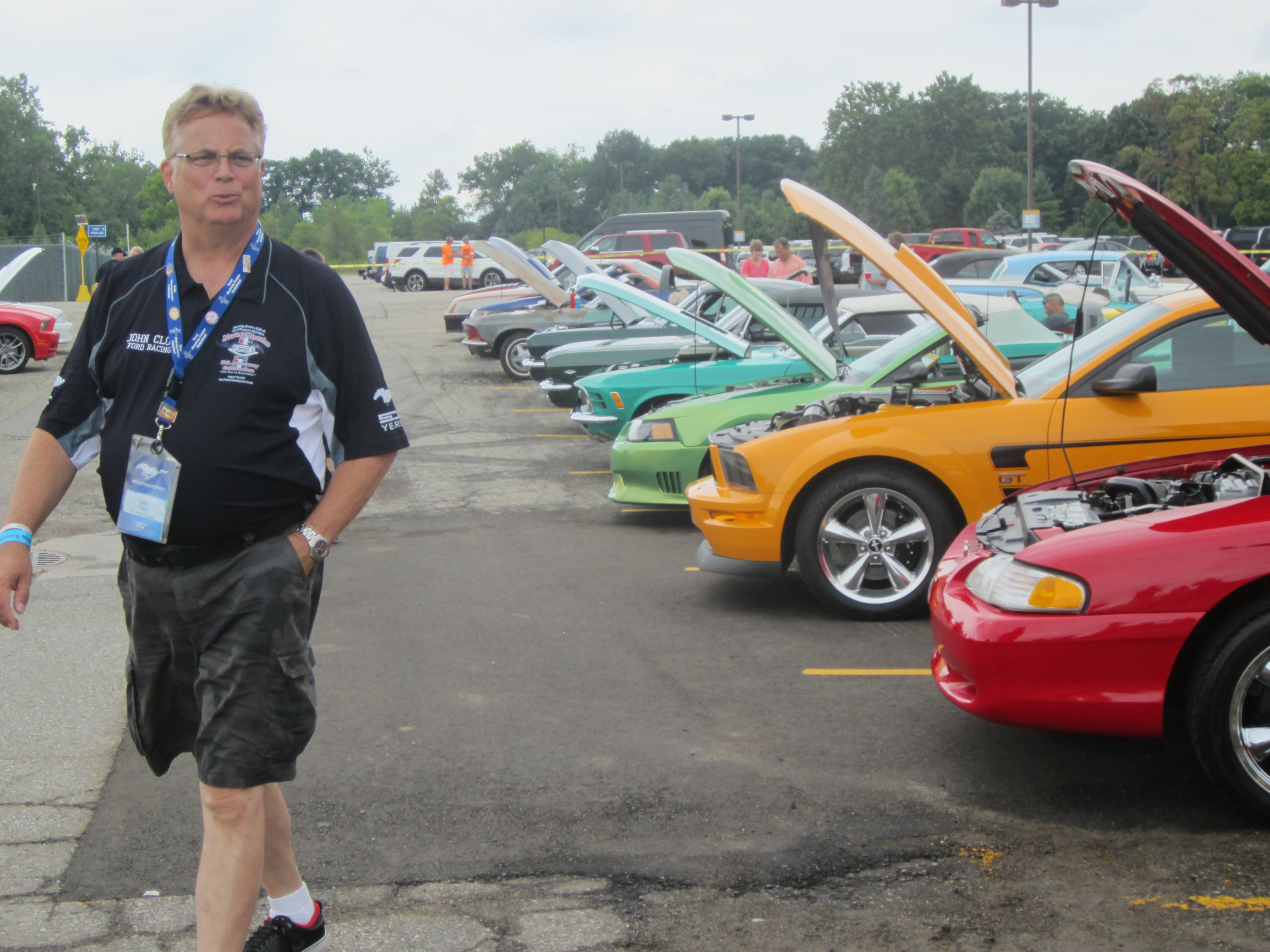 Since the beginning of the Carlisle All-Ford Nationals, John Clor, Enthusiast Communications Manager / Ford Performance, has been involved in helping cultivate the Carlisle experience for Ford Clubs around the nation, to such an extent that there are currently more than 100 active clubs active with Carlisle Events. (Here is a link to the list of Carlisle’s recognized clubs. Carlisle Ford Nationals - Clubs (carlisleevents.com)
Since the beginning of the Carlisle All-Ford Nationals, John Clor, Enthusiast Communications Manager / Ford Performance, has been involved in helping cultivate the Carlisle experience for Ford Clubs around the nation, to such an extent that there are currently more than 100 active clubs active with Carlisle Events. (Here is a link to the list of Carlisle’s recognized clubs. Carlisle Ford Nationals - Clubs (carlisleevents.com) Clor, a veteran journalist and automotive journalist, has owned, raced, worked on and written about Fords and Mustangs for nearly 45 years. He joined the Ford Special Vehicle Team (SVT) in 1995 and spent most of the next decade working on SVT Communications, PR and Marketing. Clor is an Iacocca Award Winner, and hosts a show called “Cars In Context” that has evolved from local cable access to YouTube. In 2007, he developed a club outreach program for Ford Racing that is now known as Club Connect, and today manages enthusiast communications for Ford Performance as well as enthusiast content on FordPerformance.com. He calls Carlisle, “The Super Bowl of Ford Events.”
Clor said, “Through Ford Club Connect, which has 383 registered clubs, we learned that cars resonate on an emotional level and the club people often have names for their cars … they are going to keep their cars and show them off … not trade them in.” The mission of Ford Club Connect was to get out into the community and contact every club. Clor said, “Every club has its own character, and we looked for events to meet them. Ken Appell, Carlisle’s Ford Nationals Event Manager runs the Ford Nationals attuned to the clubs. We attend, and clubs attend Carlisle because they engage with the clubs. They help make it a 3-day party for the brand and the clubs.” Clor added, “I could go on the road to 20 venues and see 20 clubs, or I can go to Carlisle and meet with 100 clubs. I can see 200 vehicles at a typical event, or I can see 3200 Fords in one weekend at one place (Carlisle).”
Clor has seen the club scene change and grow at Carlisle since the beginning. “In 1995, with the Ford Special Vehicle team, we saw a few 10x10 pop up tents. Each year, we saw bigger and bolder displays, more Ford celebrities, greater Ford brand involvement and increased Ford club activity.” He said, “Because of aging and evolution of legacy clubs, the club scene has grown younger and less sophisticated, perhaps. We see more Mustangs, and maybe fewer of the older badges, but it is even more of a party or festival and a venue at which to show off a customized source of pride.”
What used to be a bunch of car guys getting together to talk about and show off their ride, is now gaining more and more family attendance. “The experiential owners get their families involved and bring the enthusiasm to the next generation – their kids,” said Clor. “It used to be by word of mouth and phone calls, and now clubs build with Facebook groups and cruise groups and that attracts even more YOUNG families. There used to be just events and displays for guys, but Carlisle has added a women’s oasis, good food, Hot Wheels races for families, raffles, meetings, awards, activities, and it is more than simply a swap meet and a show. The clubs take it in as a family event.”
To help celebrate the clubs at Carlisle, Clor selects The Coolest Club Hangout Award. “For years, clubs would come to the show with a theme. A T-Bird Club came with poodle-skirted ladies, juke boxes, t-shirts with Lucky Strikes rolled up in their sleeves, jeans and a ‘Happy Days’ feel. A Red Mustang Club once had a pirate theme and the winner of the “Coolest Club” was who had the biggest party. He said the selection process, as with the clubs, has evolved. “I visit the clubs and they present an environment where you feel at home. It is now about the group that had roasters and a family dinner … making turkey so that it is like going home for the holidays. That is what is ‘Cool’ to me … how do they make this feel good. How do they make it fun, from trading war stories, celebrating with family and friends and appreciating brand. That club is where I want to be and hang out … they enjoy the show and each other’s company. That is cool.”
Carlisle Events helps clubs gather together with a tent program. Tent rentals are available at most specialty events to use as club headquarters. Carlisle Events offers free or discounted tents to clubs who register a specific number of Showfield cars as a way of showing appreciation for club participation.
To entice additional involvement, Carlisle Events challenges all clubs to show their strength in numbers. The top three clubs (based on number of registered show vehicles) are recognized at each event's awards parade. Further, the top three also get a special banner, which can be displayed when you come back to Carlisle, or with your club at other events. Contact Carlisle Events for more details.
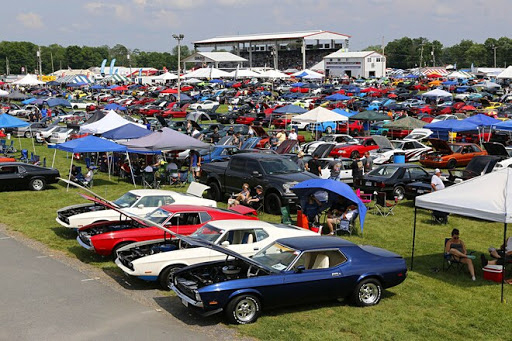 Ford enthusiastically embraces the clubs and the show. Clor sums up saying, “Ford celebrates at the event, it doesn’t try to sell…the brands mean something and nostalgia sells. The Ford Nationals is for enthusiasts, and the clubs make an emotional connection.”
Ford enthusiastically embraces the clubs and the show. Clor sums up saying, “Ford celebrates at the event, it doesn’t try to sell…the brands mean something and nostalgia sells. The Ford Nationals is for enthusiasts, and the clubs make an emotional connection.” Car clubs with a focus on the Ford family of vehicles past and present are encouraged to register to be part of the 2021 event, June 4-6. Not only does the event offer a plethora of cars and trucks for you to enjoy, it makes a great "home base" for your club to gather, socialize and recruit. Officially recognized Carlisle Clubs may also qualify for a FREE tent to host your hangout as well. There's even a pair of club awards; largest and coolest. The coolest club honors are chosen by Mr. Clor himself! Learn more about the event and the club scene at Carlisle today at CarlisleEvents.com.
Car clubs with a focus on the Ford family of vehicles past and present are encouraged to register to be part of the 2021 event, June 4-6. Not only does the event offer a plethora of cars and trucks for you to enjoy, it makes a great "home base" for your club to gather, socialize and recruit. Officially recognized Carlisle Clubs may also qualify for a FREE tent to host your hangout as well. There's even a pair of club awards; largest and coolest. The coolest club honors are chosen by Mr. Clor himself! Learn more about the event and the club scene at Carlisle today at CarlisleEvents.com. Mike Blake, former editor of KIT CAR magazine, joined Carlisle Events as senior automotive journalist in 2004. He's been a "car guy" since the 1960s and has been writing professionally for about 30 years. </I>
-
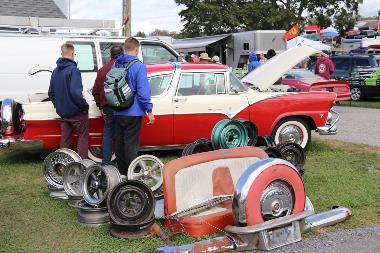
Making a Deal at Swap Meets: Be Prepared and Have Fun
Tuesday, Feb 23, 2021
Auto swap meets and flea markets are great places to find that part you need for your project, that special item for your collection, or that car that …Auto swap meets and flea markets are great places to find that part you need for your project, that special item for your collection, or that car that you’ve always wanted to drive … or fix up and flip. But what is the best way to get the best deal?Show More
We all want the best deals … to pay as low an amount as we can for what we want. But it may pay off for you in the long run if you follow a few steps.
Go to a Big Show
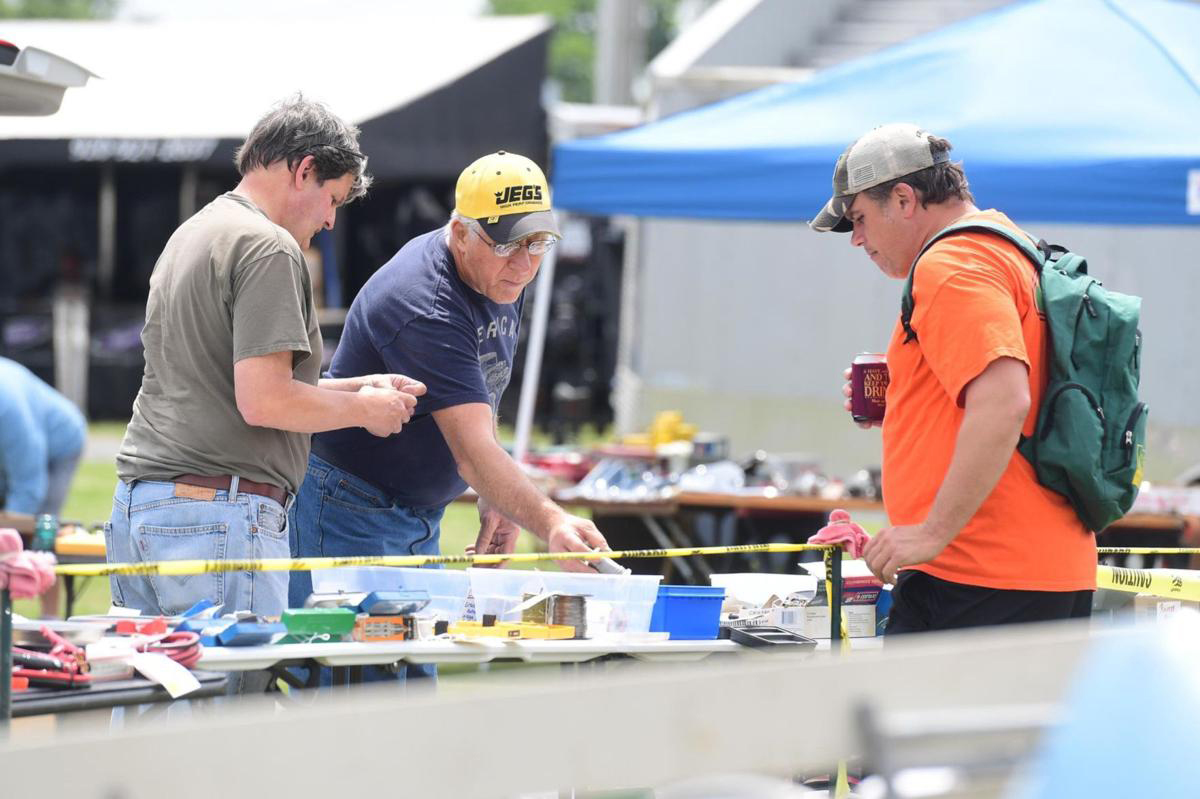
First, time is money, so you may want to attend the bigger shows with the most vendors and sellers at the venue. One such event is Spring Carlisle, scheduled for April 21-25 at the Carlisle, PA Fairgrounds. The Spring Carlisle event showcases 8200 vendors, selling a vast array of cars, automotive parts, and accessories. The items run the gamut from aftermarket pieces to reconditioned parts to original parts to car care products. It's almost certain that you won't go home empty handed if you are serious about finding and buying what you need … or even some things you don’t need.
Mindset
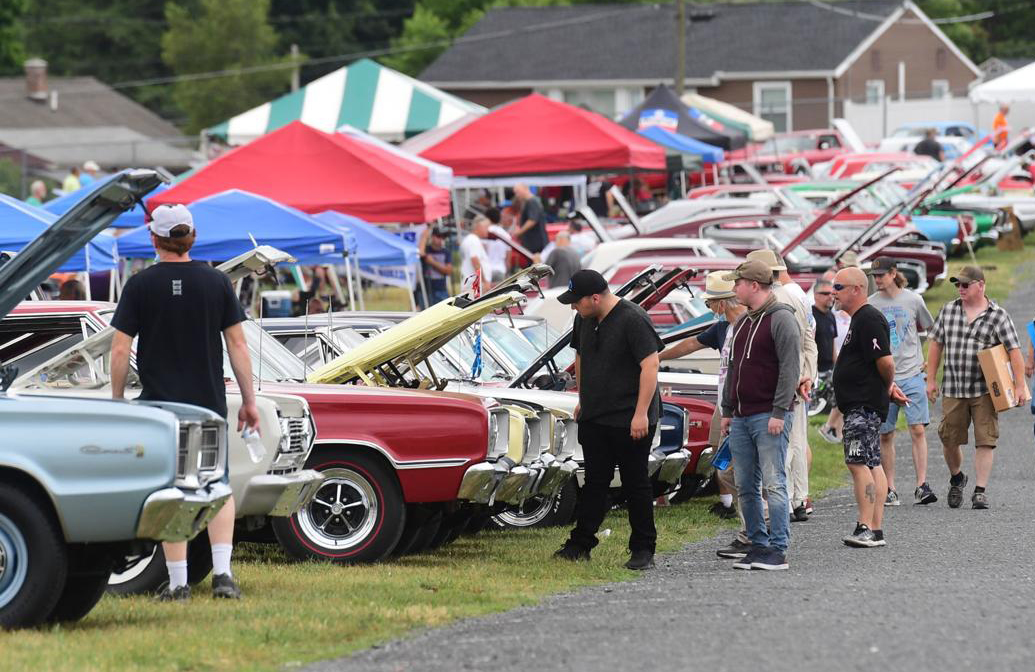
Go with the proper mindset. In addition to being hunting grounds for affordable parts for your projects, swap meets are very much a social gathering … a chance to see old friends and meet new ones with similar interests. Be on site with an attitude of camaraderie. Proper mind-set is also proper prep. So determine for yourself just how MUCH you need the items and bid appropriately. And put yourself in the mindset to have fun … that goes a long way to getting a good deal.
Be Prepared
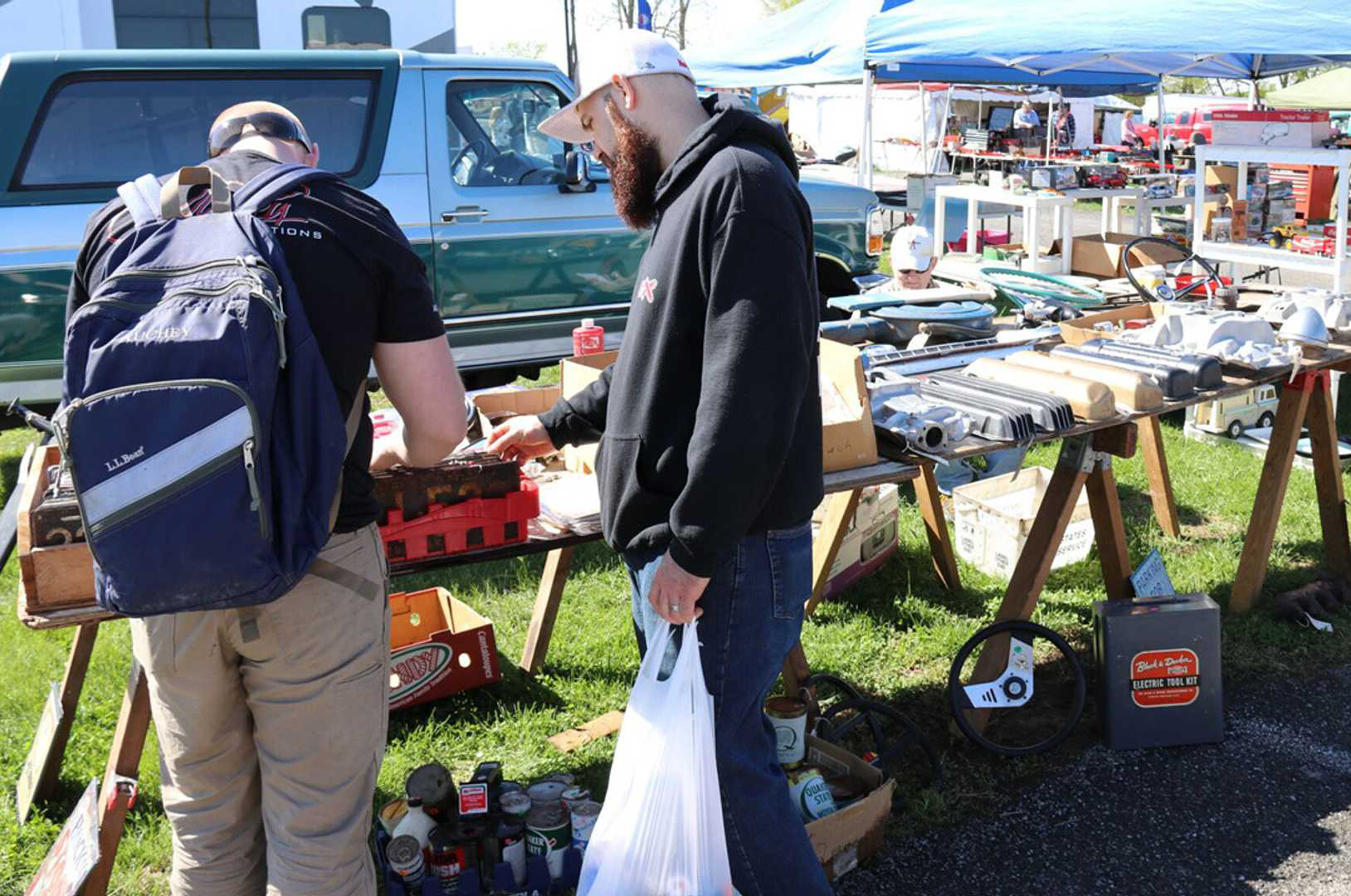
Get organized and do everything you need to do before attending. Bring enough cash to make your deals – not all sellers take cards or checks. Do your research (see below) to find out part numbers and pricing of the items you seek. Dress comfortably, bring sun block, water and protein bars, check out any pre-show maps or information and make a plan for the show. Some shows, as with Carlisle, have hauling available, but just in case, bring a cart or something that will enable you to haul your buys back to your car.
Be Friendly
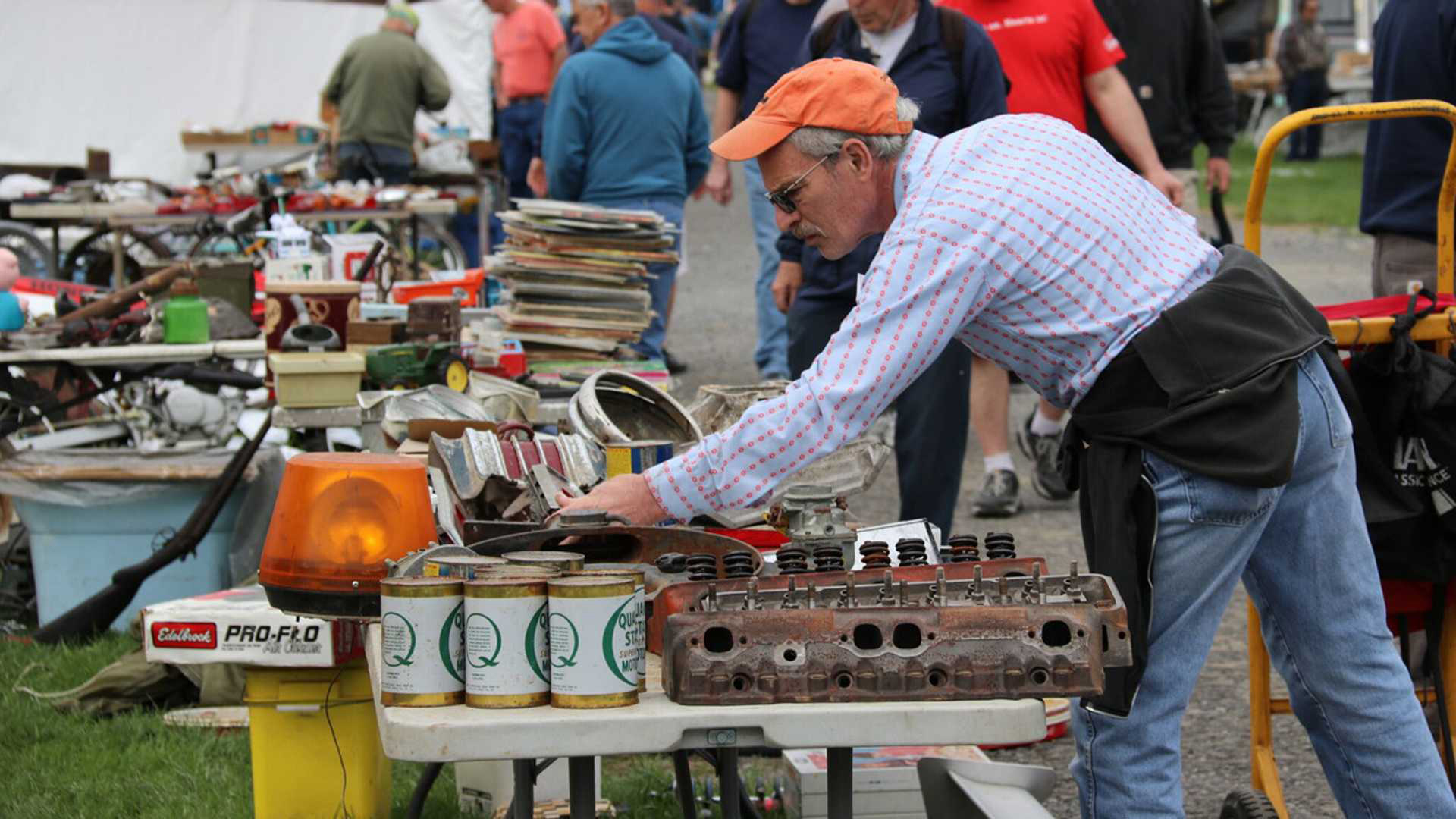
The best advice we can give you to afford you the opportunity of getting the best deals is: Be friendly. Engage in friendly and respectful conversation. Talk cars, or if the seller is wearing a baseball cap, talk baseball. Being friendly may yield a better price as people tend to want their items to go to a friend rather than to someone they don’t hit it off with. Talk about your project or your hobby or your needs for the item. Giving the part or car a good home may also yield a better seller-buyer relationship. Be respectful, do your homework and make a realistic bid or counter-offer. Low-balling is not a good or friendly strategy. Have fun negotiating … that is part of the deal.
Play the Game
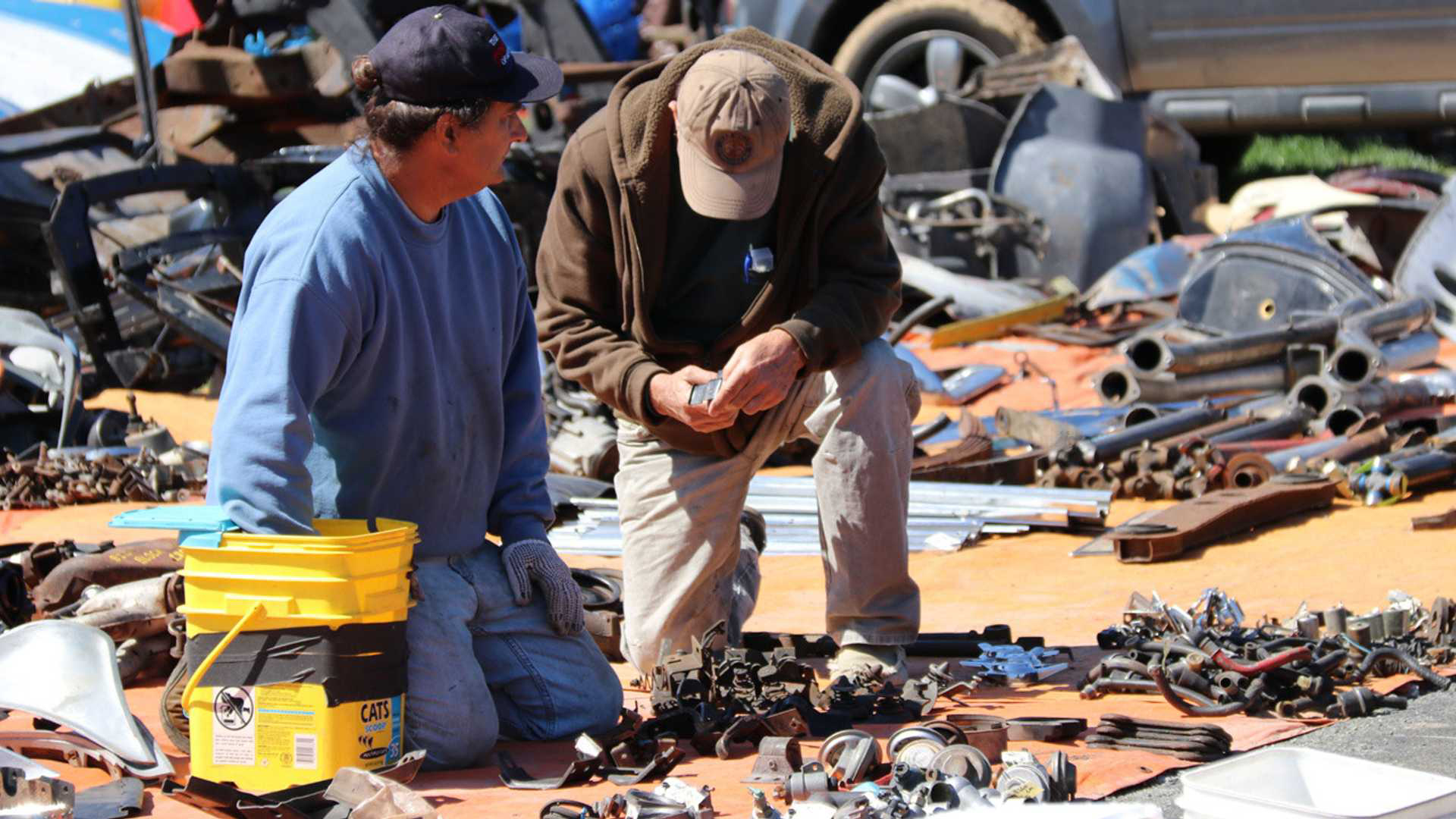
Do your due diligence. Do your research on a part’s or car’s availability, prices, part numbers and history. The game involves haggling. Always haggle, but be respectful. Vendors are there to make money and don’t want their time wasted and their reputations disrespected by low-balling shoppers. Haggling is a fact of life at flea markets and swap meets unless posted prices are firm. Generally, the first price you hear from a vendor is not the lowest they will go, so try a 15 percent to 25 percent lower counter-offer if that fits in to your price research. It seldom hurts to try. And pick up the pieces. Handle them and see if they are quality or rusted or broken or perfect.
Dress Appropriately
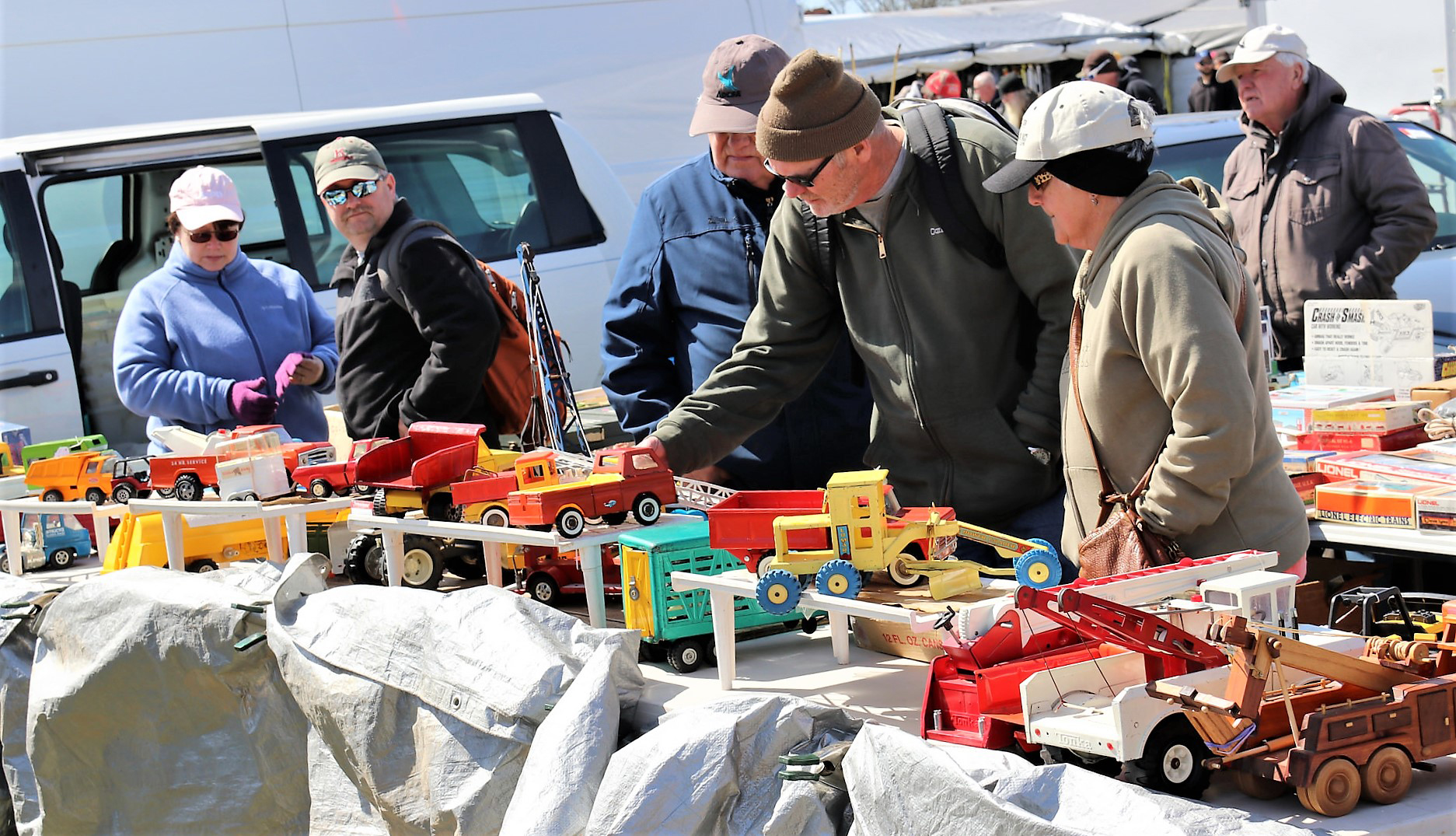
Playing the game also includes dressing the part. Don’t appear too wealthy, or haggling won’t work, but don’t dress like you live in a dumpster either. A middle road seems to work well. And wear comfortable clothes and shoes; because at events such as Spring Carlisle, a lot of walking is involved and you’ll want to see it all … YOUR treasured piece might just be at the vendor spot you DIDN’T get to. But, if you see a good deal, grab it while you can, or it may be gone when you return.
Be Prepared to Say ‘No’
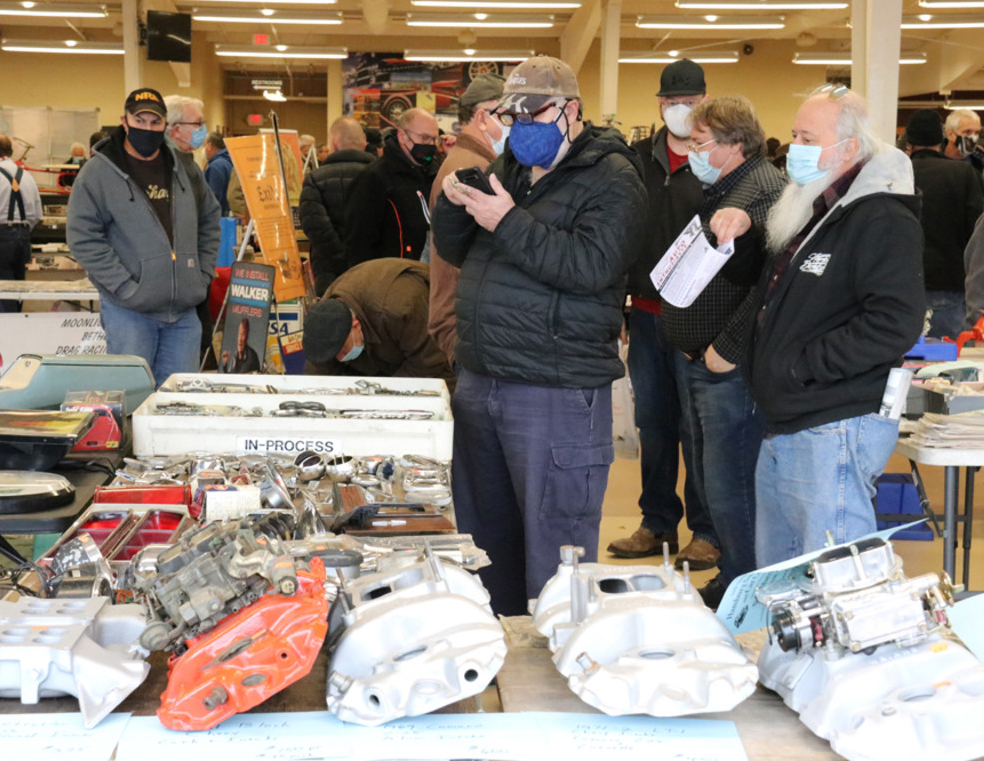
Be ready to walk away. If you have done your pre-show work, you know how much an item is worth and how much you are willing to pay. If a seller wants too much money for an item, it’s time to move on … you may find the same piece at another seller’s space. But be ready to compromise. Is $5 or $10 worth coming home empty handed?
Network
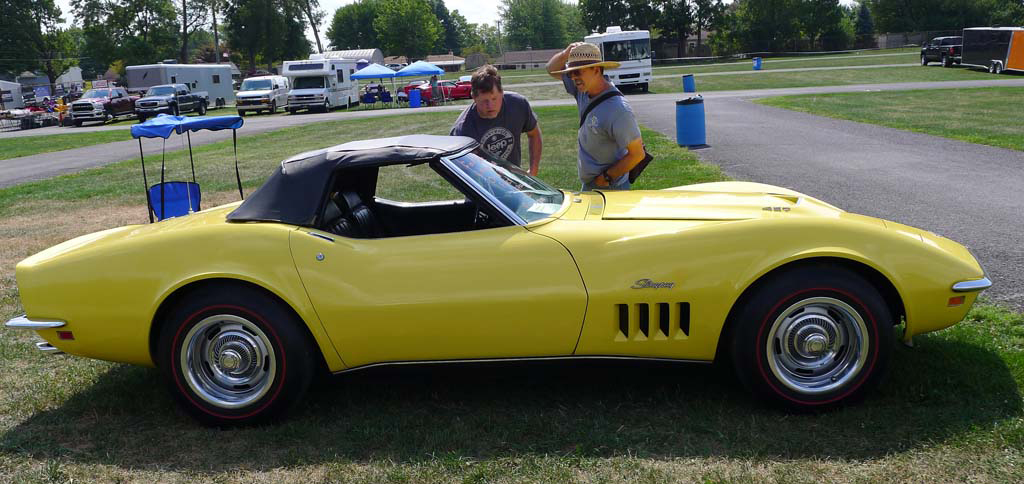
These are enthusiast shows and other shoppers have that in common with you. Enjoy the experience and talk with them. Ask fellow attendees if they have seen a part or car you are looking for. If a vendor doesn’t have what you seek, ask him if he can get it for a follow-up sale, or if he has seen it anywhere else on the grounds. Chances are the seller will try to help, or someone overhearing the conversation might jump in.
Look Everywhere
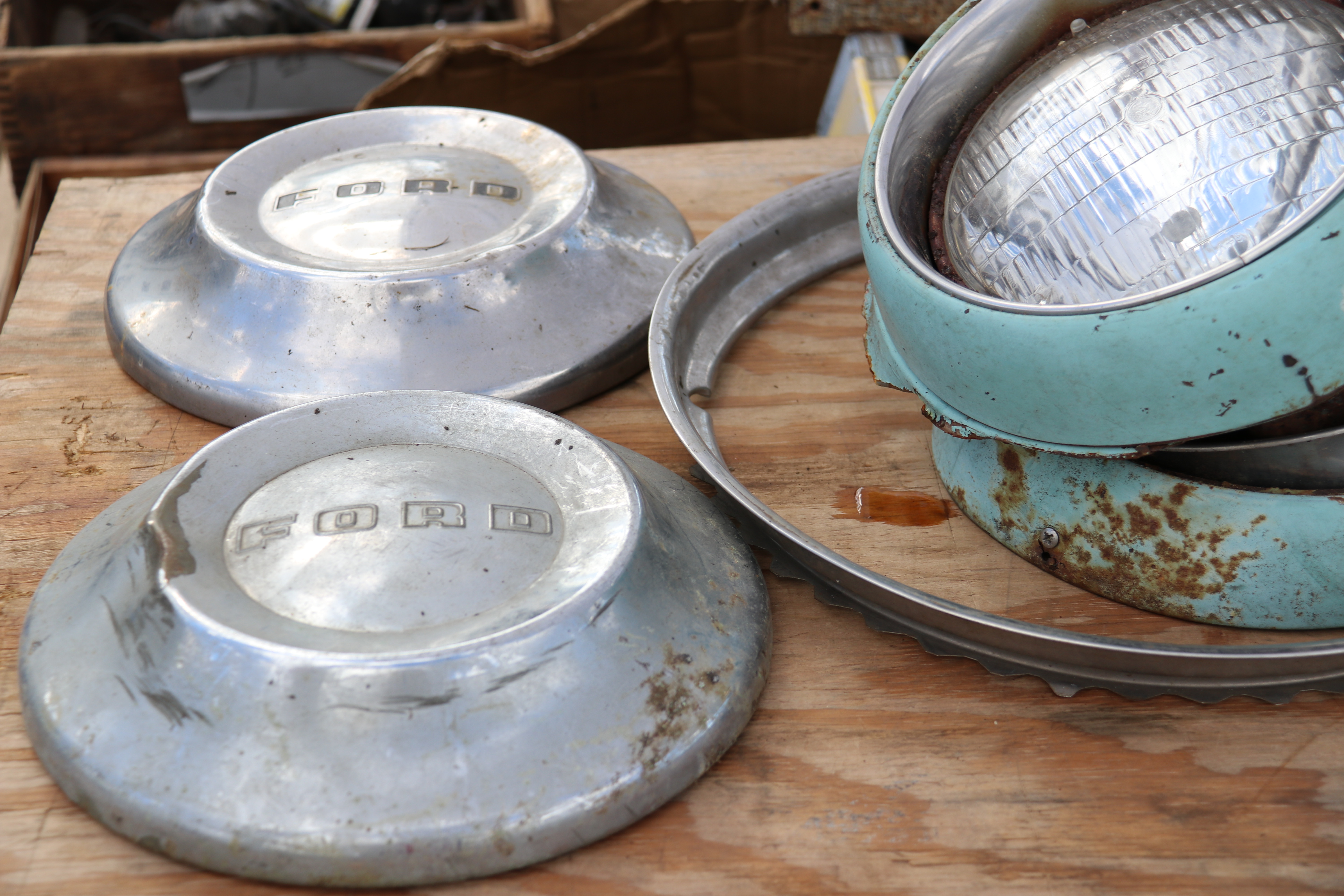
At big shows, lots of sellers have similar, but slightly different wares. Don’t miss anything … looking and exploring is part of the fun of the show, and you just might be surprised by something the NEXT seller has on display.
Go for the deal, but also go for the experience. Enjoy the show … have fun.
The thing about having fun is that you can do it at Carlisle multiple times a year. Of course Spring Carlisle starts it all locally. That is THE automotive flea market event, but other than Fall Carlisle in late September, there really is something for everyone in between. Specialty events that are brand or style specific also have parts swaps, merchandise, collectibles and more available. Visit CarlisleEvents.com to learn about these events, the 2021 schedule and more.
Mike Blake, former editor of KIT CAR magazine, joined Carlisle Events as senior automotive journalist in 2004. He's been a "car guy" since the 1960s and has been writing professionally for about 30 years. </I>
-
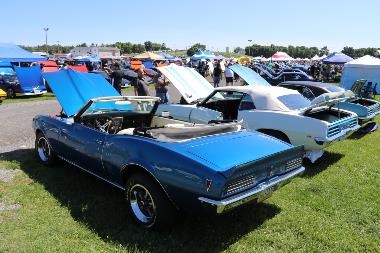
GM Brand Rivalry: Badge Enthusiasts Divide the General’s Family at Events
Tuesday, Feb 16, 2021
The General Motors family is just that…a family. Once, the manufacturer of such different, since discontinued car badges as LaSalle, McLaughlin, Oakla …The General Motors family is just that…a family. Once, the manufacturer of such different, since discontinued car badges as LaSalle, McLaughlin, Oakland, Oldsmobile, Opel, Pontiac, Hummer (brought back within GMC), Saab, Saturn, Vauxhall, Daewoo and Holden, GM has been lean and mean since its restructuring and reorganization cut redundancy and remaining brands down to a core four, by late-2010. Under the GM umbrella today are Buick, Cadillac, Chevrolet, GMC and Wuling (China). Those eliminated brands are gone, but not forgotten. They remain part of the GM family of vehicles that their supporters fervently defend, show off, refurbish and compete with, particularly at GM-inspired events such as the Carlisle GM Nationals, set for June 25 - 26, 2021 at the Carlisle, PA Fairgrounds.Show More
The supporters are part of the GM family of loyalists. It is a happy family, but at events, as with any family members that squabble about which brother or sister is favored, which uncle is stronger, and which cousin is more successful, GM event fans create a great divide. They stick together as a whole – the GM team fans celebrate the heritage since William C. Durant capitalized GM in 1908 and speedily acquired Buick and more than 20 additional companies to become the top-selling automotive manufacturer in the world. But they separate as fervent badge proponents and debate and compete against each other at major events.
It is not exactly the sports animosity you have with Yankees-Red Sox fans, or what you see with Lakers-Celtics, Red Wings-Blackhawks, or Steelers-Eagles, or the contempt fans had for each other from Ali-Frazier … but there is a real division among fans even when the cars are conceptually similar, as with Firebird vs.Camaro, GMC vs.Chevy trucks, or Oldsmobile Cutlass Supreme vs. Pontiac Grand Prix vs. Chevrolet Monte Carlo vs. Buick Regal. Historically, it follows, as each division had its own engineering, marketing and production assets and managed its own dealership network. In specification and output there may not have been much difference between an Oldsmobile and a Buick V8, but no Olds division manager in the 1950s and 1960s would ever consider putting a Buick engine into one of his 88s or Starfires. An Olds was an Olds, a Buick was a Buick, a Chevy a Chevy, a Pontiac a Pontiac, and Cadillac stood alone. And each division had its own look, feel, tweaks and customer bonding. Even the individual engineers were so proud of their own designs that they competed against fellow engineers on other projects. So it became easy for an enthusiast to follow and buy one division for life, excluding all sister or brother badges within GM.
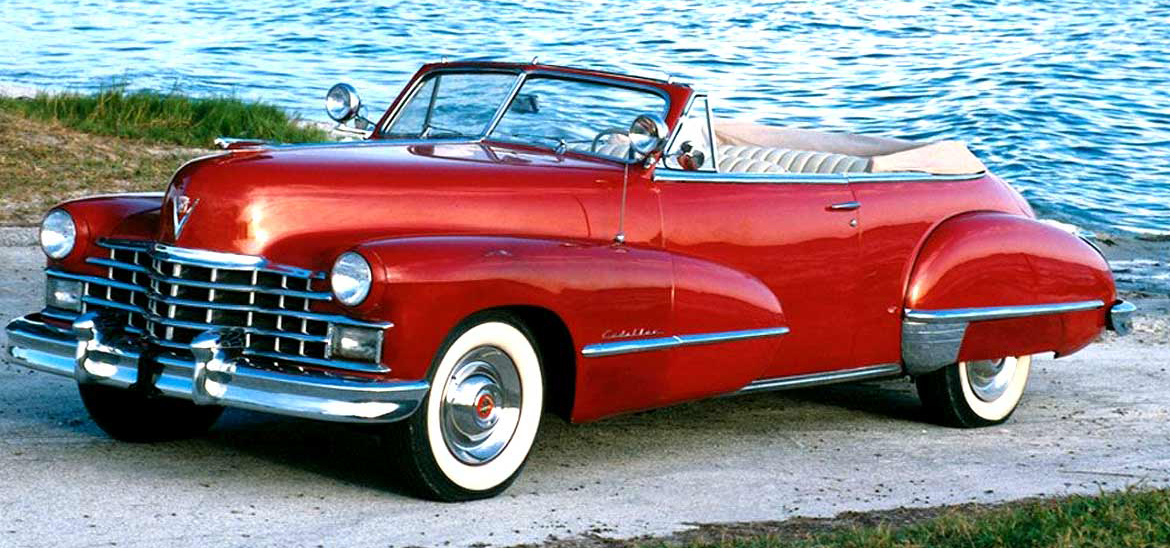 Sometimes the divide even comes from different generations of the same vehicle as with early- and late-model Corvettes, original and more recent Camaros and the Old School vs. New School evolution of Cadillac. Often, there is competitive debate within the same badge as with Pontiac’s Bonneville vs. Firebird or Firebird vs. GTO, Oldsmobile’s 88 vs. 98, or Chevy’s Nova vs. Chevelle (even though Chevelle was a midsize and larger than Nova).
Sometimes the divide even comes from different generations of the same vehicle as with early- and late-model Corvettes, original and more recent Camaros and the Old School vs. New School evolution of Cadillac. Often, there is competitive debate within the same badge as with Pontiac’s Bonneville vs. Firebird or Firebird vs. GTO, Oldsmobile’s 88 vs. 98, or Chevy’s Nova vs. Chevelle (even though Chevelle was a midsize and larger than Nova).
Now this isn’t to suggest animosity or enemy camps. It is more of an overwhelming pride in the vehicles or badged cars the fans grew up with, work on, drive or collect. And this pride supersedes any close relationships with other family members … stay away from Uncle Charlie; he will talk your ear off about his ’57 Bel Air.
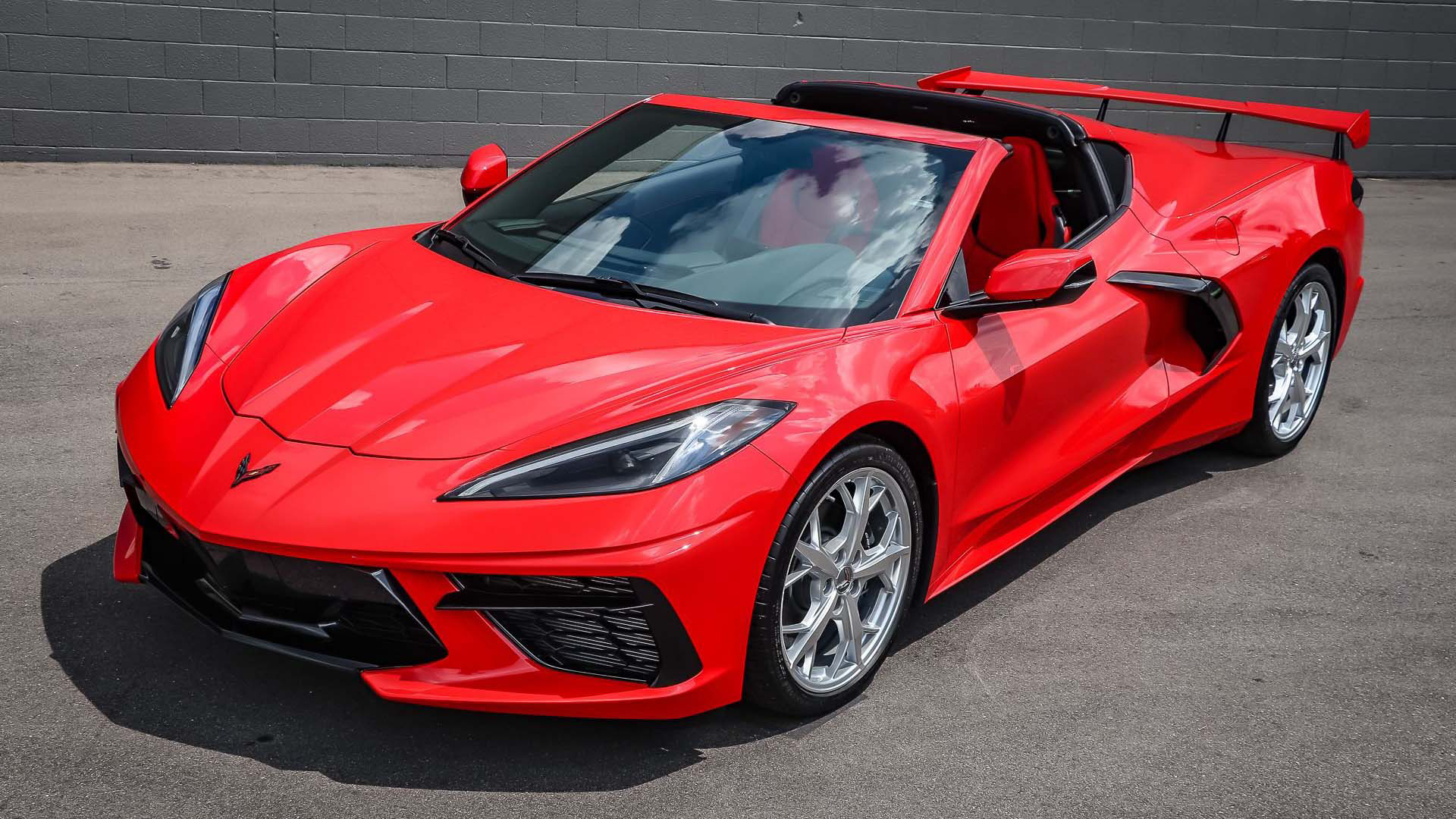 There are exceptions. Corvette seems to have earned niche approval among most family members and is largely held in esteem like the favorite uncle or aunt that all the kids love. And Uncle Cadillac has evolved into a luxury sedan with as much power as his nephew Vette, and is revered by many family members for his history.
There are exceptions. Corvette seems to have earned niche approval among most family members and is largely held in esteem like the favorite uncle or aunt that all the kids love. And Uncle Cadillac has evolved into a luxury sedan with as much power as his nephew Vette, and is revered by many family members for his history.
As car lovers, we can appreciate something about nearly all makes, models, badges and concepts, but if you have spent your life driving, working on and monitoring everything available on a specific badge … fandom keeps revered place for it in the hearts of car people.
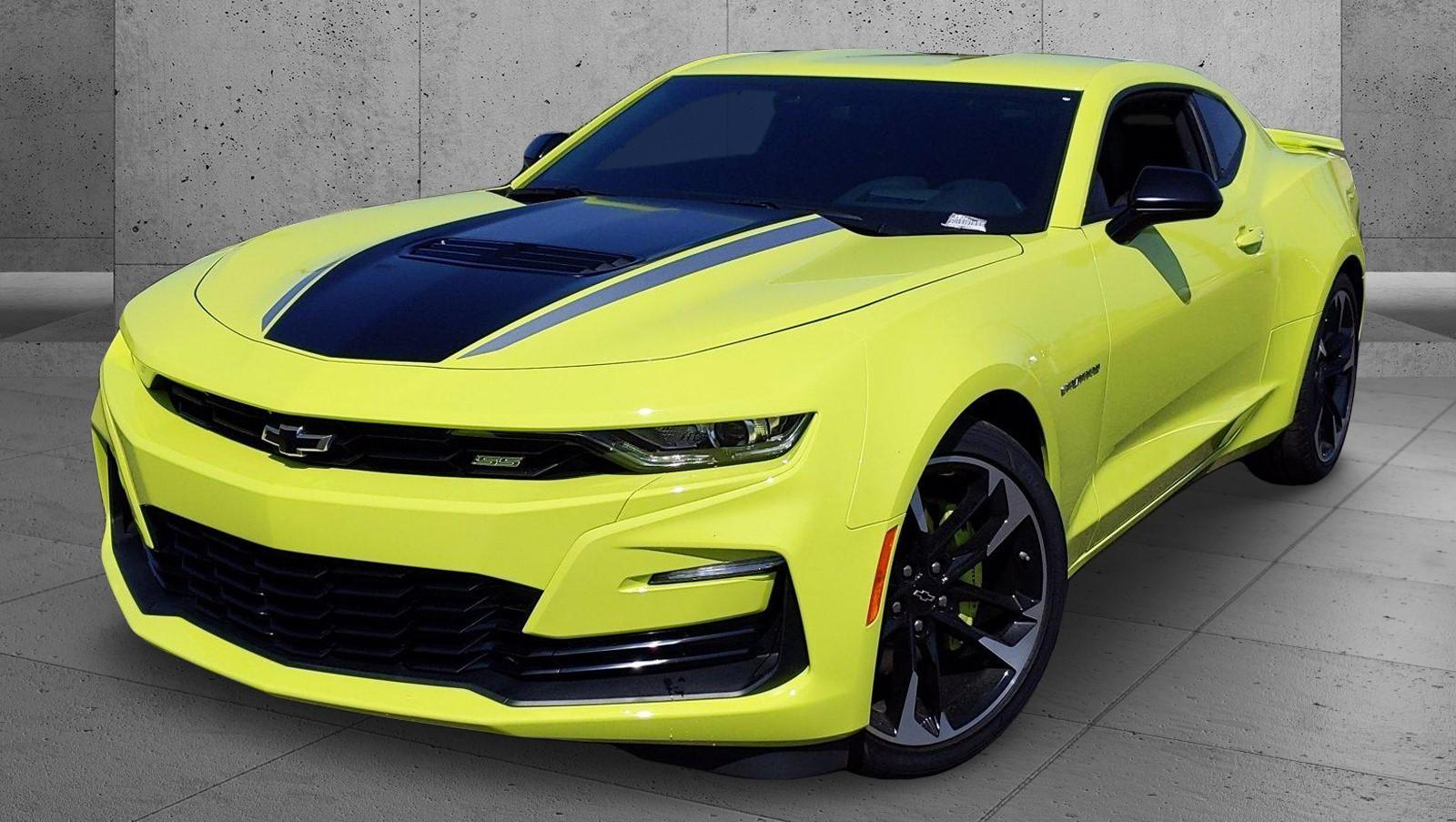 In the case of Camaro vs. Firebird, the competitive fires burns logically, as both shared the same platform and were big players in The Pony Car Wars starting in 1967. With similar styling, one difference between the two cars was under the hood, and Firebird was marketed as an upmarket version of the Camaro, while Camaro became “the people’ car.” And both won at the racetrack.
In the case of Camaro vs. Firebird, the competitive fires burns logically, as both shared the same platform and were big players in The Pony Car Wars starting in 1967. With similar styling, one difference between the two cars was under the hood, and Firebird was marketed as an upmarket version of the Camaro, while Camaro became “the people’ car.” And both won at the racetrack. 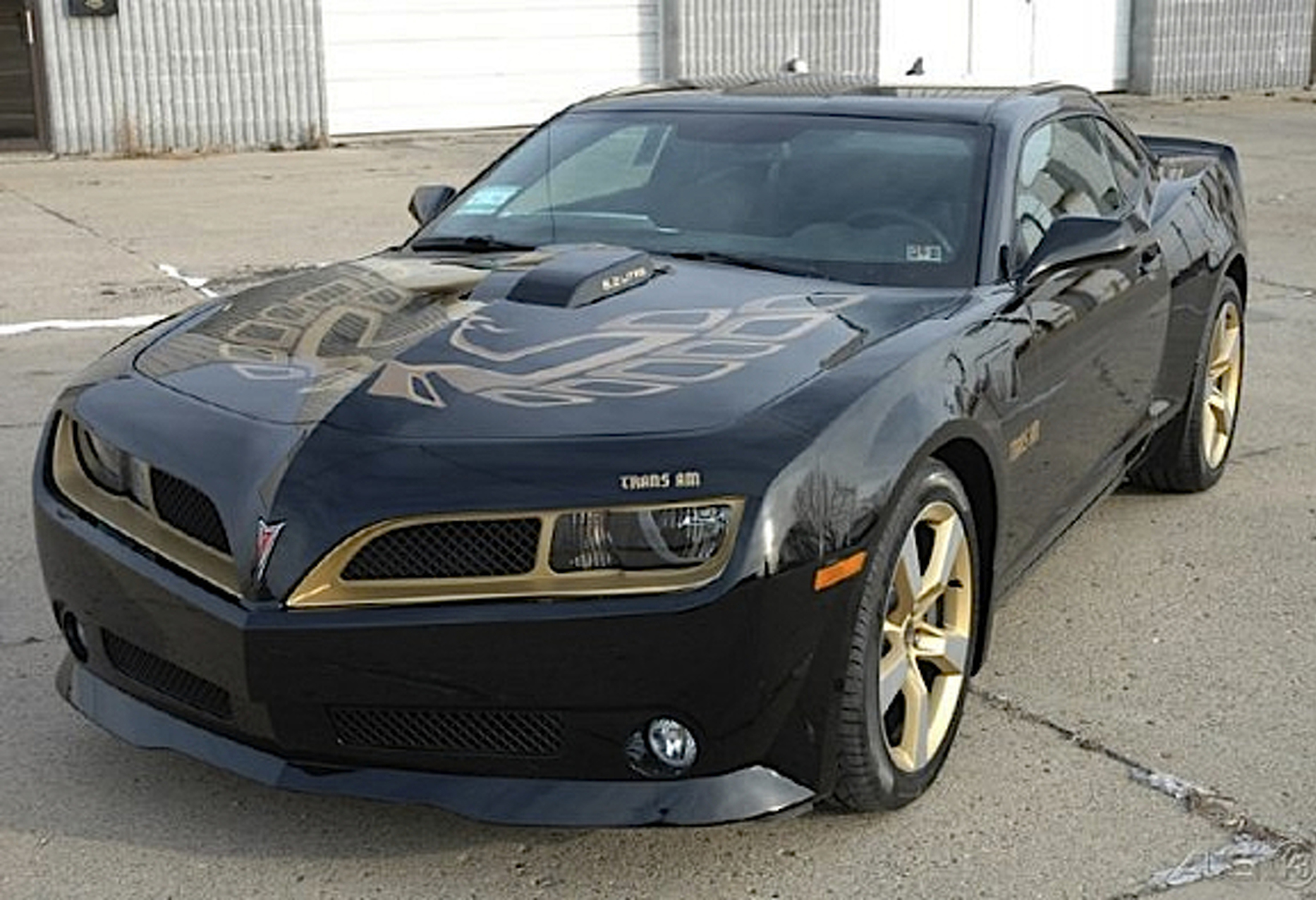
Another internal GM battle subject is the 1973 Olds Cutlass Supreme versus 1973 Pontiac GTO. That is a great topic that we might hear argued at a show, but probably not as spirited as the engine wars that pitted iron-headed big block engines -- 454 Chevy vs. 455 Pontiac vs. 455 Olds against each other. The conversations are spirited and part of the fun of attending big GM car events.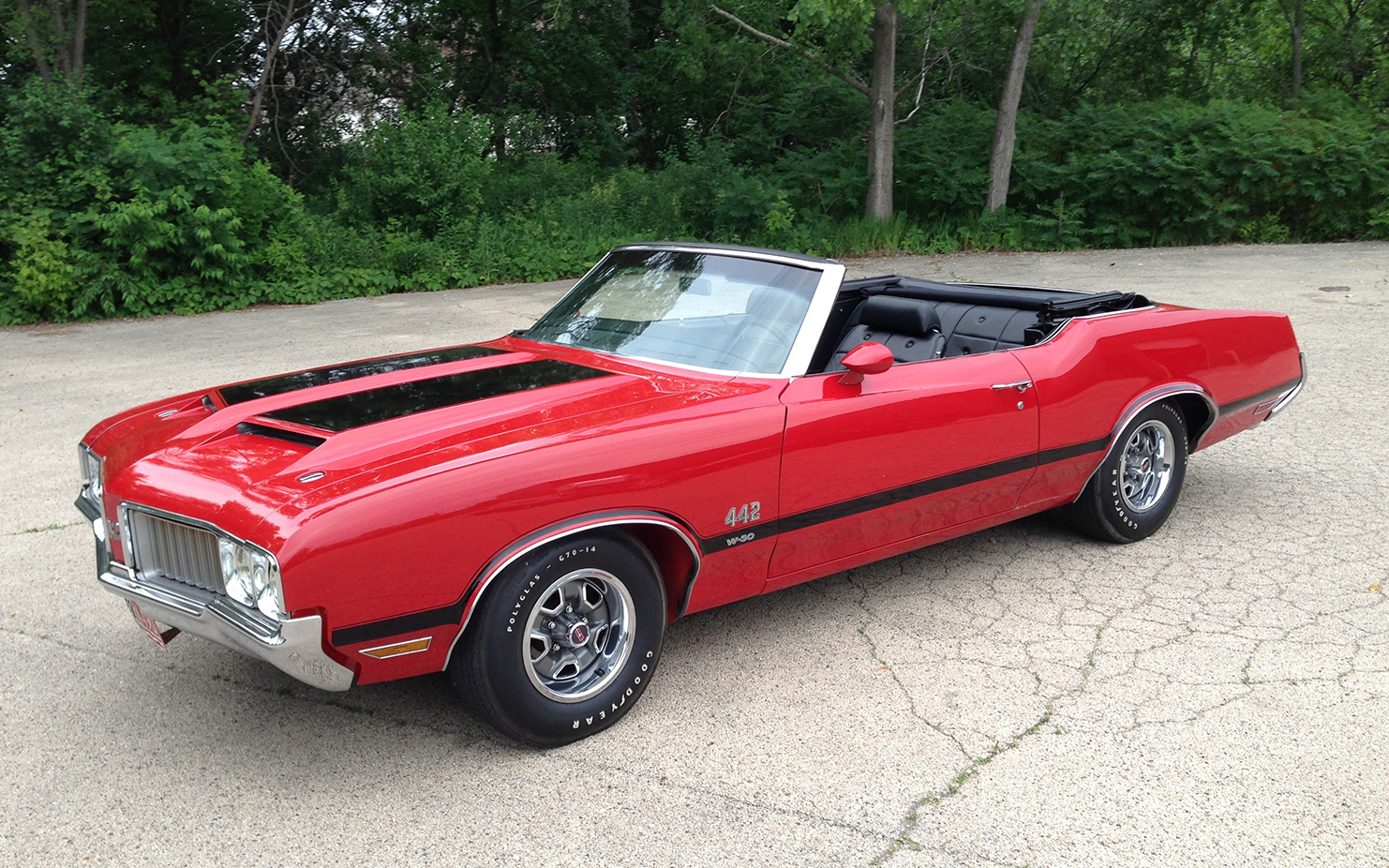
It comes down to this…GM is a family…of cars and enthusiasts, and as with any family, there is competition. Part of the fun and value of attending big car events is discussion and friendly rivalry. The Carlisle GM Nationals is the perfect stage for such a showdown, one in which the enthusiasts win. As noted, the event runs June 25-26 and all aspects of registration are now open. This includes registering for the National Parts Depot Showfield, becoming a vendor or simply purchasing spectator tickets (discounted if purchased online in advance). There's also a bevvy of special displays planned, all of which are open for submission and consideration. Get full details on the event by way of the show's page today and don't miss out in June at Carlisle!
Mike Blake, former editor of KIT CAR magazine, joined Carlisle Events as senior automotive journalist in 2004. He's been a "car guy" since the 1960s and has been writing professionally for about 30 years.
-
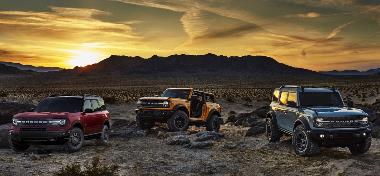
Ford Bronco: Its History Secure, the First SUV is Back for 2021 with ‘Goes Over Any Terrain’ Performance
Tuesday, Feb 9, 2021
Ford began its off-road SUV experience in World War II, when they built GP (General Purpose) vehicles for Allied forces, and gained further GP expe …
Show MoreFord began its off-road SUV experience in World War II, when they built GP (General Purpose) vehicles for Allied forces, and gained further GP experience building the troop utility vehicle, MUTT in the 1950s and ’60s. Following WWII, GIs returning home sought and bought familiar Army surplus GPs for work and outdoor play, but they did not provide the civilian comfort Ford was marketing. In the early 1960s, Ford began developing a more refined, spacious, yet durable off-road vehicle to meet this need – Bronco, which it referred to as a “sports-utility vehicle,” the first SUV developed by the company and first American manufacturer to use the term.
The original Bronco was nicknamed G.O.A.T. by Donald Frey, the Ford vice-president who helped initiate both Mustang and Bronco nameplates, He challenged engineering teams to deliver “go anywhere roadability.” The G.O.A.T. terminology was indicative of the desire to develop a “Goes Over All Terrain” vehicle. However, since the public already nicknamed the Pontiac GTO “GOAT,” and the Dodge Ram insignia was a mountain goat (ram), that terminology was eliminated. Not a company to forget, Ford has brought back Bronco for 2021 and has included a “G.O.A.T.” 4x4 system with an exclusive drive mode set-up, and unique Bronco-variant architectures with class-leading levels of capability and suspension technology. Ford markets the arrangement as a “go over any terrain” system.
The earliest sketches for the Bronco show the now-familiar box-shaped vehicle with the recognizable round headlights and two-door layout. The vehicle underwent constant revisions as its features were molded, and Frey described it as “neither a conventional car nor a truck, but as a vehicle which combines the best of both worlds. It can serve as a family sedan, as sports roadster, a snowplow, or as a farm or civil defense vehicle. It has been designed to go nearly anywhere and do nearly anything.”
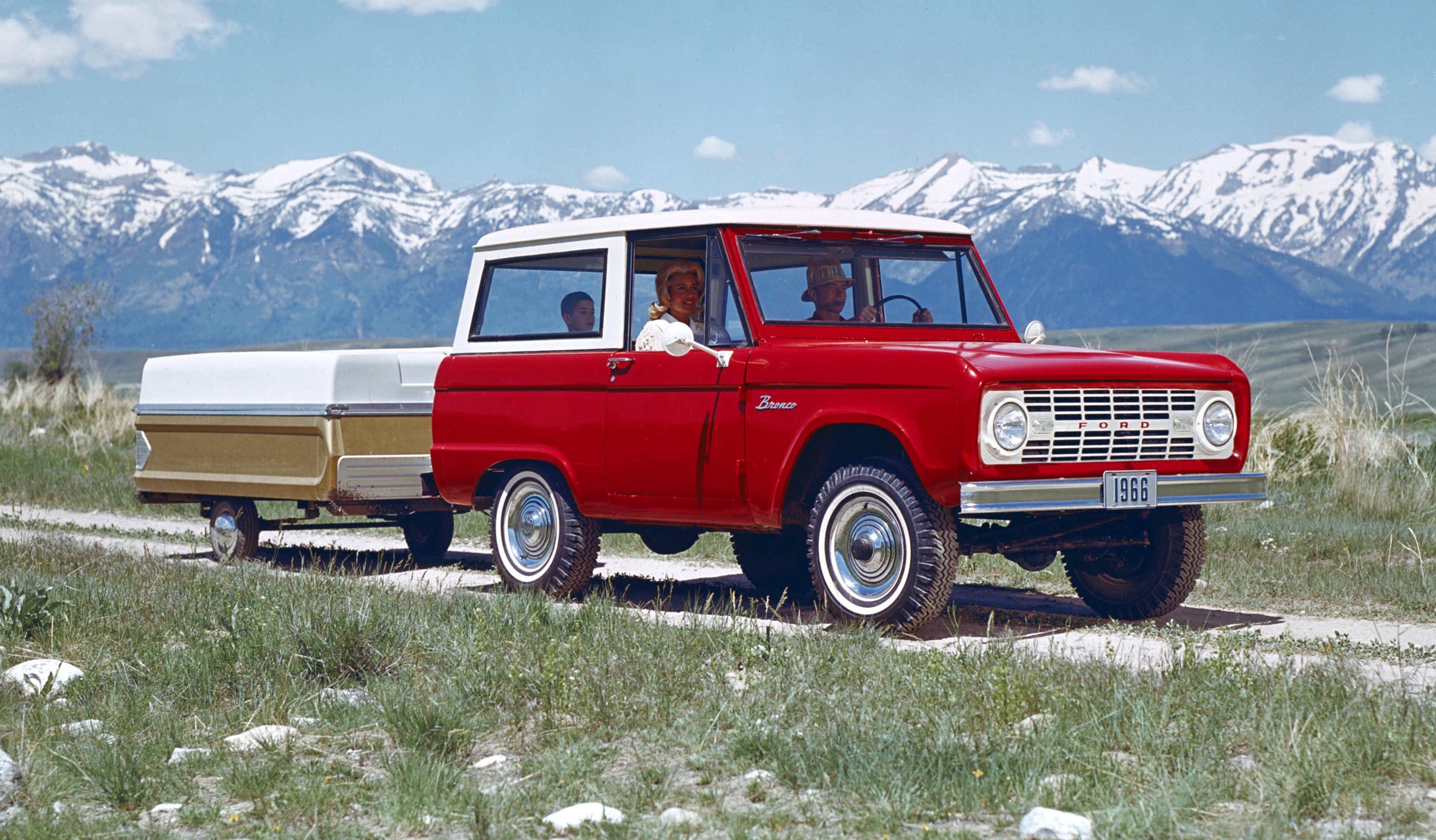 Brought out for the 1966 model year, Bronco was offered in three body styles: the Roadster (open-air model,) Sports Utility (with pickup bed,) and Wagon (two doors, tailgate, full top.) The Roadster was the most basic and least expensive of the three with doors and roof as options. The Sports Utility featured a short top, seating for two or three with a bench seat and a pickup style bed. Over time, the Sports Utility was known as the “half-cab.” The most popular model was the Wagon with a full-length hardtop roof and seating for up to five people with rear bench seat. While there were a large number of optional packages, all three models came with standard four-wheel drive, a 3-speed manual transmission, and a 105-horsepower, 170-cubic-inch, six-cylinder engine. On March 2, 1966, the 289-V-8 was offered as an upgrade and the Bronco’s horsepower and torque rating increased to the top of the sports-utility field.
Brought out for the 1966 model year, Bronco was offered in three body styles: the Roadster (open-air model,) Sports Utility (with pickup bed,) and Wagon (two doors, tailgate, full top.) The Roadster was the most basic and least expensive of the three with doors and roof as options. The Sports Utility featured a short top, seating for two or three with a bench seat and a pickup style bed. Over time, the Sports Utility was known as the “half-cab.” The most popular model was the Wagon with a full-length hardtop roof and seating for up to five people with rear bench seat. While there were a large number of optional packages, all three models came with standard four-wheel drive, a 3-speed manual transmission, and a 105-horsepower, 170-cubic-inch, six-cylinder engine. On March 2, 1966, the 289-V-8 was offered as an upgrade and the Bronco’s horsepower and torque rating increased to the top of the sports-utility field.Five generations of the Bronco were manufactured and sold from the 1966 to 1996 model years, with a sixth generation of the model line brought back for the 2021 model year. The 1966 Bronco joined Mustang as the second Pony in the Blue Oval stable, and originally competed against Jeep CJ-5 and International Harvester Scout.
The public quickly took to Bronco as a vehicle that could take you over any terrain and get you wherever you wanted to go in comfort. A personal case in point: in the late 1960s, my brother-in-law and I went backpacking and trout fishing in the High Sierras of California. Before we backpacked up, we drove my bro-in-law’s 1966 Red-and-White Bronco off-road, over rocks, through tightly situated trees, up steep access and across very rough terrain, as far as we could move on four wheels. We parked it and set off on our hike, and after rock-climbing, river crossing and tree skirting, we came upon an old-timer driving HIS Bronco across bigger rocks, steeper inclines and some flowing water. When I asked him how the heck he got his vehicle up here, he said, “A Bronco can go anywhere, fella.” He shook his head at us and Bronco’d on.
While upgrades were made to the Bronco after its introduction in 1966, the vehicle remained essentially unchanged until 1973, when power steering and automatic transmission were introduced as part of a “Bronco Revolution.” The 302 V-8 option came with the SelectShift Cruise-O-Matic 3-speed transmission, and a new 200-cubic-inch six replaced the 170-cubic-inch six that had been standard since the introduction.
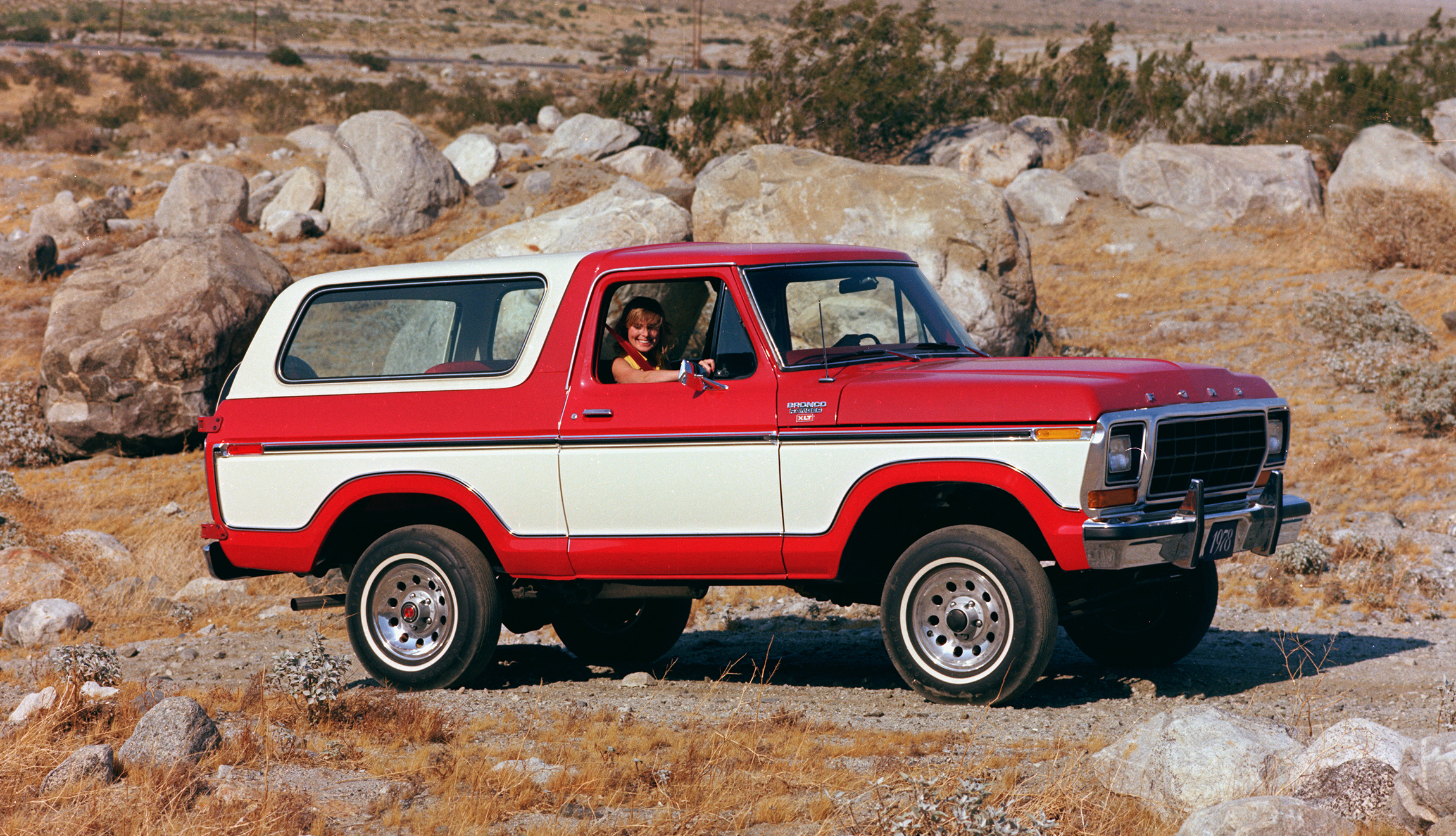 In 1978, Bronco was entirely redesigned as Ford enlarged the Bronco as a short-wheelbase version of the F-Series pickup truck, Now a full-size SUV, Bronco set out to compete against larger sports-utes, and it offered two different V-8 engines and for the first time did not have a V-6 option. Additionally, the interior was completely redone as well, offering more space and more comfortable bucket seats in the front and, with a new recessed footwell, and much more legroom for the passengers in the rear seats. The new model also had two first-time features -- air conditioning and AM/FM radios offered as options.
In 1978, Bronco was entirely redesigned as Ford enlarged the Bronco as a short-wheelbase version of the F-Series pickup truck, Now a full-size SUV, Bronco set out to compete against larger sports-utes, and it offered two different V-8 engines and for the first time did not have a V-6 option. Additionally, the interior was completely redone as well, offering more space and more comfortable bucket seats in the front and, with a new recessed footwell, and much more legroom for the passengers in the rear seats. The new model also had two first-time features -- air conditioning and AM/FM radios offered as options. The 1980 to 1986 third-generation Bronco became smaller, lighter, and more aerodynamic and fuel-efficient, based on the shorter F-150 platform featuring both V-6 and V-8 engines, coinciding with rising gas prices and attention to fuel economy. The third-Gen Bronco was the first to offer independent front suspension replacing the monobeam front end. A revolutionary front-wheel-drive independent front suspension and new frame were well received by the buying public and automotive press.
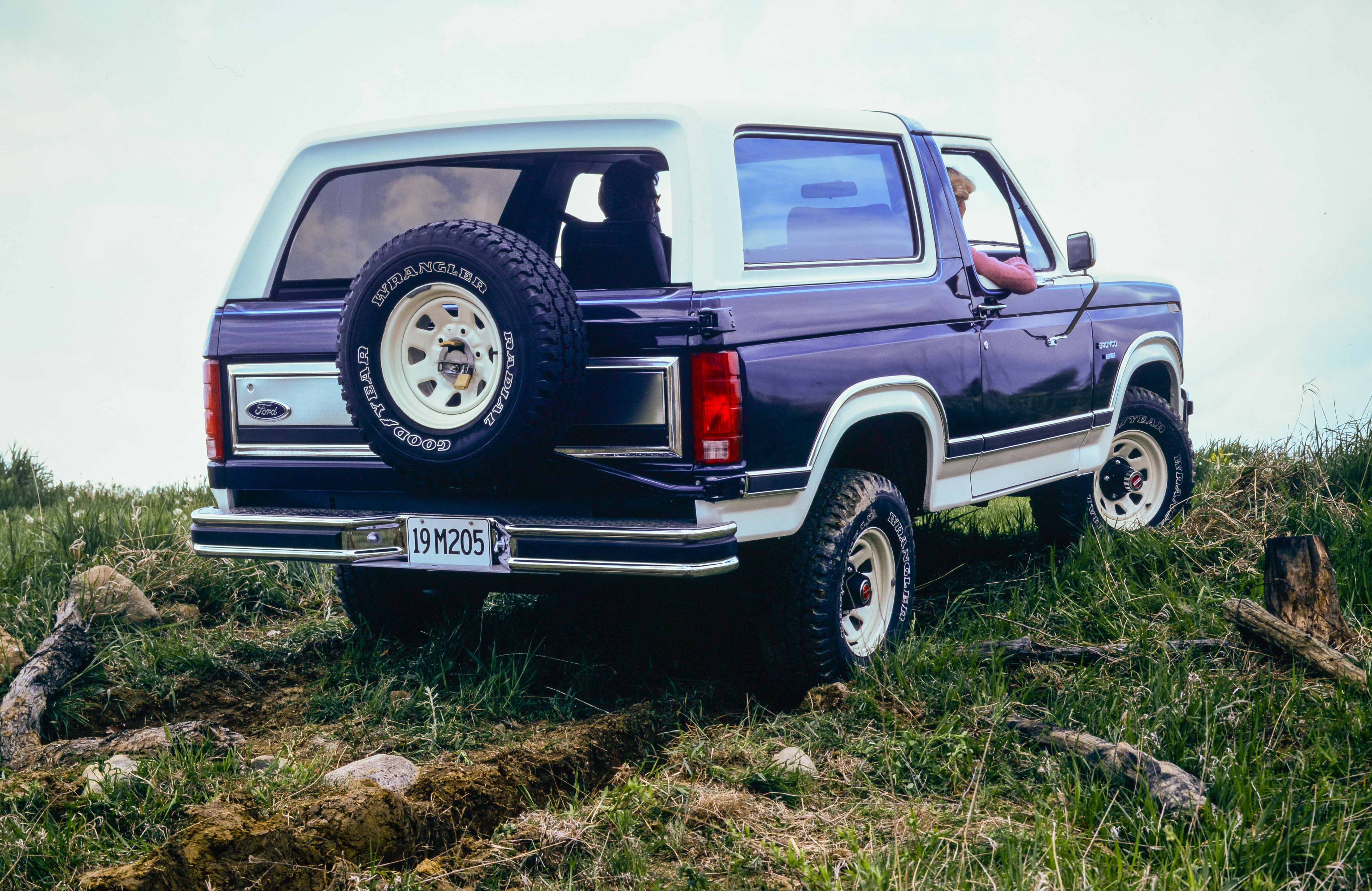 The Bronco II was introduced in March 1983 as a 1984 model. The smaller brother to the Bronco, the Bronco II was built through 1990 and was based on the smaller Ranger platform. Popular options included an Eddie Bauer trim package. Advertising touted the rugged toughness of the Bronco and Eddie Bauer gear. After 1990, the Bronco II was discontinued as the new Ford Explorer was introduced in that segment.
The Bronco II was introduced in March 1983 as a 1984 model. The smaller brother to the Bronco, the Bronco II was built through 1990 and was based on the smaller Ranger platform. Popular options included an Eddie Bauer trim package. Advertising touted the rugged toughness of the Bronco and Eddie Bauer gear. After 1990, the Bronco II was discontinued as the new Ford Explorer was introduced in that segment.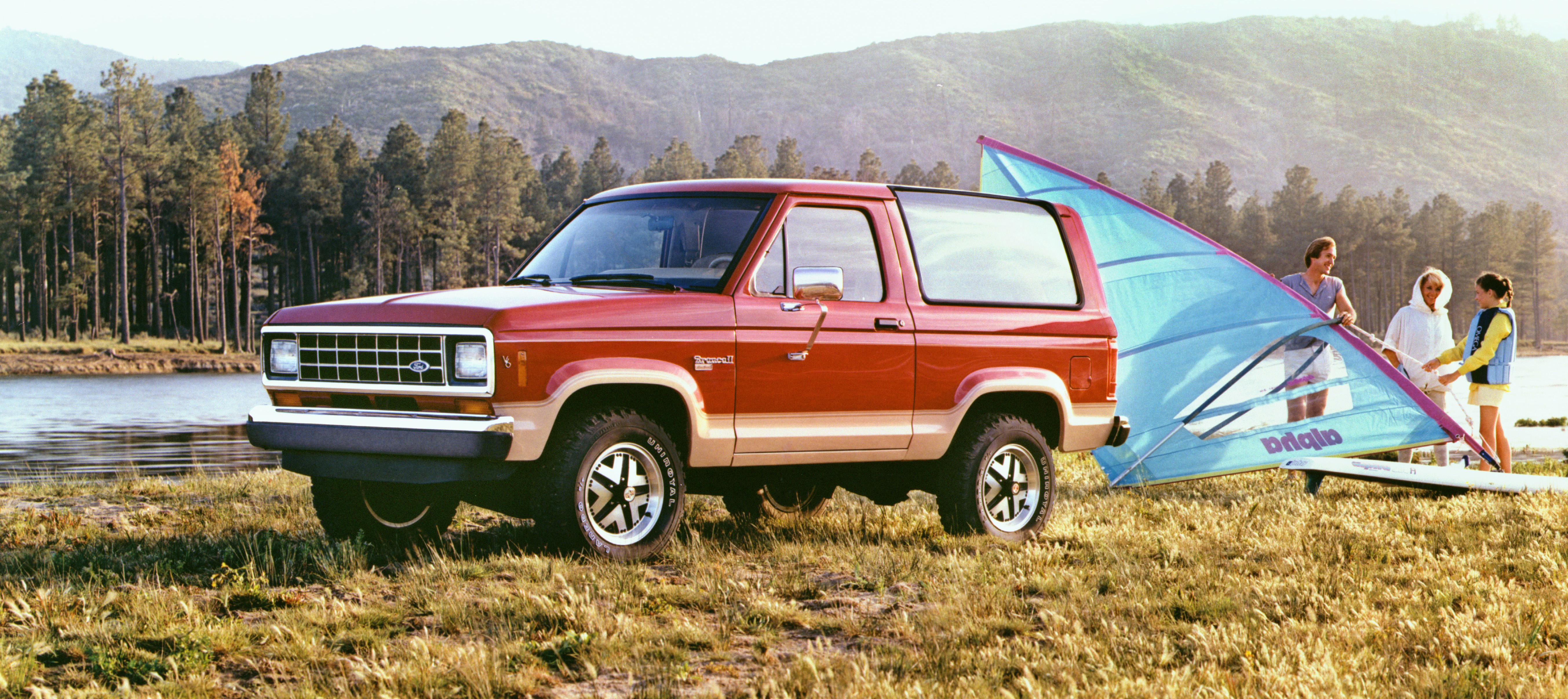 The 1987 to 1991 fourth-generation Bronco received an aerodynamically redesigned front end and a variety of modernized features. This generation saw the introduction of electronic fuel injection, rear anti-lock brakes and, after 1988, 5-speed manual transmissions. Custom trim packages included a special 25th anniversary edition with a special Currant Red exterior and charcoal leather seating.
The 1987 to 1991 fourth-generation Bronco received an aerodynamically redesigned front end and a variety of modernized features. This generation saw the introduction of electronic fuel injection, rear anti-lock brakes and, after 1988, 5-speed manual transmissions. Custom trim packages included a special 25th anniversary edition with a special Currant Red exterior and charcoal leather seating. 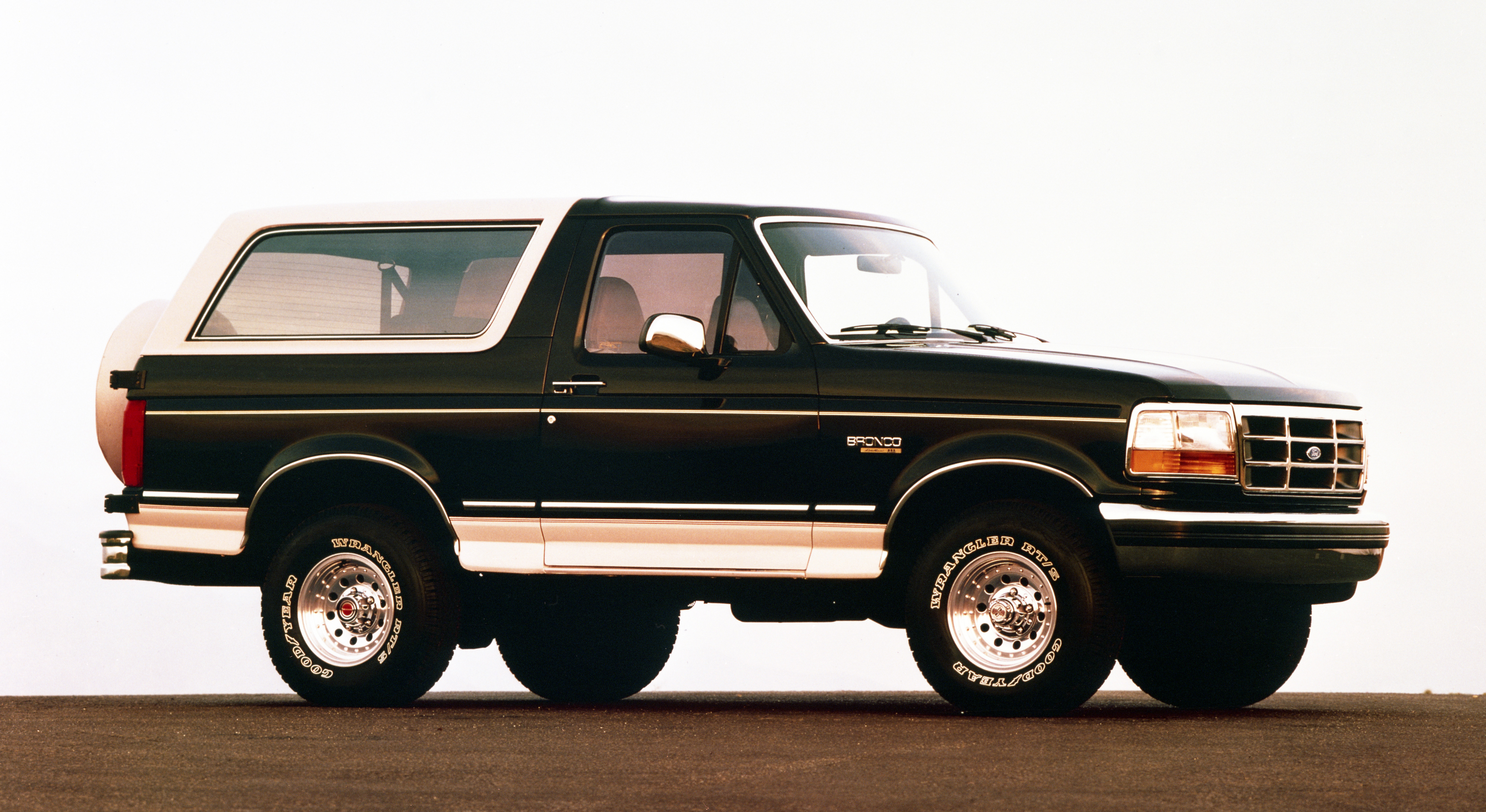 The final Bronco generation between 1992 and 1996 included minimal body and styling tweaks, but showed enhanced safety and utility features. Ford advertised the 1992 Bronco as the “Smartest Bronco ever.” This generation was the first to feature driver’s side airbags, three point seat belt systems and, by 1994, an air conditioning system that used a refrigerant that was free of chlorofluorocarbons. It was a 1993 Bronco that O.J. Simpson was a passenger in during his two-hour slow-speed chase in June, 1994.
The final Bronco generation between 1992 and 1996 included minimal body and styling tweaks, but showed enhanced safety and utility features. Ford advertised the 1992 Bronco as the “Smartest Bronco ever.” This generation was the first to feature driver’s side airbags, three point seat belt systems and, by 1994, an air conditioning system that used a refrigerant that was free of chlorofluorocarbons. It was a 1993 Bronco that O.J. Simpson was a passenger in during his two-hour slow-speed chase in June, 1994.Dormant for a quarter-century, Bronco is back for 2021, with an all-new Bronco outdoor brand of Built Wild™ SUVs. The current Bronco family includes a two-door, first-ever Bronco four-door model and all-new rugged, small SUV, Bronco Sport – the only domestic brand of SUVs with standard 4x4.
Race-bred EcoBoost® engines plus class-exclusive 7-speed manual and available 10-speed automatic transmissions give the all-new Bronco the optimal combination of power, torque and gear ranges to perform in a wide variety of terrains and uses. The available 2.7-liter EcoBoost engine delivers 310 horsepower and 400 lb.-ft. of torque, while the 2.3-liter EcoBoost provides 270 hp and 310 lb.-ft. The 2021 Bronco is touted to provide on-road comfort, off-road and rock climbing capability. Purpose-built and ready for action, Bronco continues its heritage as a Goes Over Any Terrain beast.
From its birth, Bronco has held a special place in popular culture and has been featured in more than 1,200 films and 200 songs. Furthermore, since Ford ended its first production run in 1996, Bronco SUVs have gained a following with collectors and enthusiasts. The reemergence of Bronco has helped jump vintage valuations, with premium auction results showing a doubling of Bronco sales prices over the past three years from $39,763 to $74,820 with the 1966-77 Broncos gaining some 75.8 percent -- among the highest vehicle price increases of all collectible SUVs over the past three years.
With the new Bronco available to consumers, expect to see some at the Carlisle Ford Nationals presented by Meguiar's this summer, June 4-6 at the Carlisle PA Fairgrounds. In addition to what will be on the National Parts Depot Showfield, Ford will likely have some as part of their display too. Finally, Ford Nationals weekend spotlights all things Stroppe! From the Stroppe Baja Broncos to the Lincoln and Mercury Stroppe racecars of old, a nice Stroppe themed mix will be on display inside and outside of Building T. There are even some display specific surprises planned. Stroppe owners are encouraged to be part of this display by applying for consideration at CarlisleFeatures.com.
Mike Blake, former editor of KIT CAR magazine, joined Carlisle Events as senior automotive journalist in 2004. He's been a "car guy" since the 1960s and has been writing professionally for about 30 years. -
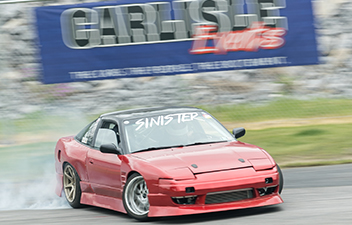
Drifting: Car Sliding While Putting on a Show…Performance and Style
Tuesday, Feb 2, 2021
Drifting – the art of car sliding in competition, may be the fastest-growing motorsport. Made popular in America by such drifting-focused films as …
Show MoreDrifting – the art of car sliding in competition, may be the fastest-growing motorsport. Made popular in America by such drifting-focused films as “Fast and Furious: Tokyo Drift,” “Mischief 3000,” “Evolusi KL Drift,” “Drift The Sideways Craze” and the manga anime “Initial D,” along with an homage to the skill in the animated “Cars” film, drifting is as much about performing as performance, as putting on a good show is what enthusiasts like to see and how points are scored.
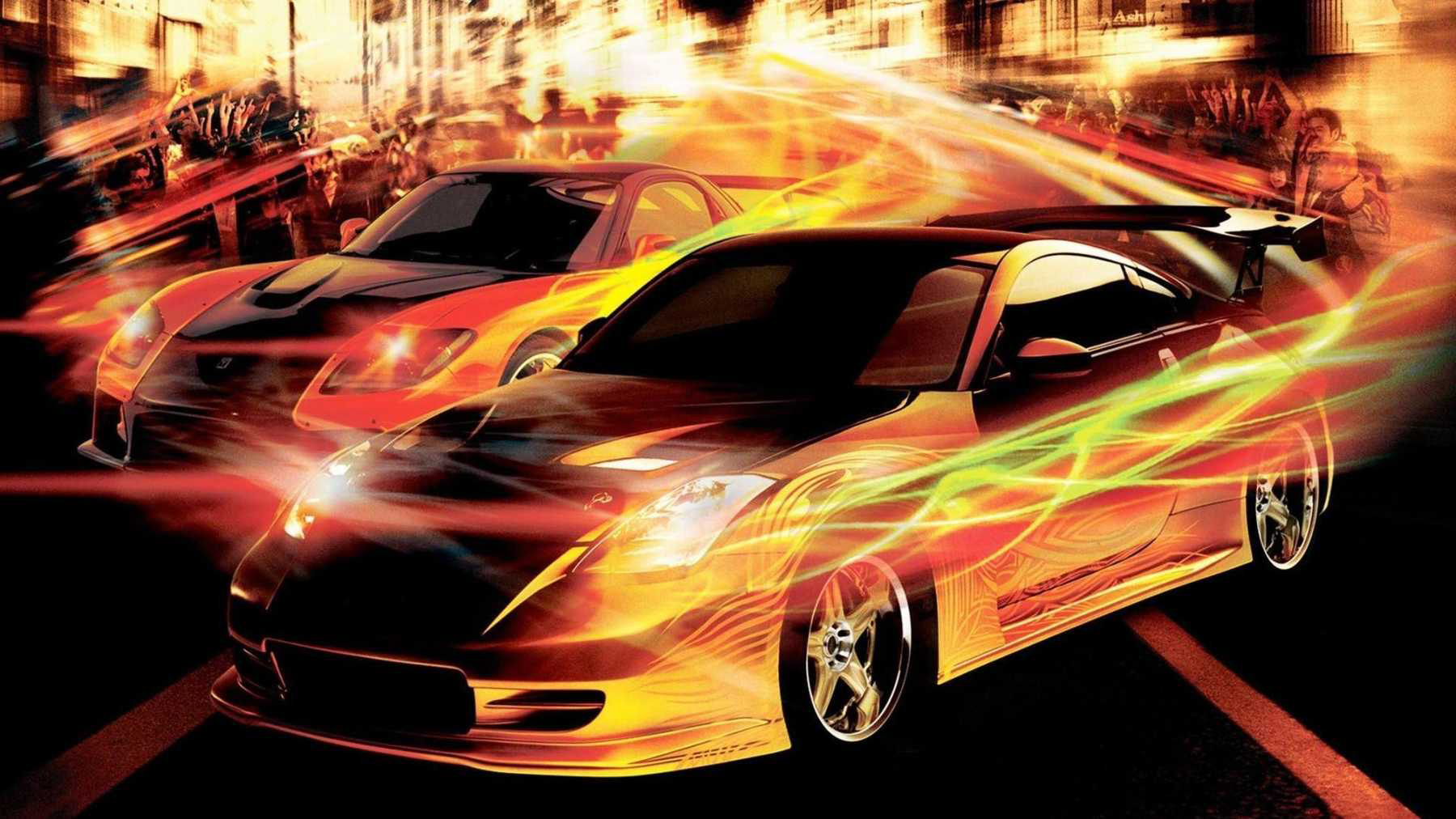
To maintain the best speed possible during rallies, races or just entertaining fans by showing off, drivers employ a technique known as drifting, in which the driver purposely oversteers, with loss of traction, while maintaining control and driving the car through the entirety of a corner. This practice causes the rear slip angle to exceed the front slip angle so that, in many cases, the front wheels point in the opposite direction to the turn – so if the car is turning left, the wheels are pointed right or vice versa. This situation is also called opposite lock or counter-steering. Drifting differs from “four-wheel-drift” used in Grand Prix and sports car racing, in which cornering at high speed is aided by clutch kicking, then purposely oversteering and countersteering.
Sliding sideways at high speeds has been an American practice since the automobile got into the hands of those who saw the car as more than simply transportation, but the genre of drifting has its beginnings in Japan … or Sweden.
 The most widely accepted origin story is that in the 1970s, Keiichi Tsuchiya introduced sliding during races, a technique he developed after watching motorcycle racer/auto racer Kunimitsu Takahashi drift in the All-Japan Touring Car Championships. Tsuchiya honed his skills while racing on Japanese mountain roads and became known as “Drift King”. A lesser-known beginning is credited to a Scandinavian practice of “flicking,” a technique of initiating oversteer using the handbrake, to prevent the vehicle losing momentum on the track during rallies. This thread goes on to say that Japanese racers picked up the technique, revolutionized it and led to a sport all its own. From there, we still go back to Tsuchiya, who starred in the first drifting video, “Pluspy,” which inspired racers and organizers to hold the first major drifting event: the D1 Grand Prix, in 2000.
The most widely accepted origin story is that in the 1970s, Keiichi Tsuchiya introduced sliding during races, a technique he developed after watching motorcycle racer/auto racer Kunimitsu Takahashi drift in the All-Japan Touring Car Championships. Tsuchiya honed his skills while racing on Japanese mountain roads and became known as “Drift King”. A lesser-known beginning is credited to a Scandinavian practice of “flicking,” a technique of initiating oversteer using the handbrake, to prevent the vehicle losing momentum on the track during rallies. This thread goes on to say that Japanese racers picked up the technique, revolutionized it and led to a sport all its own. From there, we still go back to Tsuchiya, who starred in the first drifting video, “Pluspy,” which inspired racers and organizers to hold the first major drifting event: the D1 Grand Prix, in 2000.D1, founded by Option drifting magazine magnate, Daijiro Inada, was originally called “The All Japan Professional Drift Championship,” and was not the first organized drift event or even first drift competition, but it was embraced by Japanese media and was publicized in magazines and videos. Early drift events migrated to America, and even before D1, Inada, presented a drifting event in 1966 at Willow Springs (CA) Raceway. Drifting has since evolved into an international sports phenomenon in which drivers manipulate their rear-wheel-drive (in most cases) modified performance rides in various maneuvers to earn points based on judges’ scoring. One such maneuver is having the driver keep the car sliding for extended periods of time, often linking several turns.
Few competitions are for speed as with typical races, so there’s no checkered flag. Most events involve a figure-skating (complete the maneuver) regimen, or follow-the-leader approach in which drivers must follow the line of the lead vehicle and NOT pass. Other points can be awarded to those with the highest speed for the angle carried through the course. The fewer corrections needed through the course are also worthy of style points. Spinning is a point-loser, unless the lead driver spins in a follow-the-leader event. Tire smoke counts and when allowed, a legal pass gains points. In case of a tie, there is often a solo demonstration of the pass … and just like in a slam dunk contest, style prevails. Judges, generally a three-judge panel, award points on speed, angle of attack, precision, control, keeping the car in a straight driving line and style-style-style.
Drift cars are usually light- to moderate-weight rear-wheel-drive coupes and sedans, and power levels vary widely. Often, competitors will convert all-wheel-drive cars to RWD, as AWD rides have been banned from most of today’s events. Popular AWD conversions include Nissan GT-R, Subaru WRX, Toyota Avensis, Scion tC and Mitsubishi Lancer Evolution.
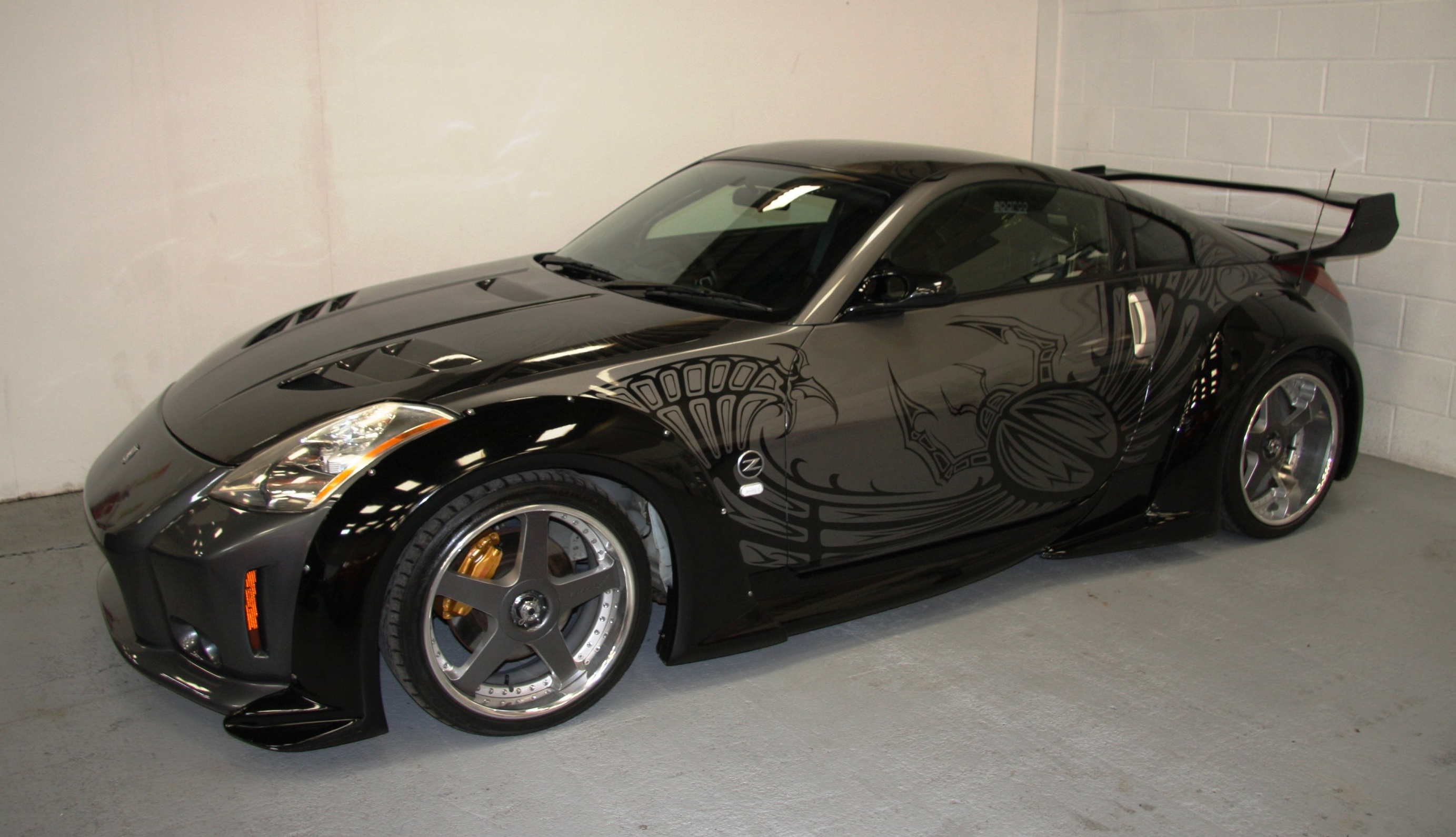 In early events, the top performing cars were Nissan 350Z, Dodge Viper and Charger, Nissan 370Z and Scion tC with healthy competition from Mazda RX-7 and Pontiac Solstice.
In early events, the top performing cars were Nissan 350Z, Dodge Viper and Charger, Nissan 370Z and Scion tC with healthy competition from Mazda RX-7 and Pontiac Solstice.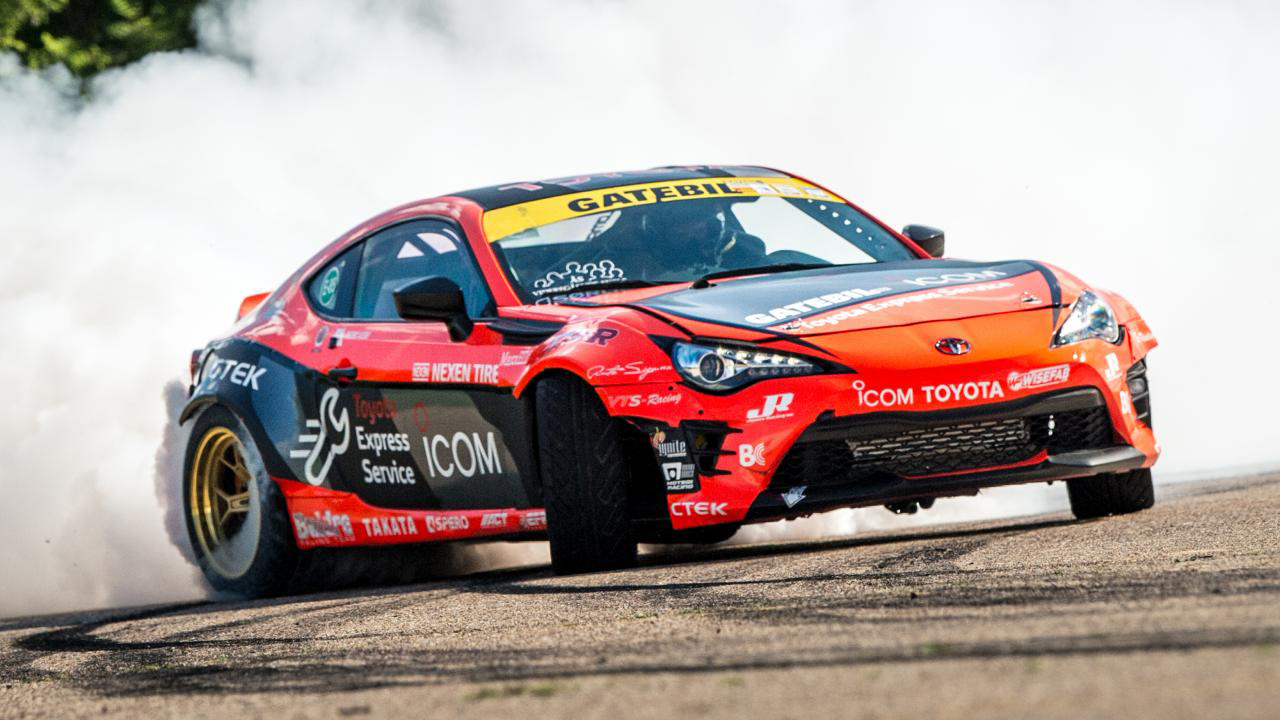 While any performance vehicle that has been modified to take on the genre can compete, today’s most popular drift cars cover badges from across the world, with heavy emphasis on Nissan. Among the top performers are Nissan’s 370Z, 350Z, 240SX, 200SX and Silvia S14; Toyota 86 and the old Corolla AE86; Scion FR-S; Honda S2000; Lexus IS300; Subaru BRZ; and Mazda RX-7 and MX-5. Germany is represented with Mercedes-Benz AMG GT 63S, and BMW slides with E36, E46 and the M5. It is the M5 that holds the record for longest continuous drift, breaking the mark set by Toyota GT86. America comes to the fray with such performers as Ford Mustang, the old Goat -- Pontiac GTO and Ford Focus.
While any performance vehicle that has been modified to take on the genre can compete, today’s most popular drift cars cover badges from across the world, with heavy emphasis on Nissan. Among the top performers are Nissan’s 370Z, 350Z, 240SX, 200SX and Silvia S14; Toyota 86 and the old Corolla AE86; Scion FR-S; Honda S2000; Lexus IS300; Subaru BRZ; and Mazda RX-7 and MX-5. Germany is represented with Mercedes-Benz AMG GT 63S, and BMW slides with E36, E46 and the M5. It is the M5 that holds the record for longest continuous drift, breaking the mark set by Toyota GT86. America comes to the fray with such performers as Ford Mustang, the old Goat -- Pontiac GTO and Ford Focus.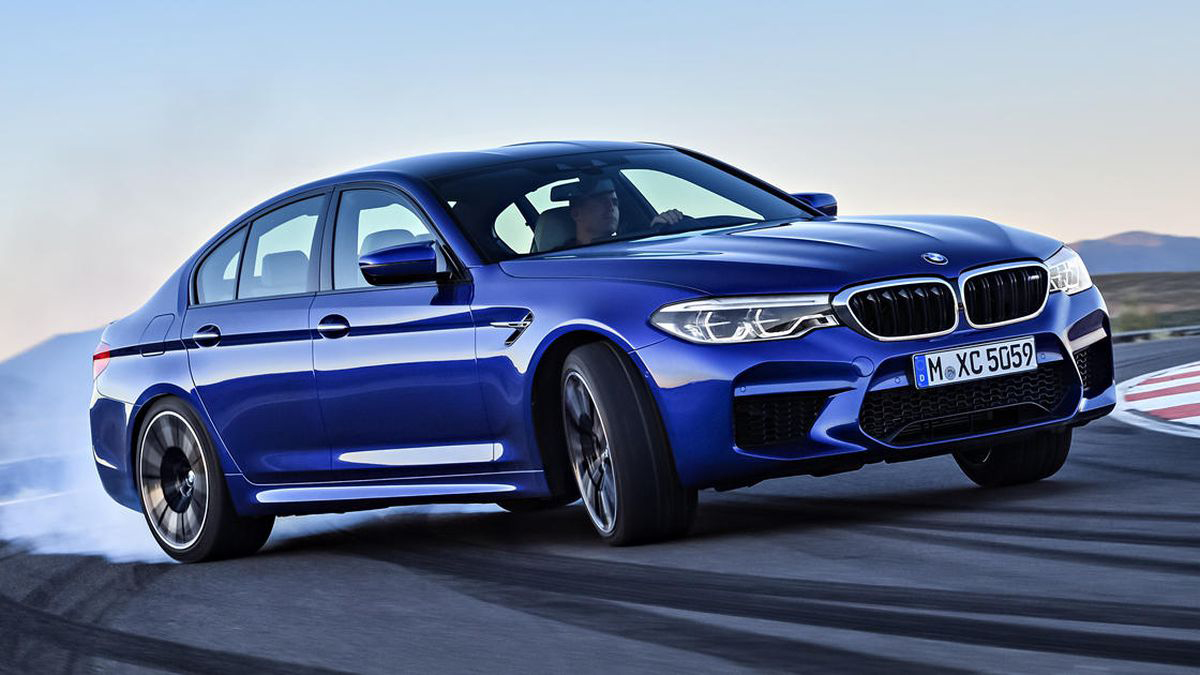
So get your motor running and slide with style…fast and furious with your styling drift. In fact, if you want to drift AND enjoy a car show, the Carlisle Import & Performance Nationals (May 14-15) offers you both. From an international Showfield to drifting and autocross by way of NICOFest, the weekend gives you a chance to have fun, all while pushing your ride and driving skills to the test. Register for the event, purchase discounted spectator tickets or learn more about NICOFest at CarlisleEvents.com or by calling 717-243-7855 today.
Mike Blake, former editor of KIT CAR magazine, joined Carlisle Events as senior automotive journalist in 2004. He's been a "car guy" since the 1960s and has been writing professionally for about 30 years.
-
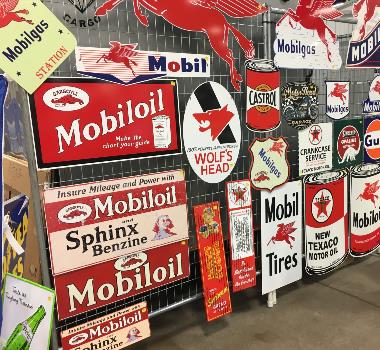
Tips for Parts Shopping at Swap Meets: Have fun and be Prepared
Tuesday, Jan 26, 2021
Since automotive swap meets began in the late 1940s or early ’50s, they have been a treasure chest of items for collectors, enthusiasts, project bu …
Show MoreSince automotive swap meets began in the late 1940s or early ’50s, they have been a treasure chest of items for collectors, enthusiasts, project builders, professional auto shops, amateur “car people”, the curious, and families who embark on a bonding “car history day.” For many attendees, automotive swap meets are a bargain hunters’ paradise, but they are more than that. Swap meets offer the bargains, the collector pieces and hard-to-find parts, and they are also family events, networking hubs and can be annual can’t-miss experiences for car and car-part lovers.
The Spring Carlisle Collector Car Flea Market and Corral at the Carlisle Fairgrounds, in Carlisle, PA, is an evolution of the Fall Carlisle Collector Swap Meet & Car Corral in 1974, which led to a similar Spring event in 1977. Held on an 82-acre cornucopia of everything automotive, Spring Carlisle showcases 8,200 vending spaces, each filled with items from aftermarket to reconditioned parts to original parts to car care products. Event-experience motives aside, the primary goal of most who attend automotive swap meets, is finding the right part or parts … and finding them at the right price.
Tim Demark, Carlisle Events Vendors Manager said, “Vendors show classic used parts from tires to the top of the car, new parts for currents to antique parts for classics. They encompass all projects and needs. These parts can be had for the right price…if you understand the process.”
To be successful in swap meet shopping, have fun and be prepared. Demark said, “Swap meets are a picker’s haven if you adhere to these five Golden Rules:
.jpg?sfvrsn=3f2b6b80_0) 1. Be methodical. Always write down the space marker of a vendor space at which you see an item you want to buy. If you see it and temporarily pass it up, you might not remember where it is.
1. Be methodical. Always write down the space marker of a vendor space at which you see an item you want to buy. If you see it and temporarily pass it up, you might not remember where it is. 2. Work the field in quadrants and sections and take notes on maps or directories. Break the field up using landmarks (e.g. the stage and grandstand; the infield and car corral; the north hill, etc.).
 3. Wear comfortable shoes … it’s a large field.
3. Wear comfortable shoes … it’s a large field.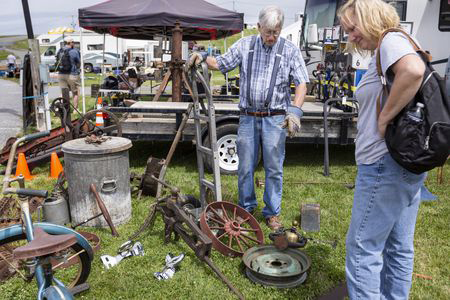 4. You may need two three days to get it right. At Carlisle, we have 8,200 vendor spaces. Take your time or take a few days to see it all. And wear comfortable shoes … it’s a large field. Have fun seeing it all.
4. You may need two three days to get it right. At Carlisle, we have 8,200 vendor spaces. Take your time or take a few days to see it all. And wear comfortable shoes … it’s a large field. Have fun seeing it all.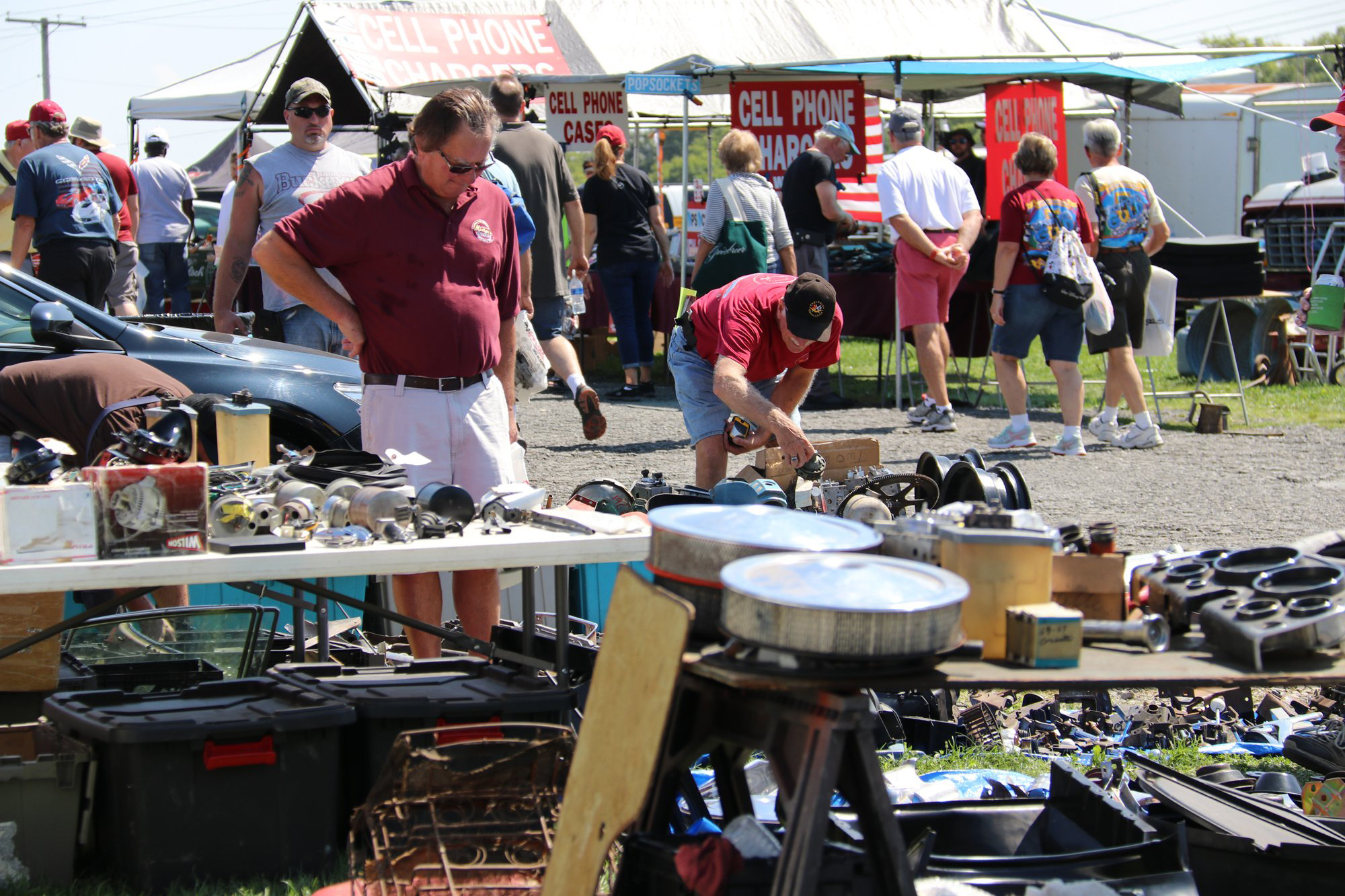 5. Bring something to haul your purchases, or remember that at Carlisle, we have free parts hauling that covers our 82 acres.
5. Bring something to haul your purchases, or remember that at Carlisle, we have free parts hauling that covers our 82 acres.Demark added, “When shopping, the best tip is: Be aggressive. You can always ask, ‘is that the best you can do?’ The more aggressive you are, while being respectful and not low-balling too low, the better you can do. Don’t start a battle, but look for the truth … a true fair price.
Demark added, “Have fun and be flexible. Look hard and don’t be afraid to talk to the guy across from you – vendor or fellow shopper – he may have the answer or part you are looking for, or know where to find it.
Ed Buczeskie, Carlisle Spring and Fall and Imports Manager added, “ANY item can be had for a bargain. However, large items are typically the best for bargaining because they take up space and space is important. If someone sells a large item, it makes more space in the truck/trailer for the trip home.”
Buczeskie cautioned, “I would NOT recommend trying to bargain on something that’s already priced well. It’s already a deal. Take it and walk away. Why risk offending the seller if it’s already a good deal? But if you’re planning to negotiate, it helps to ‘read’ the seller before trying to bargain. Before even talking to the seller, try to watch how he/she deals with other potential buyers first if possible. Once you have a read on the seller, try to ‘match’ the seller’s demeanor. No matter what, BE RESPECTFUL. Respect can get you a better deal … sellers like giving deals to nice people. But in the end, it never hurts to try to negotiate if you are reasonable.”
Some of Buczeskie’s tips for buyers include:
1. If you find a deal, or it’s something you really need and you’re not likely to find another one, BUY IT NOW. If it’s a deal to you, it’s probably a deal to others, so someone else WILL buy it if you don’t.
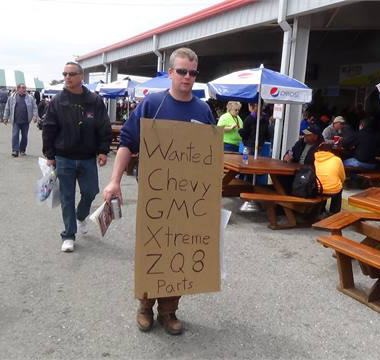 2. Be prepared. Make a list of what you need before you come to the event. This will help you to remember what you’re looking for. You can share your needs with your buddies so they can also be on the lookout, and you can share with a vendor who might have similar item or know where to get it.
2. Be prepared. Make a list of what you need before you come to the event. This will help you to remember what you’re looking for. You can share your needs with your buddies so they can also be on the lookout, and you can share with a vendor who might have similar item or know where to get it.3. Do your homework on the parts you are looking for before you come to the event – what’s it worth, how hard is it to find, etc. This way you’ll know if you find a good deal.
In short, the top shopping tips to consider include:
1. Be prepared. Do your due diligence … research what you want to obtain.
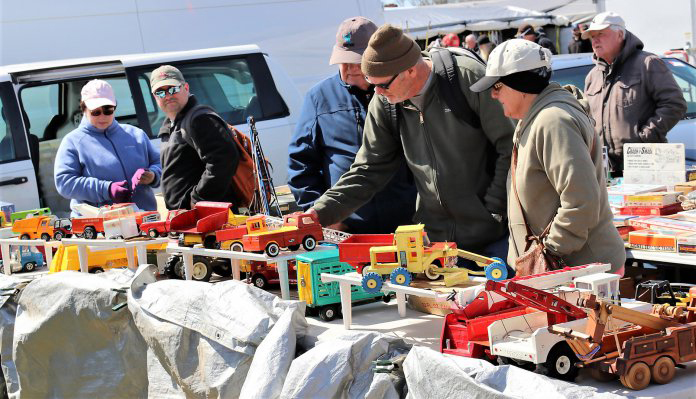 2. Arrive early and look at everything you can, you might find a treasure you aren’t looking for. Also, by arriving early, you may get the deal before someone else does.
2. Arrive early and look at everything you can, you might find a treasure you aren’t looking for. Also, by arriving early, you may get the deal before someone else does.3. Haggle. Get the best respectful deal you can.
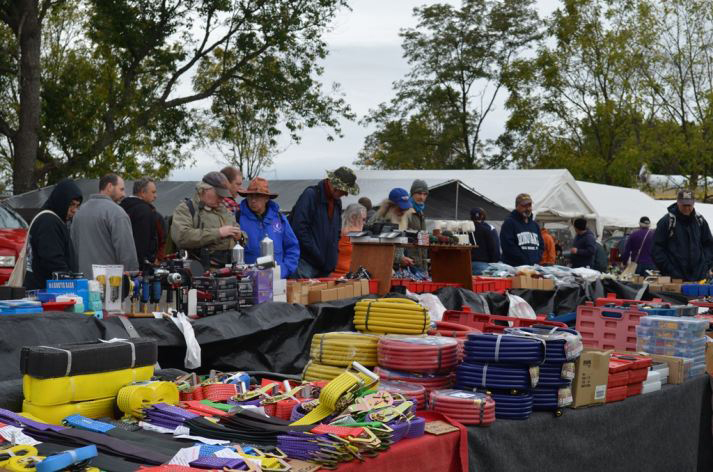 4. Network and talk to others. That’s part of the fun, part of the experience, and it could lead to the best deal or best item you can find.
4. Network and talk to others. That’s part of the fun, part of the experience, and it could lead to the best deal or best item you can find.5. Have fun. It is an event, after all. Enjoy the location, the conversations and the experience.
Next month, we’ll talk about how to make a deal (Swaps), after all, Spring Carlisle itself starts on April 21 and runs five days at the Carlisle PA Fairgrounds. To learn more about the event, purchase spectator tickets, secure vending space and more, call Carlisle Events at 717-243-7855 or visit them online at CarlisleEvents.com for more on the automotive hobby.
Mike Blake, former editor of KIT CAR magazine, joined Carlisle Events as senior automotive journalist in 2004. He's been a "car guy" since the 1960s and has been writing professionally for about 30 years.
-
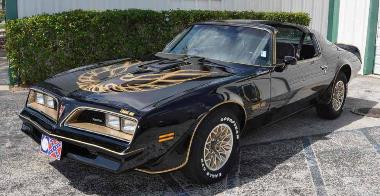
GM Cars on Film: These Movie Stars Had Four Wheels
Tuesday, Jan 19, 2021
Do you go to movies for the action? The special effects? The acting? The plot and characters? Certain actors and actresses? Those are all good reasons …Do you go to movies for the action? The special effects? The acting? The plot and characters? Certain actors and actresses? Those are all good reasons, but some of also go for the real scene-stealers … the cars that star in the films.Show More
Since the 1920s, cars have played roles in “action films.” From silent movie days to current tire-smoking, gorge-jumping thrillers. Doc Brown’s time-machine 1982 DeLorean DMC-12 and James Bond’s weapon-loaded 1964 Aston Martin DB5 may top some lists, but for this treatment of the subject, let’s only consider GM’s four-wheeled movie stars … and there are plenty that don’t finish second to any other film cars.
Now, my Top 10 list is arbitrary and you may have your own iconic cars of the stars, so let us know your choices, if we didn’t include them here. The list below is filled with action stars, sometimes style over substance, but vehicles that in many cases overshadowed the plots and the acting. Let’s start with a river-jumping, bet-winning icon of the movie ’70s.
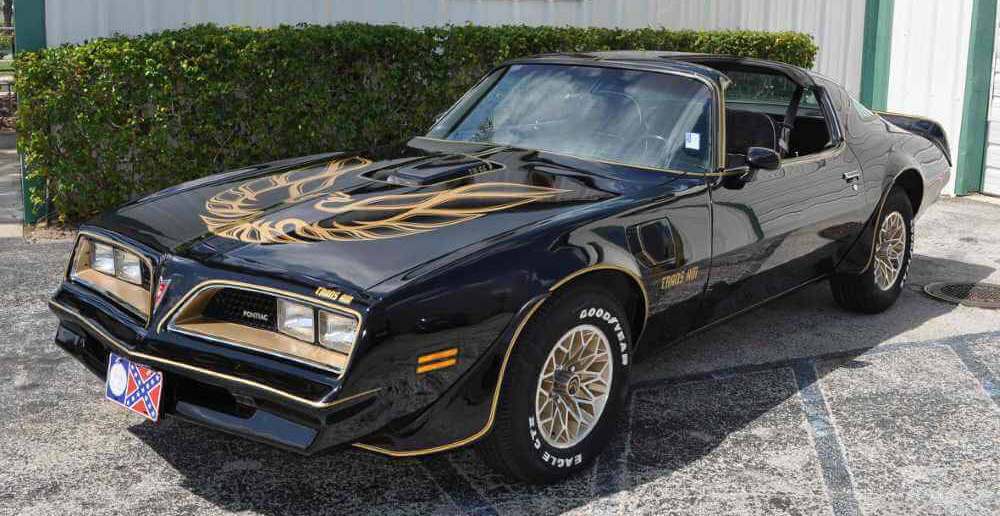 1. Smokey and The Bandit's 1977 Pontiac Trans Am
1. Smokey and The Bandit's 1977 Pontiac Trans Am
This T-Top 6.6-liter big block only delivered 185hp, but this was style over substance. Appearing in “Smokey and the Bandit” I and II, with a “Screaming Chicken” decal on the hood, Burt Reynolds’ car was supposed to be a ’77, but since that model-year ‘Bird wasn’t out during filming, General Motors provided 1976 cars with front clips from the 1977 update. The differences between the two include the ’77’s rectangular quad headlamps instead of only two round lights, a unique slanted and V-shaped nose, and a center-mounted hood scoop. Including stunt cars, some dozen were used in the movie, but only four were ’76-’77s supplied by Pontiac. It sure SEEMED to have more than 200 horses. Burt drove a red “rocket-powered” 1978 Pontiac Trans Am in his ’78 film, “Hooper,” and “jumped a gorge” in it, but Smokey wins on style points.
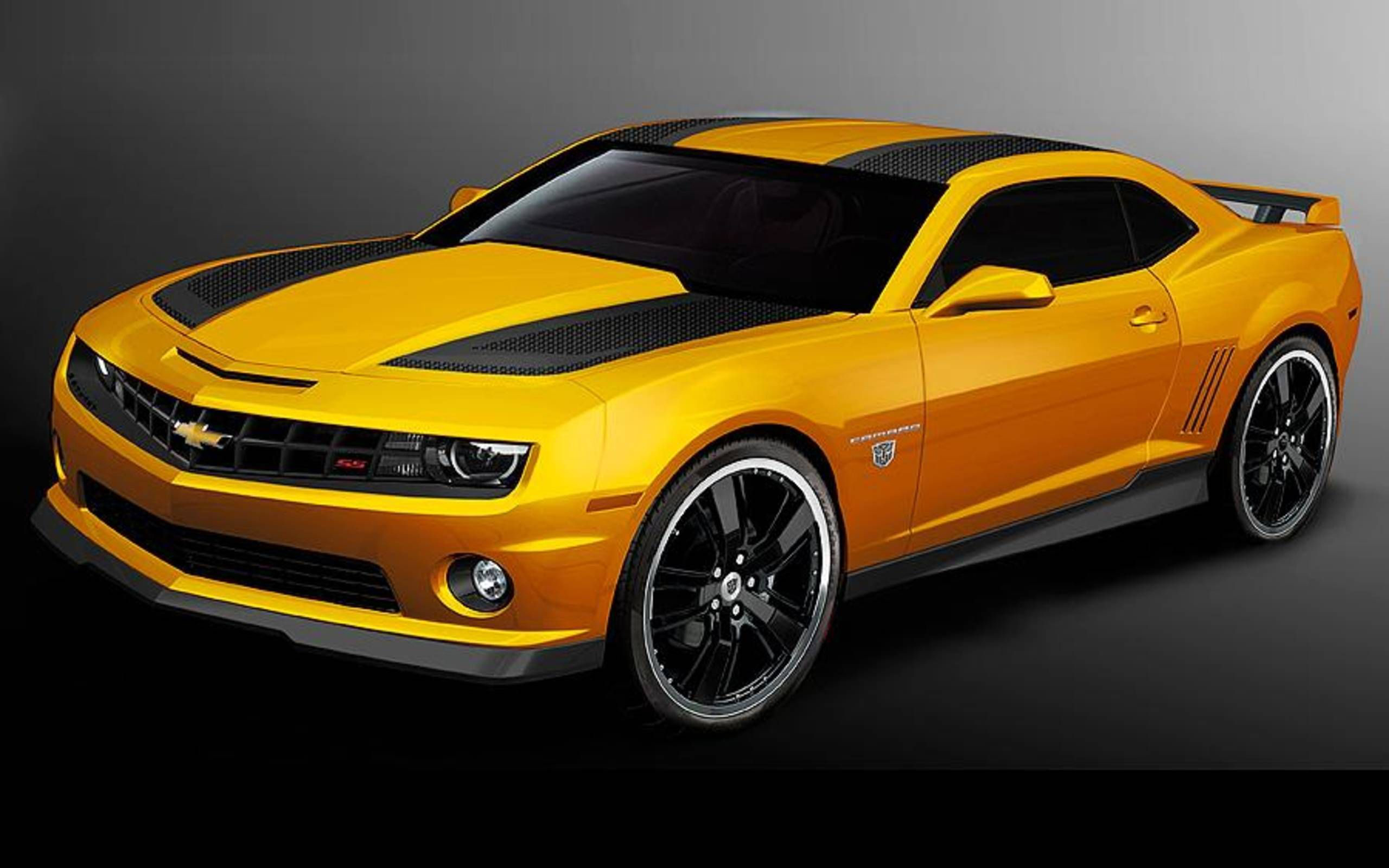 2. Transformers 1977 and 2007 Bumblebee Camaro
2. Transformers 1977 and 2007 Bumblebee Camaro
In the first “Transformers” movie, Bumblebee, which had been an autobot based on a VW Beetle, is a junkyard 1977 second-generation Camaro, and during the adventure it becomes a 2007 Camaro. Yellow, with black racing stripes, the ’77 was a Z/28 with only 185 hp. The 2007 delivered over 300 and in later films, the 2010 version was up to 400 ponies. Hey, it was a robot, “more than meets the eye.”
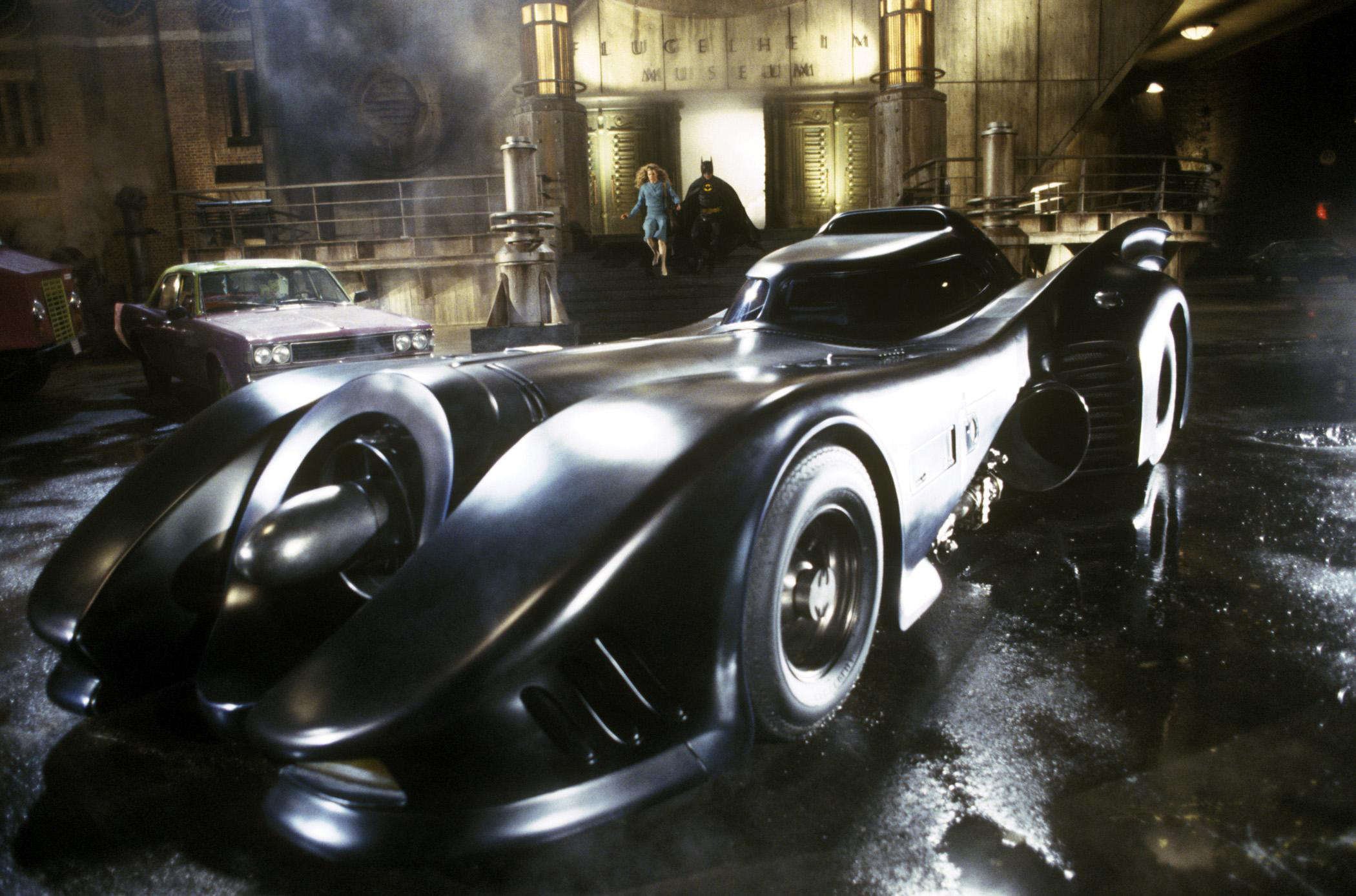 3. Tim Burton's Batmobile Corvette/Impala
3. Tim Burton's Batmobile Corvette/Impala
This GM Batmobile made for the 1989 “Batman” movie and for “Batman Returns” in 1992, was a modified 1970 Corvette body on a 6th-Gen 1985 Impala chassis with a Chevy V8 engine. It was rated at 400hp, though in Batmobile lore, the Dark Knight’s car can go 329 mph on 10,000 horses. And it had shields, remote control and a turbine.
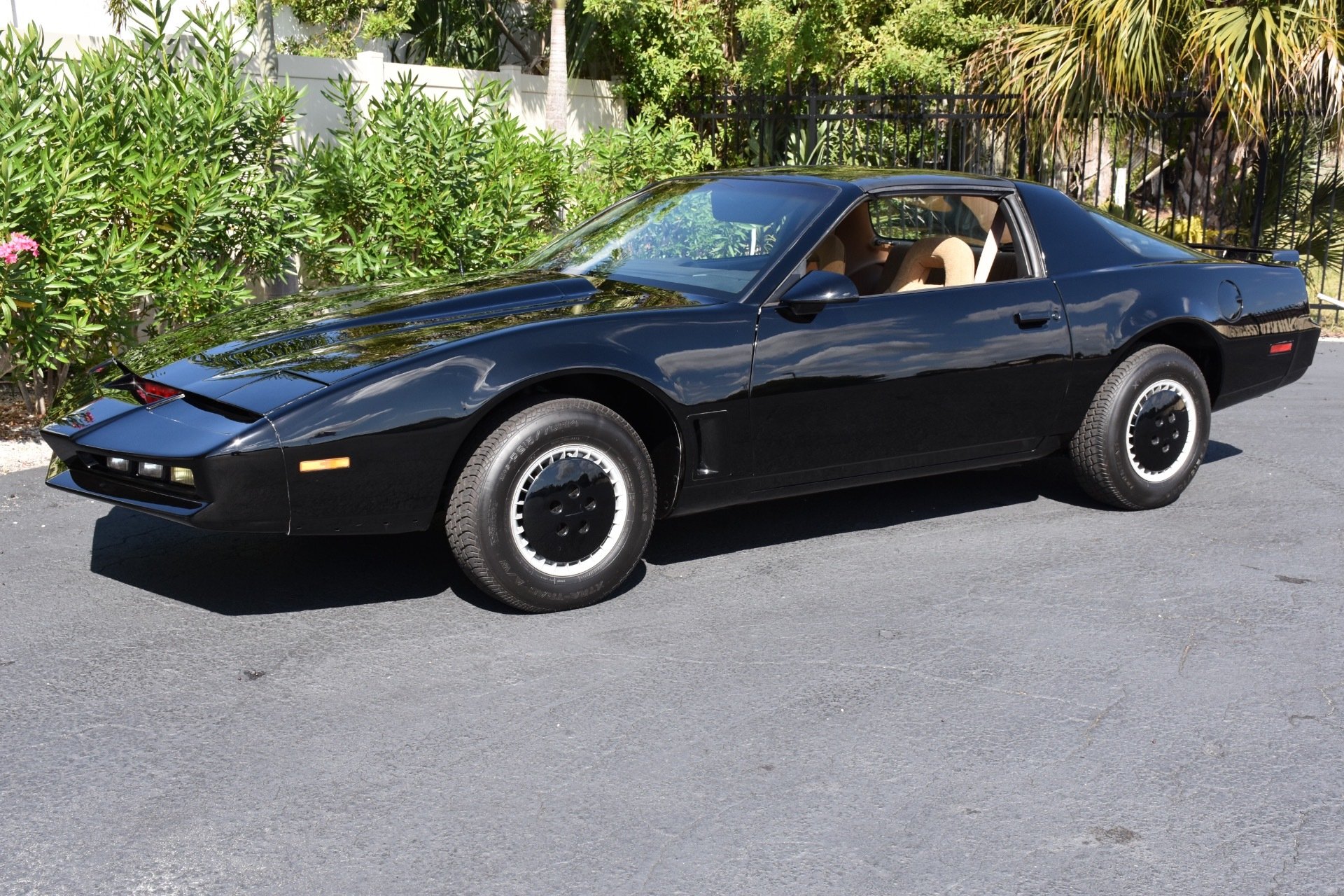 4. Knight Rider 1982-1984 Pontiac Trans Am
4. Knight Rider 1982-1984 Pontiac Trans Am
OK, this was a TV show and not a movie, but I mean, “Knight Rider” … it was a talking car. “K.I.T.T.” Knight Industries Two Thousand, was a customized 1982 Trans Am (upgraded to a 1984 during its run). A supercomputer on wheels with artificial intelligence, and a red front-mounted scanner bar. Turbo Boost was used to allow KITT to accelerate in excess of 200 mph forward or backward.
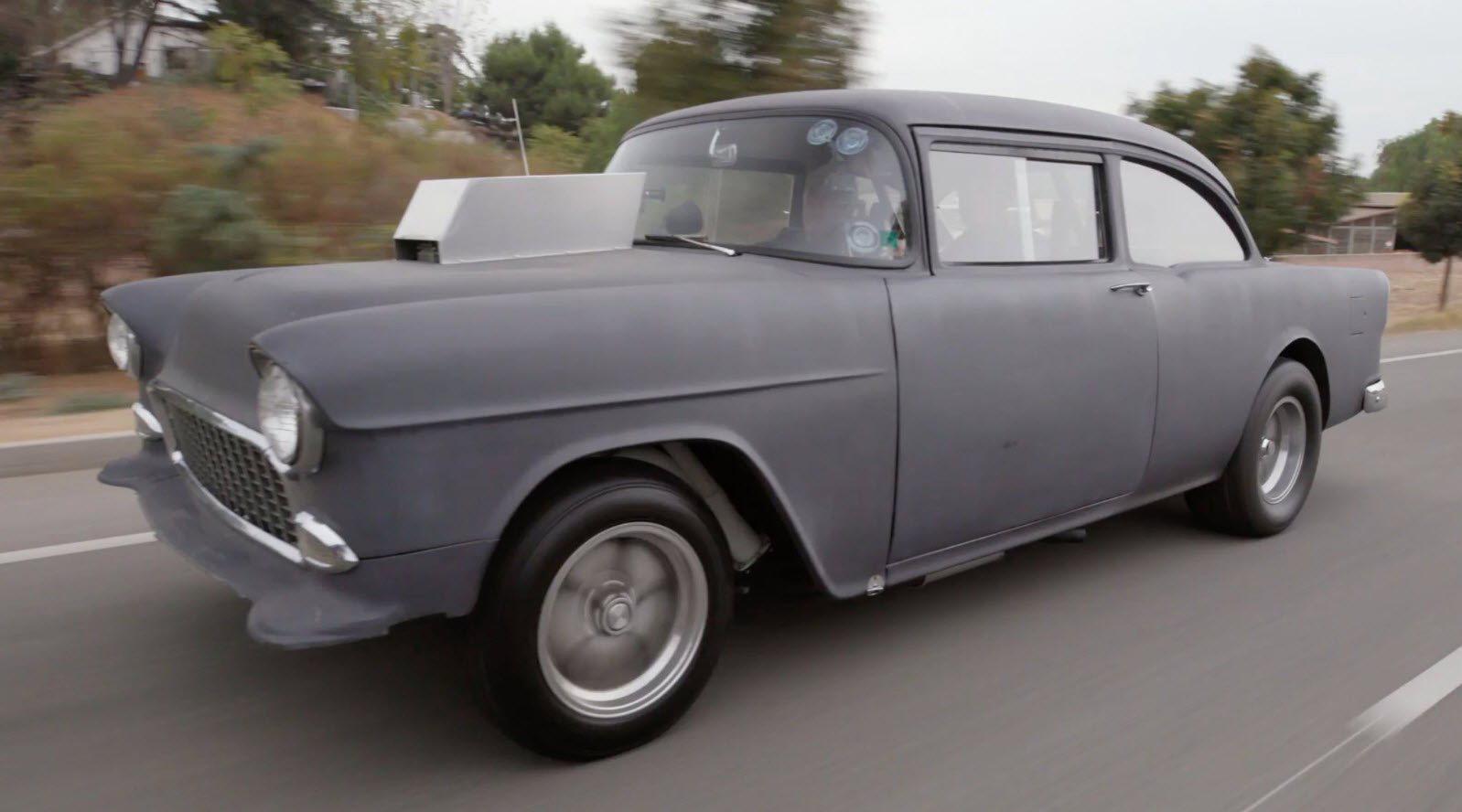 5. Two-Lane Blacktop 1955 Chevrolet 210
5. Two-Lane Blacktop 1955 Chevrolet 210
An homage to Route 66, with singer James Taylor doing the driving, racing for pink slips. He’s got a 1955 Chevy 210 in primer gray and a 454-cu.in. V8, fitted with dual four-barrel carburetors on a vintage Weiand manifold. Rated at 390hp, Taylor defeats Warren Oates and his 1970 Pontiac Judge. Side note: the same ’55 Chevy was used in “American Graffiti”, painted black as Bob Falfa’s (Harrison Ford’s) ride.
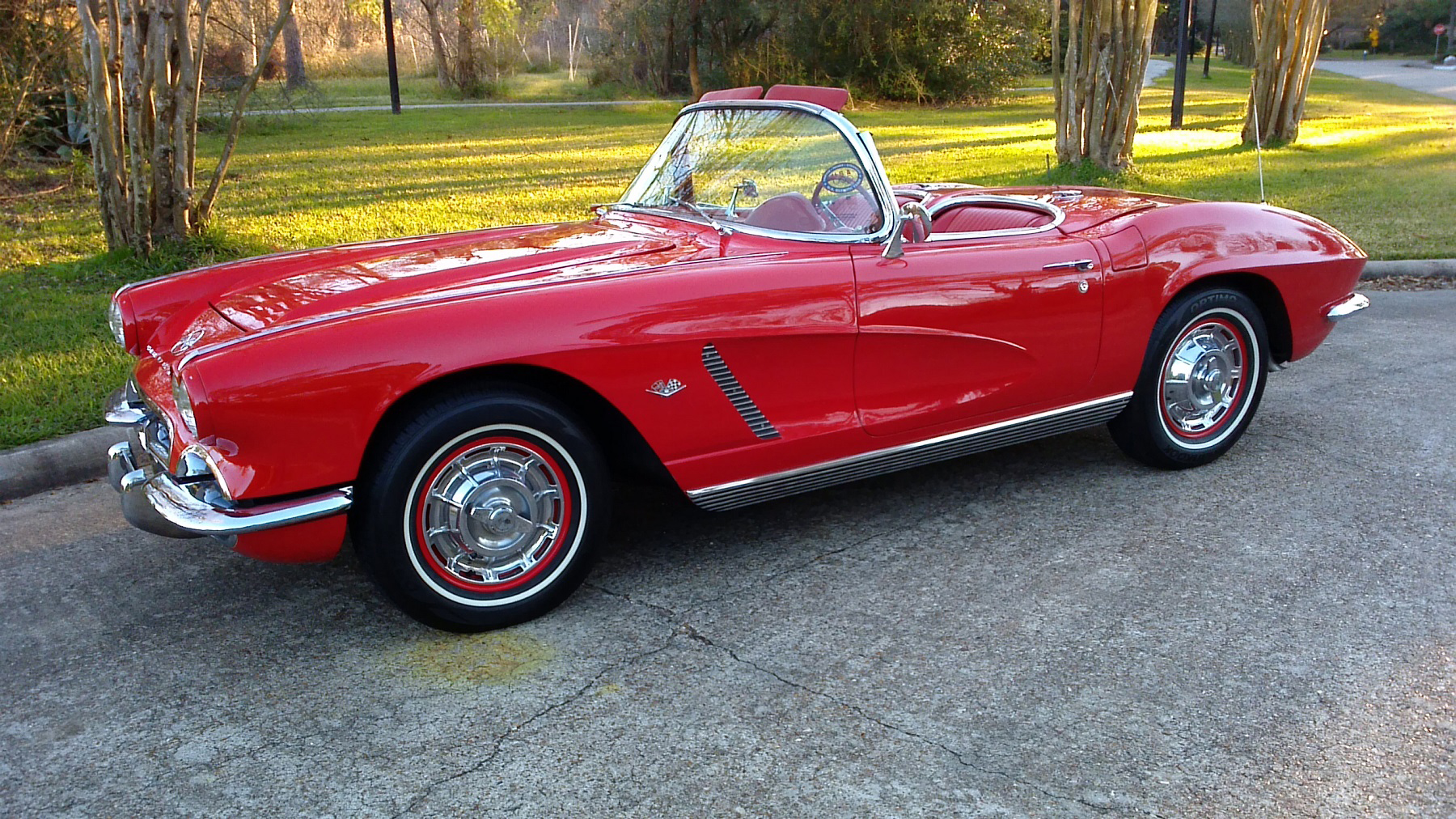 6. Route 66 1961-1964 Chevrolet Corvette
6. Route 66 1961-1964 Chevrolet Corvette
Back on Route 66, and back on TV, Tod and Buzz -- Martin Milner and George Maharis (later, Glenn Corbett as Linc) -- solved others’ problems each week, touring Route 66 in their Corvette from 1960-1964. The first episode used a 1960 model, followed by a 1961 for the rest of the season. The show upgraded its models each season in a series of colors and finished up with a 1963 Corvette Stingray and a ’64 during the last year of the run.
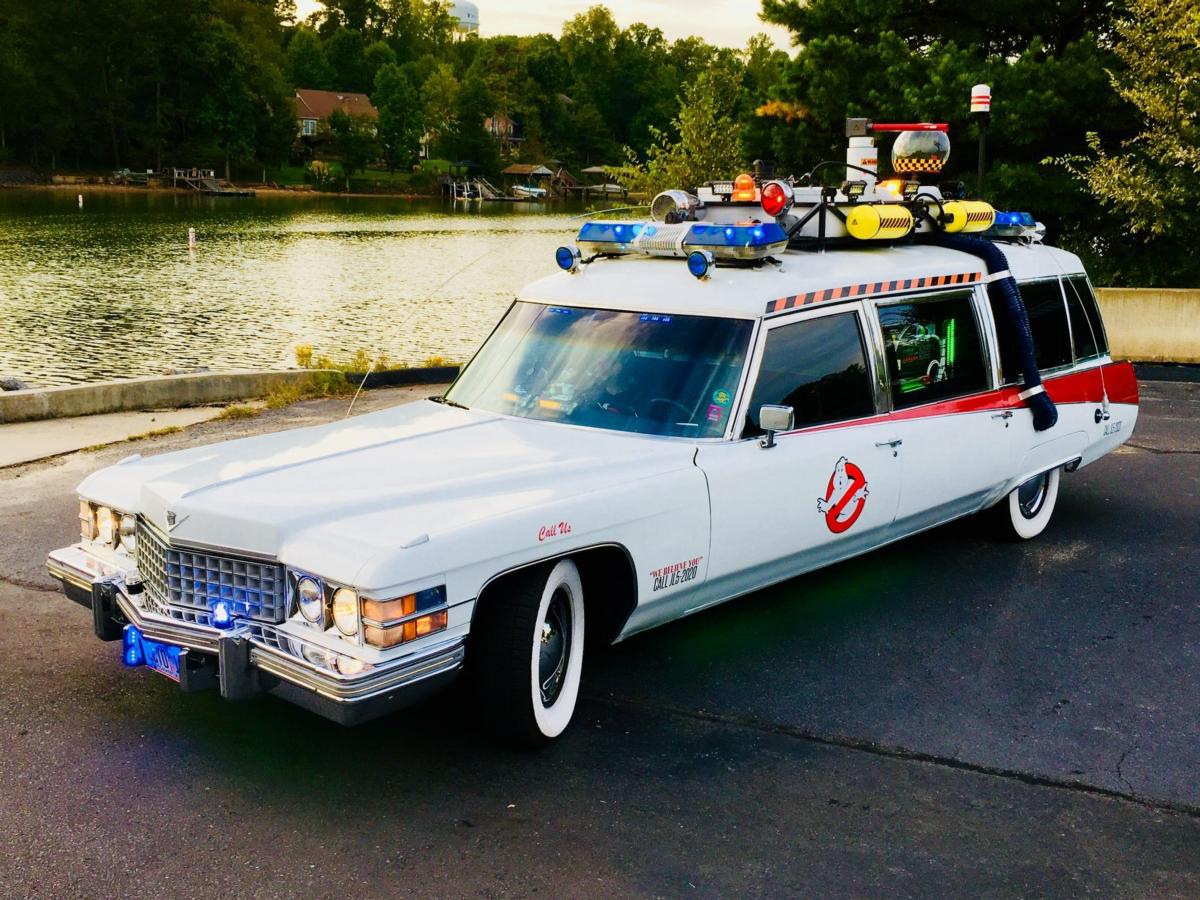 7. Ghostbusters Ecto-1 1959 Cadillac Miller-Meteor
7. Ghostbusters Ecto-1 1959 Cadillac Miller-Meteor
Who ya gonna call? The Ecto-1 1959 Cadillac Miller-Meteor ambulance, with its siren wailing and sliding proton cannon storage “wasn’t afraid of no ghosts.” The Futura Duplex limo-style endloader combination car (ambulance conversion) weighed 3 tons and was more than 20 feet long.
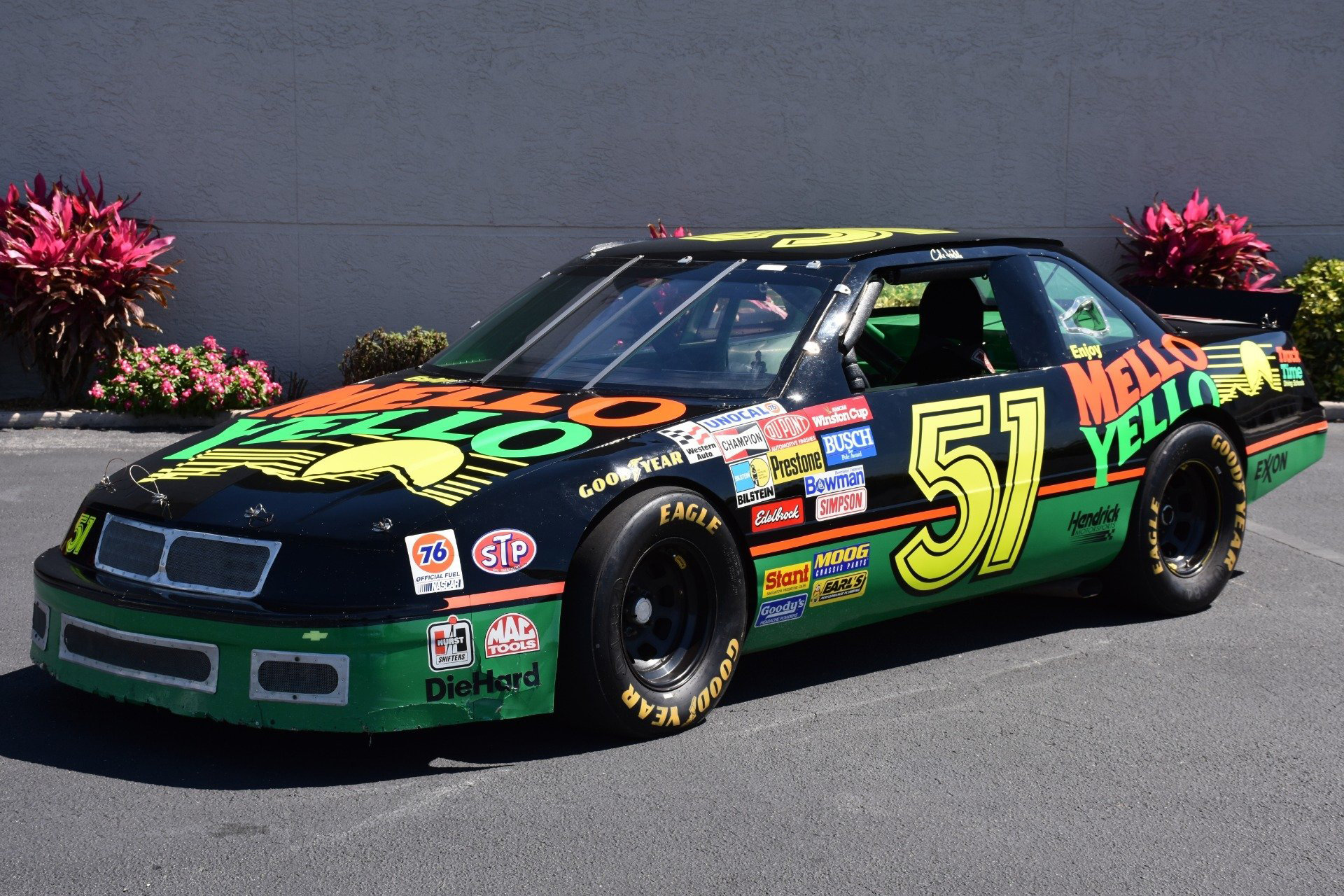 8. Days of Thunder 1989 Chevrolet Lumina Z34
8. Days of Thunder 1989 Chevrolet Lumina Z34
“Days of Thunder” is a NASCAR fan’s movie that stars a 650-hp Lumina Z34. Cole Trickle (Tom Cruise) drives into Victory Lane with a trick move and pilots the No. 46 City Chevrolet, the SuperFlo Chevrolet and later the No. 51 Mello Yellow Chevrolet.
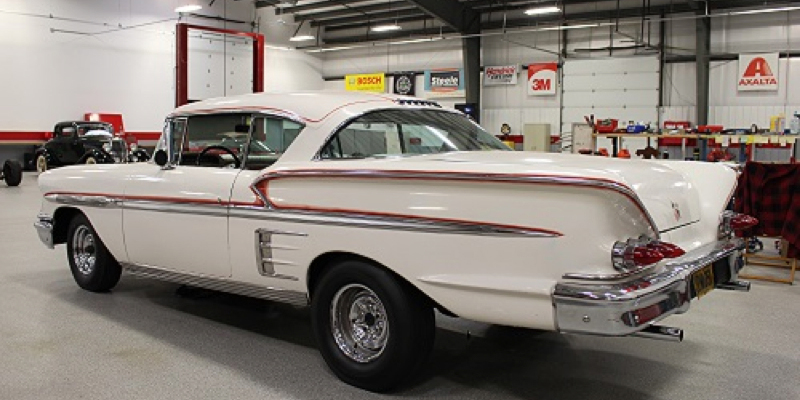 9. American Graffiti 1958 Chevrolet Impala
9. American Graffiti 1958 Chevrolet Impala
Bob Falfa’s 1955 Chevy 210 was also used in “Two Lane Blacktop” (above), but it gets beat by Steve's 1958 Chevy Impala, white with red pin striping, driven by Terry the Toad. According to Toad, the Impala has a 327 Chevy V-8 and for the film, it was built with no specification to open doors from the outside.
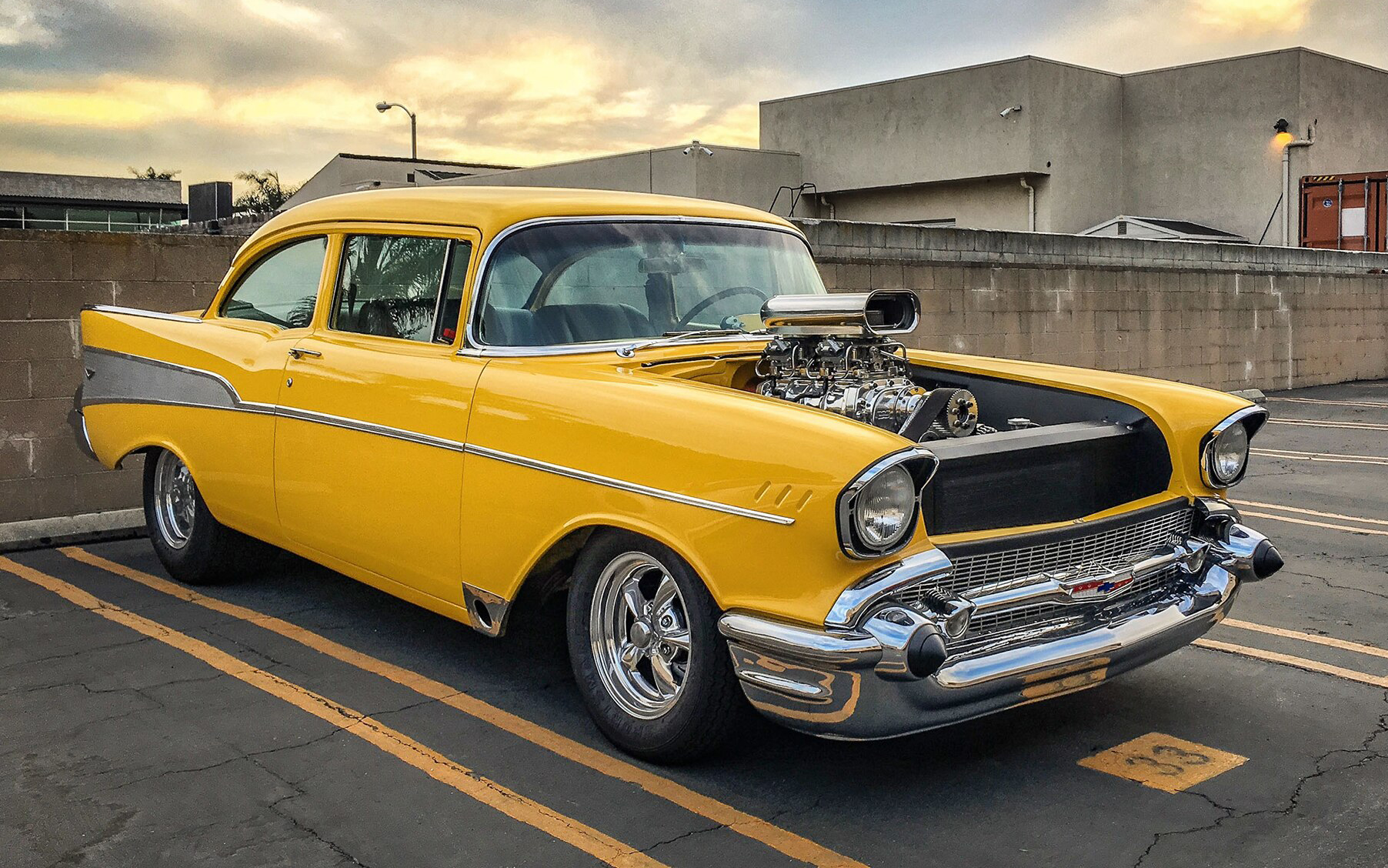 10. Hollywood Knights 1957 Chevrolet 210
10. Hollywood Knights 1957 Chevrolet 210
The Yellow, 1957 supercharged "Project X" is driven by Tony Danza in this 1980 film. The true star of this film, the ’57, featured a blown 383ci stroked small-block Chevrolet engine with a Dyers 6-71 supercharger, mated to a Turbo 350 automatic transmission with 3200 stall converter. It was tweaked with a number-1 pool ball shifter knob, a 9-inch rear-end with ladder bars and leaf springs, Cragar s/s wheels, and no hood.
Honorable mention: “Breaking Bad” 2004 Pontiac Aztec, “Rockford Files” 1974 Pontiac Firebird Esprit, “Corvette Summer” 1973 Corvette, “Stripes” EM-50 Urban Assault Vehicle, “Better Off Dead” 1967 Camaro, “48 Hours” 1964 Cadillac DeVille Convertible, “Cheech and Chong’s Up In Smoke” Customized Chevrolet Step Van, “The Car” Customized and possessed 1971 Lincoln Continental Mark III, “Rain Man” 1949 Buick Roadmaster Convertible, “The Monkees” 1966 Pontiac GTO, “Cannonball” 1970 Pontiac Trans Am and “McQ” 1973 Pontiac Trans Am SD455 (John Wayne’s car).
Since cars can be the star of a movie or show and HAVE ALWAYS been recognized as the stars at the Carlisle GM Nationals, 2021 brings the stars together with Carlisle Comic-Car-Con. At Carlisle in June you can see your favorite Comic, TV, and Movie cars pop off the pages or out of the screen and into one of the special displays in Building T. Event planners are still gathering cars for the showcase, but if you have one that fits the theme, be sure to visit the event page direct at CarlisleEvents.com to learn more, apply for consideration, purchase tickets and more!
Great movie cars, all. Which GM actors are your favorites?
> Visit www.CarlisleEvents.com for more on the automotive hobby.
Mike Blake, former editor of KIT CAR magazine, joined Carlisle Events as senior automotive journalist in 2004. He's been a "car guy" since the 1960s and has been writing professionally for about 30 years.
-
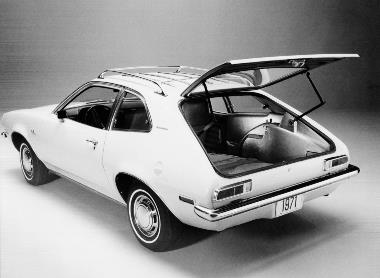
Ford Pinto 50 years later: Love it or Hate it, the Subcompact was Popular and Made an Impact
Tuesday, Jan 12, 2021
Playing on the equine theme that starred Mustang (possibly named after the P-51 Mustang fighter plane) and included Bronco and Maverick, Ford launc …
Show MorePlaying on the equine theme that starred Mustang (possibly named after the P-51 Mustang fighter plane) and included Bronco and Maverick, Ford launched the Pinto subcompact in 1970 for the 1971 model year. Marketed to combat Euro and Japanese compacts, Pinto was created as Ford’s smallest model, under the guidance of Blue Oval president Lee Iacocca, who mandated a 1971 model that weighed under 2000 pounds and cost less than $2000 (US). From concept to delivery, Pinto, internally called “Lee’s car,” took only 25 months – industry average was 43 months – and its production of 3 million vehicles in 10 years, far exceeded that of its American subcompact competition – Chevy Vega and AMC Gremlin.
Pinto was popular with public, branded as “The little carefree car,” and its entry model sold for $1800, to help generate sales of 352,402 for its 1971 run and a high of 544,209 for model-year 1974.
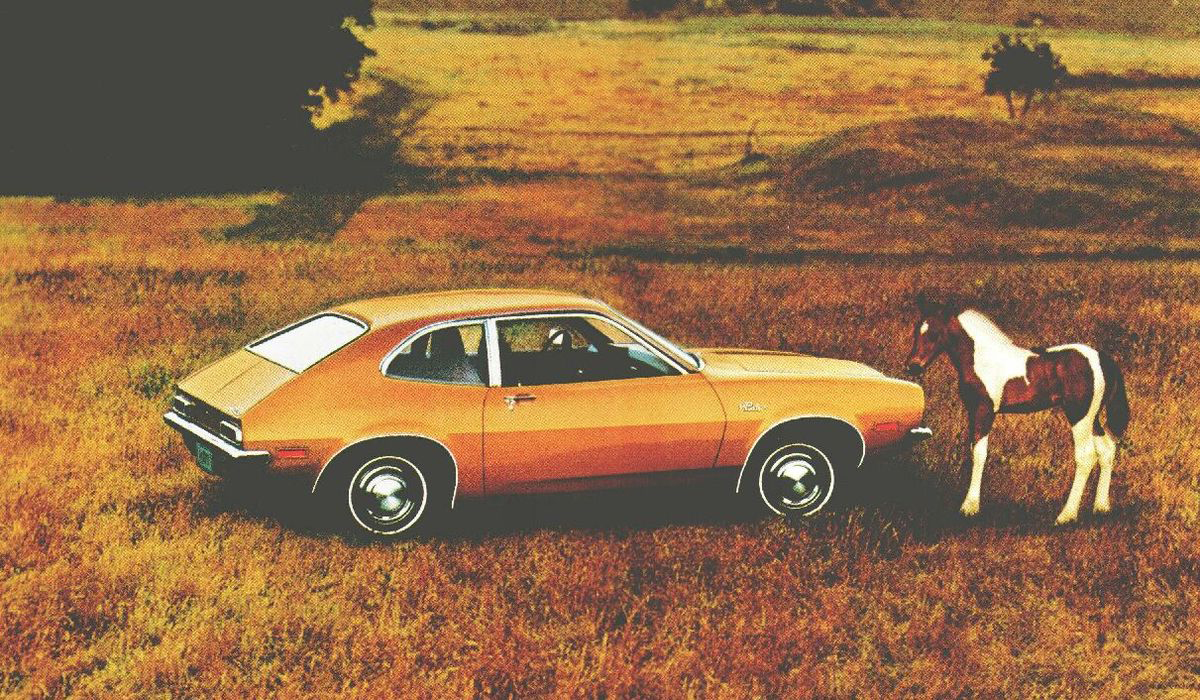 During production, Pinto was subjected to a battery of crash tests and while the results were less than stellar – fuel leaks that required minor retooling – to save production time and costs, Ford chose to continue with the design at hand until new National Highway Traffic Safety Administration (NHTSA) testing rules were to come into play in 1977.
During production, Pinto was subjected to a battery of crash tests and while the results were less than stellar – fuel leaks that required minor retooling – to save production time and costs, Ford chose to continue with the design at hand until new National Highway Traffic Safety Administration (NHTSA) testing rules were to come into play in 1977.A design error occurred when, in an effort to create more interior room in the subcompact, Pinto’s steel fuel tank was located behind the rear axle and in front of the bumper, which made it subject to rear-impact fuel spills and fires.
Pinto thrived and was popular with the public, despite some negative critiques by the media. Despite a high-profile accident involving a Pinto in 1972, in which a driver was killed and a 13-year-old passenger suffered third-degree burns over 90-percent of his body after the car was struck from behind at an estimated speed of 30 mph, Pinto sales and reception were solid. The shine came off the horse in 1977, when the accident case went to trial, and Mother Jones magazine printed an article labeling Pinto: a “firetrap” and a “lethal car,” citing 500 to 900 fatal Pinto fires. While some of the article information was exaggerated or incorrect, and while fire-related deaths involving Pinto did reach 27 at the time of the trial (a total consistent with other subcompacts on the market), the course had been set, sensationalistic and inaccurate stories proliferated, and the public grew skeptical of Pinto.
Prior to the falling out, Pinto had its fans – and it still does. A 10-year-run made it a classic. Over its decade, Pinto was offered as a 2-door sedan, 2-door sedan delivery, 2-door station wagon and 3-door hatchback. For its first five years, Pinto was outfitted with 4-cylinder engines that ranged from 1.6 liters to 2.3 liters and delivered from 75 hp to 100 hp – adding a 103-hp 2.8-liter V-6 in 1976. Decently quick for the era genre, early Pintos were timed in 10.8 seconds for a zero-to-60mpg sprint.
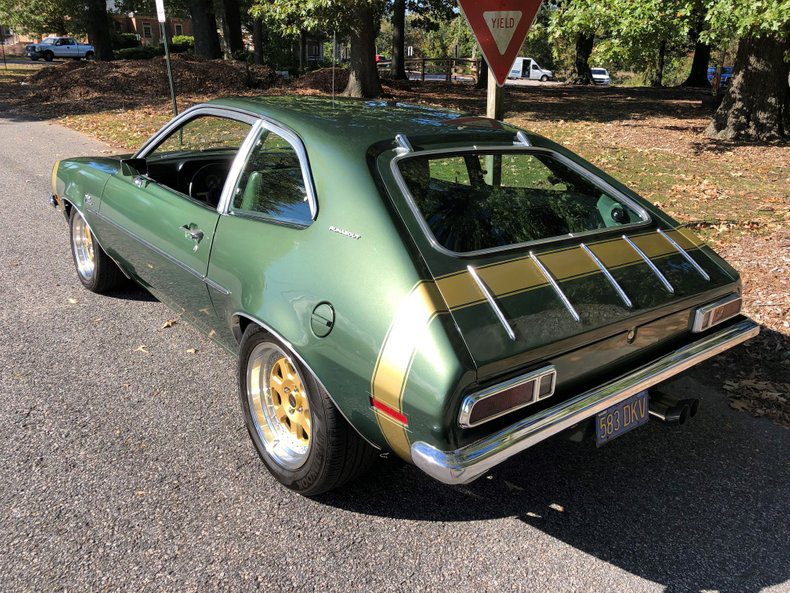 From a design perspective, the fastback sedan was the first body style, but the 1971 Runabout hatchback might have been the most iconic Pinto, launched in February 1971. The hatchback featured exposed chrome hinges for the liftgate and five decorative chrome strips, pneumatic struts to assist in opening the hatch, a rear window approximately as large as the sedan's, and a fold-down seat. The original Pinto measured 163 inches long, 69.4 inches wide and 50 inches high on a 94-inch wheelbase, and by 1972, the hatch was redesigned, with the glass portion of the hatch enlarged to almost the entire size of the hatch itself. Also in 1972, Pinto debuted its station wagon, Ford’s first two-door wagon since its 1965 Falcon. The wagon stretched to 172.7 inches long and came with a 2.0-liter engine, flip-open rear windows and faux wood side paneling for its Pinto Squire trim level.
From a design perspective, the fastback sedan was the first body style, but the 1971 Runabout hatchback might have been the most iconic Pinto, launched in February 1971. The hatchback featured exposed chrome hinges for the liftgate and five decorative chrome strips, pneumatic struts to assist in opening the hatch, a rear window approximately as large as the sedan's, and a fold-down seat. The original Pinto measured 163 inches long, 69.4 inches wide and 50 inches high on a 94-inch wheelbase, and by 1972, the hatch was redesigned, with the glass portion of the hatch enlarged to almost the entire size of the hatch itself. Also in 1972, Pinto debuted its station wagon, Ford’s first two-door wagon since its 1965 Falcon. The wagon stretched to 172.7 inches long and came with a 2.0-liter engine, flip-open rear windows and faux wood side paneling for its Pinto Squire trim level.From 1974-1978, the big design change was the addition of federally mandated 5mph bumpers. A 2.3-liter engine option was added, and in 1975, a 2.8-liter V-6 was offered, and the Mercury Bobcat (a rebadge) was marketed. In 1976, Pinto tweaked with an egg crate grille and chrome headlamp bezels, and the Stallion cosmetic package provided black two-tone accent paint offered in red, yellow, silver, and white body colors, while the Runabout Squire tweaked up with wood-grain vinyl bodysides like the Squire wagon.
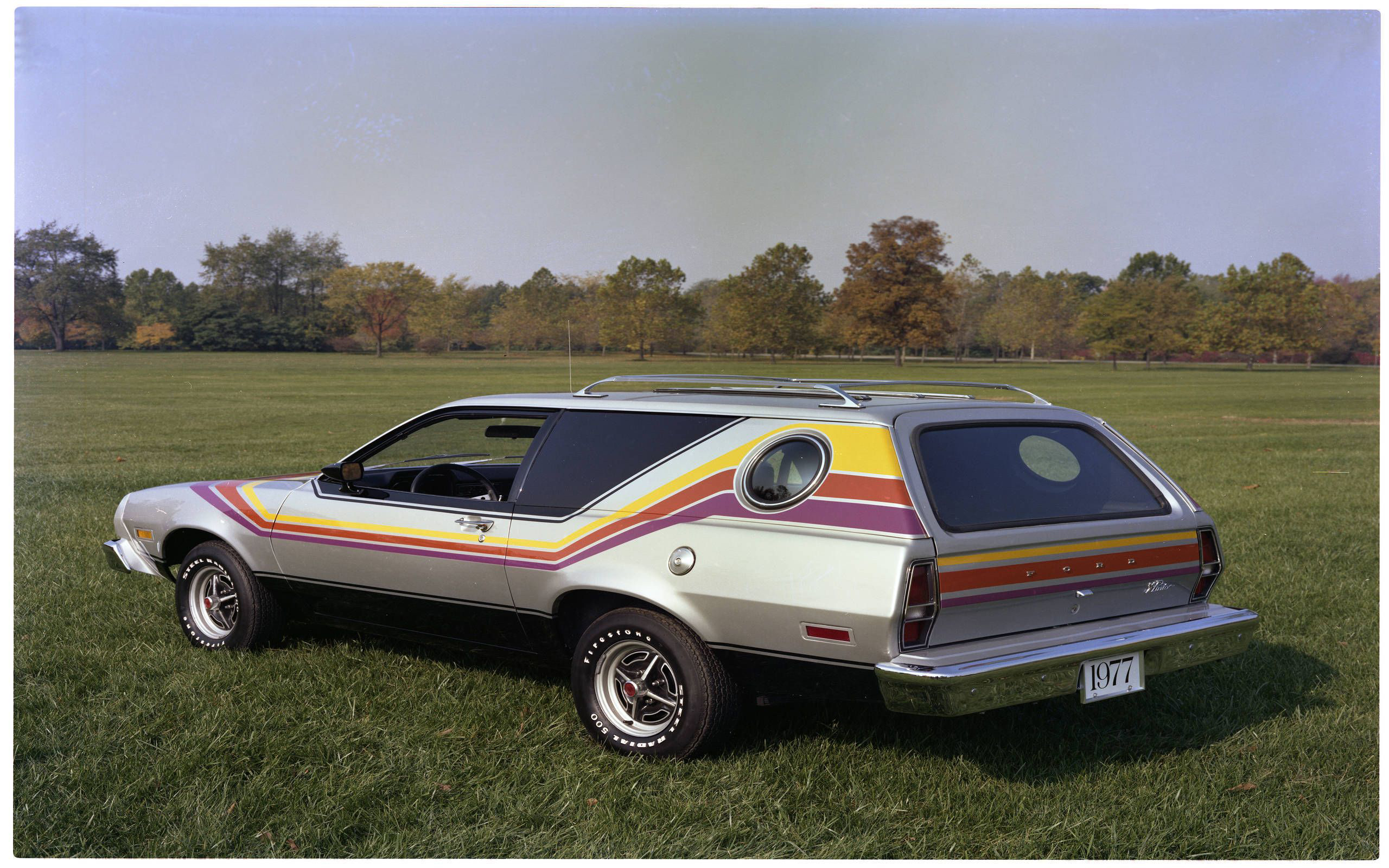 In 1977, Pinto styled up with slanted back urethane headlamp buckets, parking lamps, and grille. Runabouts got an optional all-glass rear hatch and the Pinto Cruising Wagon, sedan delivery made the line-up, with round side panel “bubble windows” and a choice of optional vinyl graphics.
In 1977, Pinto styled up with slanted back urethane headlamp buckets, parking lamps, and grille. Runabouts got an optional all-glass rear hatch and the Pinto Cruising Wagon, sedan delivery made the line-up, with round side panel “bubble windows” and a choice of optional vinyl graphics.For 1978 Pinto was redesigned, as it moved away from its similarity to Ford’s Maverick and became a modern Fairmont sibling with rectangular headlamps, inboard vertical parking lamps, and a taller slanted back grille. The interior was re-imagined, with a new rectangular instrument cluster and modified dash-pad for vehicles without the optional sports instrumentation. The V-6 engine was put to bed, and only the 2.3-liter 4-cylinder was offered.
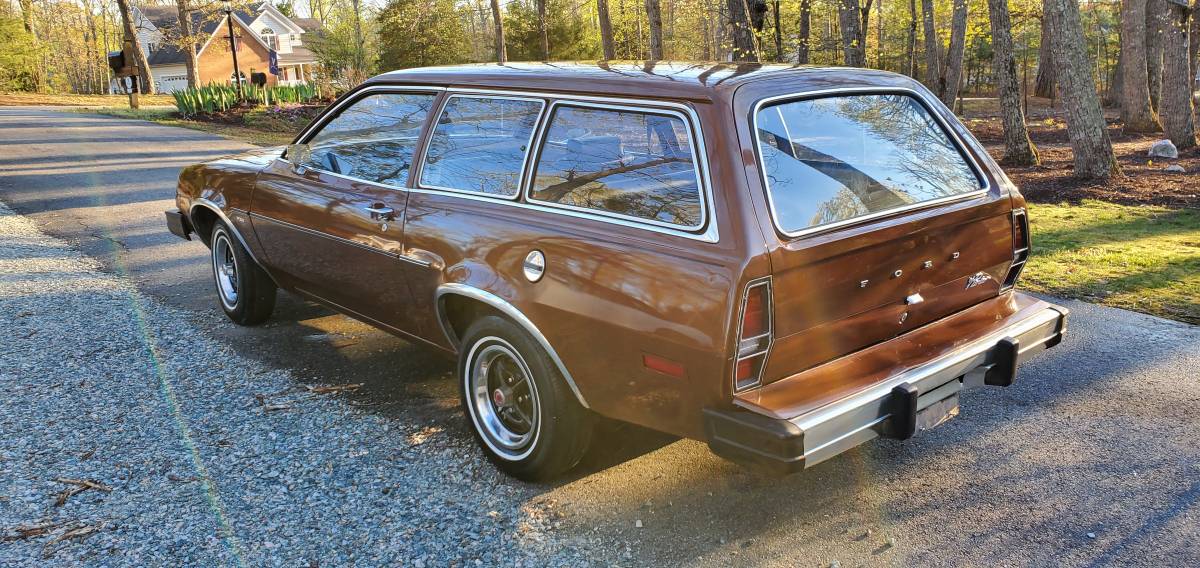 The final production year was 1980, as Ford Escort replaced Pinto in the Blue Oval lime-up. But for 10 years, Pinto was a huge part of American automotive consciousness, with 3,173,491 models built, but cut from the line well before its predicted 11-million-unit build-and-sale.
The final production year was 1980, as Ford Escort replaced Pinto in the Blue Oval lime-up. But for 10 years, Pinto was a huge part of American automotive consciousness, with 3,173,491 models built, but cut from the line well before its predicted 11-million-unit build-and-sale.Ford had combated the ‘made in Japan” car trend and “Lee’s Car” made history … good and bad, for Ford, and gained fans as well as detractors during its controversial decade. Over the years they have been saved, restored, made into racers, dragsters, performance monsters and classic icons. They have certainly endured past their 10-year-run.
In 2021, the Carlisle Ford Nationals (June 4-6) celebrate the 50th birthday of the Pinto. With over 3 million made between 1971 and 1980, there are still many that make the car show circuit with dozens planned for this summer's event. Not only will the Carlisle Ford Nationals celebrate the Ford Pinto but also its Mercury sister, the Mercury Bobcat. Expect a very special showcase within Building T featuring the Pinto as well as even more Pintos and Bobcats on the National Parts Depot Showfield.
If you have a Pinto or Bobcat that fits this amazing theme, be sure to visit the event page direct at CarlisleEvents.com to learn more, apply for consideration, purchase tickets and more!Mike Blake, former editor of KIT CAR magazine, joined Carlisle Events as senior automotive journalist in 2004. He's been a "car guy" since the 1960s and has been writing professionally for about 30 years.
-
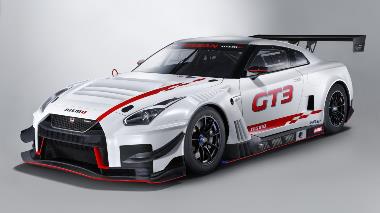
Most Popular Race Prepared Vehicles: Taking it to the Street
Tuesday, Jan 5, 2021
For many of us, our vehicles are for daily driving, for providing function and style, for driving occasionally or for collecting and showing off. B …
Show MoreFor many of us, our vehicles are for daily driving, for providing function and style, for driving occasionally or for collecting and showing off. But for millions of Americans, their prized vehicles are specially prepared for road racing, autocross (Solo racing), drifting, road rallies, drag racing or any number of different racing genres.
There are many great local car clubs and racing groups, and one of the leading organizations involved in these avenues for automotive performance is the Sports Car Club of America (SCCA) is a non-profit American automobile club and sanctioning body supporting American road racing and autocross events. Formed in 1944, it runs many programs for both amateur and professional racers. Begun as an enthusiast group for amateurs, the SCCA began sanctioning road racing in 1948 with the inaugural Watkins Glen Grand Prix.
Currently the SCCA sanctions Club Racing (road racing), Autocross (“Solo” racing), RallyCross, Road Rallies, Hill Climbs and more. All of these applications involve vehicles prepared for racing, though some of the more popular vehicles are stock, with a few tweaks. However, true hardcore vehicles are built for racing, and a pro or amateur enthusiast can either buy one and go racing, option-up, or build for racing.
One popular race build group is Ruf Automobile GmbH, a German car manufacturer that engineers original race-worthy cars using unmarked Porsche chassis, specifically known as “Bodies in White”. The cars are built from the ground up as completely new cars, using these bare chassis, and assembled using Ruf-made parts and materials. Rufs are recognized as production models and are known for its record-breaking 211 mph CTR. Ruf will also tune cars and create customer-requested Porsche-to-Ruf conversions.
Another build is from M-Sport, originally known as Malcolm Wilson Motorsport. UK-based M-Sport prepares and runs the official Ford rally Team with Ford Focus RS WRC and Ford Fiesta S2000, and the Bentley Motorsport Team.
A third race builder is HPD or Honda Performance Development, Honda's racing company within North America. HPD specializes in design, development, production, and sale of race engines, chassis components and complete race vehicles for racing customers. Based in Santa Clarita, CA, HPD prepares everything from Indy Cars to motorcycles to customer rally, touring, off-road, karting and midget competitions.
We could go into each form of race prepared vehicles but that will take several articles to cover fully. In future articles, we will hit Muscle Cars (think Dodge Demon, Chevy Camaro, Pontiac Firebird, Mustang Shelby, Buick GNX and more); AutoCross cars (think Honda CRX, S2000 and Civic Si, Fiat 124 Spider Abarth, Toyota MR2 and 86, Porsche Cayman and 914, Subaru WRX and many more); other racing venues, what it takes to tweak vehicle for racing and how to prepare a vehicle on race day.
But for this treatment, let’s quickly hit Street Racing and a few popular vehicles.
In simple terms, street racing is enthusiasts racing their cars on public roads. The popular cars offer quick response, lots of power (horsepower and torque), great handling, easy tuneability and maintenance, readily available tweaks and cars that won’t cost a fortune to obtain.
Ten of these popular race prepared vehicles include:
Nissan GT-R
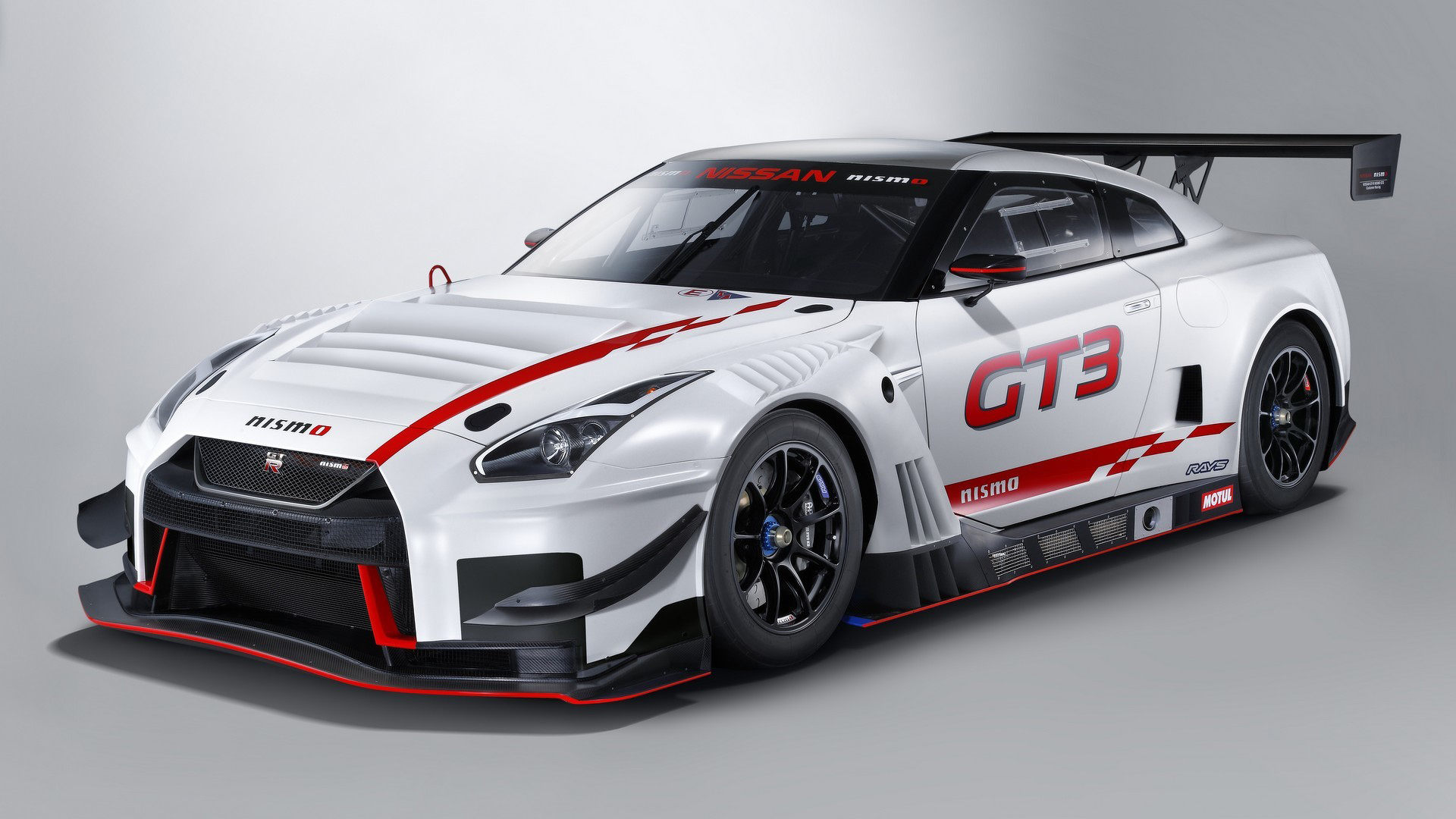
The GT-R rates right near the top in many garages and in many street races. Its superior handling, all-wheel-drive, power and balance, make this well-engineered beast a real force.
Toyota 86
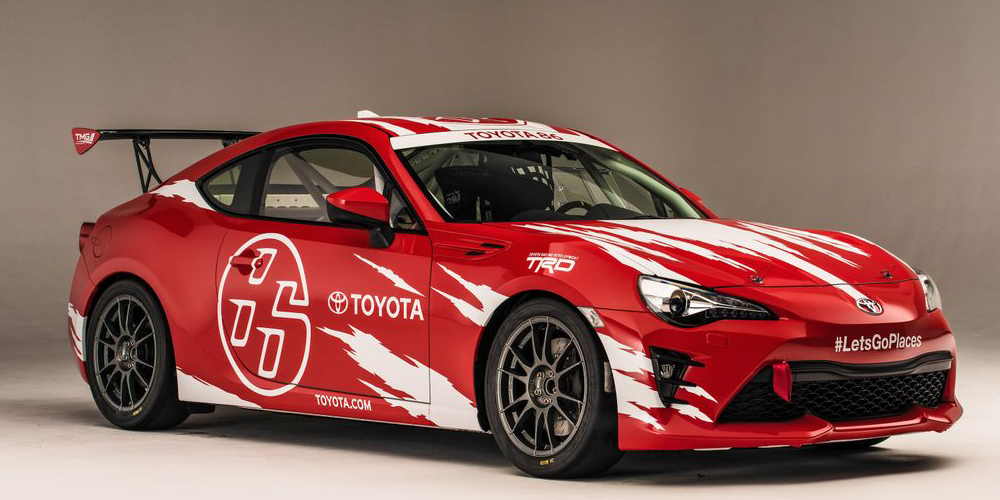
An engineering package from the team of Toyota and Subaru, the Toyota 86 is light, powerful and agile, at a friendly price.
Volkswagen Golf GTI
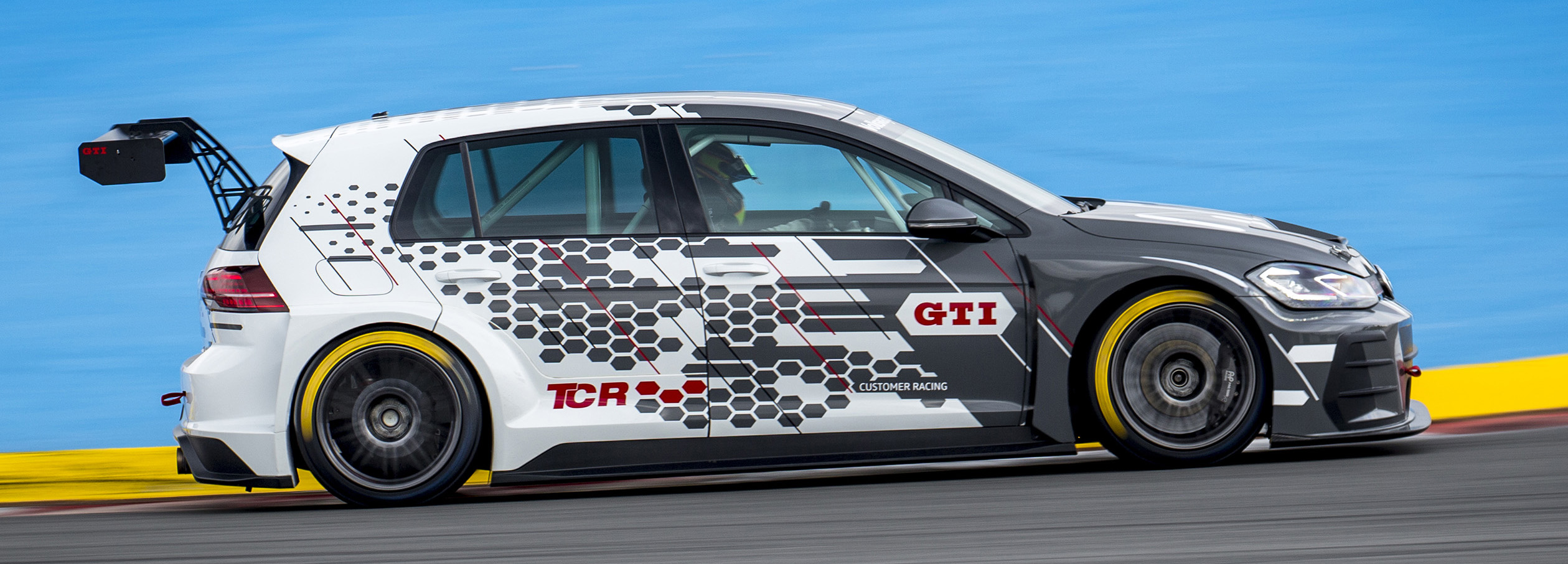
This seven-speed hatchback is a hot racer. Responsive and priced comparatively low, it can challenge the Big Boys.
Subaru WRX
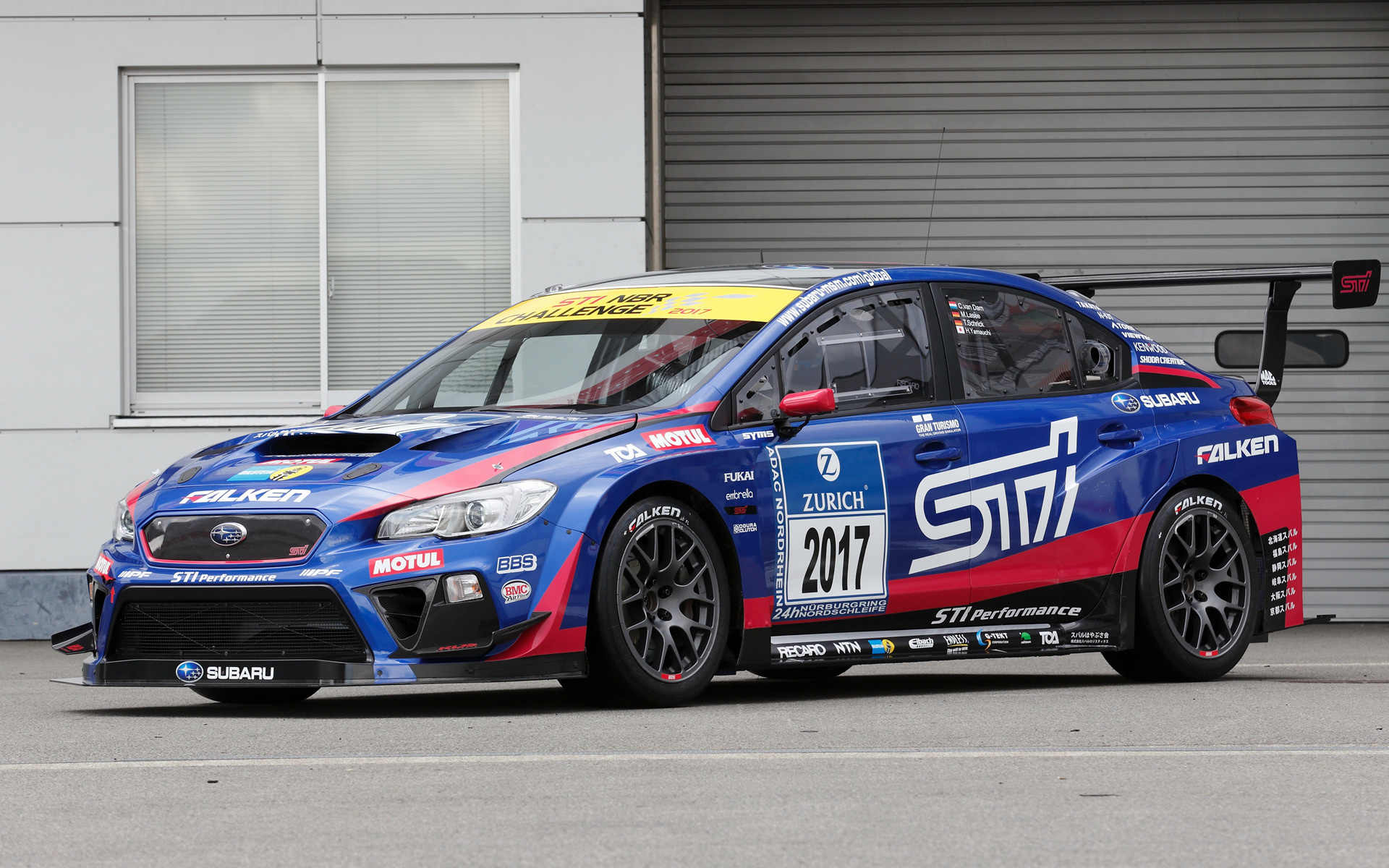
An all-wheel-drive competitor, WRX has a very loyal following. Whether stock or tweaked, WRX is quick off the line and handles on rails.
Mitsubishi Lancer Evolution IX
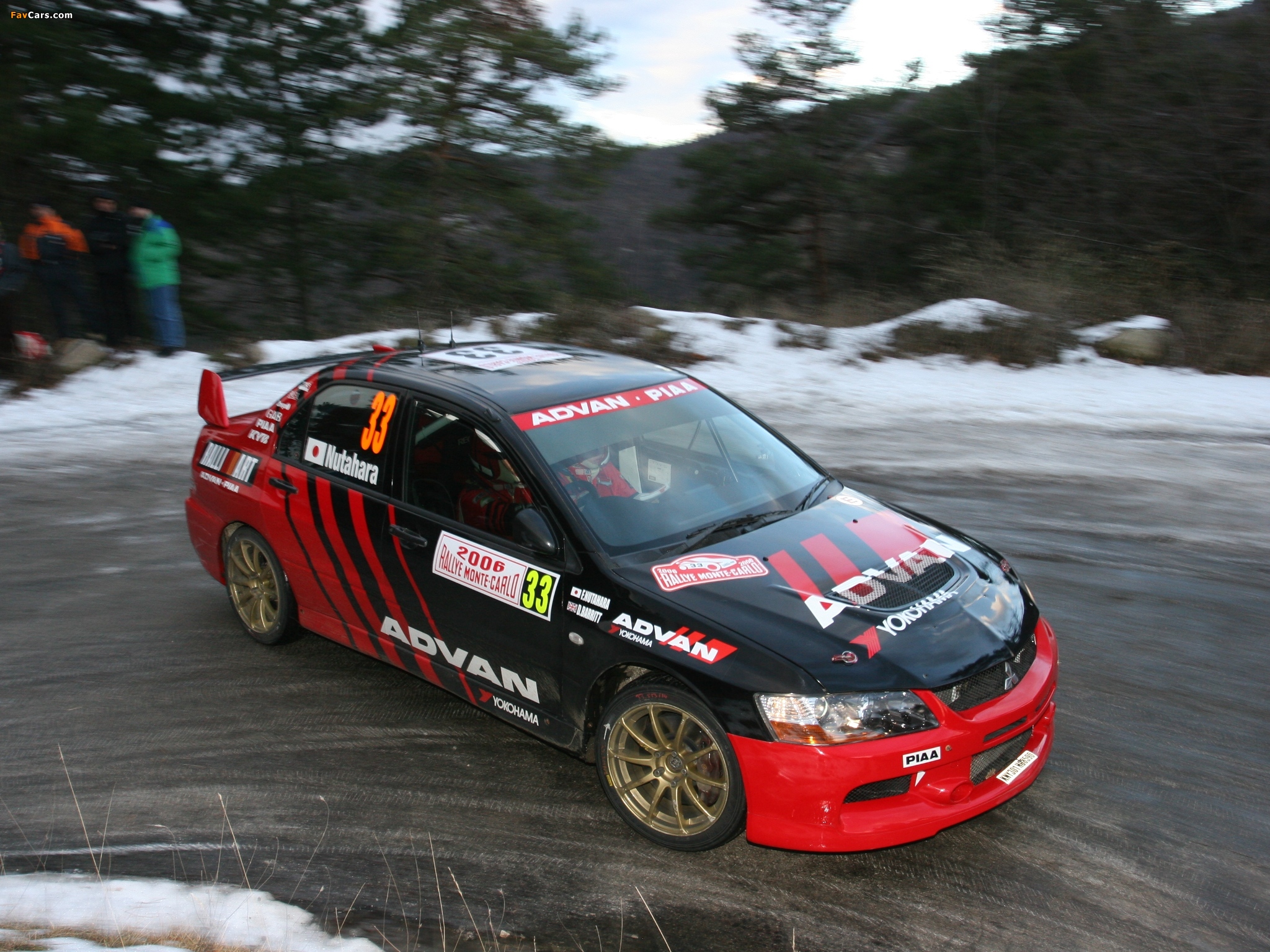
The Evo IX is a legend on the street, with a revised turbo, predictable cornering and power when called upon.
Toyota Supra MkIV
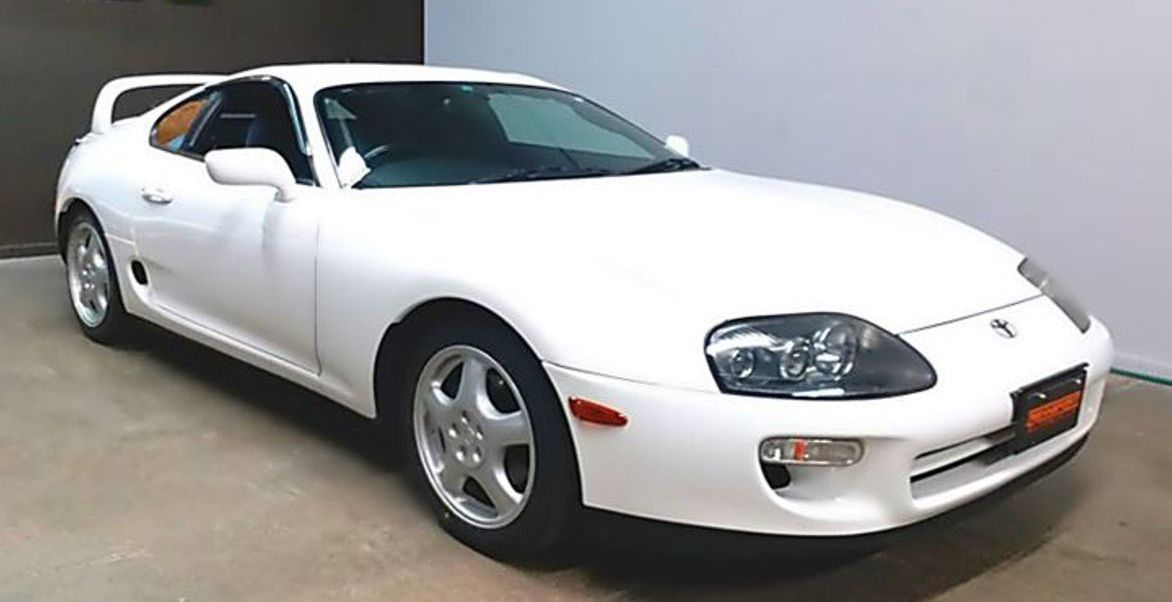
You see lots of MkIVs on the street race scene. Its rep was enhanced by the “Fast and Furious” film series, and on the street tracks, quadruple-digit horsepower has been seen.
Honda Civic Si
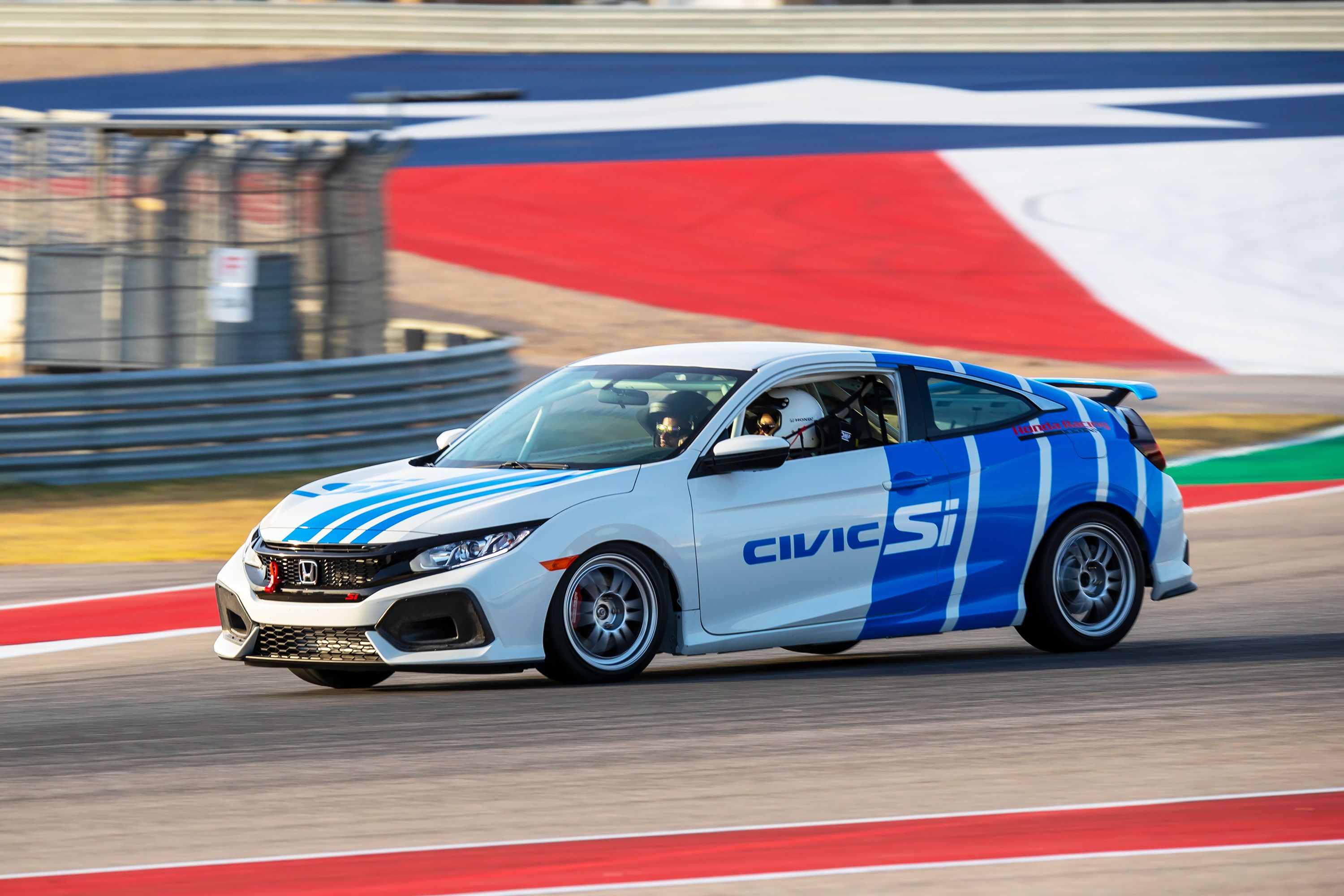
Another competitor priced favorably, a 4-cylinder turbo kicks in late and surprises its foes. Light and nimble ion the corners.
Mazda MX-5 Miata
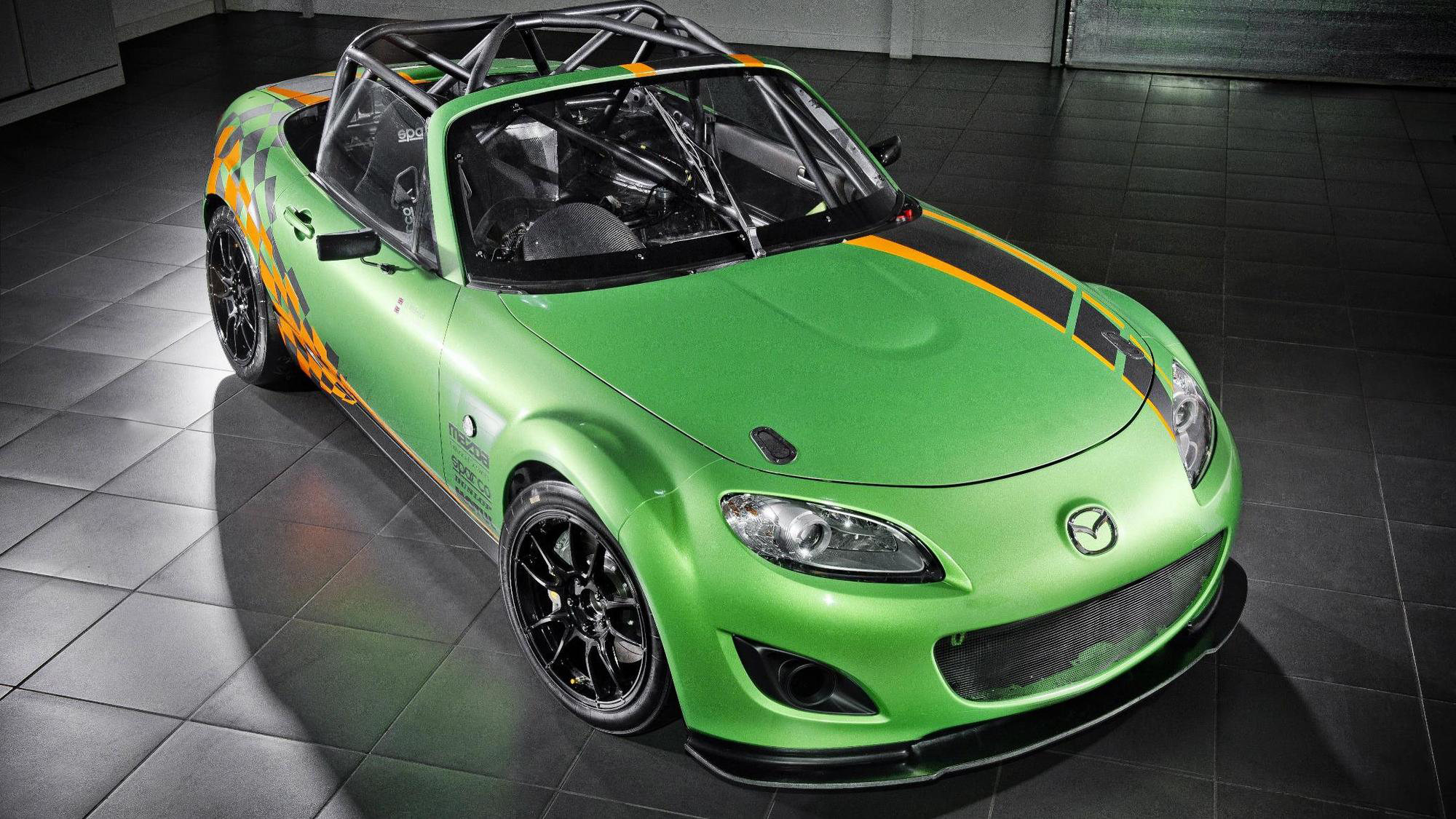
Fun to drive, power-to-weight is solid, priced for budgets and cool-looking at the race or on the way to it. Small, steady, sporty and popular.
BMW M2
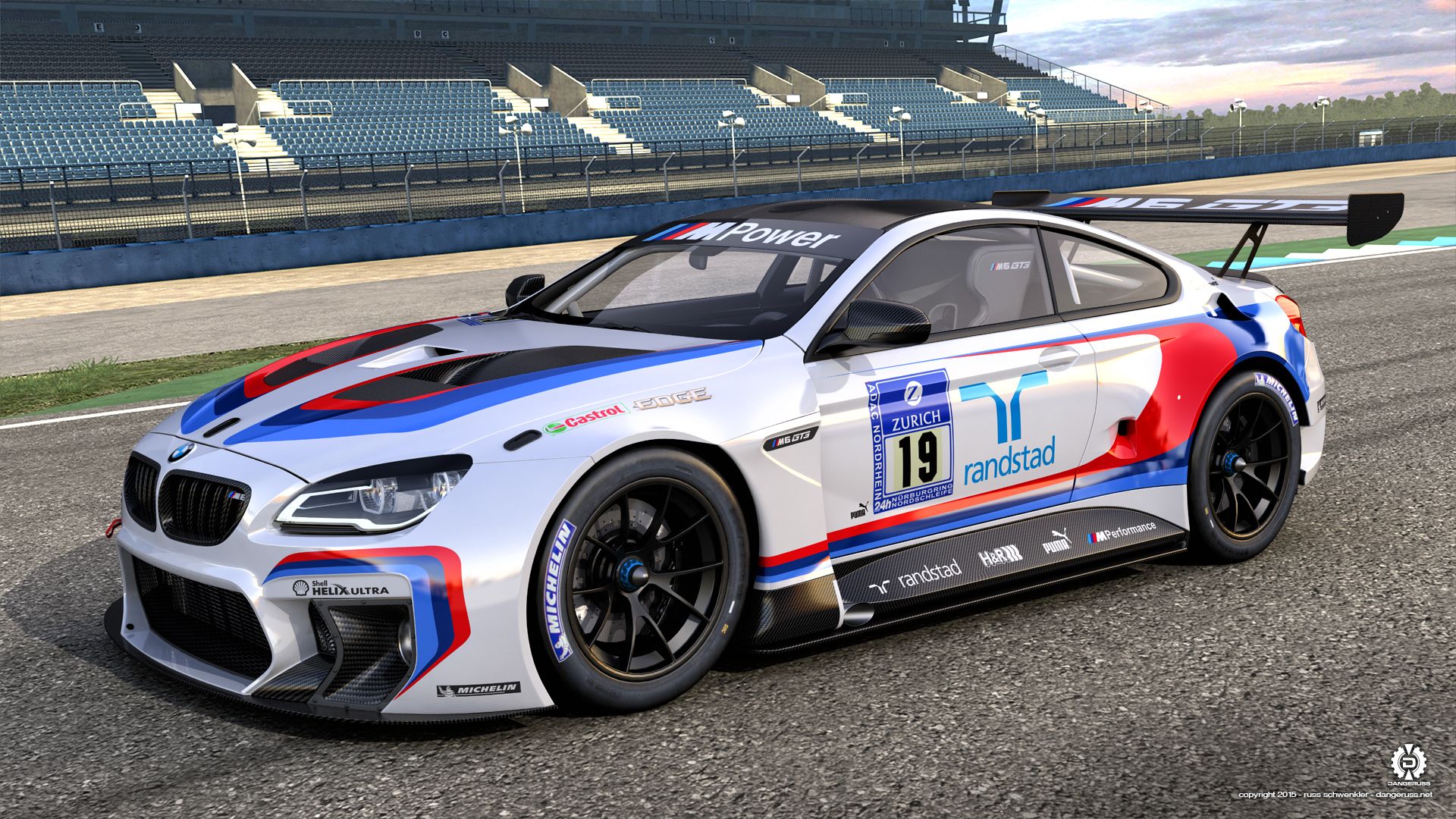
Not for the budget-conscious, but a consideration for the win-conscious. Balanced and powerful, M2 corners with the best of them and performs all day and night.
Nissan 350Z
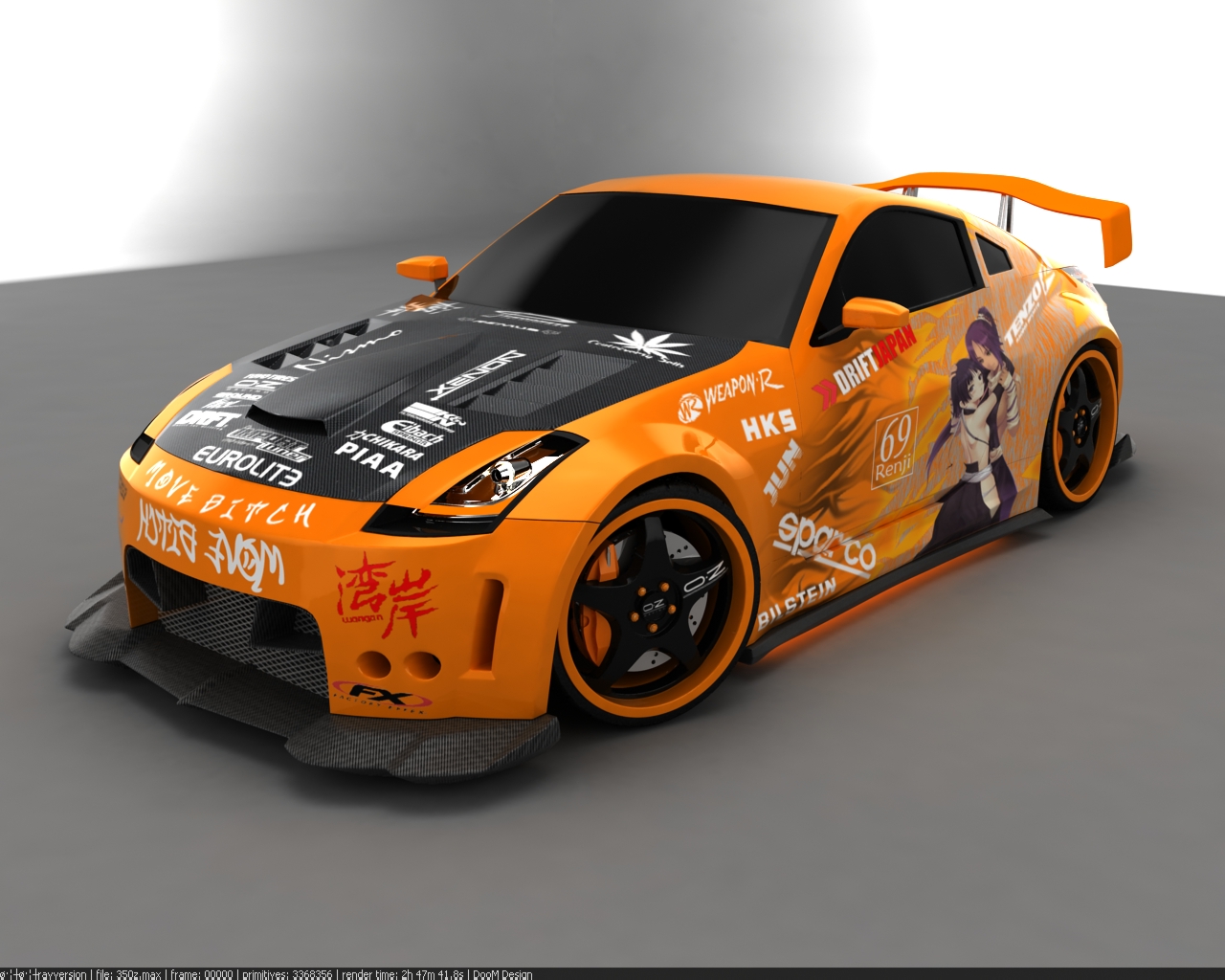
Another of the most plentiful metal monsters on the scene, the 350Z is priced favorably, powers up well, modifies easily and takes its rear-wheel-drive V6 engine to the front often.
Honorable mention:
American Muscle Cars are well-represented in race prepared street racing arenas. You really can’t have a solid conversation on popular race prepared cars without including Ford Mustang, Chevrolet Camaro and Chevrolet Corvette C6. Also in the mix are the exotic Lamborghini Huracan and the German-built BMW 3-Series (E46).
What race prepared street racer is your favorite? One of these, or another tweaked street champ?
You can see some of these cars and other race prepared rides annually at the Carlisle Import & Performance Nationals. The 2021 offering at the Carlisle PA Fairgrounds takes place May 14-15. Registration for the Showfield is now open, plus spectator tickets are available online and in advance too. Learn more about this great international automotive celebration at www.CarlisleEvents.com today.
Mike Blake, former editor of KIT CAR magazine, joined Carlisle Events as senior automotive journalist in 2004. He's been a "car guy" since the 1960s and has been writing professionally for about 30 years.
-
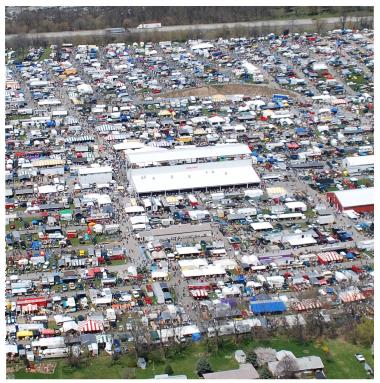
Who Shops Collector Swaps: Carlisle Events Audience is family
Tuesday, Dec 29, 2020
Car enthusiasts fuel the nation’s auto shows, auctions and automotive swap meets. Fueling the universal set of car enthusiasts are collectors with …
Show MoreCar enthusiasts fuel the nation’s auto shows, auctions and automotive swap meets. Fueling the universal set of car enthusiasts are collectors with their collector cars and automotive projects. According to classic-car insurance leader Hagerty Group, there are more than 5 million collector cars in America and roughly 58 percent are owned by Baby Boomers, born from 1946 through 1964. Traditional wisdom has said that it is the Boomers as well as WWII vets in “The Silent Generation,” born from 1928 through 1945 have long made up the majority of collector and parts shows. However, that has been evolving for the past 20 years.
Several studies on the subject show that demographics include supporters of the performance aftermarket and collector car ownership, with 76 percent being male; and the average age, which was once around 60, has dropped to 54 with many in their low 40s and new enthusiasts even younger. As the classic car collecting and project building audience has grown younger, a recent survey shows that 67% of respondents say they have always loved cars, more than 50% say they have been collecting for 20 years or more. Owners also admit to spending an average of $12,000 on their hobby, and more than half drive the vehicles they collect and work on. Around 85 percent are college educated, 78 percent are married and 42 percent are retired, but the Millenials, those born between the early 1980s and the early 2000s, is larger demographically than the remaining Baby Boomers, and are beginning to drive the genre. It is slowly beginning to evolve in that direction.
Several of the largest automotive collector car parts flea markets and swap meets are put on by Carlisle Events, at the Carlisle (PA) Fairgrounds, begun on September 26, 1974, when 600 vendors took up 800 spaces, and 13,000 spectators attended “Post War '74”. Within a few years, the Carlisle Fairgrounds had become a collector car enthusiast mecca, and the Fall Carlisle Collector Car Swap Meet & Car Corral and Spring Carlisle Collector Car Swap Meet & Car Corral have become sellouts on the 82-acre show site, drawing as many as 100,000 fans for a weekend. Scaled down a bit for Covid-19 restrictions, the two shows still draw big crowds and they continue to attend Carlisle Events shows out of loyalty, love for the genre and various other motivations.
Carlisle’s location may be part of the draw, as it sits within 250 miles of 58 million Americans, and within 300 miles of 65 million citizens. Of those, many are car enthusiasts who still come to shows rather than buying on-line because at a show, they can see, touch, smell and hear the items they came for, and they can talk about the parts and treasures they need with countless other enthusiasts they may have just met or have seen over the years at previous shows. Carlisle’s audience comes to be part of the show. You can’t get that on-line.
Tim Demark, Carlisle’s Vendor Manager said, many come for the merchandise the vendors display. “We display anything and everything for anything on wheels. Form what might be expected to what you’d never expect to see. The collectors are the stars of the show, those enthusiasts who collect or do restorations and are nostalgic in continuing their traditions of coming to the shows they were introduced to by their parents or grandparents. Maybe they grew up with a certain car, and that classic car still triggers them. Now they can put one together or restore a car or truck to the way they remember it. It has become their passion.”
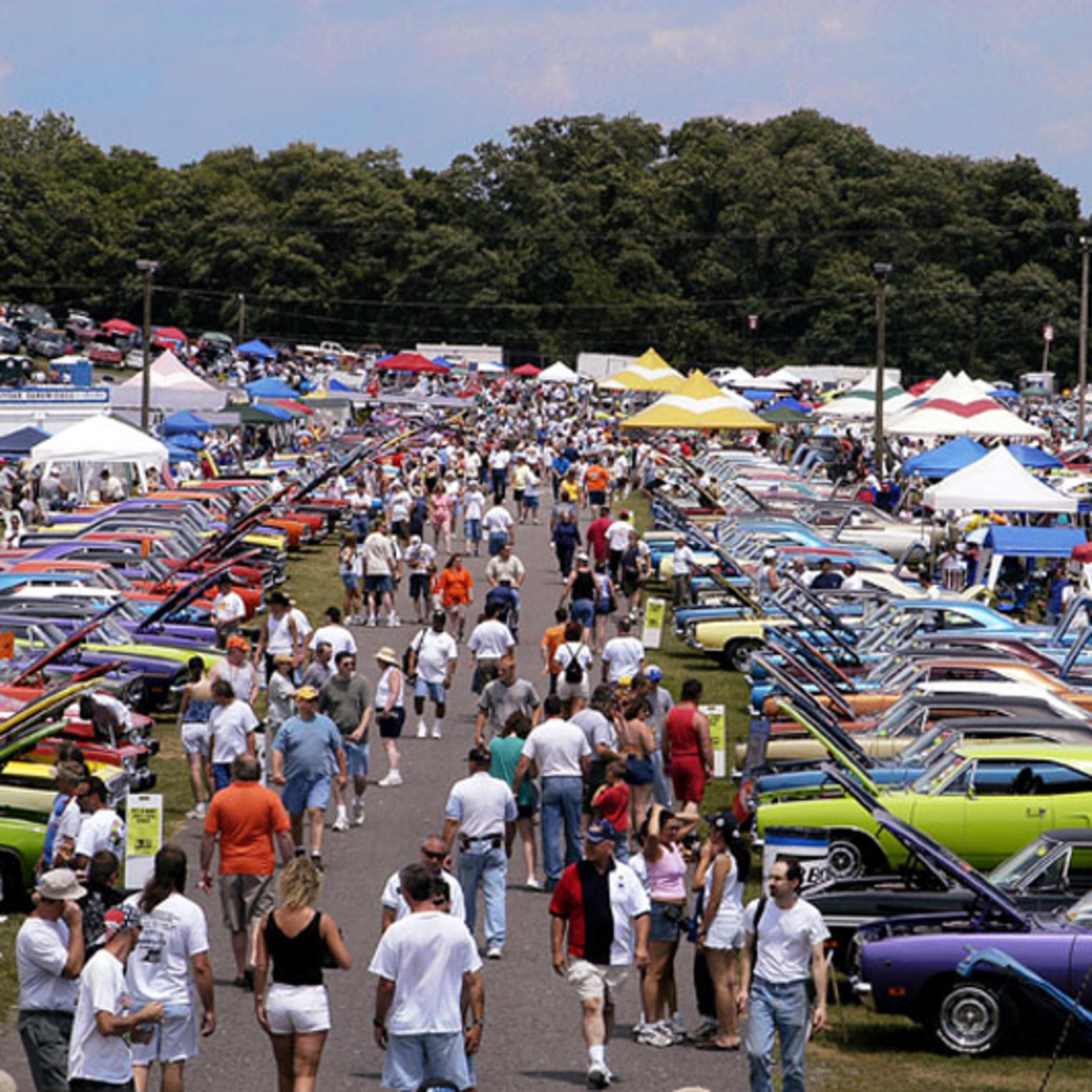 Demark also recognizes that the vendors are a huge draw. The Spring show has 2800 vendors, from aftermarket to reconditioned parts to original parts to car care products. Classsic used parts from tires to the top of the car, new parts for currents to antique parts for classics; they encompass all projects and needs.”
Demark also recognizes that the vendors are a huge draw. The Spring show has 2800 vendors, from aftermarket to reconditioned parts to original parts to car care products. Classsic used parts from tires to the top of the car, new parts for currents to antique parts for classics; they encompass all projects and needs.”Ed Buczeskie, Carlisle Events Spring and Fall Show Manager said, “I think there are a couple of things that make a swap meet attractive to buyers compared to online. First, there is the social aspect. Many people come primarily for the camaraderie. In some cases it’s to meet up with old friends, though many travel to the event with friends in order to spend time together. I really think this is an important thing to recognize.”
“Many attend a swap meet to be surprised … to find things that they weren’t looking for and/or didn’t know they needed. Another reason to attend is the thrill of the hunt. They might find something cheap that they can flip for a few bucks. They might find something that’s in their wheelhouse but they don’t really need it. However, it’s just so cheap that they can’t pass it up. Or, they might find something they need for a project that’s on the back burner but it’s such a good deal that they buy it now.”
Buczeskie believes the attendees love the one-to-one aspect of swap meets. “Nothing beats dealing with someone face-to-face,” he said. “There are too many ways to get scammed online – as either a buyer or seller. It’s also frustrating when you find something online; make arrangements to see it, only to find out it sold because someone got there first with the cash. At a swap meet, whoever sees it first has first shot at it. If you walk away, it might not be there when you go back. It’s just more fair to everyone. Also, when buying in person you know that you’re getting exactly what you think you’re getting. There is no misrepresentation on the seller’s part. No failure to disclose damage – it’s up to YOU as the buyer to look it over AND to have done your homework on the part. If you’ve done your due diligence, it’s pretty hard to get scammed when dealing face-to-face.”
According to the Buczeskie, “Buying at a swap meet is an experience. It’s entertainment to a degree. It’s more than just a means to buy car stuff.”
Demark agreed, “People come for the conversation, the stories, and the experience. It’s entertainment. They know that when they come to Carlisle, to expect the unexpected. In the collectible world or the time period they are passionate about, they can find it. And our attendees tell us they often have more in common their fellow attendees than they do with their family. That is part of it … they ARE family.”
> Visit www.CarlisleEvents.com for more on the automotive hobby.
Mike Blake, former editor of KIT CAR magazine, joined Carlisle Events as senior automotive journalist in 2004. He's been a "car guy" since the 1960s and has been writing professionally for about 30 years. </I>
-
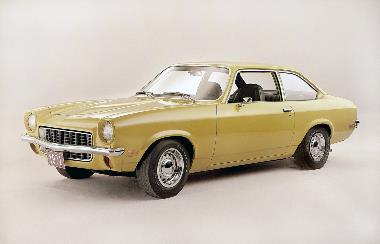
A Look Back at the Vega Platform H: 50 Years Later, Praise Outdistances Disfavor
Tuesday, Dec 22, 2020
For model-year 1971, Chevrolet launched the Vega H-Body to compete with Ford, AMC and econo-imports, and it was greeted with enthusiasm from the au …
Show MoreFor model-year 1971, Chevrolet launched the Vega H-Body to compete with Ford, AMC and econo-imports, and it was greeted with enthusiasm from the auto press. The subcompact drew early raves and was named 1971 “Car of the Year” by Motor Trend and “Best Economy Sedan” in 1971, 1972 and 1973 by Car and Driver readers. Vega, also called “the H Body,” had a 97.0-inch-wheelbase, and the econocar saw more than two million versions of Vega – Notchback, Hatchback, Kammback, Panel Express Delivery and Cosworth -- produced between 1971 and 1977, with a high-water mark of 460,374 in 1974.
Named after the brightest star in the constellation Lyra, Vega flamed out in seven years and was cut from the line. The car quickly became one of those love-it-or-hate-it vehicles, and its supporters were equaled by its detractors. But 50 years later, the Vega H-Body remains a classic for many reasons.
The Chevrolet Vega was conceived in 1959, when compact cars were beginning to sell in America, with the market served largely by the Volkswagen Beetle, Datsun and Toyota, as well as the American Studebaker Lark and Rambler American. Chevrolet entered the compact fray in 1960 with Corvair, to compete with Ford Falcon and Plymouth Valiant, and all three hit the ground running. Other small cars were not compacts as we see them, and were adaptations of mid-size sedans -- Chevrolet Nova, Ford Maverick and AMC Hornet were among those – and the public yearned for a true subcompact.
By the end of the decade, John DeLorean had been reassigned from head of Pontiac Division to the Chevrolet Division, and took over Vega (among other challenges). Vega was already set to build, and DeLorean added a few tweaks, but the engineers and designers shipped it, pretty much as they imagined it when it went live in September 1970. A series of teaser ads led up its launch, with four available variants of the H-Body. The Notchback sedan and Kammback wagons shared rooflines (and thus doors and other components); the more popular Hatchback had a lower roofline and shared a fold-down rear seat with the Kammback. The cars were identical from the cowl forward. The Panel Express was designed to be a light delivery truck and a GT version of Vega could be ordered, which brought a little more power (110hp vs. 90) through use of a two-barrel carburetor and slightly “warmer” cam grind, along with full instrumentation on the dash.
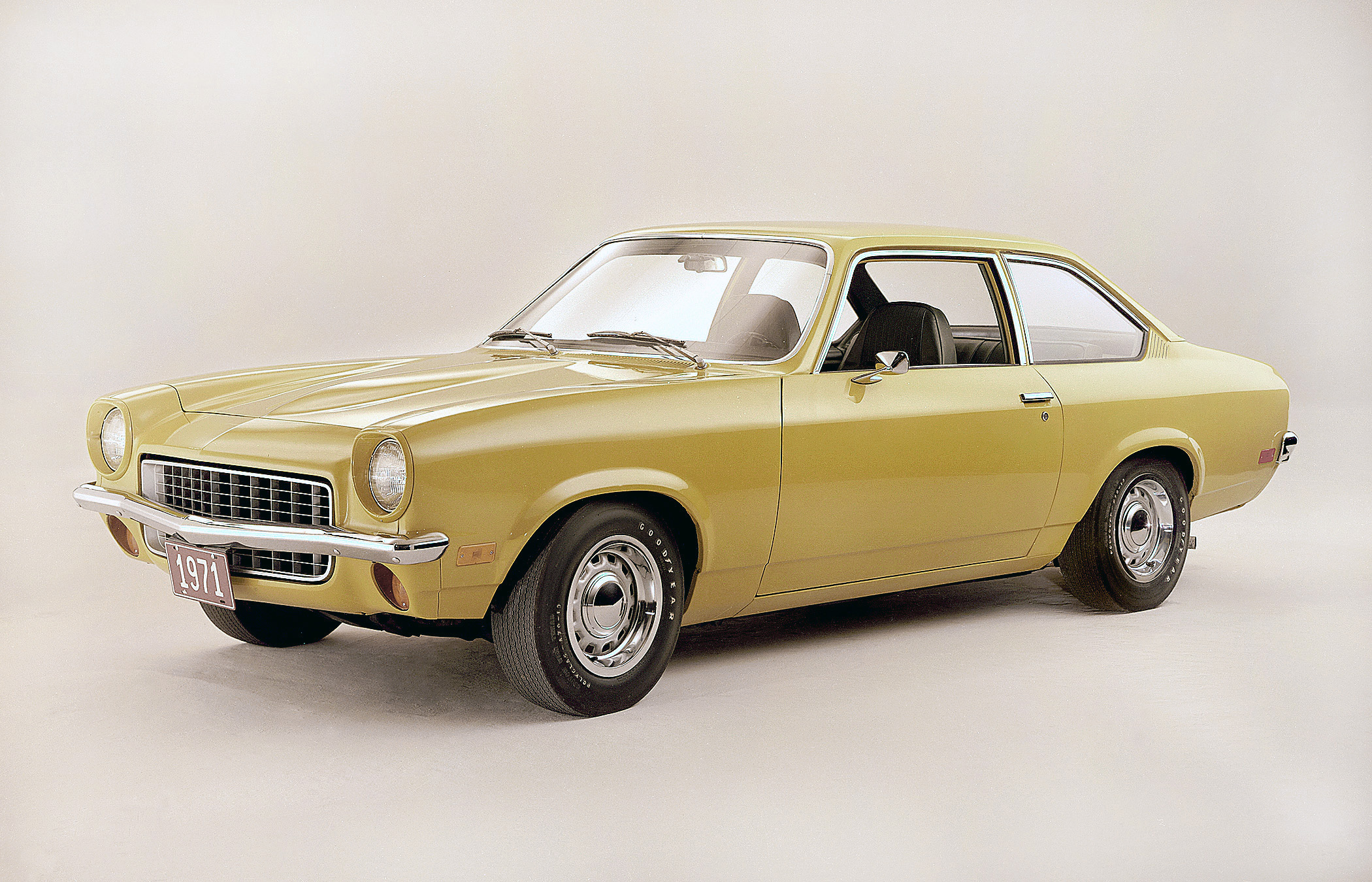 H-Bodies, introduced with the ’71 Vega were available with various GM engines, solid rear axle and unibody construction. By 1973, Pontiac Astre, a rebadged version of Vega launched in Canada and hit the U.S. market in 1975. Other H-bodies included Chevrolet Monza, Buick Skyhawk and Oldsmobile Starfire for model-year 1975, and Pontiac Sunbird’s H-Body came into play for 1976.
H-Bodies, introduced with the ’71 Vega were available with various GM engines, solid rear axle and unibody construction. By 1973, Pontiac Astre, a rebadged version of Vega launched in Canada and hit the U.S. market in 1975. Other H-bodies included Chevrolet Monza, Buick Skyhawk and Oldsmobile Starfire for model-year 1975, and Pontiac Sunbird’s H-Body came into play for 1976.The Vega and the Astre were discontinued at the end of the 1977 model year, while the Monza, Sunbird, Skyhawk, and Starfire continued through 1980. The GM J platform replaced the H platform in 1981, though the H platform was designated for full-size GM front-wheel-drive cars in the 1980s, and served as the basis for GM’s second-generation downsized full-sized sedans including Buick LeSabre, Oldsmobile 88 and Pontiac Bonneville.
The base Vega engine was a single-barrel 90-hp 140 CID aluminum-block L4. A two-barrel version delivered 110 hp, and in 1972, a prototype that never saw the light of day, had an all-aluminum 302 small-block V-8. Chevrolet hand-built 5000 122 CID L4 Cosworth Twin-Cam engines for the 1975 Cosworth Twin-Cam Vega. And in 1973, GM made plans to install the GM-rotary Wankel engine in for the 1975 Monza 2+2, but the engine was canceled.
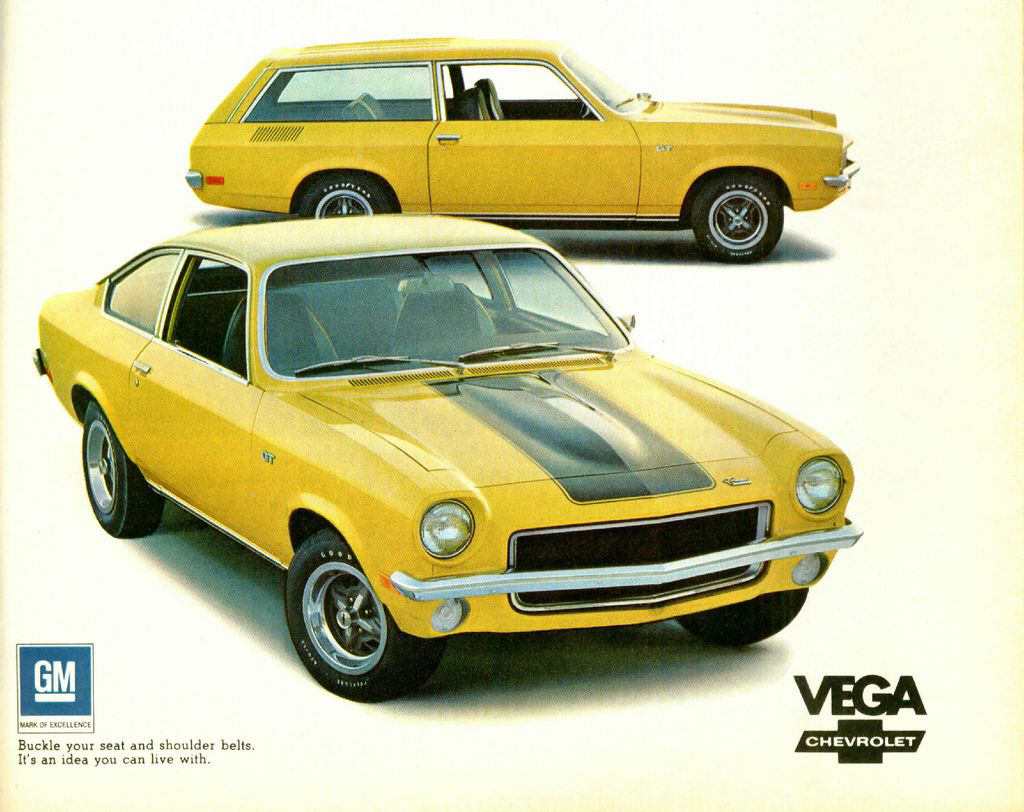 Manufactured at Lordstown Assembly in Ohio, and South Gate Assembly in California, as well as in plants in Canada and Mexico, the basic Vega was priced at $3249 in 1971, but lofty goals helped create the sports-inclined Cosworth that was priced at $5918 in 1975, only $892 below Corvette, and was soon priced out of the market.
Manufactured at Lordstown Assembly in Ohio, and South Gate Assembly in California, as well as in plants in Canada and Mexico, the basic Vega was priced at $3249 in 1971, but lofty goals helped create the sports-inclined Cosworth that was priced at $5918 in 1975, only $892 below Corvette, and was soon priced out of the market.The Chevrolet Vega pioneered a number of product development processes at GM, including employing new production methods and technologies, and it introduced a novel means of rail shipment – vertically on specially designed rail cars, which could hold 30 cars instead of the 18 a standard auto carrier held.
Vega was good-looking, a decent driver and sold in big numbers early on, but uninspired engineering tweaks and the focus to keep a low price, soon fueled Vega’s demise. When Vega displayed a propensity for rust after cold East-Coast winters and salted roads, and corrosion even in West Coast Vegas, the public changed praise to derision. Additionally, an inadequate cooling system led to oil burning, coolant leaks, and dead engines.
The luster had worn off and Vega was discontinued. But just as the star it was named after, Vega shone brightly on the automotive scene and deserves classic respect, as we celebrate 50 years since it hit and took over the car world’s consciousness.
To learn more about the 2021 Carlisle GM Nationals, special displays of the weekend, including the 50th birthday of the Vega and H Platform and more, visit the car show page direct via the Carlisle Events web page. Register to show or purchase spectator tickets too.
Mike Blake, former editor of KIT CAR magazine, joined Carlisle Events as senior automotive journalist in 2004. He's been a "car guy" since the 1960s and has been writing professionally for about 30 years.
-
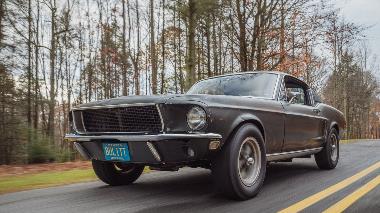
Ford Movie Cars: Blue Oval Stars of the Silver Screen
Tuesday, Dec 15, 2020
While cars have appeared in movies since the 1920s, cool rides and powerful ponies have been action stars since Steve McQueen raced the hills of Sa …
Show MoreWhile cars have appeared in movies since the 1920s, cool rides and powerful ponies have been action stars since Steve McQueen raced the hills of San Francisco with his 1968 Mustang in “Bullitt.” James Bond’s 1964 Aston Martin DB5 might have beaten it to the screen, but Fords have been movie stars for more than 50 years. Recently, the movie “Ford vs. Ferrari” featured more than 30 different Ford race cars, but the cars in the film were Cobra Replicas from Shelby American and GT40MkIIs from Superformance Cars as well as replica Cobra Daytona Coupes. The 1960 Ford Country Squire in green was genuine.
So let’s get back to real Fords on screen.
We all have our favorite movie cars. Top 10 lists are arbitrary and you may have your own favorites… so send them in … but here are mine:
I like Pony cars, so my tops on the list are Mustangs. Arguably, the most filmed car in movie history is the Ford Mustang. In its 57 years of Pony Car might, the Mustang has starred in more than 500 movies. Here are 32 of them:
Amityville: The Demon (1965-6 Mustang coupe)
Batman and Robin (1964 Shelby 289 Cobra)
Beverly Hills Cop III (1966 Mustang convertible)
Bullitt (1968 Mustang Fastback)
Curse of the Black Widow (1968 Mustang convertible, 1967 Mustang coupe)
Diamonds Are Forever (1971 Ford Mustang Mach 1)
Fast and the Furious: Tokyo Drift (1967 Mustang Fastback)
Fast Food (1966 Mustang coupe)
Fast Lane Blues (1966 Mustang convertible)
Fatal Beauty (1965 Mustang convertible)
Gas Pump Girls (1966 Mustang coupe)
General's Daughter, The (1965 Mustang coupe)
Goldfinger (1964 Mustang)
Gone in 60 Seconds (1967 Shelby GT500)
Grand Prix (1966 Shelby GT350H)
Hitchhiker Vol. 3, The (1971 Mustang Convertible)
Hollywood High (1968 Mustang coupe)
I Am Legend (2007 Mustang Shelby GT500 )
Immortal, The (1968 Shelby GT500KR Mustang)
Implicated (1966 Mustang convertible)
In a Cat's Eye (Classic Mustangs)
In Crowd, The (1966 Mustang coupe)
Incubus, The (1967 Mustang coupe)
Independence Day (1965 Mustang convertible)
J. F. K. (1965 Mustang convertible)
Jocks (1967 Mustang convertible)
John Wick and John Wick 2 (1969 Mustang Mach 1)
Last American Hero, The (1967 Mustang Fastback)
Last Boy Scout (1965 Mustang convertible)
Last Don, The (1965 Mustang coupe)
Transformers (2005 Mustang)
War of the Worlds (1966 Shelby GT350H )
Getting down to cars that made the list …
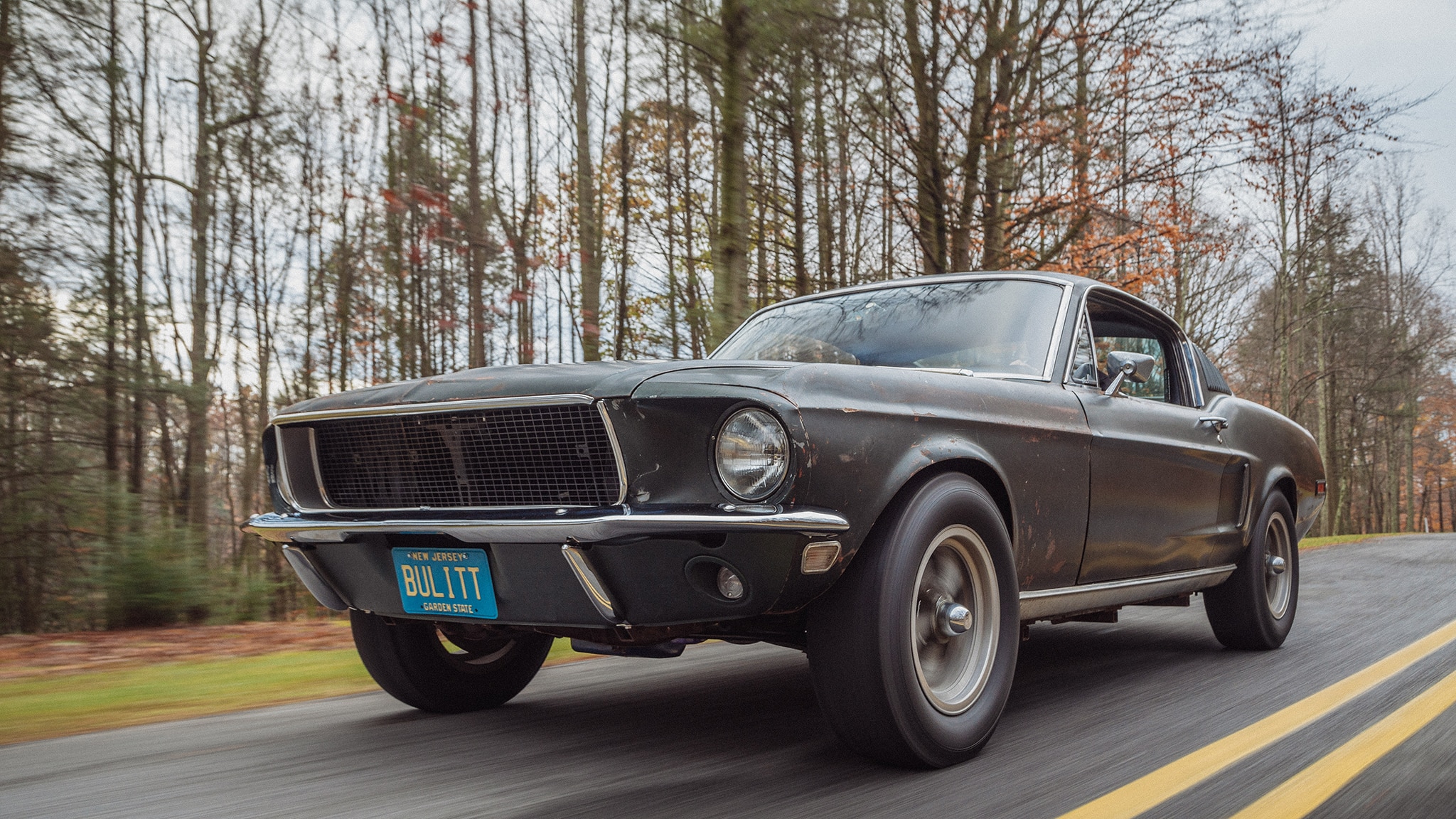 1. “Bullitt “– 1968 Ford Mustang GT390 Fastback: Highland Green, 325 hp, 395 c.i. Camera angles had you feel as though you were in the driver’s seat as Steve McQueen chased the bad guys. One of the two Mustangs used during filming was auctioned for $3.7 million.
1. “Bullitt “– 1968 Ford Mustang GT390 Fastback: Highland Green, 325 hp, 395 c.i. Camera angles had you feel as though you were in the driver’s seat as Steve McQueen chased the bad guys. One of the two Mustangs used during filming was auctioned for $3.7 million.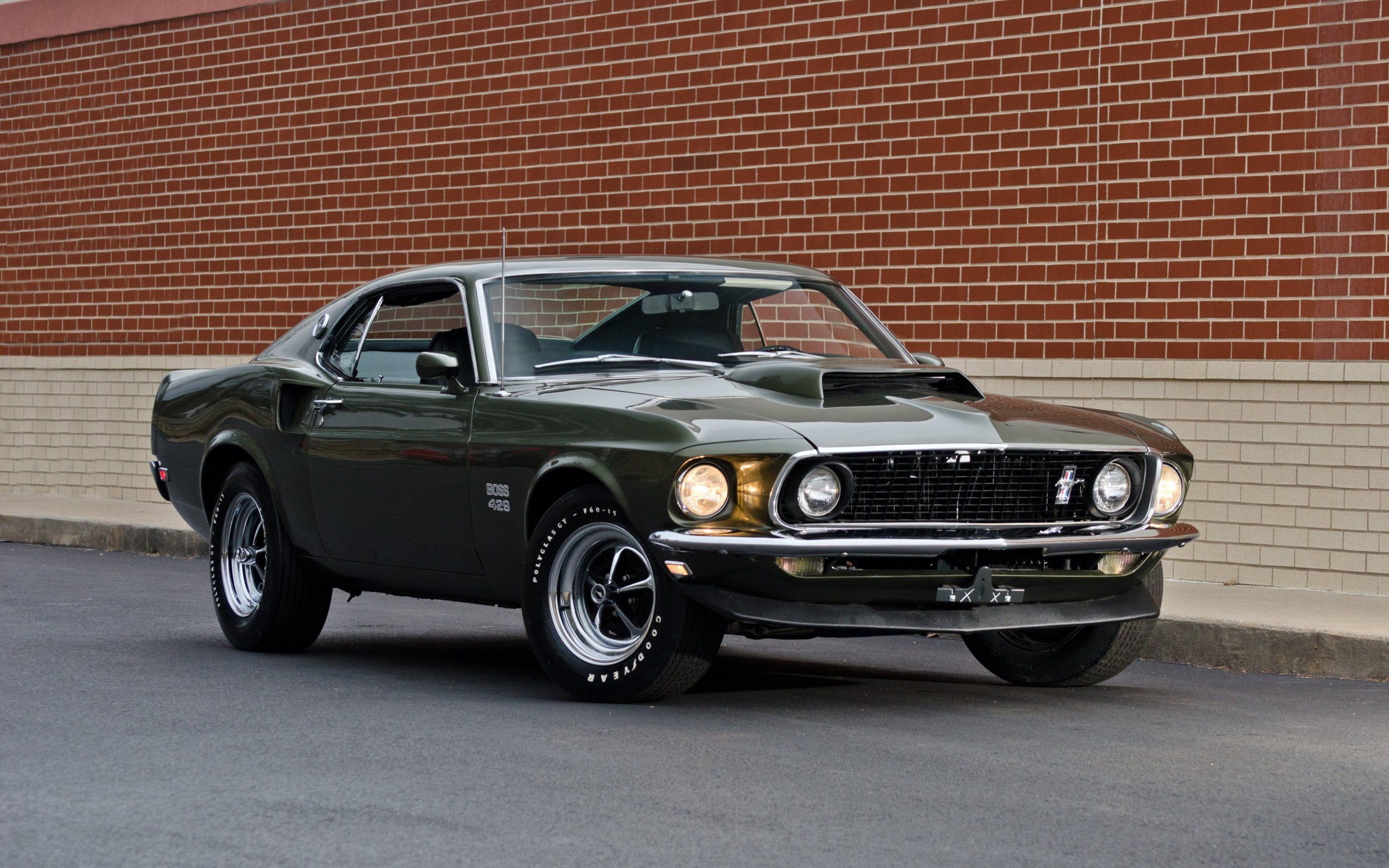 2. “John Wick” -- 1969 Ford Mustang: A Mach 1 that is identified in the movie as a Boss 429, is driven by Keanu Reeves in the stunts. Fishtailing and slamming into other vehicles … the assassin didn’t like anyone messing with his vehicle.
2. “John Wick” -- 1969 Ford Mustang: A Mach 1 that is identified in the movie as a Boss 429, is driven by Keanu Reeves in the stunts. Fishtailing and slamming into other vehicles … the assassin didn’t like anyone messing with his vehicle.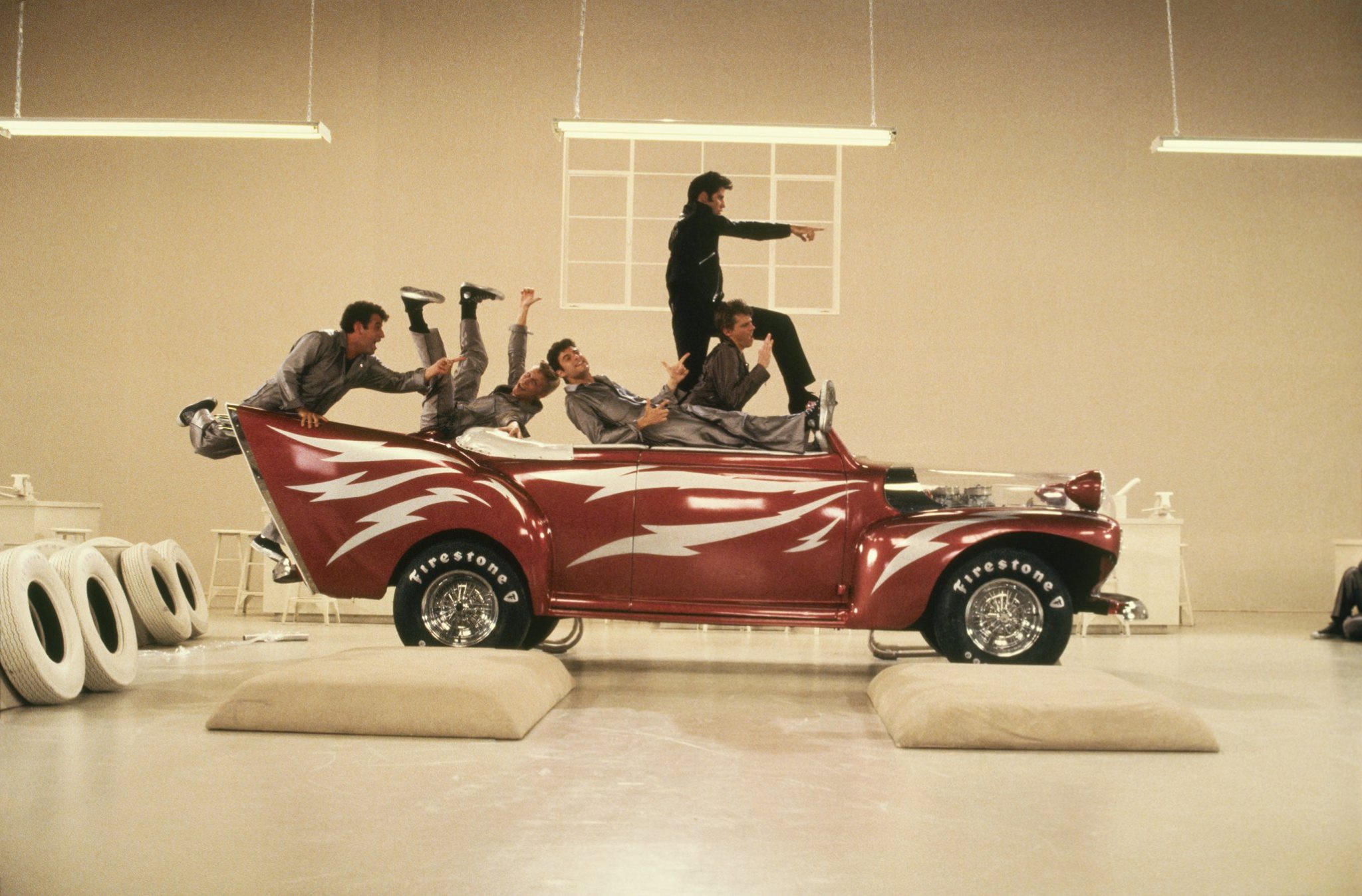 3. “Grease” -- 1948 Ford De Luxe Convertible: Greased Lightning: Chopped fenders, Plexiglas hood, and Kandy Red, John Travolta sings about it. Though he sings of “four on the floor,” this is an automatic.
3. “Grease” -- 1948 Ford De Luxe Convertible: Greased Lightning: Chopped fenders, Plexiglas hood, and Kandy Red, John Travolta sings about it. Though he sings of “four on the floor,” this is an automatic.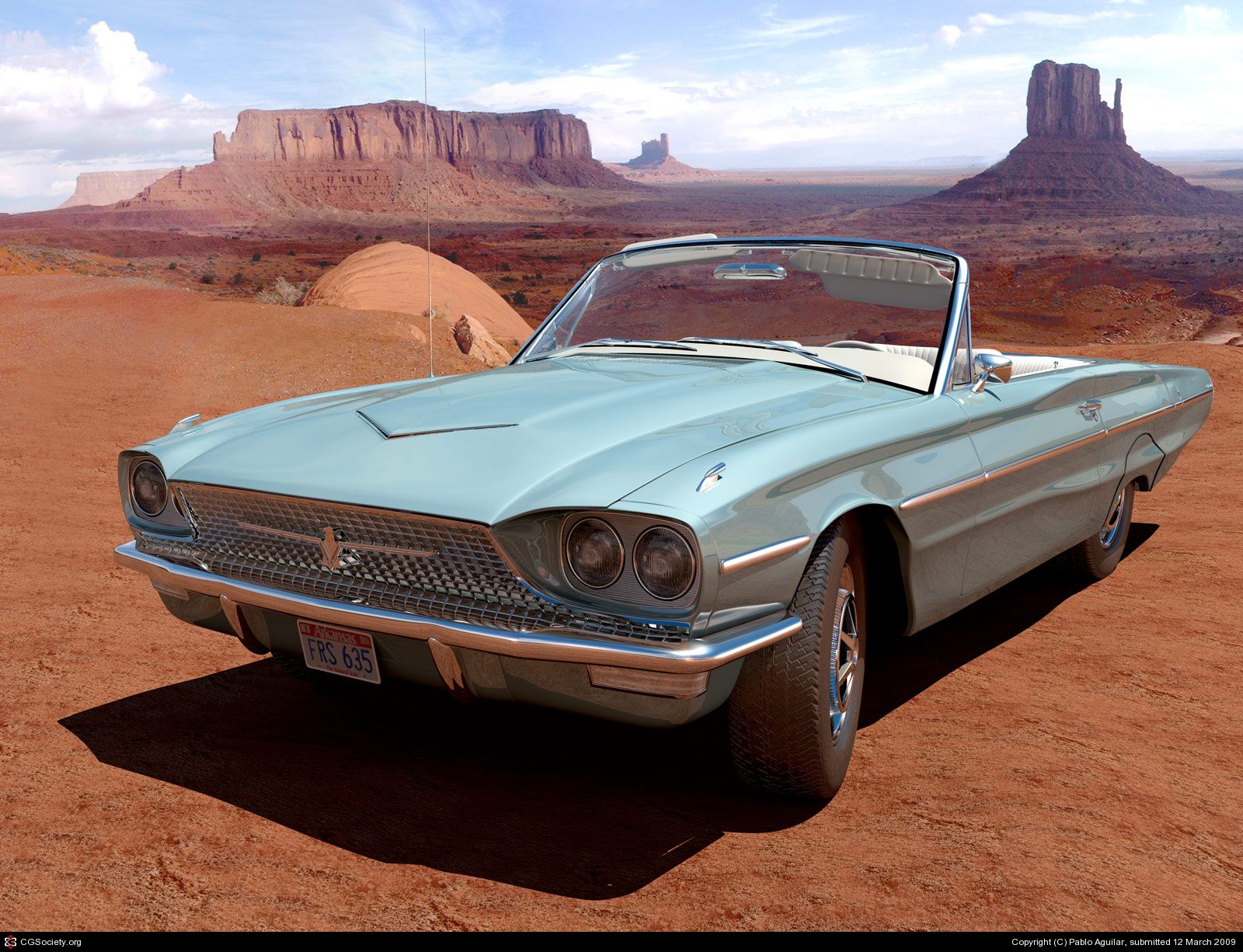 4. “Thelma and Louise” -- 1966 Ford Thunderbird: Two outlaw ladies jump off a cliff and into the Grand Canyon is as hot as the action on the screen. Brad Pitt and Geena Davis signed the armrest and sun visor, respectively after the shoot.
4. “Thelma and Louise” -- 1966 Ford Thunderbird: Two outlaw ladies jump off a cliff and into the Grand Canyon is as hot as the action on the screen. Brad Pitt and Geena Davis signed the armrest and sun visor, respectively after the shoot.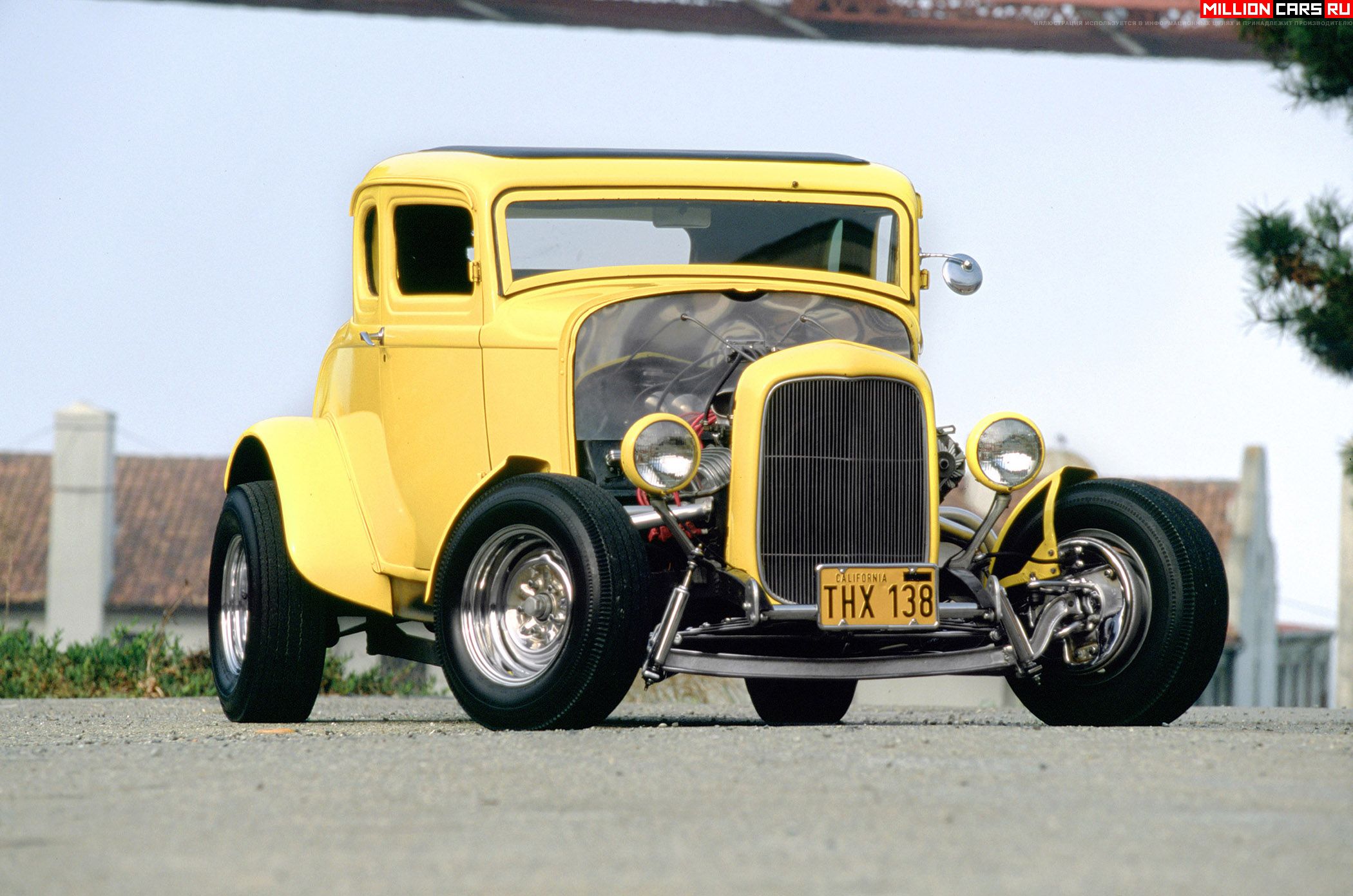 5. “American Graffiti” -- 1932 Ford Coupe: This Deuce Coup is a Canary yellow highboy is powered by a Chevy 327 V-8, and sits a little tall in the rear. In a drag scene, Paul LeMat beats Harrison Ford’s ’55 Chevy off the line.
5. “American Graffiti” -- 1932 Ford Coupe: This Deuce Coup is a Canary yellow highboy is powered by a Chevy 327 V-8, and sits a little tall in the rear. In a drag scene, Paul LeMat beats Harrison Ford’s ’55 Chevy off the line.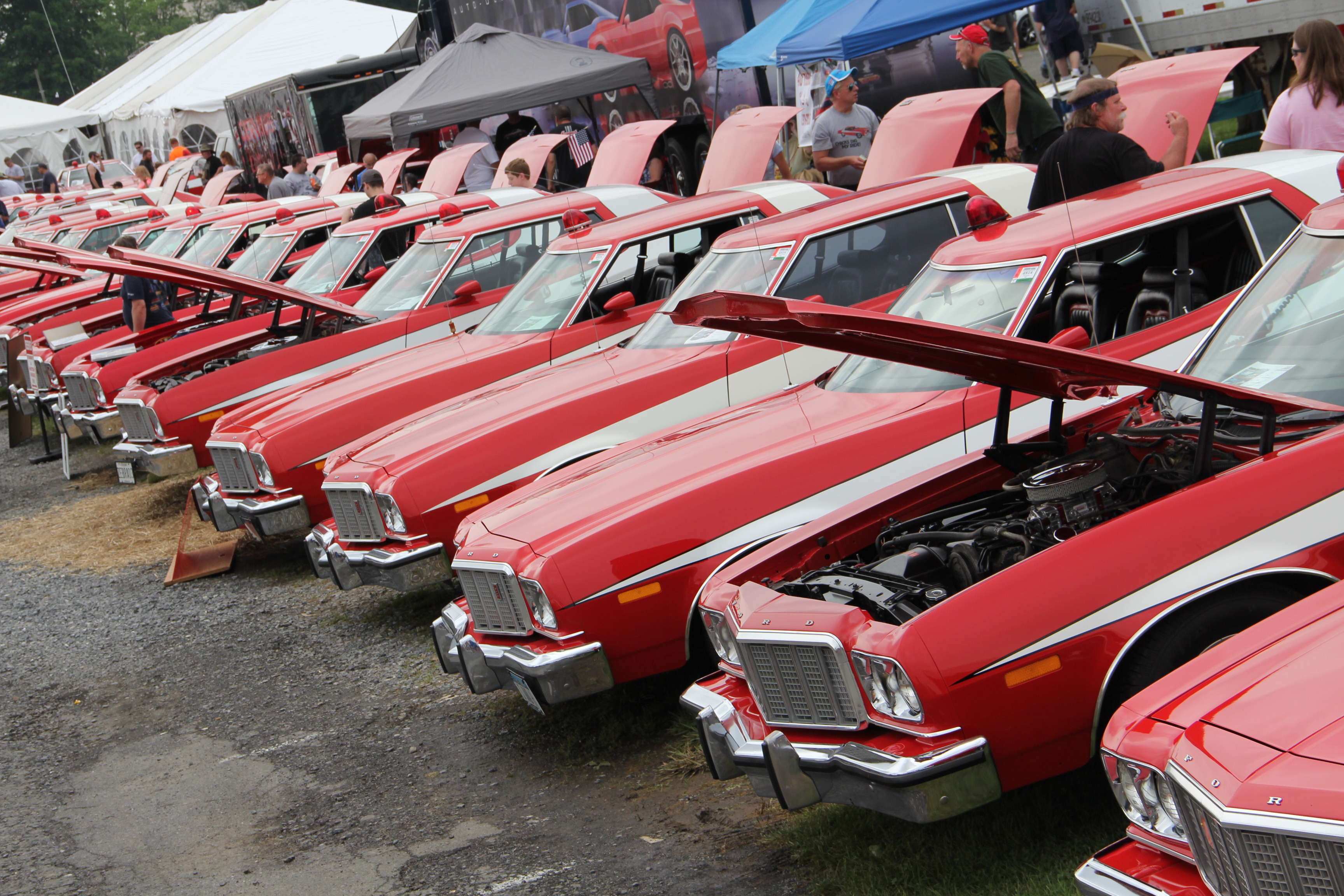 6. “Starsky and Hutch” -- 1976 Gran Torino: Two cars, a 1974 and a ’76 used in the film. An original from the 1970s TV series was used as the template. Mag wheels, custom paint. Led Ford to produce 1300 Starsky and Hutch replicas for sale. Original was 435-hp 360 c.i. beast.
6. “Starsky and Hutch” -- 1976 Gran Torino: Two cars, a 1974 and a ’76 used in the film. An original from the 1970s TV series was used as the template. Mag wheels, custom paint. Led Ford to produce 1300 Starsky and Hutch replicas for sale. Original was 435-hp 360 c.i. beast.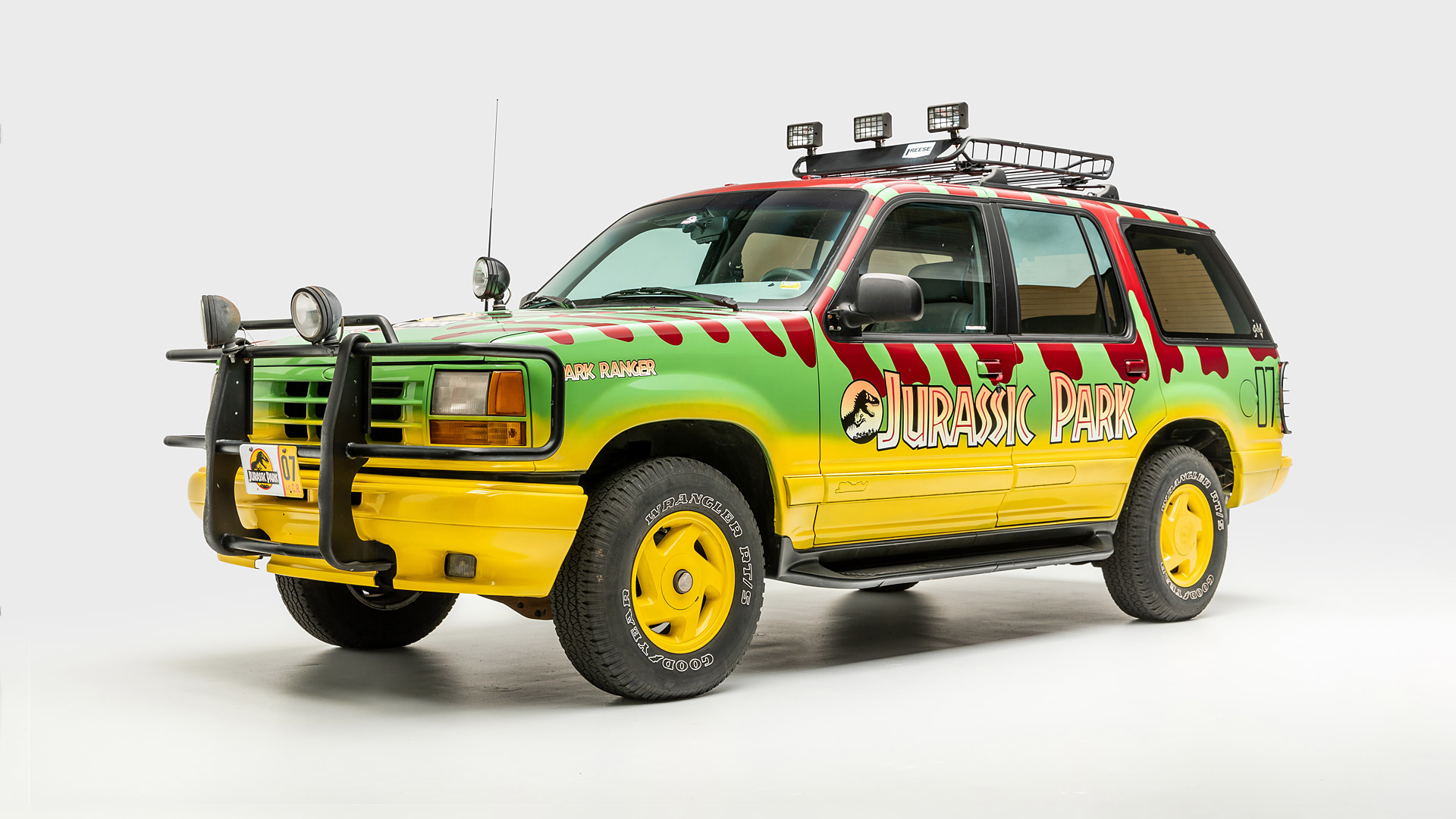 7. “Jurassic Park” -- 1992 Ford Explorer XLT UN46: In the park scenes that took on a T-Rex, the cars that appear to be Jeeps are really Ford Explorers, customized by Hollywood legend George Barris. Hey, it took on a T-Rex.
7. “Jurassic Park” -- 1992 Ford Explorer XLT UN46: In the park scenes that took on a T-Rex, the cars that appear to be Jeeps are really Ford Explorers, customized by Hollywood legend George Barris. Hey, it took on a T-Rex.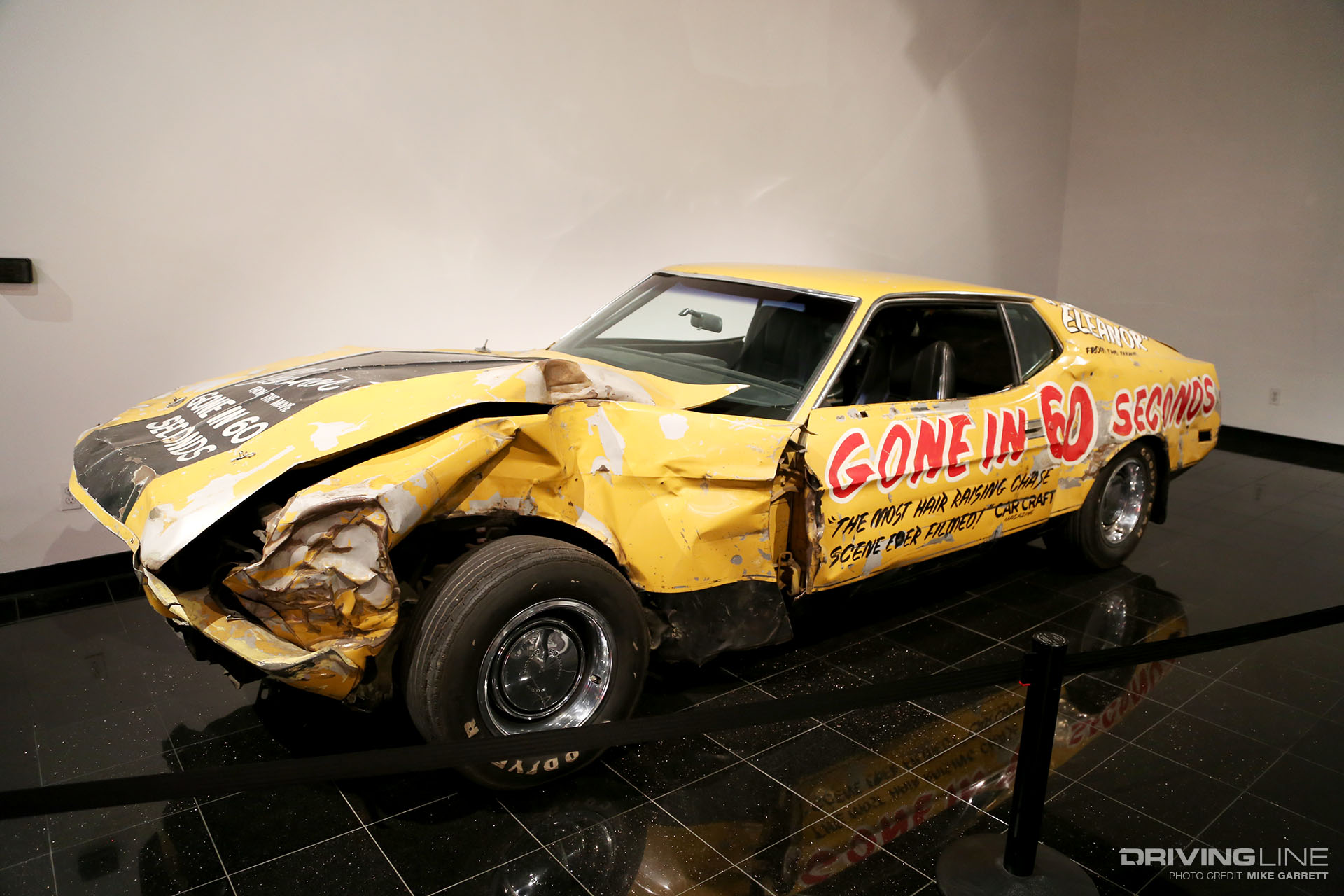 8. “Gone in 60 Seconds 1974: -- 1967 Shelby GT500, Eleanor: Dupont Pepper Grey 1967 Ford Mustang fastback is depicted as a Shelby GT500. Powered by a 400-hp Ford V-8 31 c.i. crate engine. Completes a 128-foot jump.
8. “Gone in 60 Seconds 1974: -- 1967 Shelby GT500, Eleanor: Dupont Pepper Grey 1967 Ford Mustang fastback is depicted as a Shelby GT500. Powered by a 400-hp Ford V-8 31 c.i. crate engine. Completes a 128-foot jump.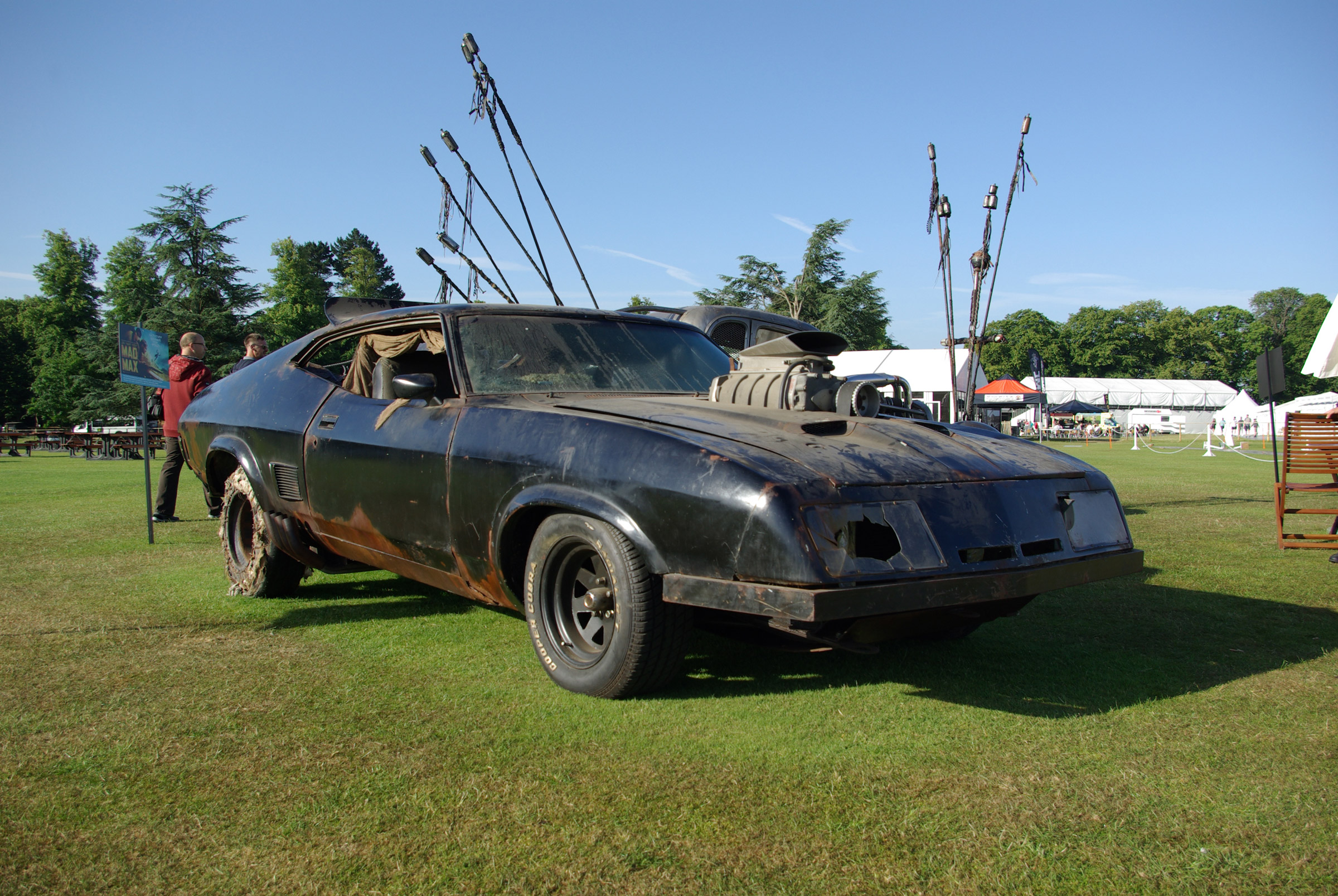 9. “Mad Max” -- 1973 XB GT Ford Falcon: A supercharger (cosmetic and nonfunctional) sticks out of the hood. A 351 c.i. V-8 powered the Interceptor and it featured a new nose on the front end, huge side flares, and fat tire.
9. “Mad Max” -- 1973 XB GT Ford Falcon: A supercharger (cosmetic and nonfunctional) sticks out of the hood. A 351 c.i. V-8 powered the Interceptor and it featured a new nose on the front end, huge side flares, and fat tire.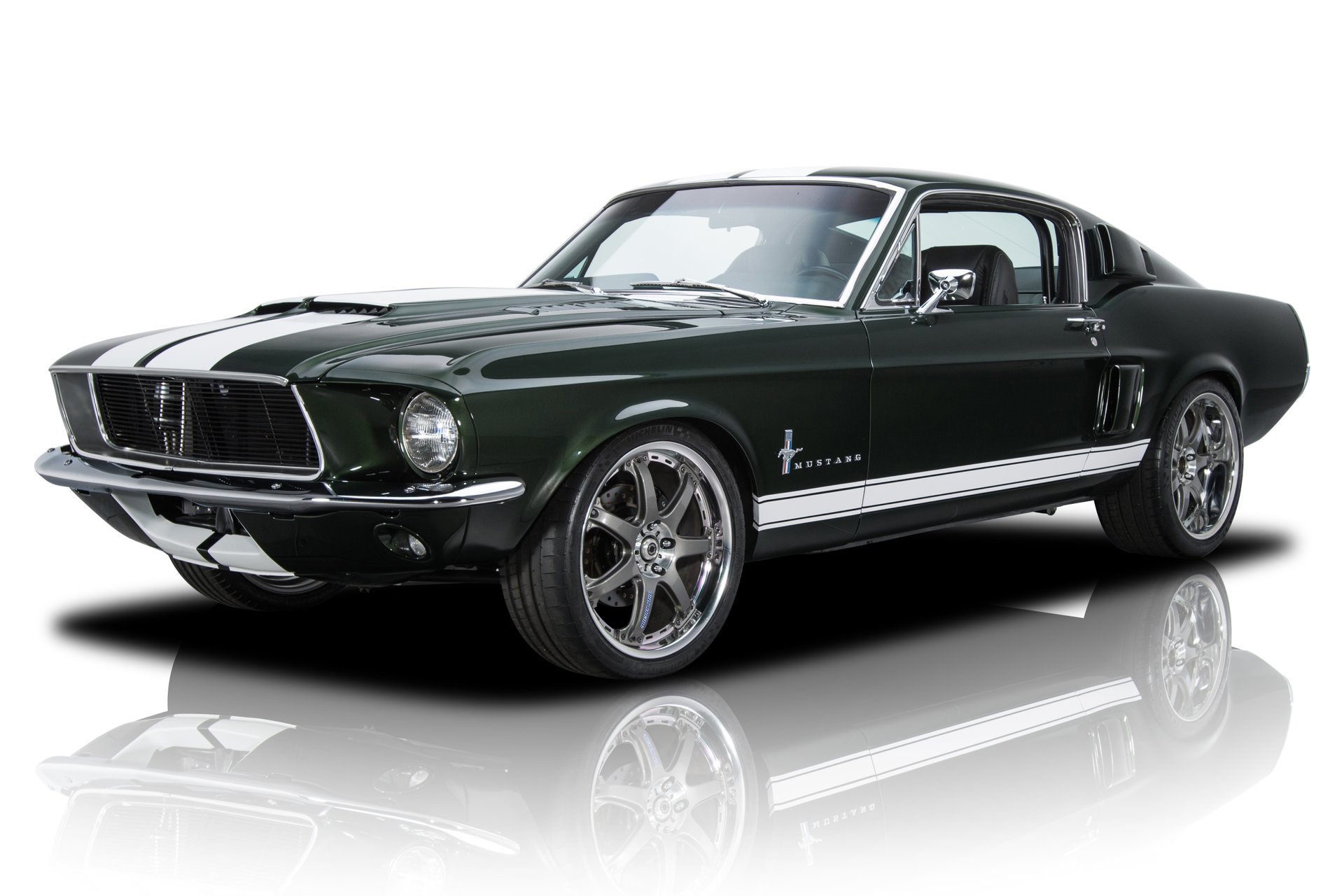 10. “The Fast and the Furious: Tokyo Drift -- 1967 Ford Mustang: Yeah, one more Mustang, but powered by a turbocharged Nissan RB26, engine. Faced bad guys, bullets and action … lots of it.
10. “The Fast and the Furious: Tokyo Drift -- 1967 Ford Mustang: Yeah, one more Mustang, but powered by a turbocharged Nissan RB26, engine. Faced bad guys, bullets and action … lots of it.Honorable mention:
Diamonds Are Forever - 1971 Ford Mustang Mach 1: Driven by Sean Connery as James Bond. With 429-cubic-inch Cobra Jet V8s … tilted on two wheels in one scene.
Take This Job And Shove It / Roadhouse – Bigfoot 1 and 7: Monster truck. Just cool.
Dumb and Dumber -- 1984 Ford Econoline, Dumb and Dumber – The Shaggin’ Wagon: Tan carpet was added inside and out, along with a tail, floppy ears, legs, nose, whiskers, and tongue. The van’s windshield functioned as the driver’s and dog’s eyes, and you had to lift a rear leg to reach the gas cap.
The Big Lebowski -- 1973 Ford Gran Torino: A redesign of the ’72 model with a longer, over-exaggerated front nose. Also used in an episode of The X Files.
National Lampoon’s Vacation -- 1979 Ford LTD Country Squire: Pea-green paint, faux-wood paneling, and eight headlights. Made a 50-foot jump in the desert.
Since cars can be the star of a movie or show and HAVE ALWAYS been recognized as the stars at the Carlisle Ford Nationals, presented by Meguiar's, 2021 brings the stars together with Carlisle Comic-Car-Con. At Carlisle in June you can see your favorite Comic, TV, and Movie cars pop off the pages or out of the screen and into one of the special displays in Building T. Event planners are still gathering cars for the showcase, but if you have one that fits the theme, be sure to visit the event page direct at CarlisleEvents.com to learn more, apply for consideration, purchase tickets and more!
Mike Blake, former editor of KIT CAR magazine, joined Carlisle Events as senior automotive journalist in 2004. He's been a "car guy" since the 1960s and has been writing professionally for about 30 years.
-
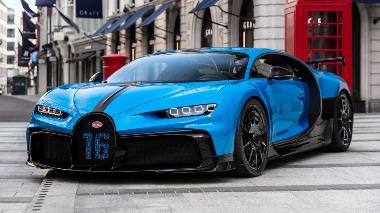
Top Cars Around the World: International Royalty in style, Power and Performance
Tuesday, Dec 8, 2020
Every year, it seems that there are a few supercars that stand out from the crowd in styling, horsepower, performance and handling. What makes a ca …
Show MoreEvery year, it seems that there are a few supercars that stand out from the crowd in styling, horsepower, performance and handling. What makes a car royalty is subjective, and grounds for argument, discussion and debate, but there is little dissent that 2021 will be an exciting year full of exhilarating cars. Now for me, America has some very exciting supercars on the market, and Corvettes, Mustangs, Chargers and Camaros, among other muscle cars, are always worth discussing and driving fast and full out. However, for this treatment of the subject, let’s look internationally. And if you have a favorite, or opinions that differ from my list, please send me your picks and we will re-visit the subject with your choices.
Now, what lands a car on the “Best” list? Is it the car with the most horsepower? If that is the case, then let’s just list McLaren racers in this and look no further than racecars. Exotic styling? Then look no further than the Lamborghini Huracán EVO Spyder and be done with it. But for this view, let’s combine horsepower, performance, handling, styling and the WOW factor – not scientific or quantitative, but worthy of putting the vehicle on the list anyway. And let’s get on track by getting off the track. No factory racecars allowed. And sales don’t put you on this list. Many of these cars are really in the supercar price range, and sales don’t make a vehicle a champion for this list.
Fasten your seatbelts. Here we go. Let’s start with styling. Beauty is in the eye of the beholder, and I’d like to hear and see your choices. While America’s Ford GT certainly is worthy of a long look, I lean toward the exotic. Here are the top-two most artistically chiseled creations on four wheels.
Styling
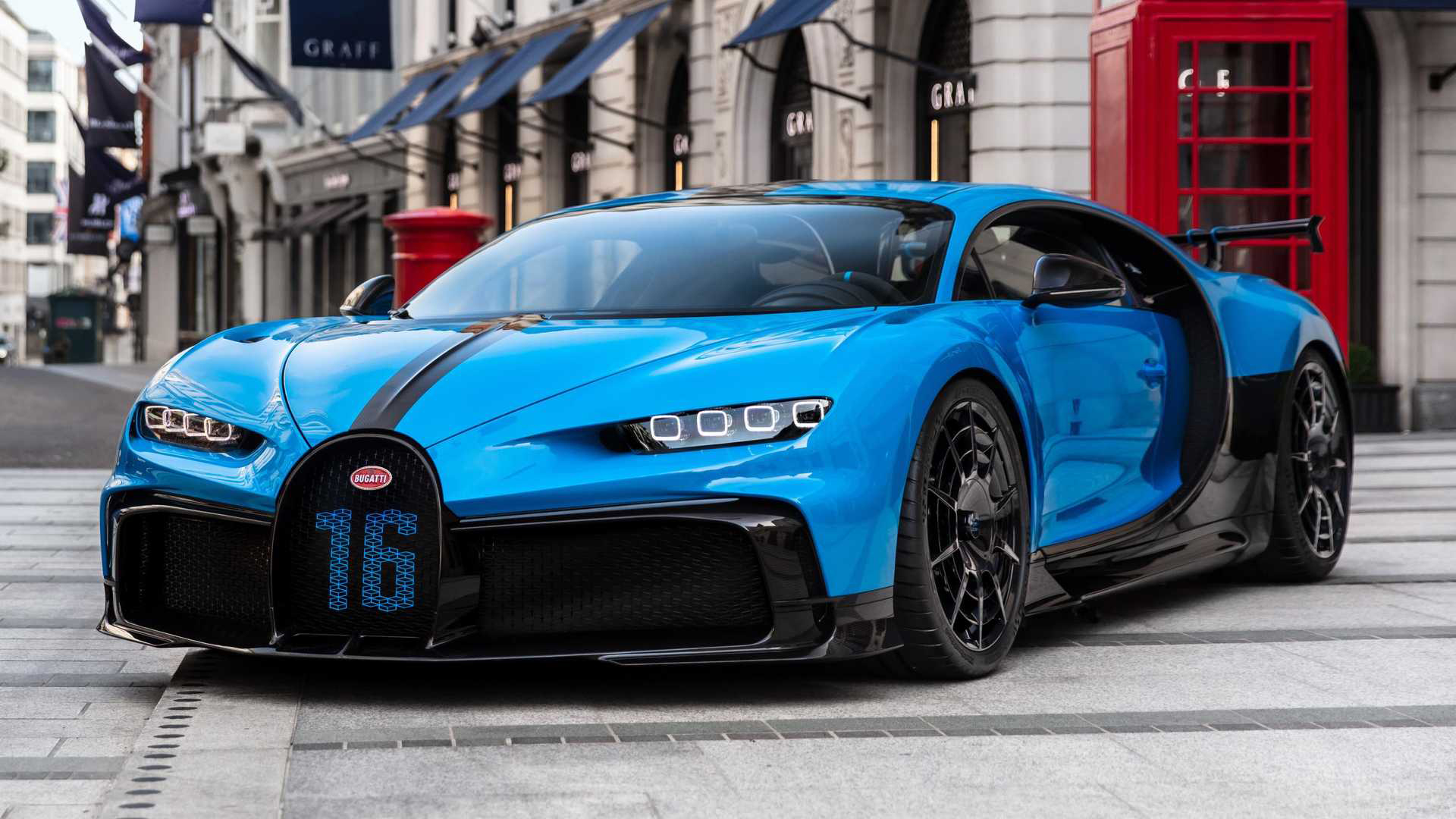 Bugatti Chiron --The Chiron is the fastest, most powerful, and exclusive production super sports car in Bugatti’s history – it also appears in our top hp group. Its sophisticated design, innovative technology, and iconic, performance-oriented form make it a unique masterpiece of art, form and technique, that pushes boundaries beyond imagination. Chiron owes its distinctive character to a family of artists and engineers, and every element of the Chiron is a combination of reminiscence to its history, innovative technology and sculpture. The entire rear end is practically one big mesh grille with taillights stuffed into its void. Each side of the car is dominated by a two-tone C-line that curves around the doors and visually splits the body into two distinct sections. The Chiron costs $3.4 million.
Bugatti Chiron --The Chiron is the fastest, most powerful, and exclusive production super sports car in Bugatti’s history – it also appears in our top hp group. Its sophisticated design, innovative technology, and iconic, performance-oriented form make it a unique masterpiece of art, form and technique, that pushes boundaries beyond imagination. Chiron owes its distinctive character to a family of artists and engineers, and every element of the Chiron is a combination of reminiscence to its history, innovative technology and sculpture. The entire rear end is practically one big mesh grille with taillights stuffed into its void. Each side of the car is dominated by a two-tone C-line that curves around the doors and visually splits the body into two distinct sections. The Chiron costs $3.4 million.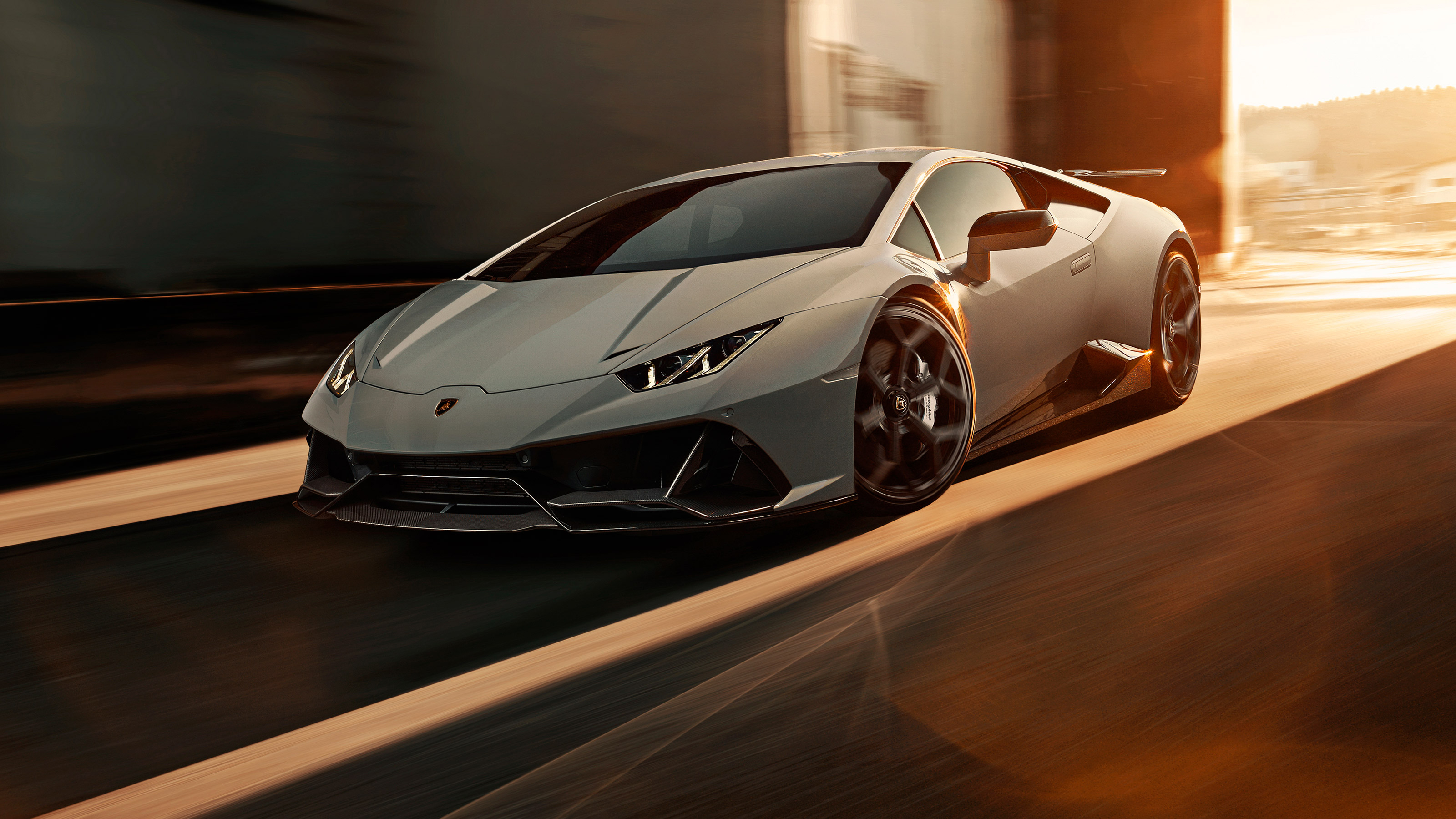 Lamborghini Huracán EVO -- The Huracán EVO Spyder is equipped with a 631-hp V-10 engine, but it makes this list for its look. The Huracán EVO introduces refined aerodynamic solutions while remaining true to the design philosophy that is the hallmark of Lamborghini. The front bumper adopts unmistakable Lamborghini Y-shape stylistic elements, hood lines inspired by the Countach, skirt air intakes reminiscent of the Murciélago, and central high-mounted exhaust tailpipes that recall the highest-performance Lamborghini models of the past. Base price $247,400
Lamborghini Huracán EVO -- The Huracán EVO Spyder is equipped with a 631-hp V-10 engine, but it makes this list for its look. The Huracán EVO introduces refined aerodynamic solutions while remaining true to the design philosophy that is the hallmark of Lamborghini. The front bumper adopts unmistakable Lamborghini Y-shape stylistic elements, hood lines inspired by the Countach, skirt air intakes reminiscent of the Murciélago, and central high-mounted exhaust tailpipes that recall the highest-performance Lamborghini models of the past. Base price $247,400Honorable Mention: Ferrari LaFerrari, Aston Martin DBS Superleggera,
Porsche 911 (992), Porsche Taycan, BMW 8-series Gran Coupe and Alfa Romeo Giulia.
OK, let’s move on to power … that certainly fits into the best of the best for car enthusiasts.
Horsepower
Not long ago, 300hp was a muscle number and 400 horses was a rocket. Then 500hp was a peak. The horses have multiplied and stampeded and while American muscle tops out at 807 hp with the 2021 Dodge Challenger SRT Super Stock, it only ranks as fifth best in the world of horsepower.
The top two – well, top three as there is a tie, is headed by:
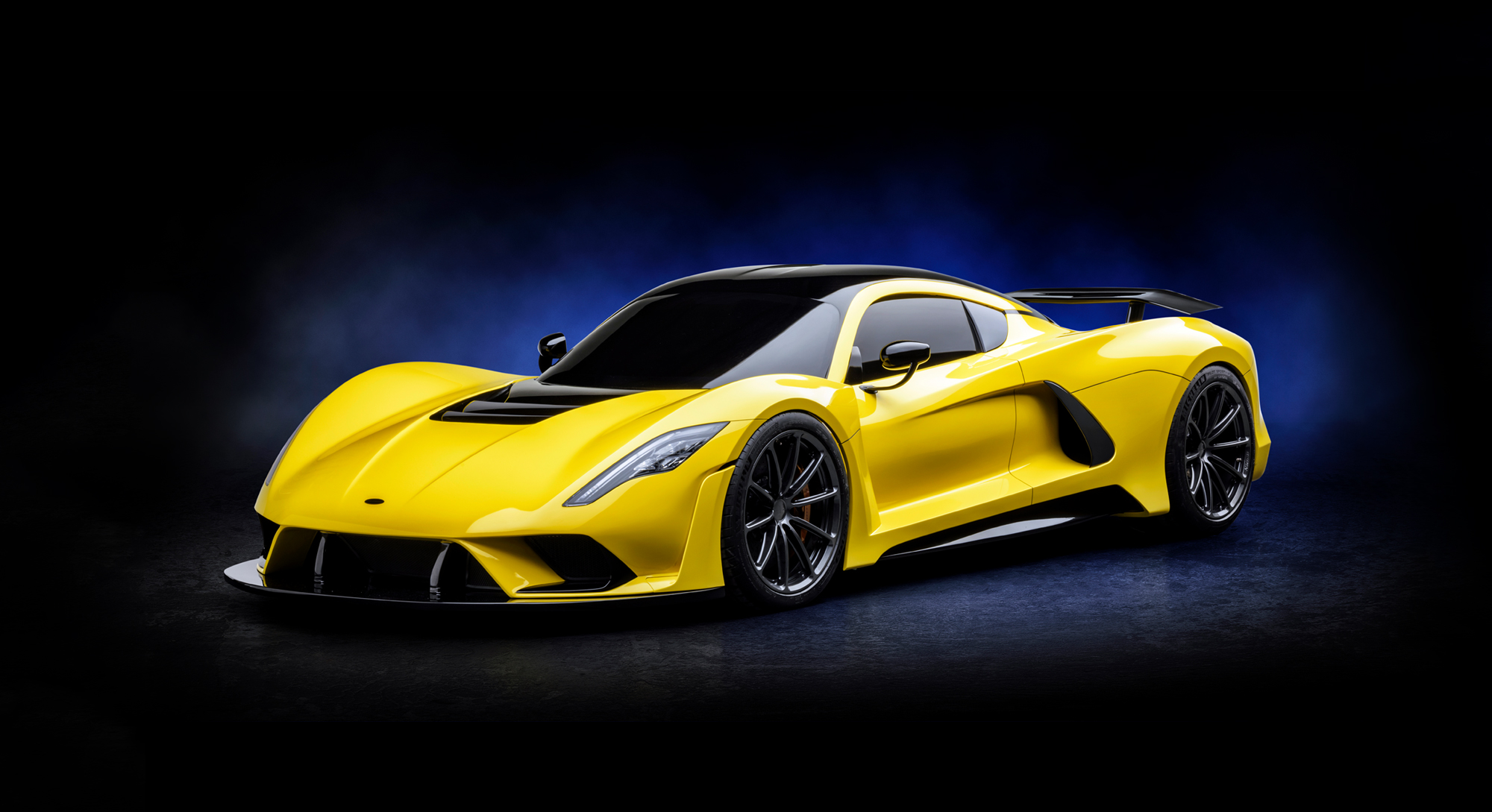 Hennessey Venom F5 -- John Hennessey, created Venom F5 using elements from a Lotus. Venom tops the list with 1600+ bhp from its 8-liter V-8 engine and two turbos, while weighing only 2950 lbs. This car was designed to travel at high speeds of up to 301 mph. Base Price: $1.6 million. There are only 24 in production.
Hennessey Venom F5 -- John Hennessey, created Venom F5 using elements from a Lotus. Venom tops the list with 1600+ bhp from its 8-liter V-8 engine and two turbos, while weighing only 2950 lbs. This car was designed to travel at high speeds of up to 301 mph. Base Price: $1.6 million. There are only 24 in production.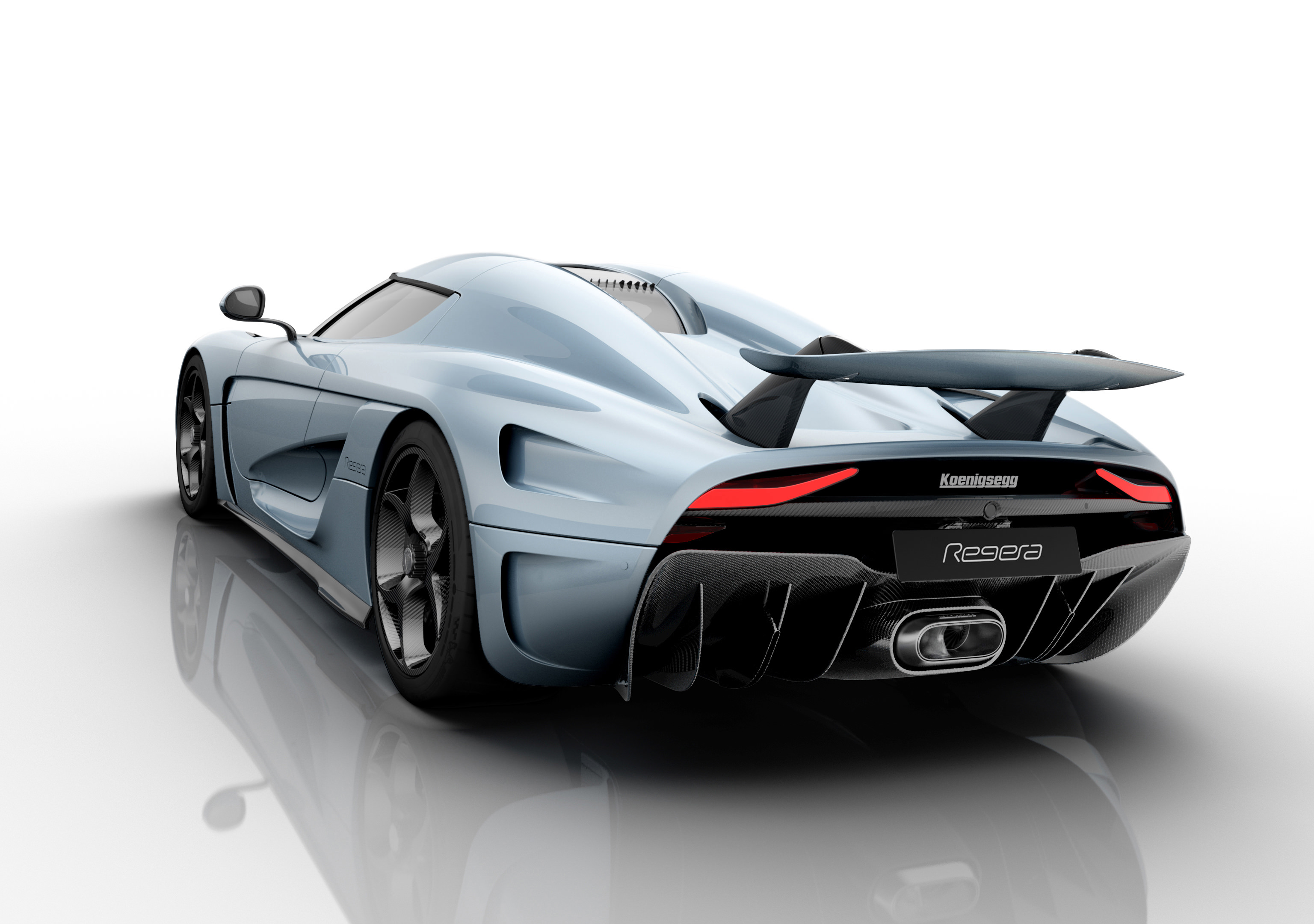 Koenigsegg Regera -- The Koenigsegg Regera uses three electric motors for 670bhp, in addition to its twin turbo 5.0-liter V-8, for 1500 bhp. The hybrid weighs in at 3589 lbs. Priced at $2 million, there are 80 cars in production.
Koenigsegg Regera -- The Koenigsegg Regera uses three electric motors for 670bhp, in addition to its twin turbo 5.0-liter V-8, for 1500 bhp. The hybrid weighs in at 3589 lbs. Priced at $2 million, there are 80 cars in production.Bugatti Chiron – Showing up again, this style champion comes in between 1479 bhp and 1500 horses with an eight-liter engine and four turbos. Each of these 4WD hypercars spends three days in inspection until the car is up to standards. Base price of $3.4 million.
Honorable mention: NIO EP9 -- 1341 bhp -- base price of $1.48 million, Rimac Concept One -- 1224 hp – base price of $1.3 million, Dodge Challenger SRT Demon -- 808 bhp, price: $86,090. Ford Mustang Shelby GT500SE, 800+ Horsepower – price: $107,080
Best Performance
Performance includes variables including acceleration from a stop and at speed, braking, handling and reliability/predictability, but for this list, let’s rate these with off-the-the acceleration and zero-to-60 mph times.
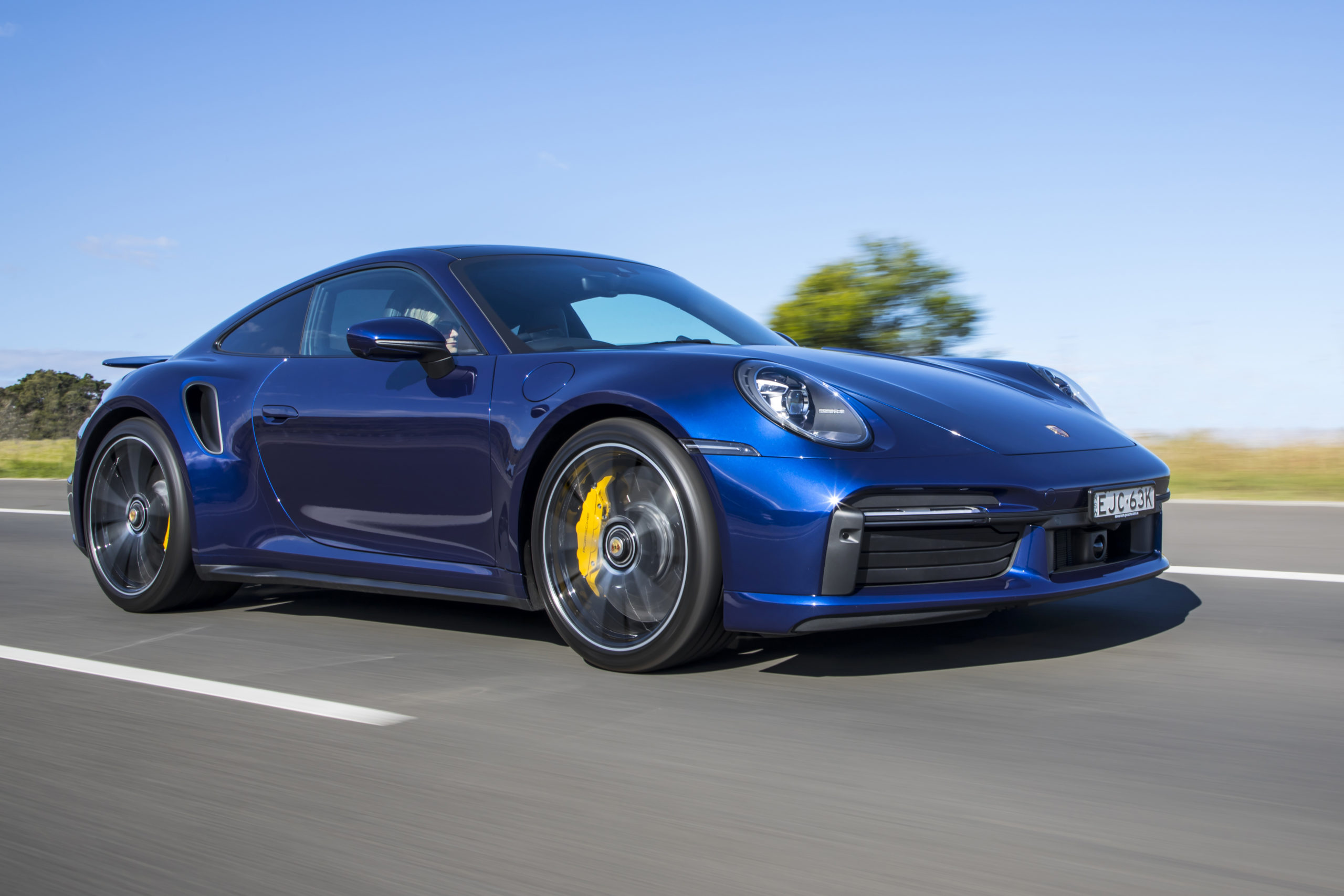 Porsche 911 Turbo S Coupe – A 2.5-second rocket. Powered by a 640-hp 3.7-liter twin-turbo flat-six paired to an eight-speed dual-clutch automatic throwing mountains of torque at all four wheels. Price: $204,850
Porsche 911 Turbo S Coupe – A 2.5-second rocket. Powered by a 640-hp 3.7-liter twin-turbo flat-six paired to an eight-speed dual-clutch automatic throwing mountains of torque at all four wheels. Price: $204,850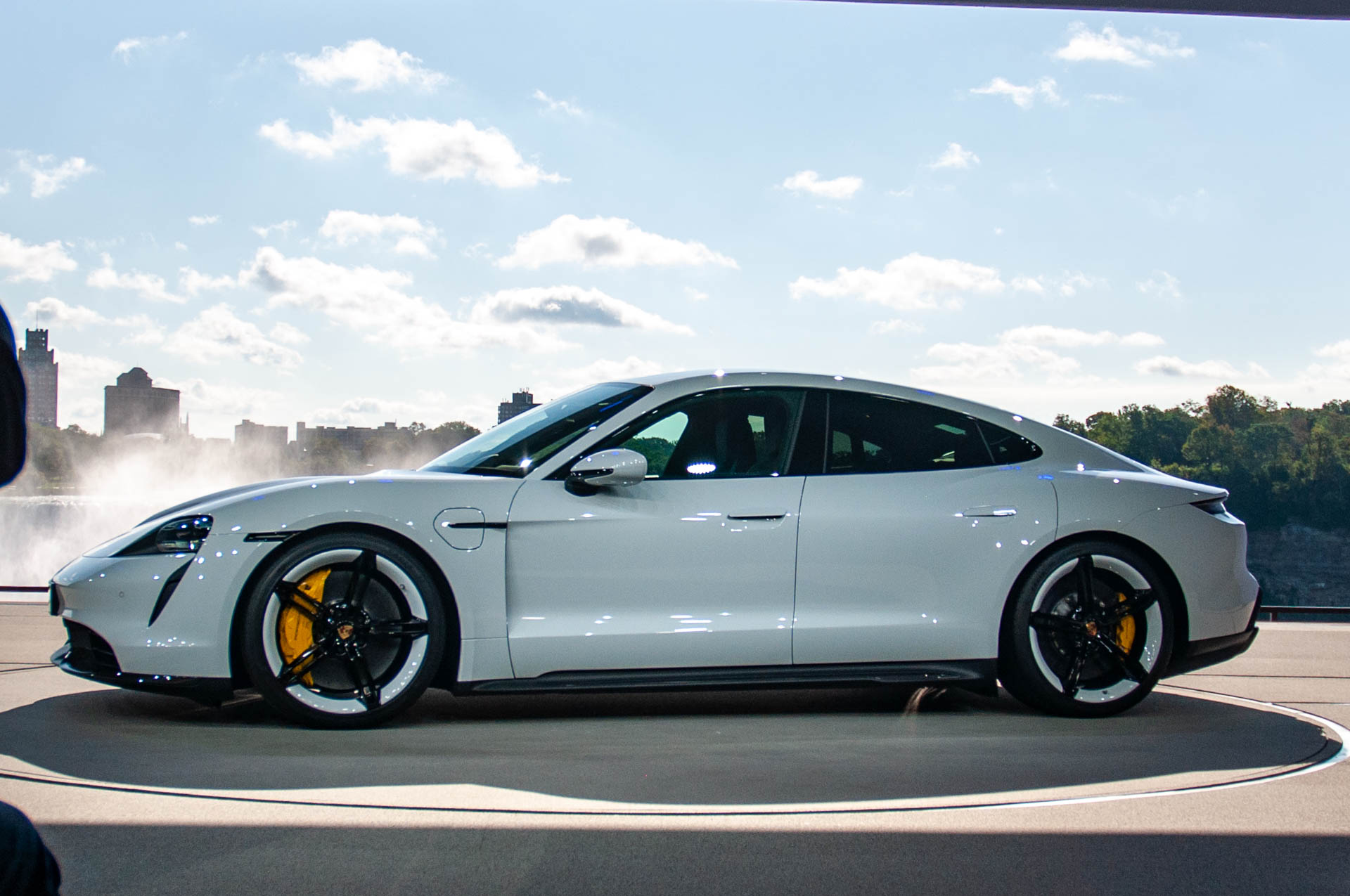 Porsche Taycan Turbo S – Also a 2.5-second sprinter, there is 750hp from two permanent-magnet synchronous AC motors. Priced at: $185,000
Porsche Taycan Turbo S – Also a 2.5-second sprinter, there is 750hp from two permanent-magnet synchronous AC motors. Priced at: $185,000Honorable mention: BMW M8 Competition – 2.5 seconds from a 617-hp twin-turbo 4.4-liter V-8. Heavy, at 4251 lbs. Price: $150,000. Tesla Model S – 2.5 seconds from its 778-hp 98.0-kWh battery pack powered motors at each axle. Price $70,000.
Handling
Boy, this category is really subjective. Cornering, stability, true steering, ride-on-rails turns, confidence. I haven’t driven them all, but I took a consensus of automotive writers and experts who generally put the Lotus Elan at the top of the all-time list, and put the following international champions in the mix:
McLaren 600LT, Lotus Elise, Ferrari 4884 Pista, Ferrari LaFerrari, Bugatti Chiron, Mazda MX-5 Miata, Alfa Romeo 4C, BMW Z4, Jaguar F-Type, BMW M2, Mercedes-AMG GT R, Acura Integra Type R, Porsche Cayman, Nissan GTR, Chevrolet Camaro, Corvette C-8, Ford Mustang Shelby GT350R, Toyota GR Supra.
But the two top handlers, according to most, come from the Porsche stable.
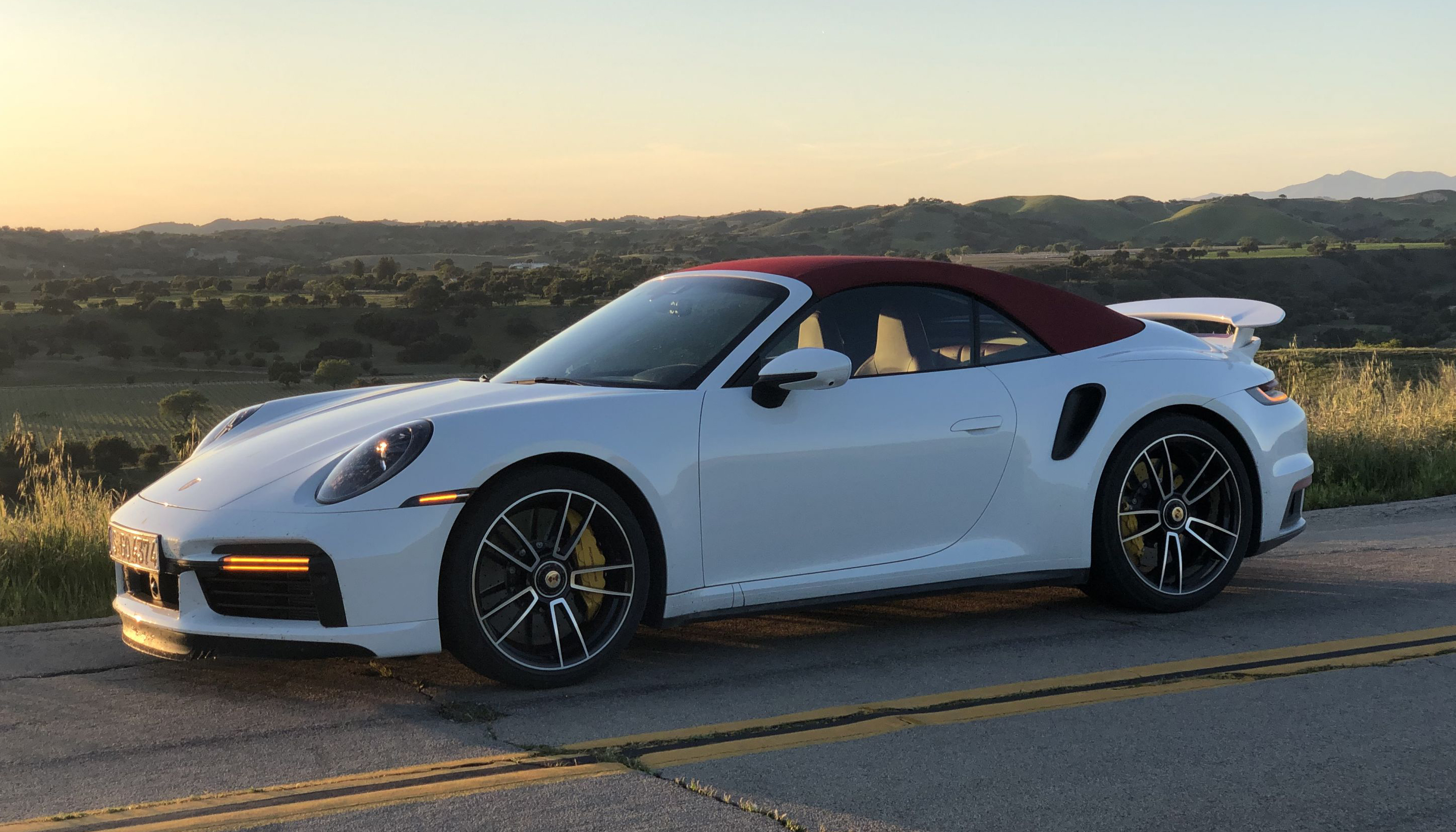 Porsche 911 Turbo S
Porsche 911 Turbo SWhile other Porsches are track cars, the 911 Turbo S is a street king. With a luxury cabin and high tech, the 911 Turbo S and its 560hp has precise steering, aircraft-worthy braking, agility, response and on-rails movement with road stickiness. Pricing starts at $182,700.
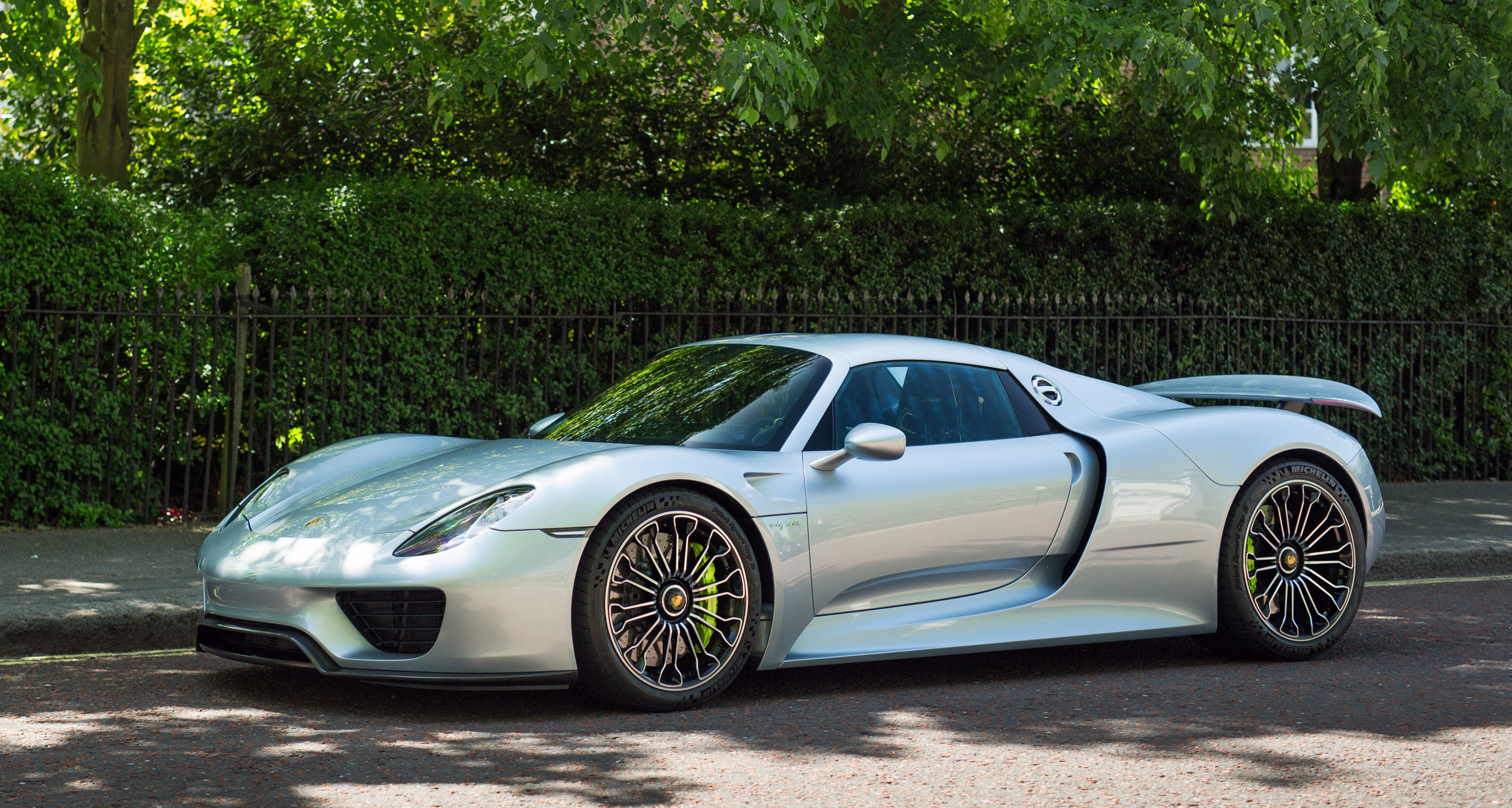 Porsche 918 Spyder
Porsche 918 SpyderA hybrid sports car, that offers 800 horses, the 918 Spyder is Porsche’s first V8-powered mid-engine road car. It is balanced, corners with auto-cross precision, has road-grip and accelerates and responds with the best of them. Pricing starts at $845,000.
These are our choices … what are yours?
<I> To learn more about the Import & Performance Nationals and its annual international automotive offerings, visit the car show page direct via the Carlisle Events web page. Register to show or purchase spectator tickets too.
Mike Blake, former editor of KIT CAR magazine, joined Carlisle Events as senior automotive journalist in 2004. He's been a "car guy" since the 1960s and has been writing professionally for about 30 years. </I>
-
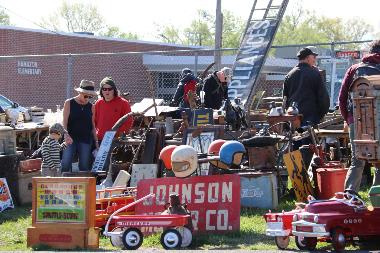
Automotive Swap Meets: Finding Treasure at Reasonable Prices
Tuesday, Dec 1, 2020
Whether you call it a flea market, swap meet, bazaar, antique mall, antique show, vintage show, or vintage market, an automotive-themed gathering o …
Show MoreWhether you call it a flea market, swap meet, bazaar, antique mall, antique show, vintage show, or vintage market, an automotive-themed gathering of people, cars, parts and accessories is an entertaining way for auto enthusiasts and project craftsmen to find old treasures, the parts they need, or items of interest, at reasonable prices.
Most often called flea markets or swap meets, the term swap meet (with swap meaning “to exchange, barter, or trade”) appears to have been in use since at least the late-1940s and early-1950s, though the concept predates it. A pioneer of the automotive swap meet, the Paramount Swap Meet in Paramount, CA, says it started in 1955, and the Hershey, PA Swap meet was also founded in the 1950s, while the Carlisle, PA Spring and Fall Swap meets began in 1974.
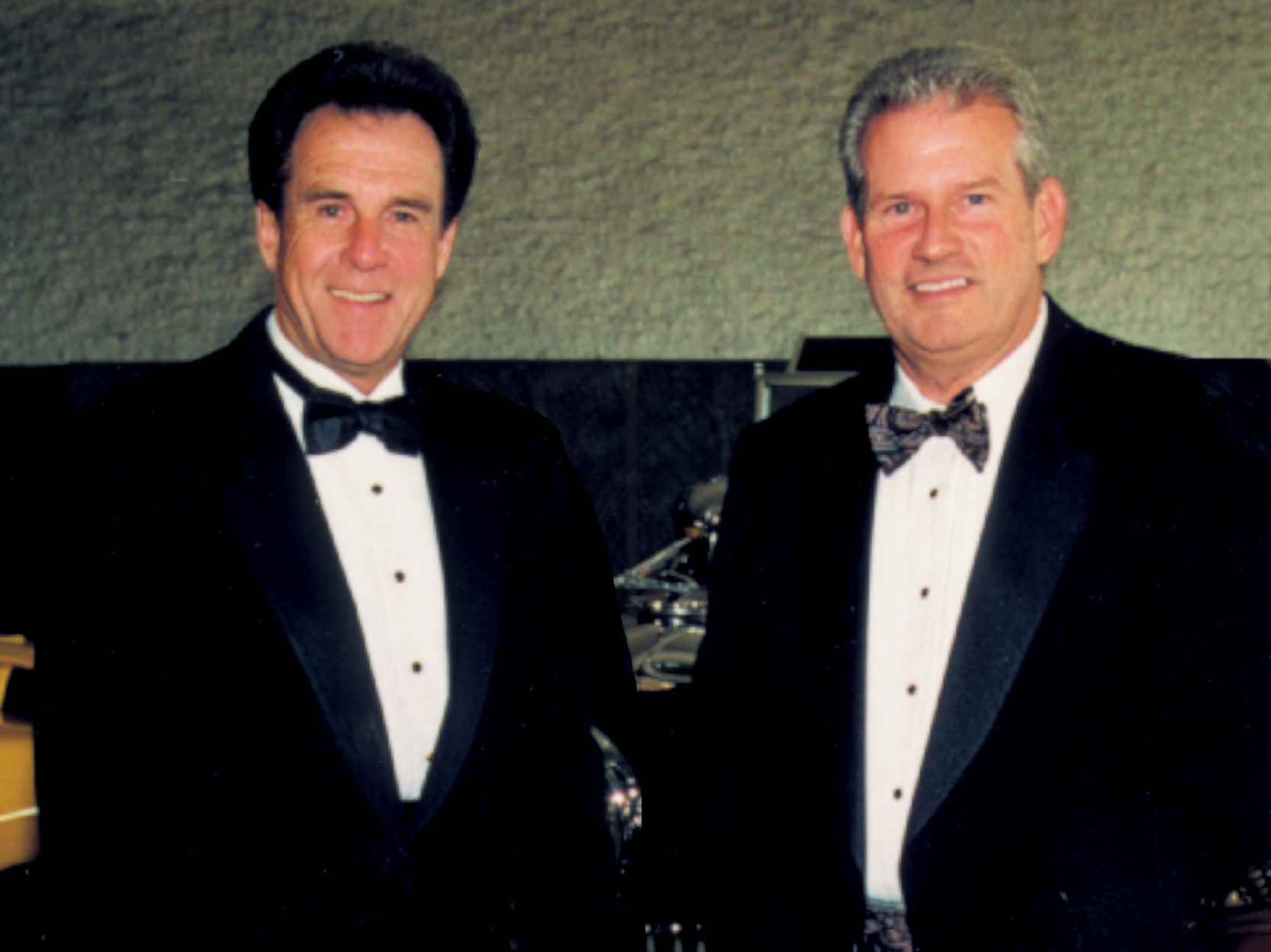 Bill and Chip Miller (no relation), founded Carlisle Events in 1974 for “car guys and girls just like them.” Prior to Carlisle Events' emergence, anyone interested in restoring or showing 1950s‐ or 1960s‐era cars had few options, as events focused on pre‐WWII automobiles. Even counting the pre-War-themed shows, automobile-specific swap meets were rare, sponsored by local car clubs as fundraisers, generally small in size and exclusively attracted local enthusiasts. Limited to these locally sponsored swap meets, the field changed when Chip Miller and Bill Miller Jr., became friends through a mutual interest in cars of the 1950s. After attending whatever car shows and automotive flea markets they could find, they saw like‐minded individuals hunt for parts and accessories to restore their vehicles. A need for these events became obvious to these two men who wanted to open up opportunities for enthusiasts who embraced all cars. The Millers brought later-model cars to the genre on September 26, 1974, on the rented Carlisle Fairgrounds, with “Post War '74”.
Bill and Chip Miller (no relation), founded Carlisle Events in 1974 for “car guys and girls just like them.” Prior to Carlisle Events' emergence, anyone interested in restoring or showing 1950s‐ or 1960s‐era cars had few options, as events focused on pre‐WWII automobiles. Even counting the pre-War-themed shows, automobile-specific swap meets were rare, sponsored by local car clubs as fundraisers, generally small in size and exclusively attracted local enthusiasts. Limited to these locally sponsored swap meets, the field changed when Chip Miller and Bill Miller Jr., became friends through a mutual interest in cars of the 1950s. After attending whatever car shows and automotive flea markets they could find, they saw like‐minded individuals hunt for parts and accessories to restore their vehicles. A need for these events became obvious to these two men who wanted to open up opportunities for enthusiasts who embraced all cars. The Millers brought later-model cars to the genre on September 26, 1974, on the rented Carlisle Fairgrounds, with “Post War '74”. 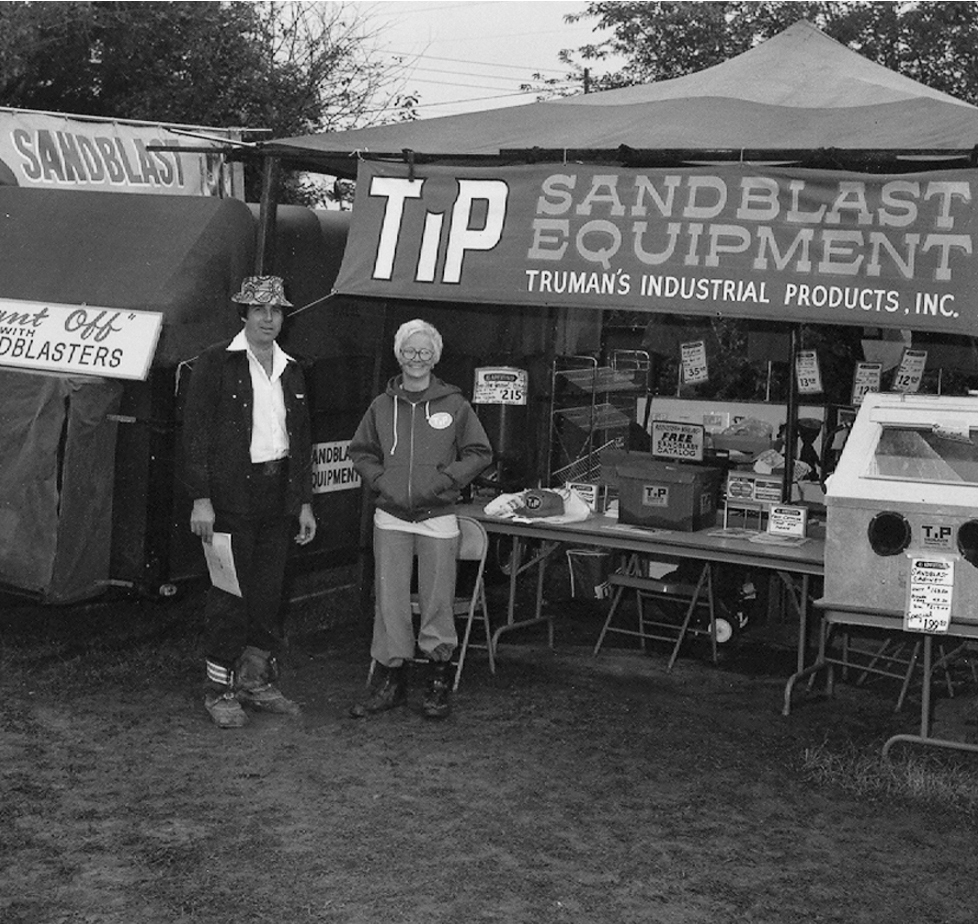 The runaway success of what became known as Fall Carlisle Collector Car Swap Meet & Car Corral led to a similar Spring event in 1977. In short order, they became complete sellouts for vendor and car sale (or “car corral”) spaces.
The runaway success of what became known as Fall Carlisle Collector Car Swap Meet & Car Corral led to a similar Spring event in 1977. In short order, they became complete sellouts for vendor and car sale (or “car corral”) spaces.The value of these events, and the dozens that now take place across America, is finding treasures or hard-to-find needed parts and accessories. Glenn Alt, of the Historical Vehicle Association said, “If you need vintage parts, one great place to start is your local swap meet.” Alt said, “Whether one swap meet is better than another is totally subjective and depends on what the person is looking for. Typically, bigger is better. But at any swap meet, there’s that element of the unknown -- every year bringing different vendors and new surprises, which makes the search for parts exciting and not something you get from shopping in a catalog or online.”
With virtual shopping, on-line marketplaces, the rise of eBay and other virtual parts bazaars, many predicted that it was only a matter of time before swap meets became a thing of the past. But Swap meets haven’t died, nor do they show any sign of fading away. Car people like to see, hold, feel, smell and hear about the items for their projects. They want to talk to other car people up close and talk about their cars, their projects and their love for engines, four wheels, style, performance and history. They want to be one with the parts. Shiny is good, but rust is endearing. So even in a social-distancing world, automotive flea markets and swap meets continue to thrive.
With notable, historic and successful events held in such eclectic locations as Hillsborough, NC; Commerce, GA; Salt Lake City, UT; Nashville, TN; Pleasanton, CA; Des Moines, IA; Columbus, OH; Puyallup, WA; Spokane, WA; Ft. Worth, TX; Scottsdale, AZ; Chickasha, OK; Del Mar, CA, and more, some of the longest-running events are held in Hershey, PA – 65 years and running; Portland, OR – 50 years; and Pomona, CA -- the West Coast’s largest automotive swap meet.
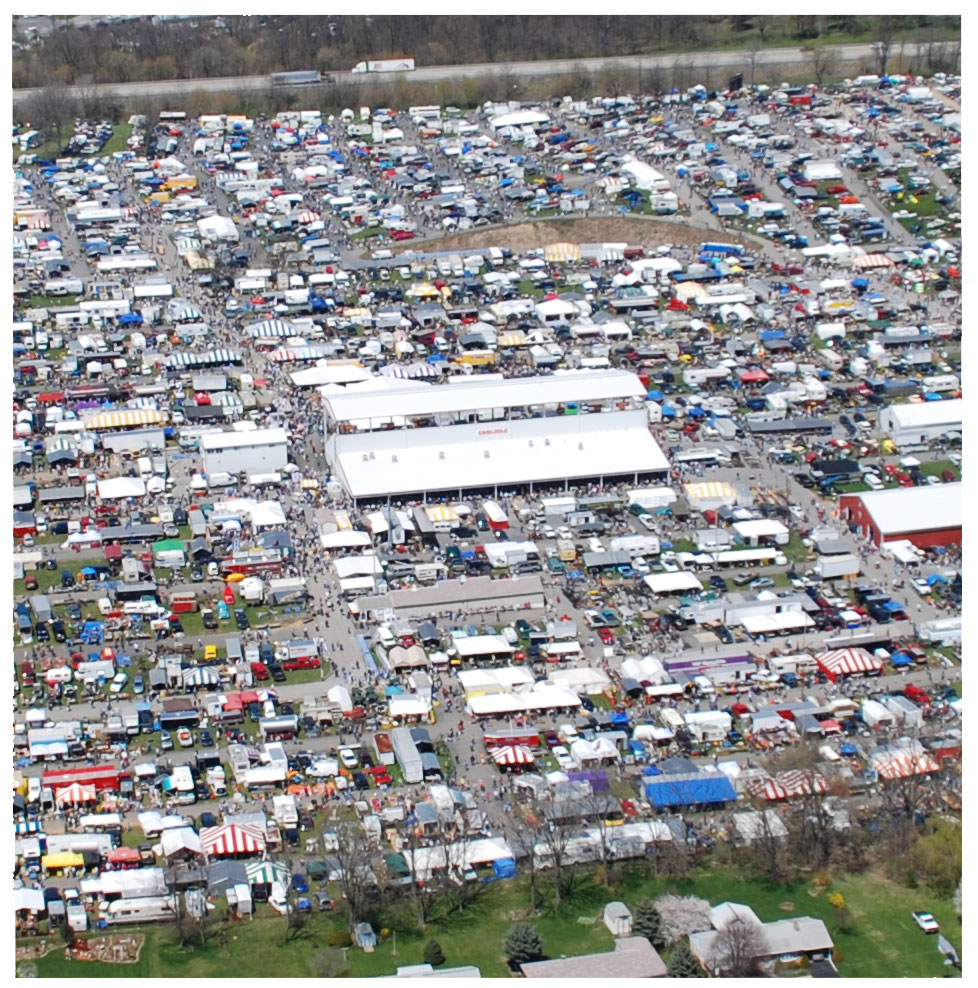 Some of the best-attended and most heralded automotive swap meets are the Carlisle Events shows. Held on the 82-acre Carlisle, PA Fairgrounds, Spring Carlisle (April 21 - 25, 2021) and Fall Carlisle (Sept. 29-Oct.3, 2021) are among the largest automotive flea markets in the world and two of the best opportunities to get your hands on all things automotive. With 8,100 spaces of vendors selling a vast array of automotive parts, accessories, cars, collectibles and memorabilia, it's almost certain that you won't go home empty handed. Accompanied with the massive automotive flea market and car corral, is the Manufacturers Midway featuring the latest and greatest products and services. Across the street is the Carlisle Auctions, Collector Car Auction.
Some of the best-attended and most heralded automotive swap meets are the Carlisle Events shows. Held on the 82-acre Carlisle, PA Fairgrounds, Spring Carlisle (April 21 - 25, 2021) and Fall Carlisle (Sept. 29-Oct.3, 2021) are among the largest automotive flea markets in the world and two of the best opportunities to get your hands on all things automotive. With 8,100 spaces of vendors selling a vast array of automotive parts, accessories, cars, collectibles and memorabilia, it's almost certain that you won't go home empty handed. Accompanied with the massive automotive flea market and car corral, is the Manufacturers Midway featuring the latest and greatest products and services. Across the street is the Carlisle Auctions, Collector Car Auction.New to Carlisle this year is Auto Mania (January 15 - 17, 2021) at the Carlisle Expo Center. For more than 30 years, Auto Mania has been Pennsylvania’s largest indoor automotive Flea Market. Normally held in Allentown, PA, this year’s event is moving to the Carlisle Expo Center in Carlisle, PA for 2021 ONLY. The 150+ spaces showcase parts, services, new products, memorabilia items, tires, accessories, car care products, tools, vintage advertising, collectibles and much more.
<I> Visit www.CarlisleEvents.com for more on the automotive hobby.
Mike Blake, former editor of KIT CAR magazine, joined Carlisle Events as senior automotive journalist in 2004. He's been a "car guy" since the 1960s and has been writing professionally for about 30 years. </I>
-
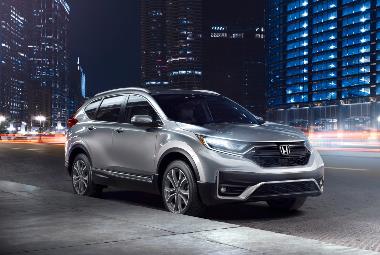
2020 Honda CR-V: Refreshed Compact Crossover Adds safety Suite and Eliminates Engine Choice
Tuesday, Nov 24, 2020
Currently America’s second-best-selling Crossover/SUV in 2020, the Honda CR-V, which debuted in 1995 as a “Comfortable Runabout Vehicle,” or CR-V, …
Show MoreCurrently America’s second-best-selling Crossover/SUV in 2020, the Honda CR-V, which debuted in 1995 as a “Comfortable Runabout Vehicle,” or CR-V, and evolved into an elegant and sporty crossover filled with state-of-the-art tech and entertainment, has built on its popularity and has refreshed this year with styling, power and safety modifications.
Last fully redesigned in 2017, CR-V jettisons last year’s 2.4-liter 4-cylinder engine and has promoted its once-optional 1.5-liter turbocharged four-cylinder as its only power choice. The refreshed 2020 Honda CR-V, also gets a redesigned front bumper, headlights, and a new blackout grille; EX and EX-L trims see new 18-inch wheels with a dark gray finish, while the Touring grades get new 19-inch wheels and tires. Additionally, three new exterior colors join the lineup for 2020: Radiant Red Metallic, Sonic Gray Pearl, and Aegean Blue Pearl.
On the safety end, all Honda CR-V trims now come standard with the Honda Sensing suite of advanced safety and driver-assistive technologies. Honda Sensing® includes Collision Mitigation Braking System™ with Forward Collision Warning and pedestrian sensing capability, Road Departure Mitigation with Lane Departure Warning, Adaptive Cruise Control with low-speed follow and Lane Keeping Assist. Additional driver-assistive technologies include the available blind spot information, Rear Cross Traffic Monitor and Auto High Beam headlights. CR-V also incorporates the latest generation of Honda's proprietary Advanced Compatibility Engineering™ body structure.
CR-V tweaks its popular design cues, refined demeanor and energetic character in a sporty package with broad new openings for the fog lights, dark-tinted taillight lenses, a dark chrome tailgate garnish and more darkly tinted rear glass. Its footprint gains 1.5 inches in length to 182.1 inches, remains 73.0 inches high and 66.5 inches wide, and keeps its 104.7-inch wheelbase for AWD. Curbweight for the EX trim I tested, was 3413 lbs. (about 60 lbs. lighter than last year), and other trims range from 3337 lbs. to 3569 lbs.
All gasoline-powered 2020 CR-Vs now feature a 1.5-liter turbocharged direct-injected powerplant rated at the same 190 horsepower and 179 lb.-ft. of torque it delivered as an option last year. The turbo delivers refined and responsive performance across the engine's full operating range. Available in front-wheel-drive or with Honda Real Time all-wheel drive, power transmits through a sporty continuously variable transmission (CVT) with smooth-shifting Honda G-Shift control logic.
CR-V’s power system limits towing capacity to 1,500 pounds, and in AWD, the 1.5 is EPA rated at 27mpg/city, 32mpg/highway and 29mpg/combined mpg. My test week in an AWD EX trim vehicle was mixed-use with in-town, highway and soft-road miles, for an average of 29.9 mpg.
In tests, CR-V’s acceleration was dependable and adequate in all ranges on the highway; and on the track, my CR-V was purposeful and steady, with a zero-to-60mph dash accomplished in 7.6 seconds, during a 16-second-flat quarter-mile (hand-timed). Handling was niche-solid and the riding experience was family-oriented – smooth and stable, with less road feel than in a driver’s vehicle. The MacPherson strut front suspension and multi-link rear, both with stabilizer bars, smoothed out rough surfaces. Steering was road responsive, but not auto-cross efficient, with some perceptible understeer, and acceptable top-wobble during quick hairpins.
Inside, all 2020 Honda CR-Vs get a redesigned center console that is easier to use, with more flexible storage options. In-vehicle technologies include a color TFT driver information interface center meter display, available 7-inch touchscreen Display Audio interface with Apple CarPlay® and Android Auto™ integration, and an available Honda Satellite-Linked Navigation System™. Additional available tech includes remote engine start, dual-zone climate control, an Electric Parking Brake, rear USB charging ports, front passenger seat with 4-way power adjustment and driver's seat with 8-way power adjustment and 4-way power lumbar support, and heated front seats.
The cabin remains sophisticated, quiet, comfortable and intuitively laid out. Interior accommodations remain the same as last year, and come in a bit low at 38.0 inches of front headroom and 39.1 in row two; legroom is 41.3 inches in front and 40.4 inches for the second row; and shoulder room measures 57.9 and 55.6 inches.
The 2020 Honda CR-V comes in four trim packages in both AWD and 2WD. The Base LX starts at $25,150 (an increase of $800 over last year) and the EX trim I tested starts at $27,660 (up $210) for the 2WD -- and you gain Honda Sensing™, Smart Entry and a 7-inch display audio touchscreen. EX-L starts at $30,150 (a gain of $400) adding leather inside, a power liftgate, power seats and auto-rearview mirror. The top-of-the-line Touring trim starts at $33,350 (an increase of $600) in 2WD and picks up a hand-free access power tailgate, full LED headlights, rain-sensing wipers and satellite-linked navigation. My EX in AWD (for $1500 more – $100 more than last year) based at $29,160. With a Sonic Gray Pearl exterior and a Black Cloth interior, my CR-V EX added Body side molding for $236, Door Visors for $193, a Gloss-Black front grille for $313, splash guards for $109, heated steering wheel for $523, and parking sensors for $538. With destination and handling fees of $1120, my sticker-as-tested was $31,652.
> Visit www.CarlisleEvents.com for more on the automotive hobby.
Mike Blake, former editor of KIT CAR magazine, joined Carlisle Events as senior automotive journalist in 2004. He's been a "car guy" since the 1960s and has been writing professionally for about 30 years. </I>
-
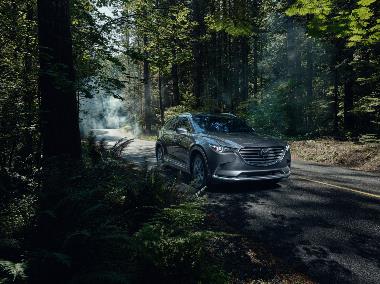
2020 Mazda CX-9: Focus on Safety, Comfort and Enhanced Performance
Tuesday, Nov 17, 2020
Mazda’s flagship midsize crossover SUV, the CX-9, has been an attractive, elegant three-row crossover since it debuted in 2006. Gaining a following …
Show MoreMazda’s flagship midsize crossover SUV, the CX-9, has been an attractive, elegant three-row crossover since it debuted in 2006. Gaining a following for its refined interior and ride and its Euro-sculptured architecture, CX-9 received several 2020 updates that focused on elevating the premium Mazda ownership experience. The well-appointed interior extends a rich feeling to each of the three rows, creating a sense of sophistication for all occupants. Available all-new captain’s chairs help provide passengers a prestigious first-class cabin feel, a 9-inch multimedia screen helps create a premium infotainment environment, and the hands-free, power liftgate is another new prominent feature on CX-9 Grand Touring and Signature trim levels that offers refinement and ease when loading cargo.
Now in the fifth year of its second generation, Mazda has enhanced performance attributes for CX-9, adding 10 lb-ft of torque to its turbocharged Skyactiv-G 2.5T engine, delivering 320 lb-ft of torque on 93-octane gasoline (310 lb-ft of torque on 87-octane gasoline). Also new for 2020 are new standard active safety features that include adaptive cruise control with stop-and-go capability, forward collision warning with automatic emergency braking, lane departure warning and lane-keeping assist. A new off-road traction assist feature for all-wheel-drive versions uses the brakes to slow slipping wheels and send power to the wheels that have grip. Other new standard features include heated front cloth seats, a power-adjustable driver’s seat, rain-sensing windshield wipers, heated side mirrors and automatic headlights with high-beam control.
I tested the top-of-the-line Signature trim that attacks the premium niche with vigor. It is so loaded that my luxury test ride needed no options. New heated second-row captain’s chairs are standard for this top-trim level. Enhancing CX-9 Signature’s elegance is a second-row center console similar to the front row, with extra storage and convenient access to two USB charging ports and cupholders. The Signature trim also offers the option between Deep Chestnut and Parchment Nappa leather seating surfaces to match the Santos Rosewood interior trim. A new, darker silver wheel finish is unique to the CX-9 Signature, helping distinguish this top-tier trim level. CX-9 Signature is now available in the brand’s lustrous Soul Red Crystal premium exterior paint option and other premium features include a hand-stitched, leather-wrapped “chidori” steering wheel, rear exterior badging, LED grille accent lighting and supplemental interior lighting around the transmission shifter.
CX-9’s design concept embraces Mazda’s “Soul of Motion” style plan, through its proportion -- a long hood, swept greenhouse, large wheels and short overhangs that convey stability and a contained sense of potential energy. A true midsize three-row crossover, CX-9 measures 199.4 inches long, 77.2 inches wide and 67.6 inches high, with a 40.5-inch front overhang and 115.3-inch wheelbase. Ground clearance is 8.8 inches and curb-to-curb turning circle radius is 19.4 feet. My test CX-9 Signature was in AWD configuration and came in with a curbweight of 4308 pounds.
My Signature trim also added a Signature Badge, LED grill and overhead accent lighting, 20-inch aluminum-alloy wheels, automatic power folding side mirrors and power sliding-glass moonroof with sunshade.
CX-9’s powertrain added torque, but its 2.5-liter inline-4 turbo engine still delivers 227hp on regular (87-octane) unleaded fuel and 250hp with Premium (93-octane) gas. EPA-estimated at 20mpg/city, 26mpg/highway in AWD configuration (FWD is rated at 22/28), I averaged 24.0mpg in some heavy rains.
CX-9 is smooth and confident on the highway and around town, leveling out road imperfections while performing with speed and attentiveness. The power-assisted rack-and-pinion steering with engine-speed-sensing variable assist was responsive and accurate both at high speed and during autocross maneuvers, and even the understeer was entertaining and predictable. Acceleration was better than average for the niche, and turbo-lag was minimal. My test CX-9 reacted quickly when asked to pass at speed or to take on long uphill grades. At the track, we managed a 7.5-second zero-to-60mph dash and a 15.9-second hand-timed quarter-mile.
The CX-9 cabin is elegant, intuitive, loaded and comfortable, though not overly roomy. Front headroom is only 39.3 inches up front without a moonroof, 38.5 in row two and a child-friendly 35.4 inches in row three. Legroom is comfortable at 41.0 in front with 39.4 in row two and a confined 29.7 in row three, while shoulder room measures 57.9, 58.1 and 53.1.
The interior is filled with high-tech and comfort amenities, infotainment, safety and navigational (option) amenities, Bose® Centerpoint® Surround Sound System with AudioPilot® and 12 speakers, and my test Signature added Auburn Nappa leather seating and trim, heated second-row seats, genuine Santos Rosewood inlays and leather-wrapped steering wheel with unique stitching.
Available in four trim levels, FWD and AWD, the 2020 Mazda CX-9 starts at 33,890 for a front-wheel drive in the Sport trim – AWD starts at $35,790. Touring trim starts at $35,710 in FWD and 37,610 for AWD; the Grand Touring trim starts at $41,550 (FWD) and $43,450 (AWD) and the top-of-the-model-line Signature starts at $46,215 available only in AWD.
My test CX-9 was a 2020 Signature AWD in Machine Gray Metallic (a standard color), with a Jet Black Mica interior and Second Row Captain’s Chairs. This loaded vehicle needed no additional options. With Destination charges of $1100, my 2020 Mazda CX-9 Signature as tested, stickered at $47,315.
<I> Visit www.CarlisleEvents.com for more on the automotive hobby.
Mike Blake, former editor of KIT CAR magazine, joined Carlisle Events as senior automotive journalist in 2004. He's been a "car guy" since the 1960s and has been writing professionally for about 30 years. </I>
-
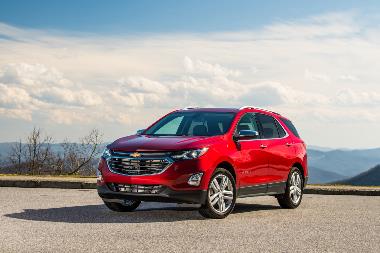
2020 Chevrolet Equinox: Top-selling Compact SUV Adds Cosmetics, Retires an Engine
Tuesday, Nov 10, 2020
Launched as a mid-size crossover SUV in 2004 for model-year 2005, the third-gen Equinox is now a compact sports-ute that ranks second, only to Silv …
Show MoreLaunched as a mid-size crossover SUV in 2004 for model-year 2005, the third-gen Equinox is now a compact sports-ute that ranks second, only to Silverado in Chevrolet sales, and currently ranks as the fifth best-selling vehicle in America.
Last redesigned in 2018, the 2020 Equinox plays on last year’s cosmetic tweaks and adds a Midnight Edition available on the LT trim. Content includes: Mosaic Black Metallic exterior color, Jet Black interior with perforated leather-appointed seating, 19-inch wheels in Gloss Black, front fog lamps with dark-finish bezel surrounds, black grille and grille mesh with black surround and black Bowtie emblems. New exterior paint schemes include Chocolate Metallic, Cayenne Orange Metallic (extra-cost) and Midnight Blue Metallic, and Jet Black perforated leather-appointed seats are available on LT trim. Additionally, the engine choice shrinks from three to two, retiring the 1.6-liter turbo-diesel and relying on a 1.5-liter turbo and a 2.0-liter turbo.
The exterior paint plays off Equinox’s expressive styling with sculpted designs. A mass-efficient body structure is at the center of the Equinox’s lean curb weight and helps make the most of its available turbo engine options. The rounded and clean Equinox architecture measures 183.1 inches long, 72.6 inches wide and 65.4 inches high on a 107.3 -inch wheelbase, for an 8.0-inch ground clearance with 19-inch wheels. The 2.0-liter Turbo AWD crossover I tested in the Premier trim had a curbweight of 3665 lbs.
Packed with amenities inside and out, standard exterior highlights include projector-beam headlamps and LED daytime running lamps, LED taillamps on uplevel models, a hands-free power liftgate, outside heated power-adjustable and auto-dimming body-color manual-folding mirrors with turn signal indicators and chrome mirror caps, 19-inch ultra-bright aluminum wheels and a chromed dual-outlet exhaust.
The Equinox cabin is accommodating, and filled with entertainment and function. With seating for five, the interior provides 40 inches of front headroom and 38.5 inches in row two; legroom is 40.9 inches in the row one and 39.9 row two, while shoulder room is 57.2 and 55.5.
Inside, the cabin has a “kneeling” rear seat that features tilting bottom cushions that enable a flat load floor for easier loading. Connectivity technologies include 7- and 8-inch-diagonal MyLink® infotainment systems designed to support Apple CarPlay and Android Auto, as well as OnStar 4G LTE Wi-Fi hotspot. Teen Driver allows parents to set controls and review their teen’s driving habits and available Surround Vision offers a 360-degree bird’s eye view of the vehicle. Also inside are dual-zone automatic climate control, a rearview auto-dimming mirror and standard active noise cancellation. In addition, my test Equinox Premium came with heated leather seats with driver memory, a heated steering wheel and wireless charging.
Equinox power comes from a choice of two engine systems: 1.5-liter turbo or 2.0-liter turbo engine. The 1.5-liter 4-cylinder is rated at 170hp and 203 lb-ft of torque, and the 2.0-liter turbo I tested is rated at 252hp and 260 lb-ft. and was EPA-rated at 22mpg in city driving for both FWD and AWD, and 29/highway for FWD and 28mpg/highway for AWD. My week of mixed-use driving averaged 25.5mpg in an all-wheel-drive vehicle.
The turbo exhibited only slight lag in acceleration on the highway and at the track, where I finished off a zero-to-60mph dash in 6.6 seconds, en route to a steady 15.1-second quarter-mile (hand-timed). During quick maneuvers, the Equinox electric power rack-and-pinion steering showed some vagueness, and cabin visibility was a bit obscured. The sports-ute’s ride was soft, and tuned for passenger comfort rather than driver’s feel, as the independent MacPherson strut front suspension with specifically tuned coil springs, direct-acting stabilizer bar and its independent four-link rear leveled out most pavement irregularities. And Equinox’s switchable All-Wheel Drive – available on most trims -- enhances traction and control on slippery or snow-covered roads. Conveniently, you can leave switchable AWD on year-round, since the rear wheels only engage when the system senses reduced traction. In FWD mode, AWD components completely disengage for greater fuel efficiency.
The 2020 Chevrolet Equinox is offered in FWD, AWD and either of two engine selections. Equinox pricing starts at $24,995 for the base L-trim model with the 1.5-liter turbo liter engine in front-wheel-drive; the LS 1.5 bases at $27,495; the LT 1.5 trim starts at $28,695 and the Premier starts at $32,595 with the 1.5 Turbo. My test Premier upgraded to AWD at $34,195 and up-powered to the 2.0-liter turbo to put my starting price at $36,895.
My Premier 2.0L Turbo added Cajun Red Tintcoat exterior paint for $495 and was matched to a Jet Black, perforated leather interior. The Infotainment II Package (Chevrolet Infotainment 3 Premium System, Navigation and 8-inch diagonal touch screen, as well as a Bose® premium 7-speaker system, added $1125. Also added, for $1650, was the Confidence and Convenience II Package: Safety Alert Seat, HD Surround Vision, Adaptive Cruise Control – Camera, Front Pedestrian Braking, IntelliBeam® headlamps, heated steering wheel, 8-way power front passenger seat with power lumbar, Ventilated driver and front passenger seats and Heated rear outboard seats. With Destination Freight charges of $1195, my test 2020 Chevrolet Equinox Premium stickered at $40,065, but cash allowances and regional incentives cut my test ride by $4750, so check with your local dealer.
> Visit www.CarlisleEvents.com for more on the automotive hobby.
Mike Blake, former editor of KIT CAR magazine, joined Carlisle Events as senior automotive journalist in 2004. He's been a "car guy" since the 1960s and has been writing professionally for about 30 years. </I>
-
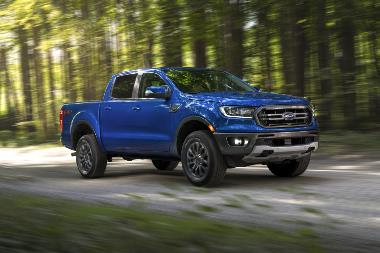
2020 Ford Ranger: Muscular Midsize Pickup is Ready for Adventure
Tuesday, Nov 3, 2020
Ford re-entered the hot midsize pickup segment last year by bringing back the Ranger, after an eight-year hiatus, and the muscular midsize didn’t d …
Show MoreFord re-entered the hot midsize pickup segment last year by bringing back the Ranger, after an eight-year hiatus, and the muscular midsize didn’t disappoint its buyers or the marketplace.
Ford’s Ranger began its truck life in 1965 as a Ford F-Series trim package, and became its own compact pick-up line in 1983, replacing the Ford Courier. The compact Ranger ceased production in 2011 for the U.S. and Canada, but began globally as an international mid-size pickup. Ranger returned to the US last year as a versatile midsize that is available in Super Crew Cab 4x2 and 4x4, and Super Cab 4x2 and 4x4 configurations. Ranger’s Super Cab features a 6-foot box (bed) and the Super Crew comes with a 5-foot box (bed).
The original Ranger was a small, rather uninspired truck. The current 4th-Gen Ranger is larger than originally conceived and represents a trendy, tech savvy, infotainment rich, upscale and ruggedly sporty truck with Ford-tough, workhorse attributes. Available in three trim levels (X, XLT and Lariat) in either 4x2 rear-wheel-drive or 4x4, Ford Ranger is assembled at the Michigan Assembly plant in Wayne, Michigan.
With minor revisions and additions to standard features, a new FX2 off-road package, some trim shuffling and three new exterior colors -- Iconic Silver, Rapid Red Metallic Tinted Clearcoat, Race Red, Ranger remains largely unrevised from last year’s renaissance.
The new Ranger FX2 Package sports tough styling and capability upgrades for two-wheel-drive trucks, including an electronic-locking rear differential, off-road tires, off-road-tuned suspension, front underbody guard and Ford’s off-road cluster screen.
Meanwhile, Ranger technology comes built-in, starting with an 8-inch touch screen for available SYNC® 3, while a single or dual LCD productivity screen is available for real-time vehicle, navigation and audio information. Standard safety tech on XLT and Lariat trims includes standard Pre-Collision Assist with Automatic Emergency Braking, a Lane-Keeping System that includes lane-keeping assist, lane-departure warning, reverse sensing, and class-exclusive Blind Spot Information System with trailer coverage. Adaptive Cruise Control is standard on Lariat.
The 2020 Ford Ranger is ready for adventure anchored by a high-strength steel frame and powered by a 2.3-liter EcoBoost® boasting 270 horsepower and 310 lb.-ft. of torque paired to an efficient 10-speed automatic. Ranger’s body-on-frame construction is sculpted into a muscular body with a high beltline, raked grille and windshield to increase aerodynamics and reduce wind noise while taking on an athletic demeanor; and short overhangs mean better approach and departure angles and improved off-road capability.
Ranger’s rugged sportiness sits on a 126.8-inch wheelbase, with a 210.8-inch length 85.8-inch width and height ranging from 70.7 to 71.5-inches depending on configuration. Ranger has a running ground clearance of 8.4 to 8.9 inches (depending on configuration) and curb weights of 4145 to 4441 lbs. Its towing capacity maxes out at 7,500 pounds, and its payload is rated at 1,860.
Ranger’s 2.3-liter muscle plant shows niche-worthy acceleration and economy, and is EPA-estimated at 21 mpg/city, 26 mpg/highway and 23 mpg combined. My week of mixed-use testing garnered an average of 23.7mpg.
With little turbo lag, my heavily feature-filled test Ranger XLT finished a 7.1-second zero-to-60 sprint and a 15.5-second (hand-timed) quarter-mile. Uphill grades were easily controlled and passing at speed is no problem. Steering is more carlike than trucklike, and while you do get sway during high-speed or autocross maneuvers, feedback is good for the segment.
Inside, accommodations for either four or five are comfortable with front headroom of 39.8 inches, front legroom of 43.1 and front shoulder room of 56.6. With seating for five, rear measurements are headroom: 38.3, legroom: 34.5 and shoulder room: 56.3. Quiet inside, Ranger is refined, with little road noise, no squeaks, rattles or typical truck noises and a host of niceties.
Safetywise, Ranger is packed and is outfitted with dual-stage driver and right-front passenger front airbags, front-seat side airbags, and a Safety Canopy® System with side-curtain airbags and rollover sensor. You also get Automatic Emergency Braking, Anti-Lock Brake System, rear view camera, Remote Keyless Entry with remote tailgate lock, SecuriLock® Passive Anti-Theft System, SOS Post-Crash Alert System™, and Tire Pressure Monitoring System.
The 2020 Ford Ranger starts at $24,410 for the base XL with SuperCab, 6-foot box and 4x2. The XLT starts at $28,460 and the upscale Lariat starts at $32,500. My test XLT upgraded to the Super Crew Cab and 5-foot-box for an extra $2175. I prefer 4x4-drive stability and upgraded from 4x2 for an additional $4000. My Ranger looked sharp in Lightning Blue exterior paint and added the $1670 301A Package that included a sport appearance package, an auto-dimming rearview mirror, leather-wrapped steering wheel and shifter, and power-folding sideview mirrors with power glass. The 302A Package was also added for $2450, with 8-way power driver and passenger heated seats with power lumbar, manual sliding rear window and remote start. The bed utility package with bedliner added $395, and the $995 Technology Package added a number of technology features including navigation and Adaptive Cruise Control. Five-inch Black running boards added $635. Destination charges were $1195 and an Acquisition fee added $645, for a sticker-as-tested of $41,080, but available incentives reduced that by $650, for an MSRP of $40,430.
> Visit www.CarlisleEvents.com for more on the automotive hobby.
Mike Blake, former editor of KIT CAR magazine, joined Carlisle Events as senior automotive journalist in 2004. He's been a "car guy" since the 1960s and has been writing professionally for about 30 years. </I>
Book with a preferred Hotel

Book online or call (800) 216-1876
